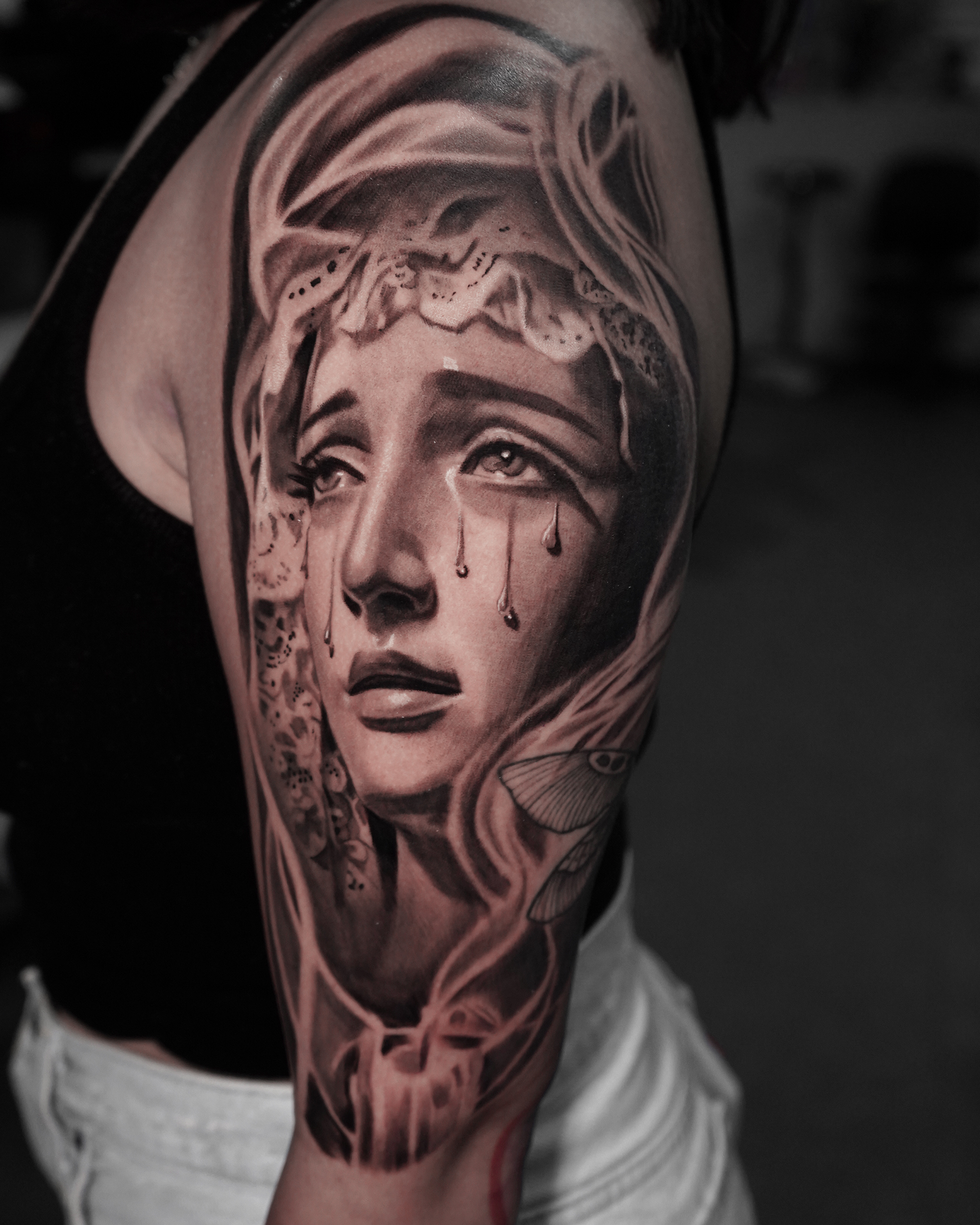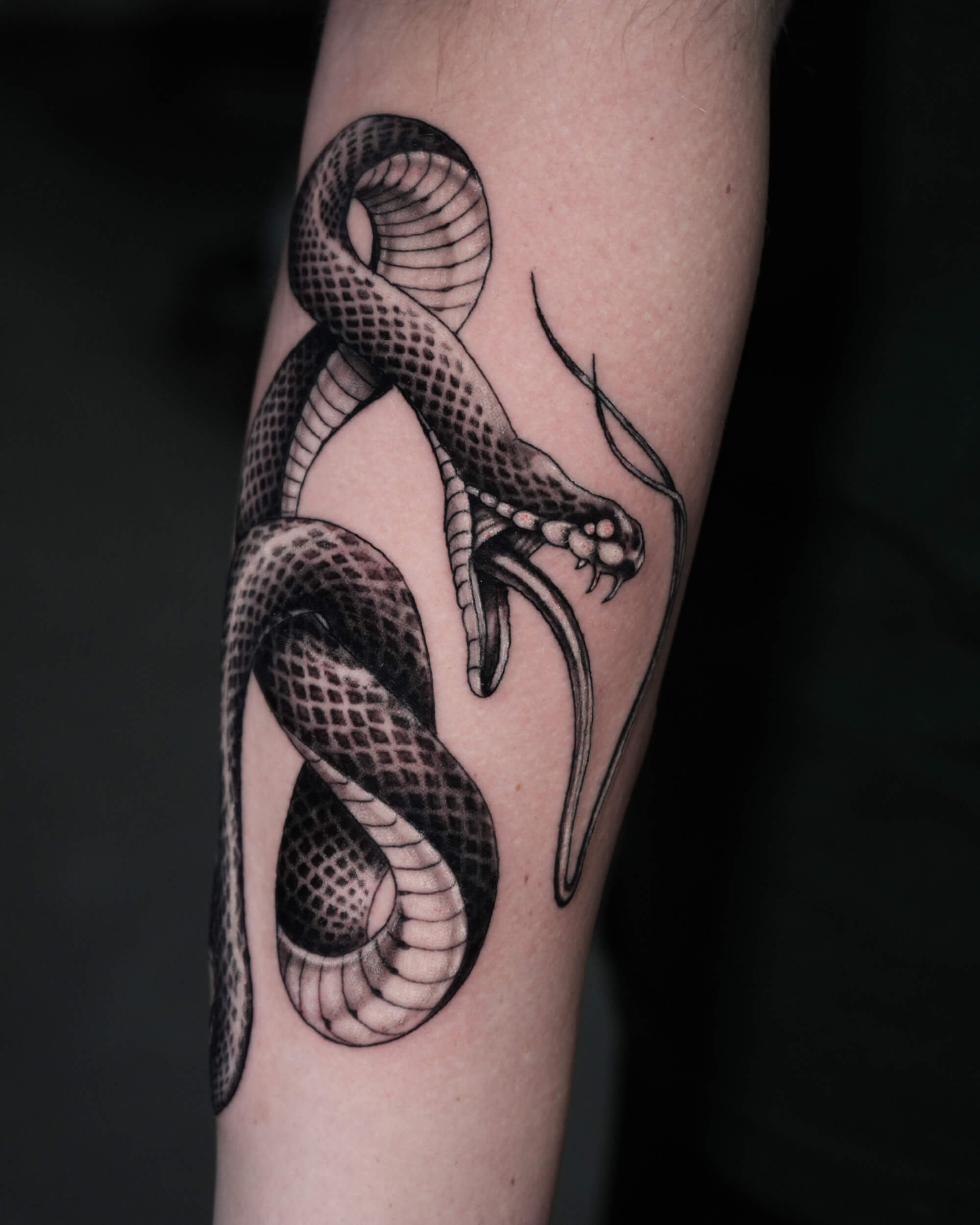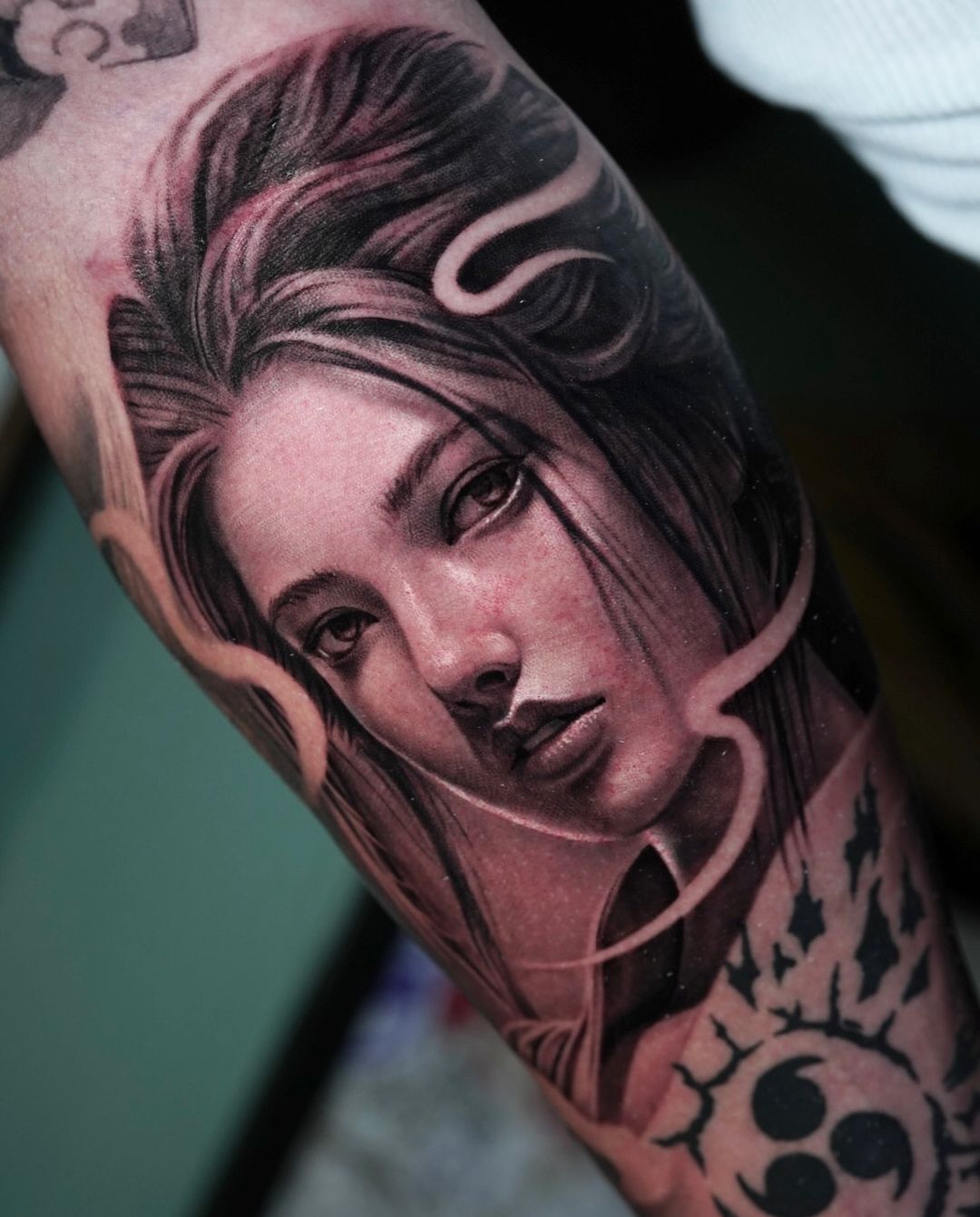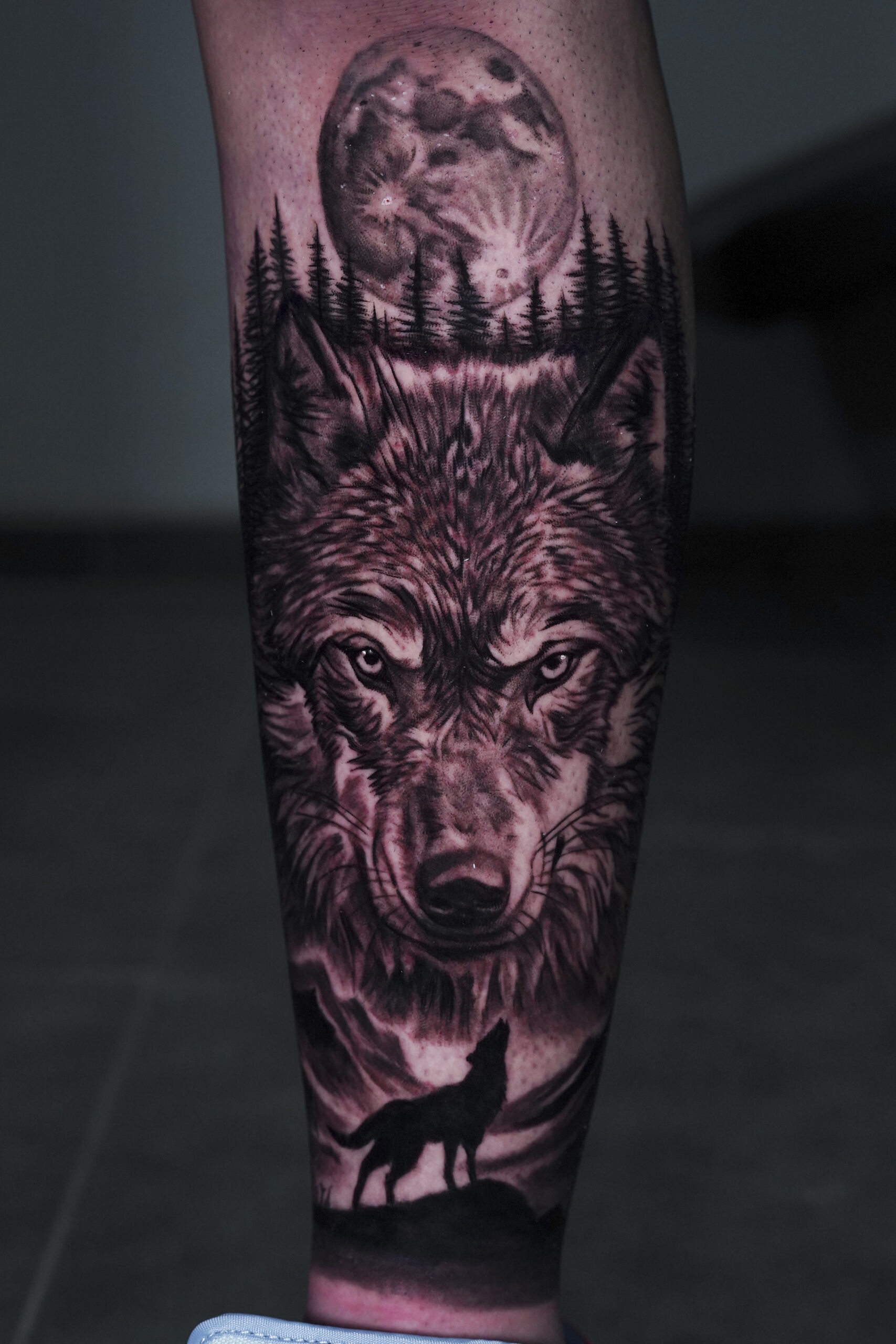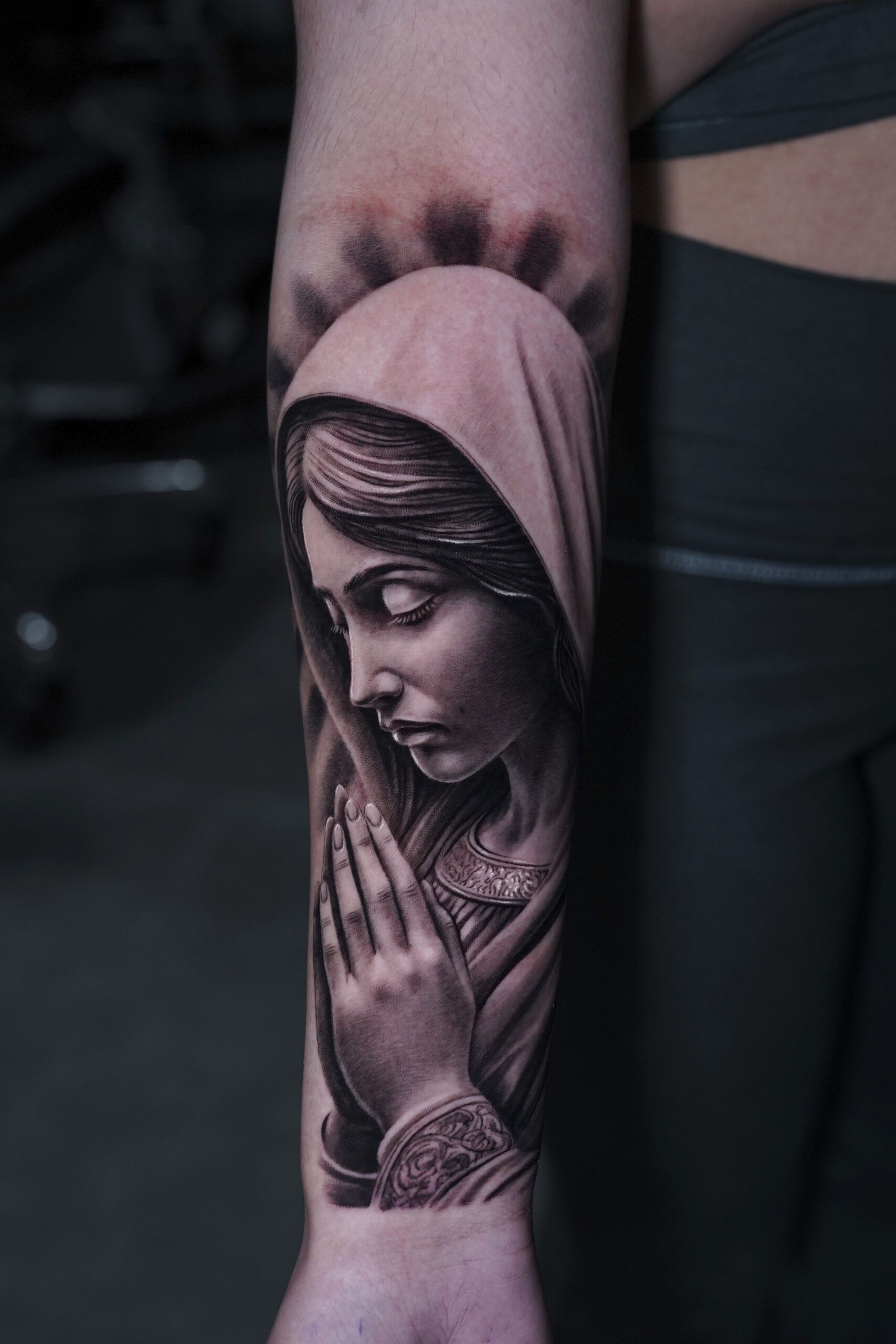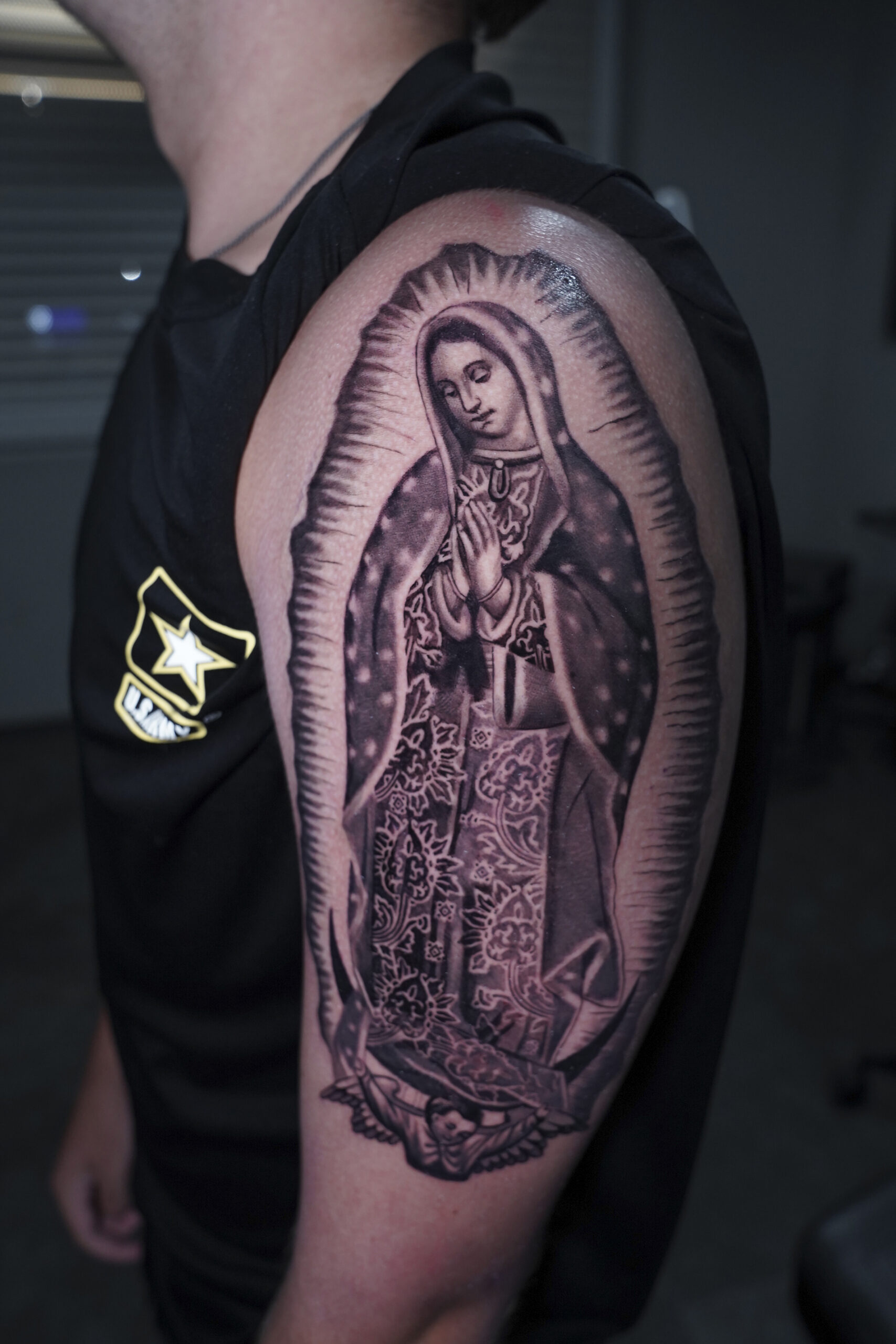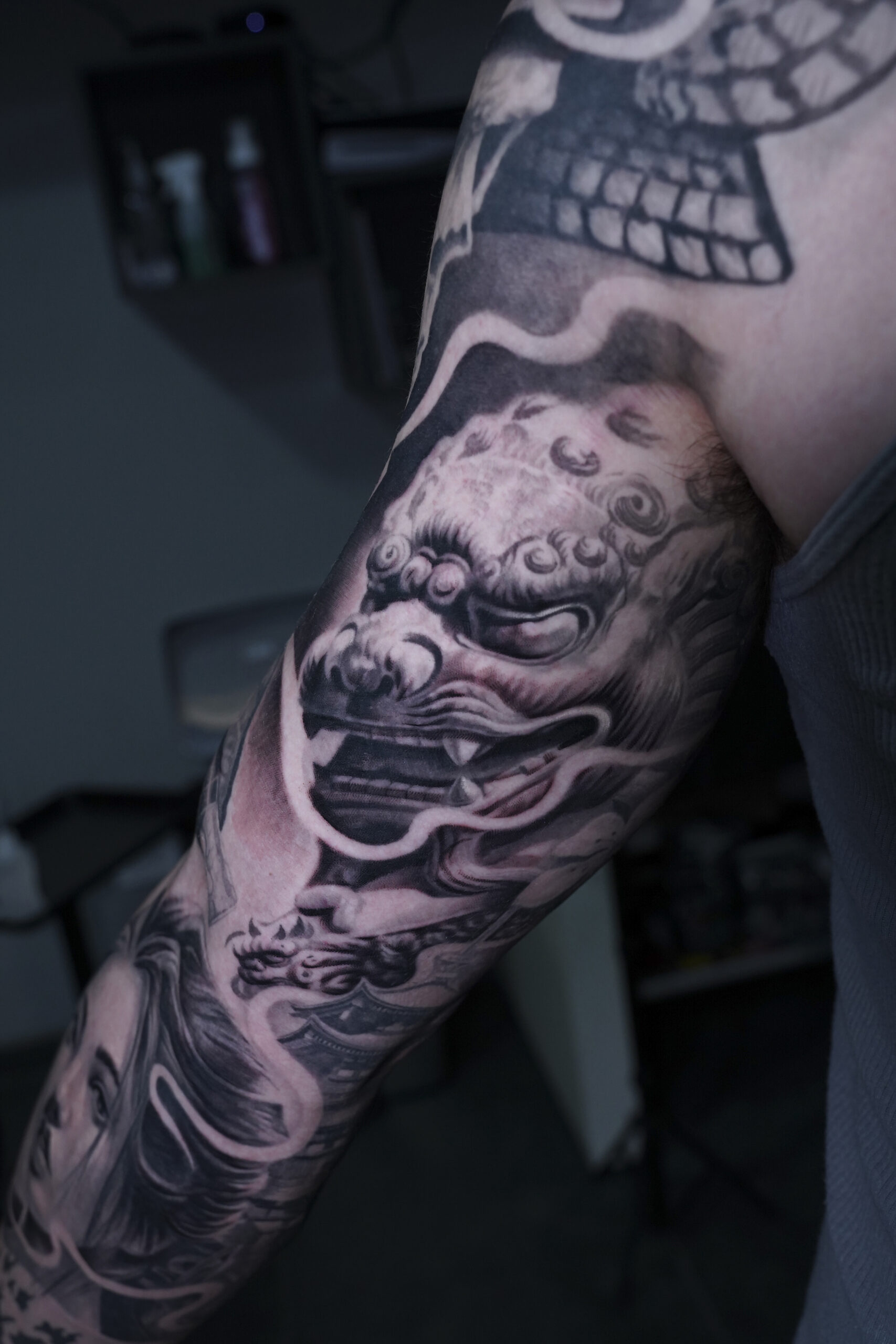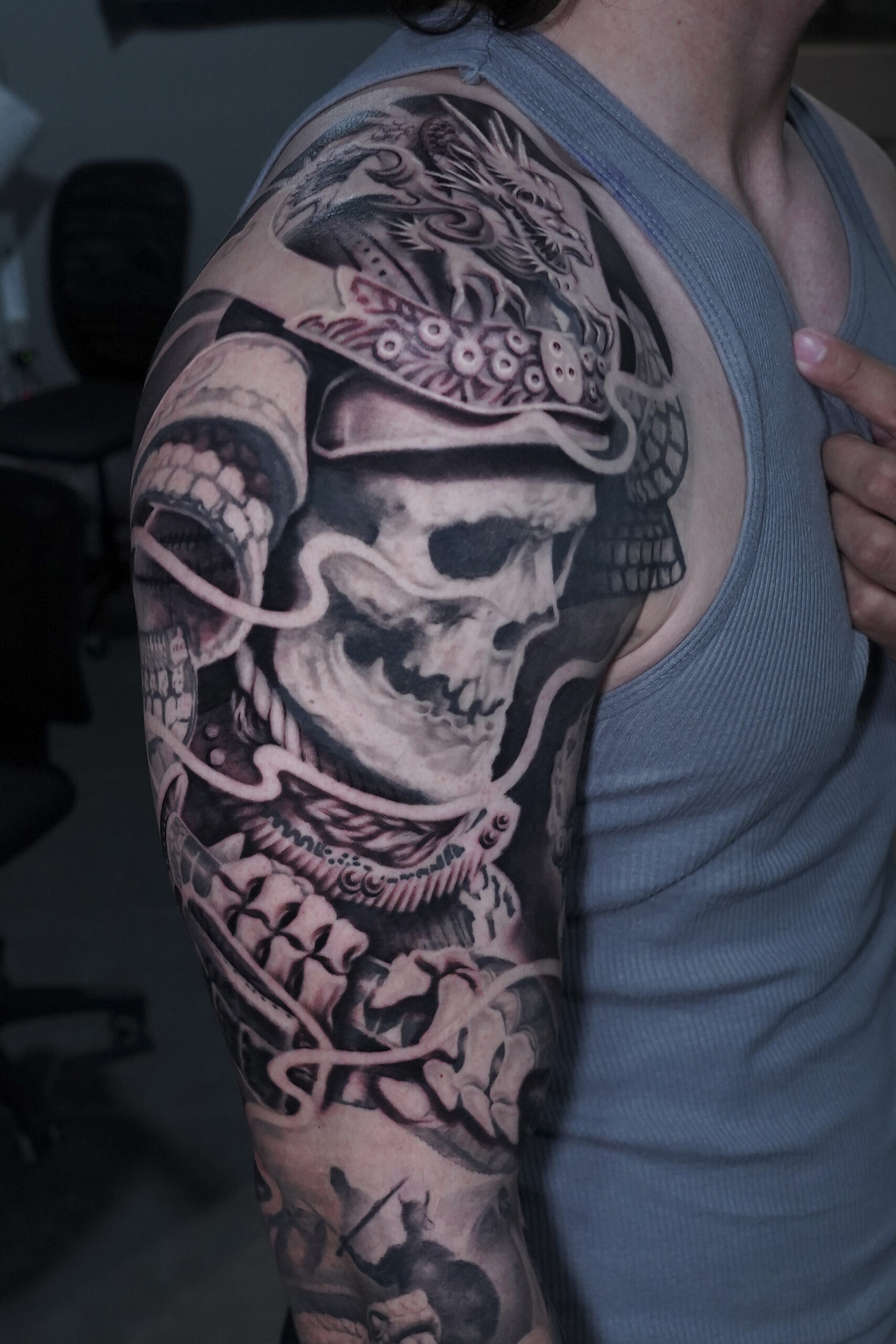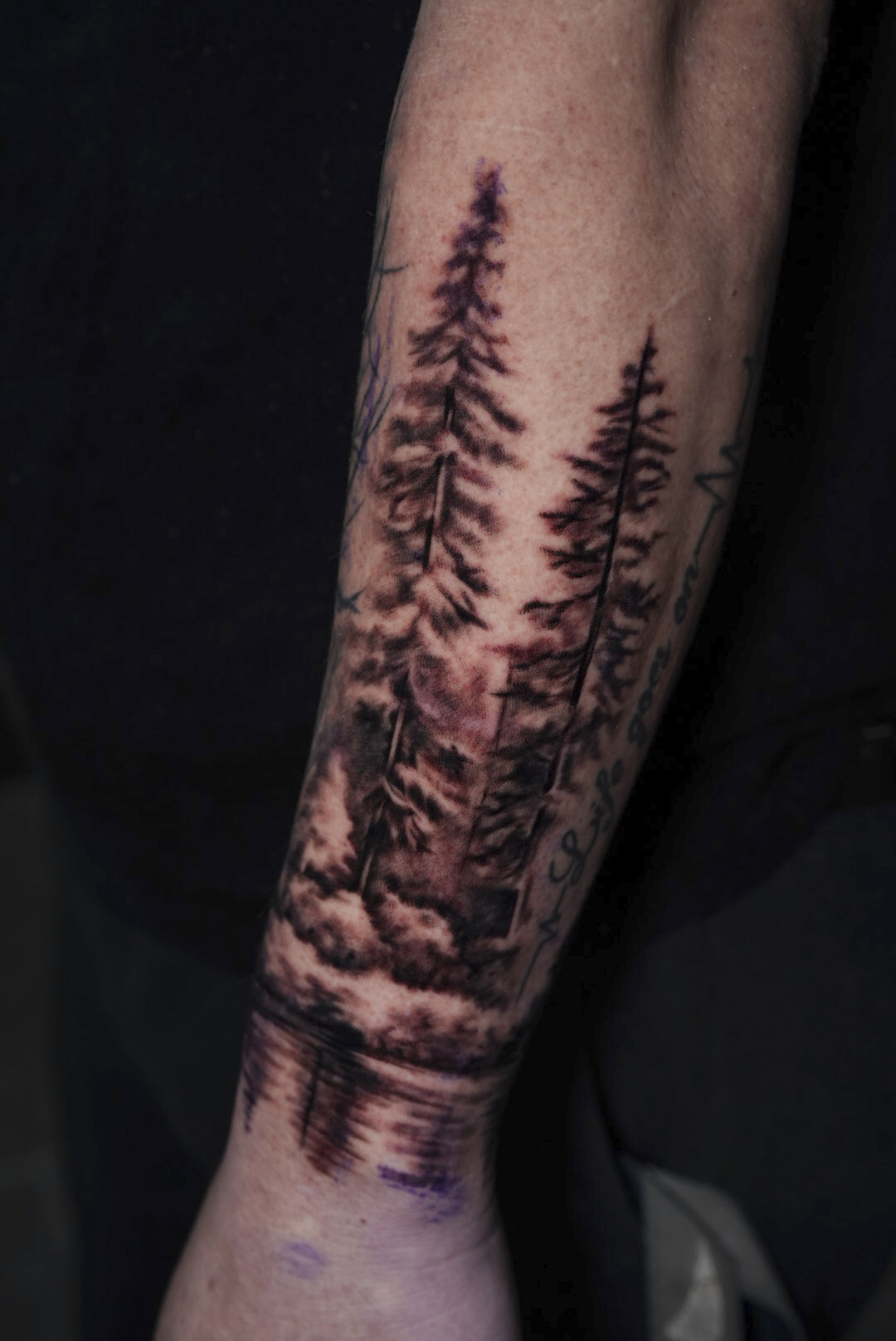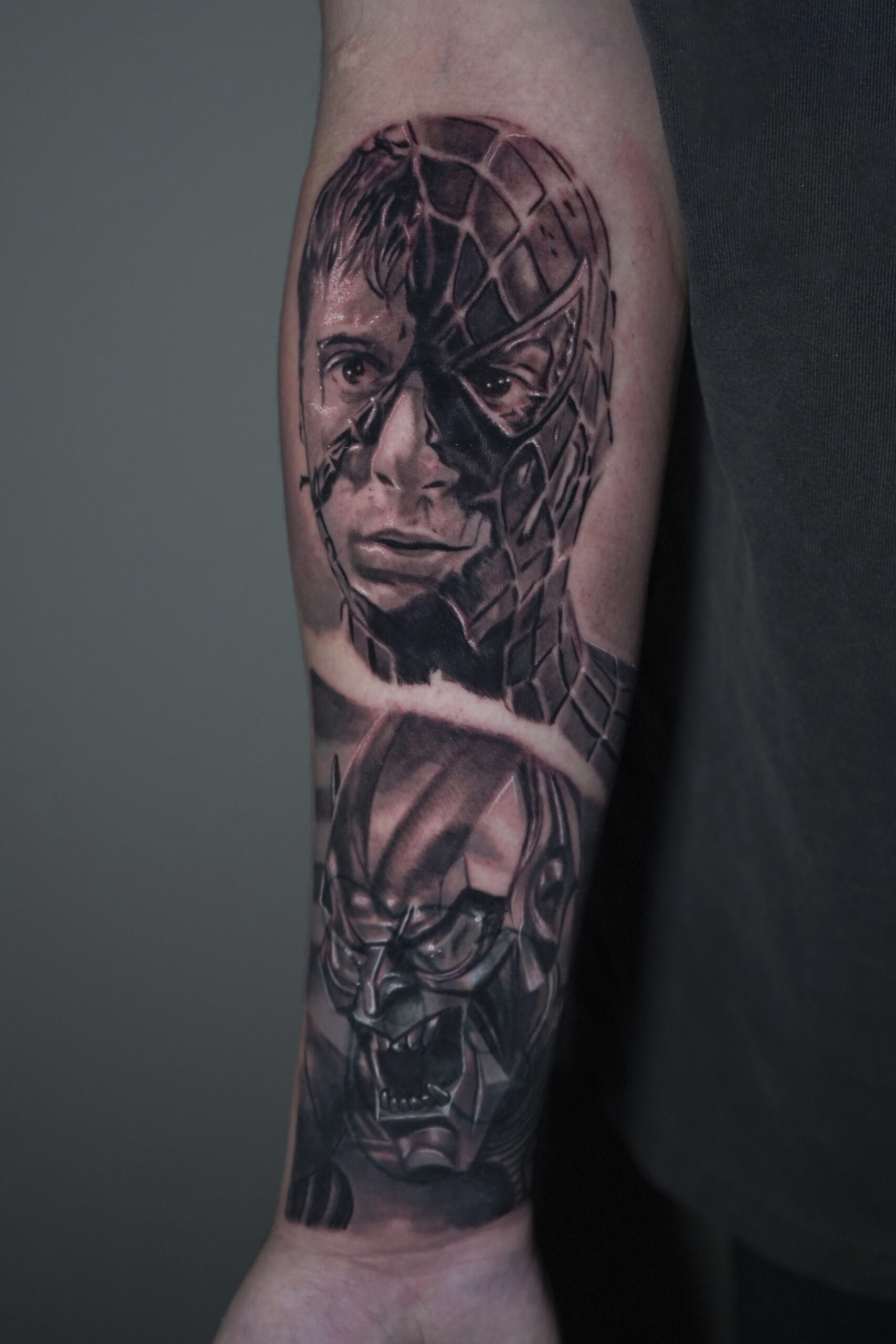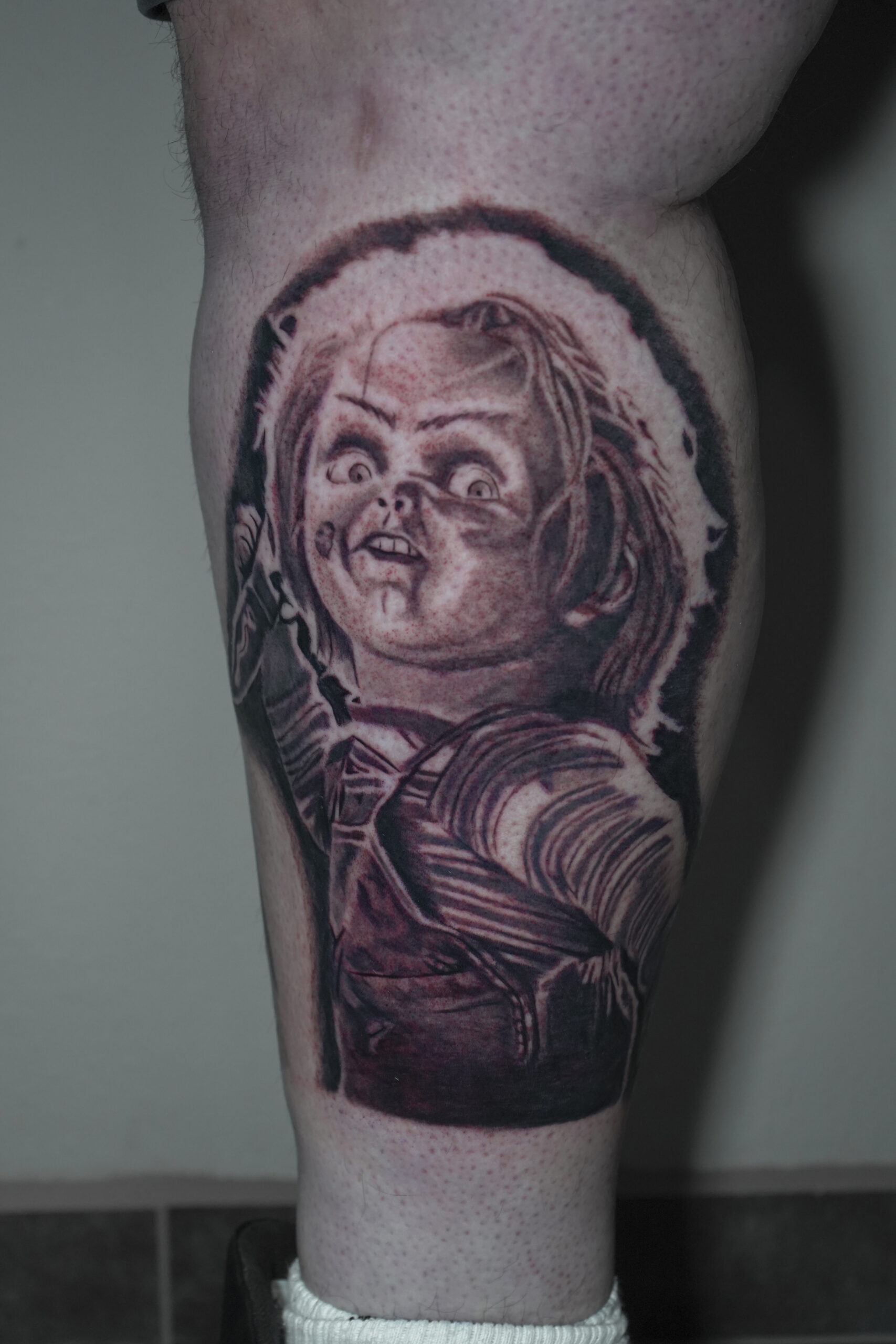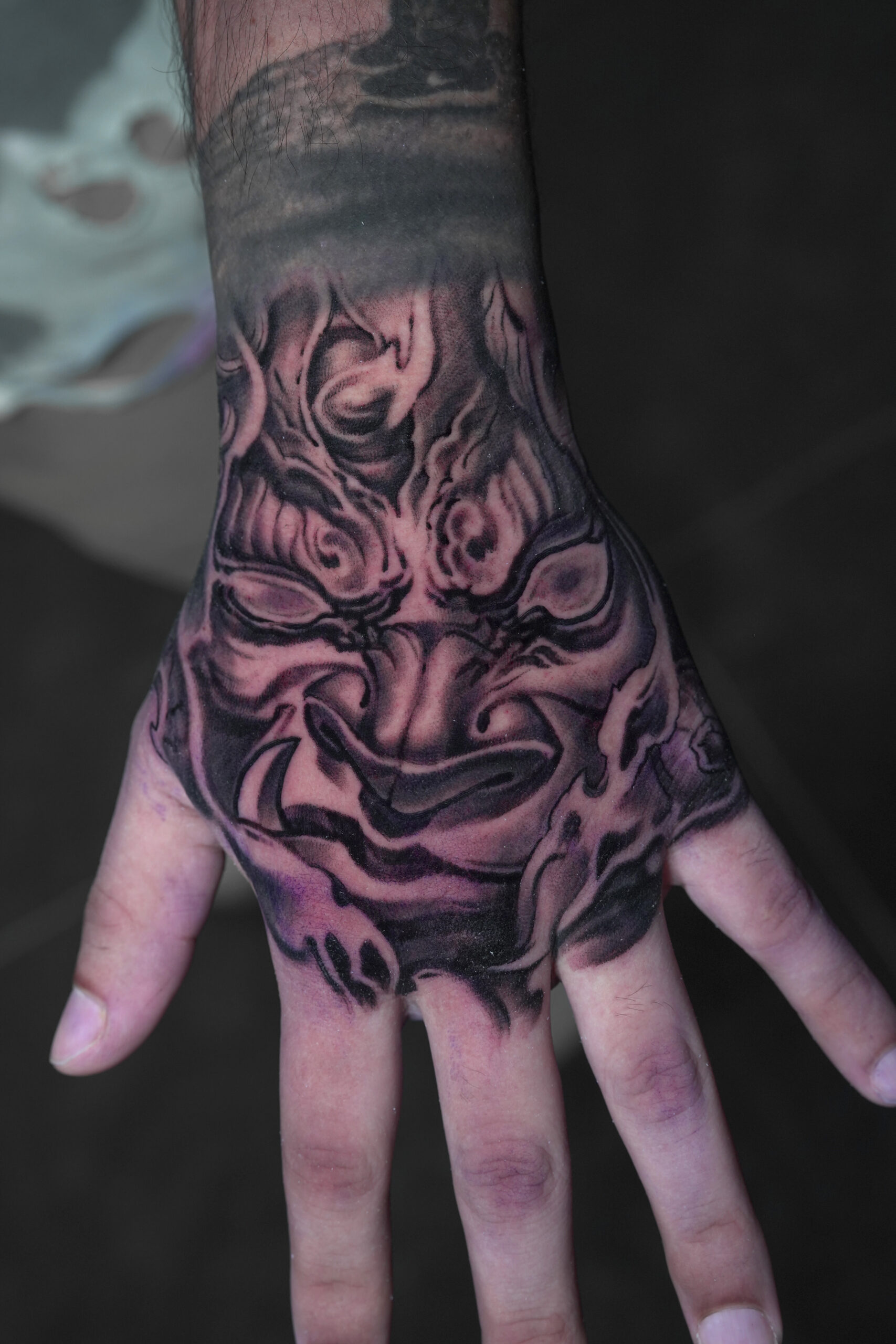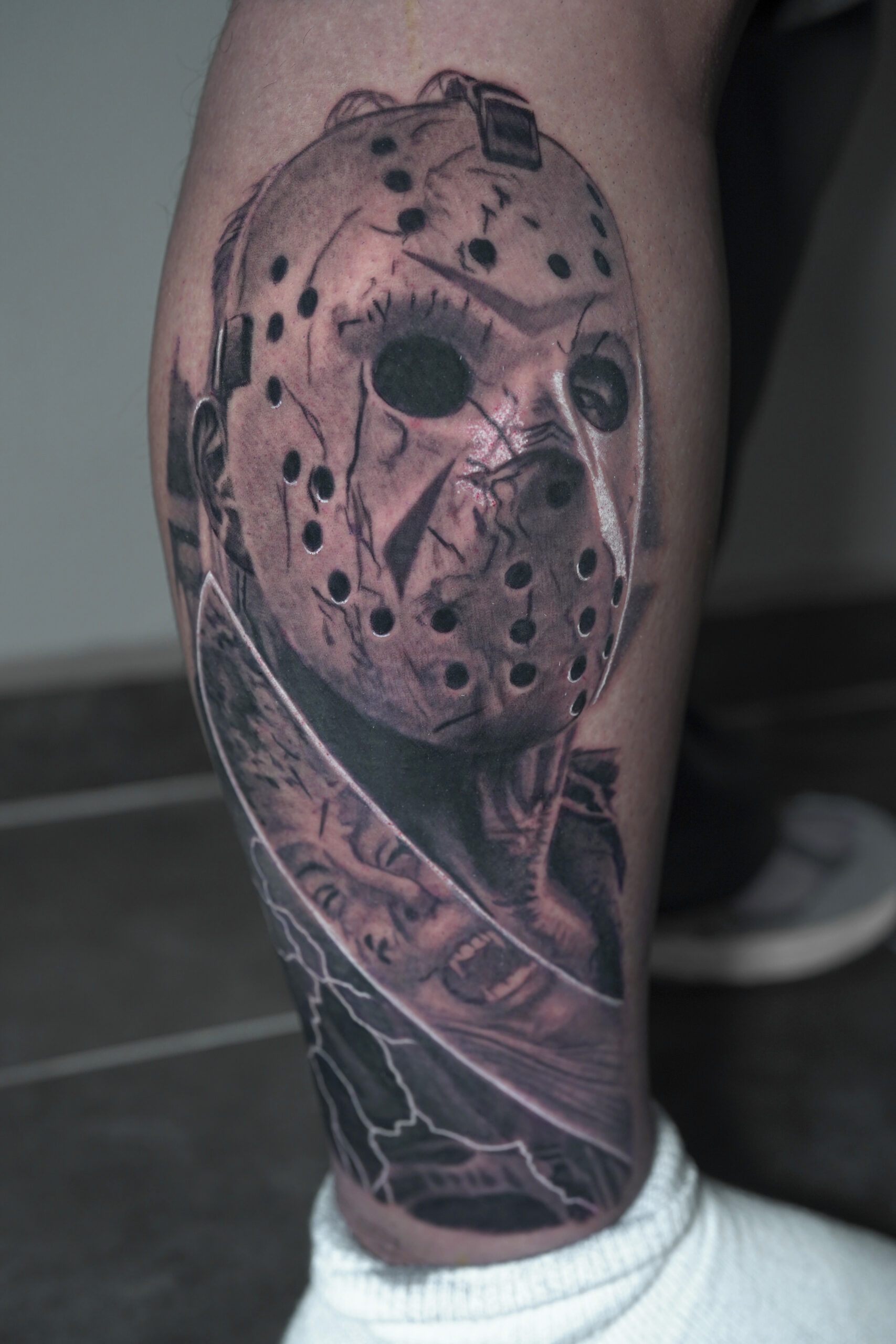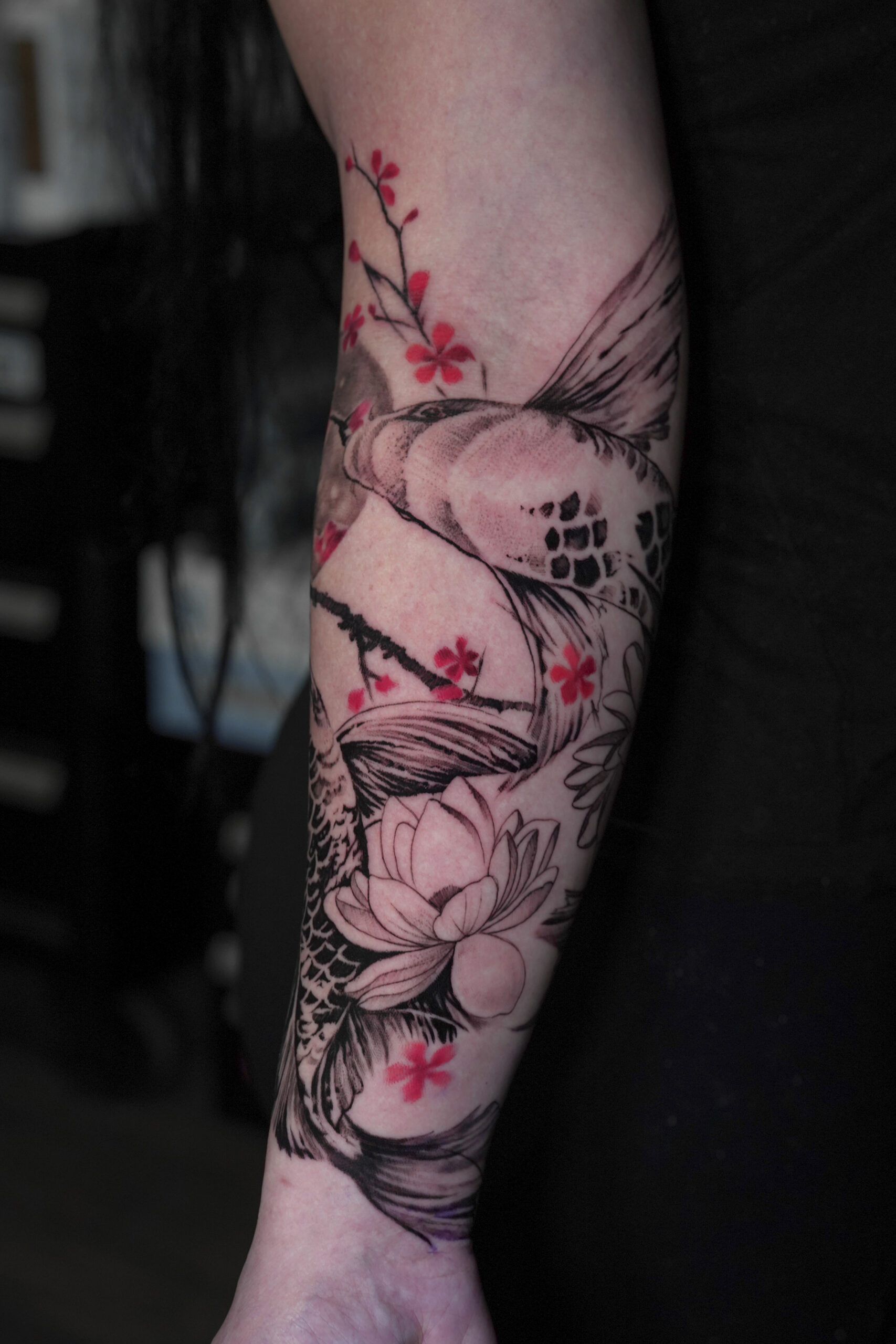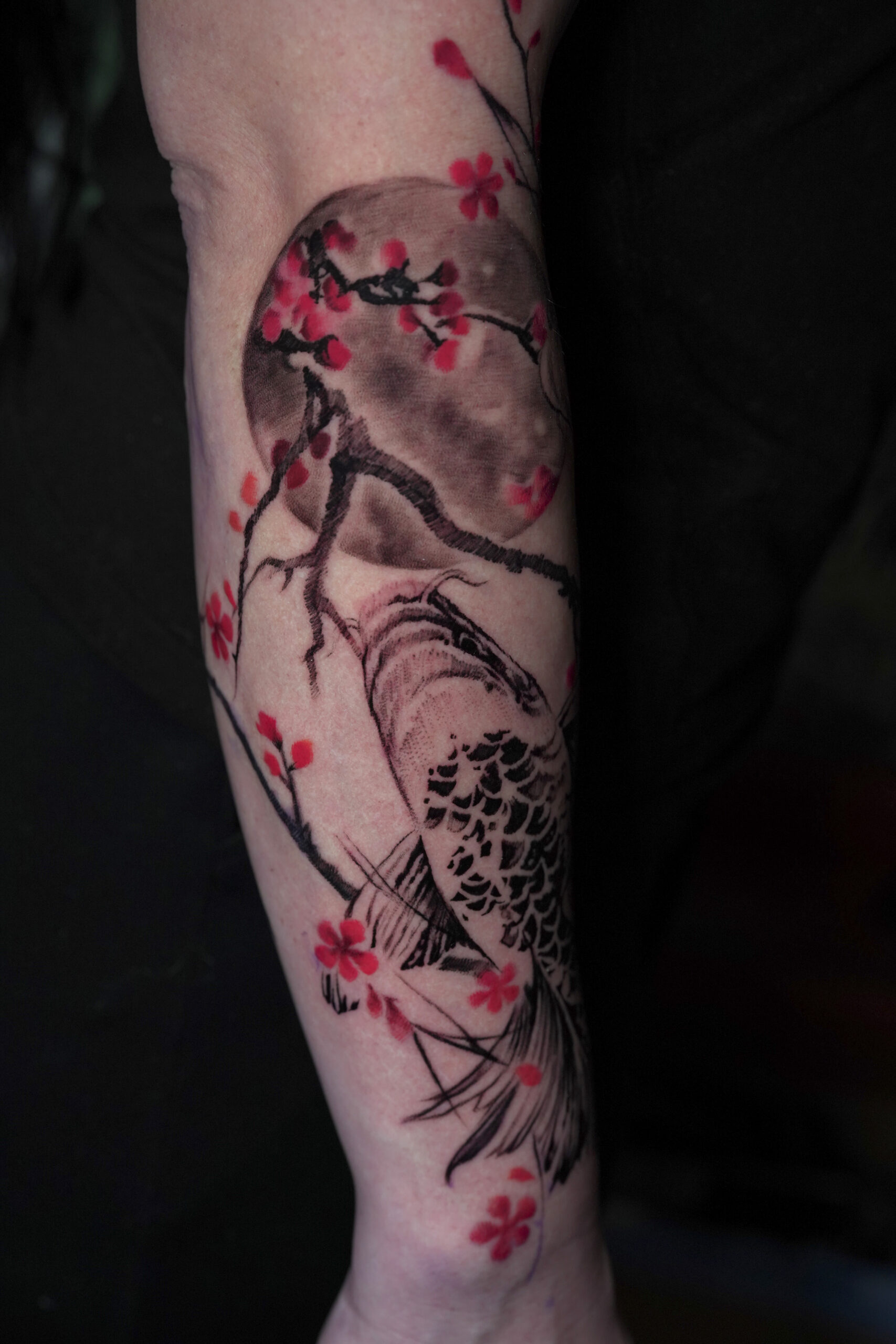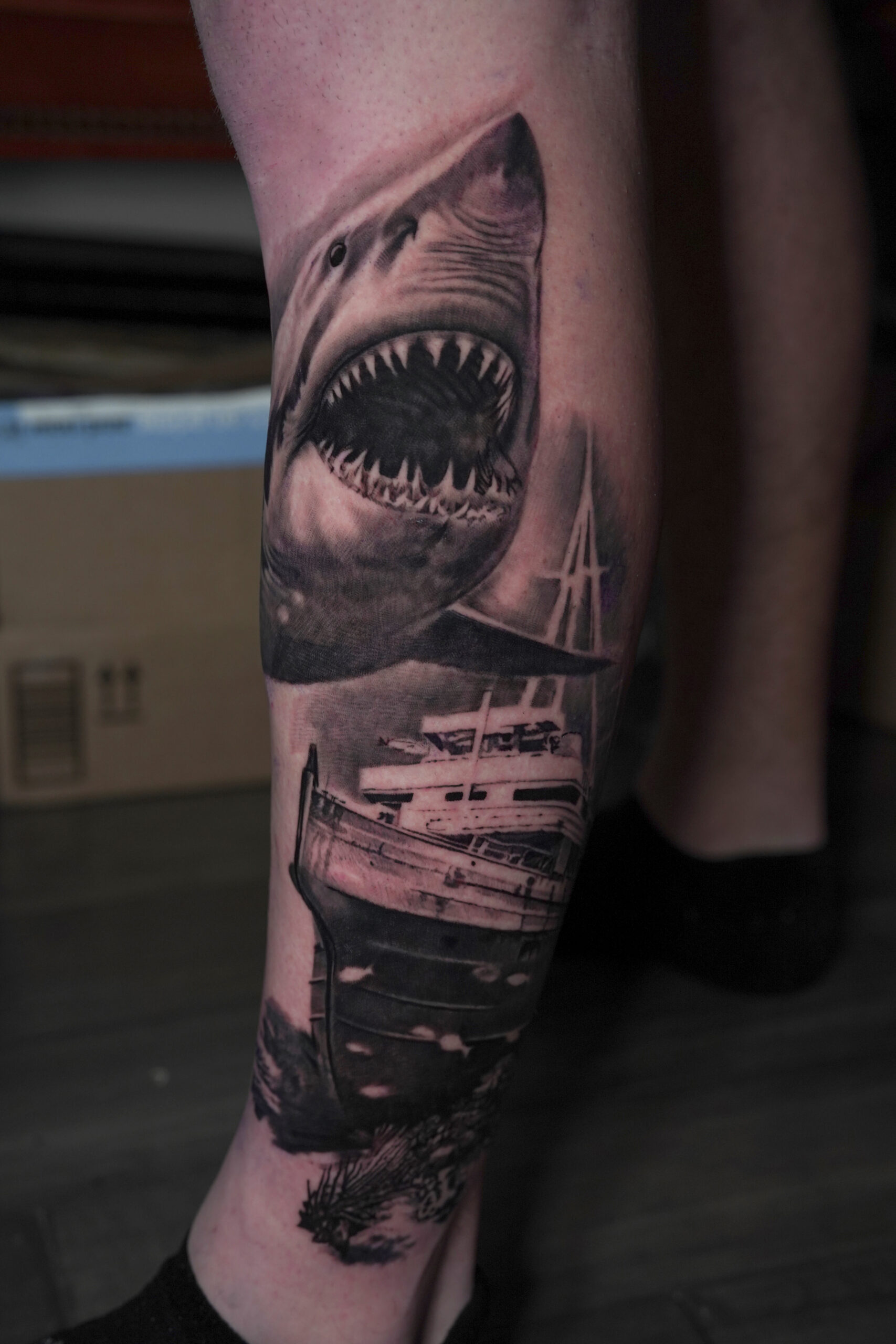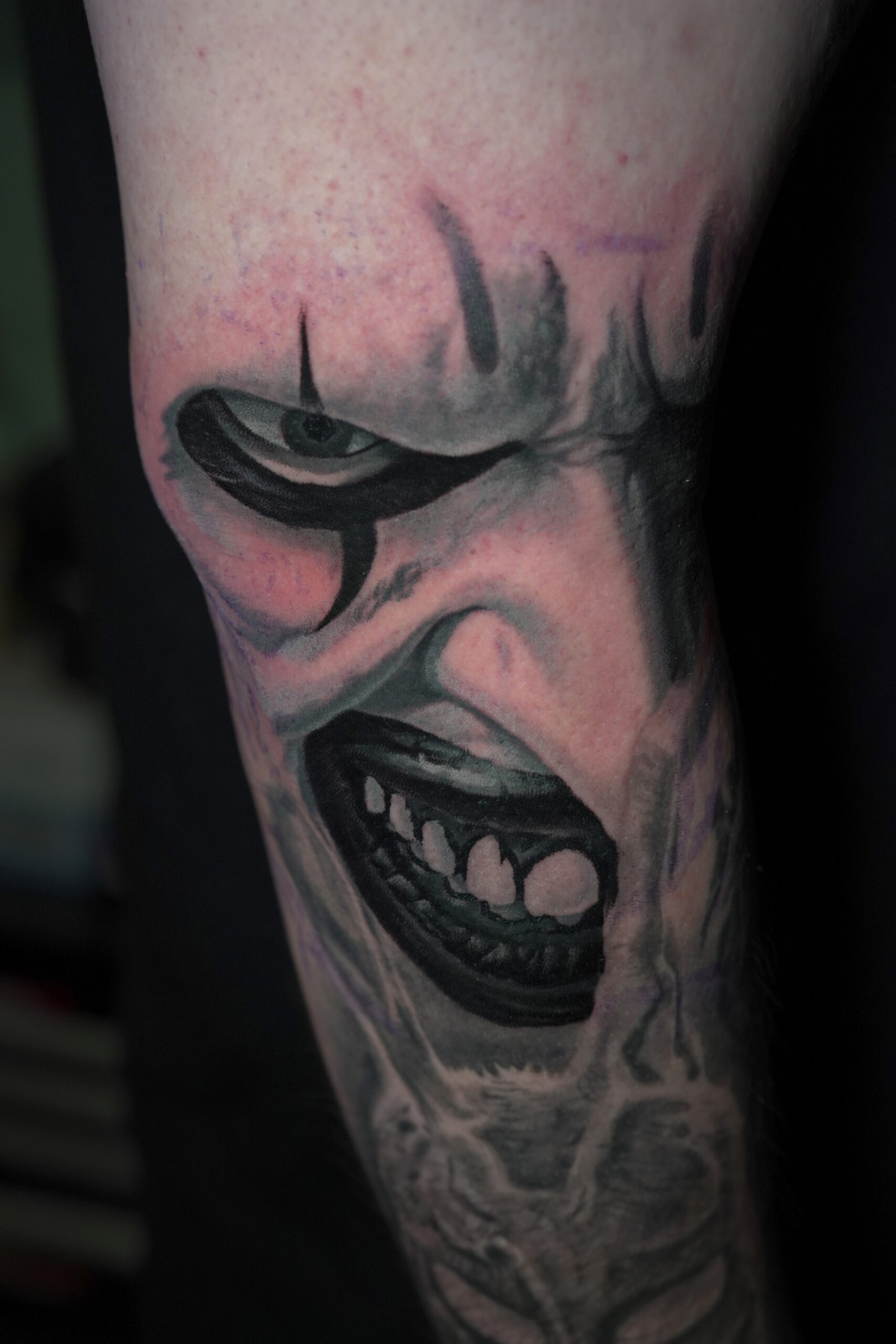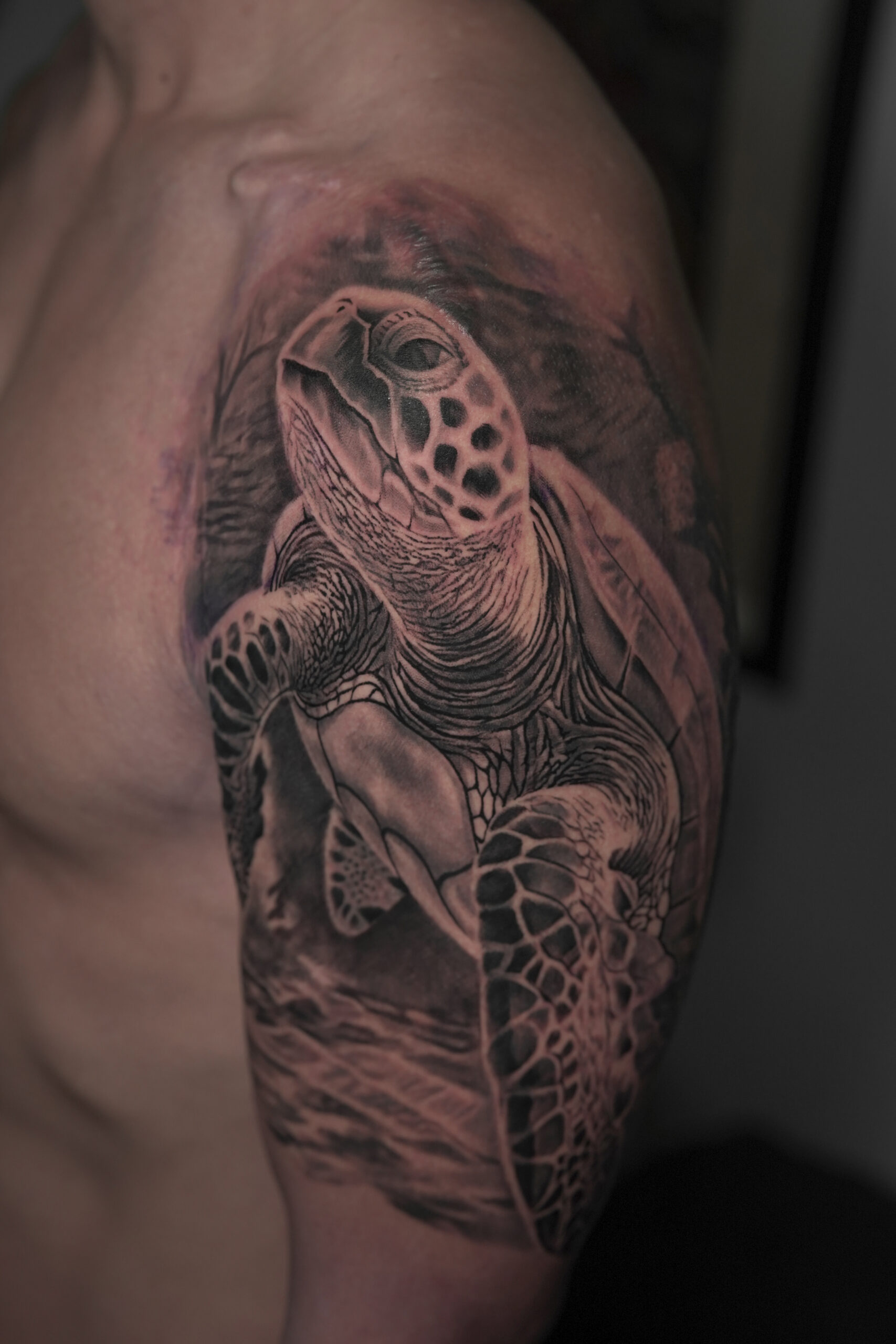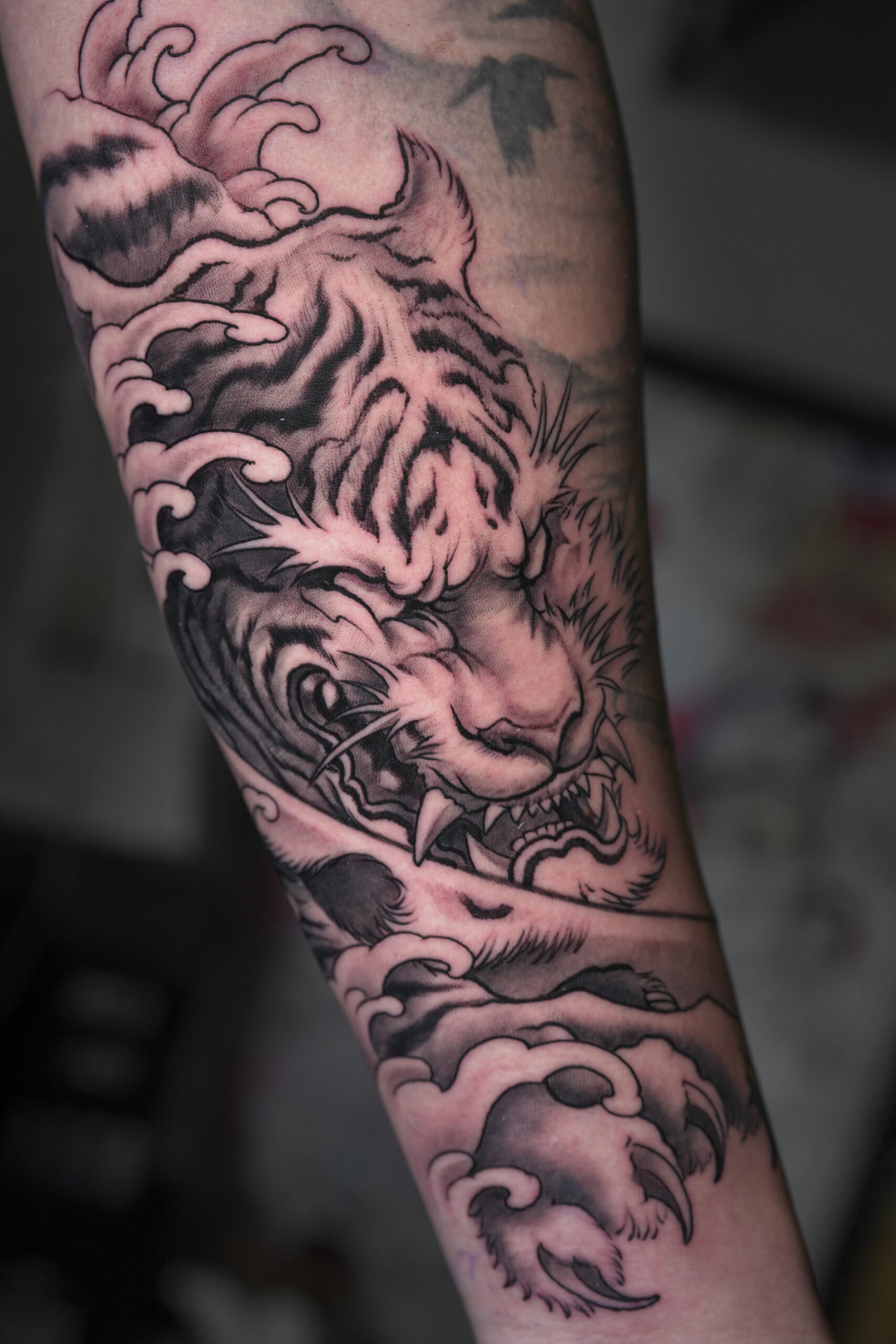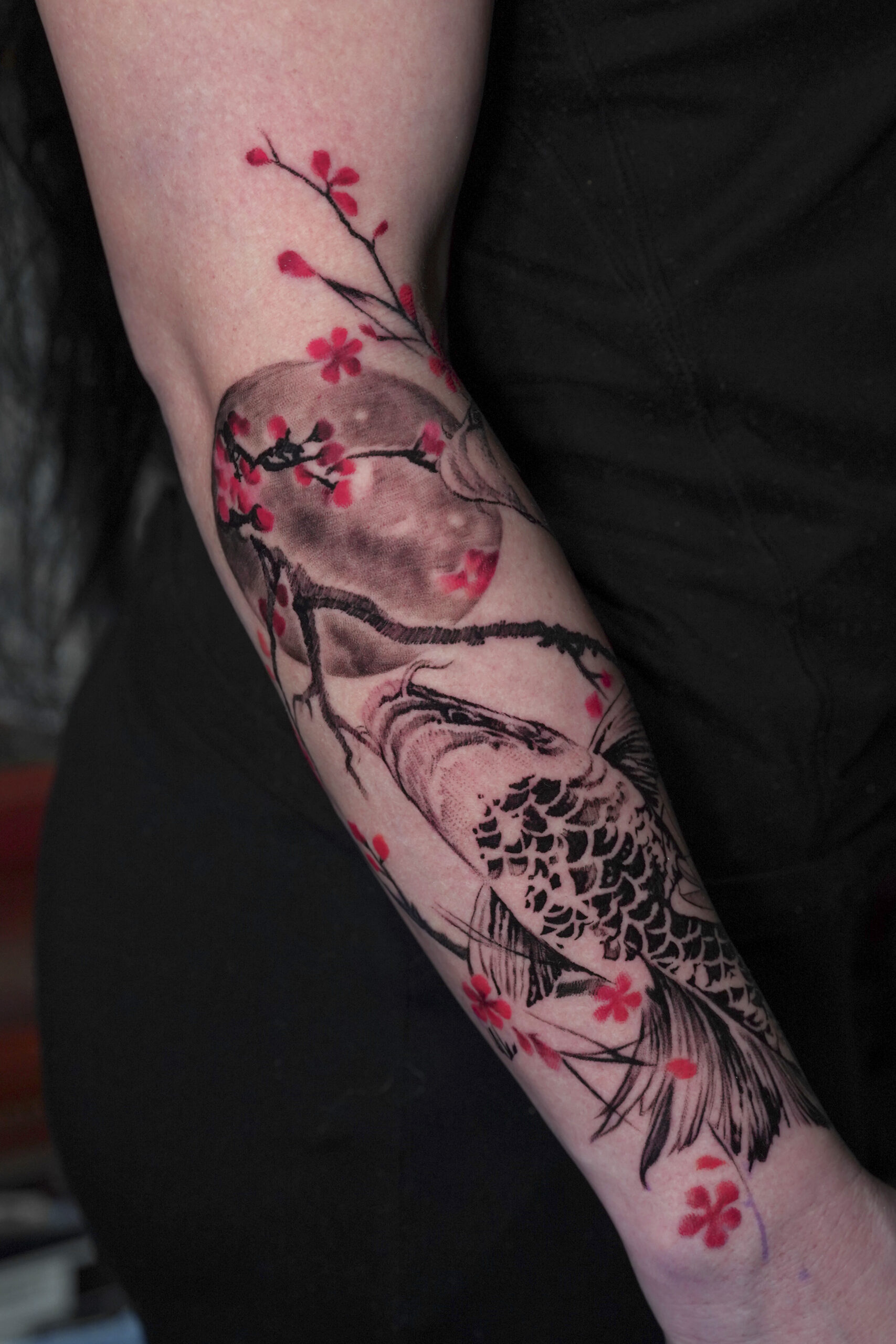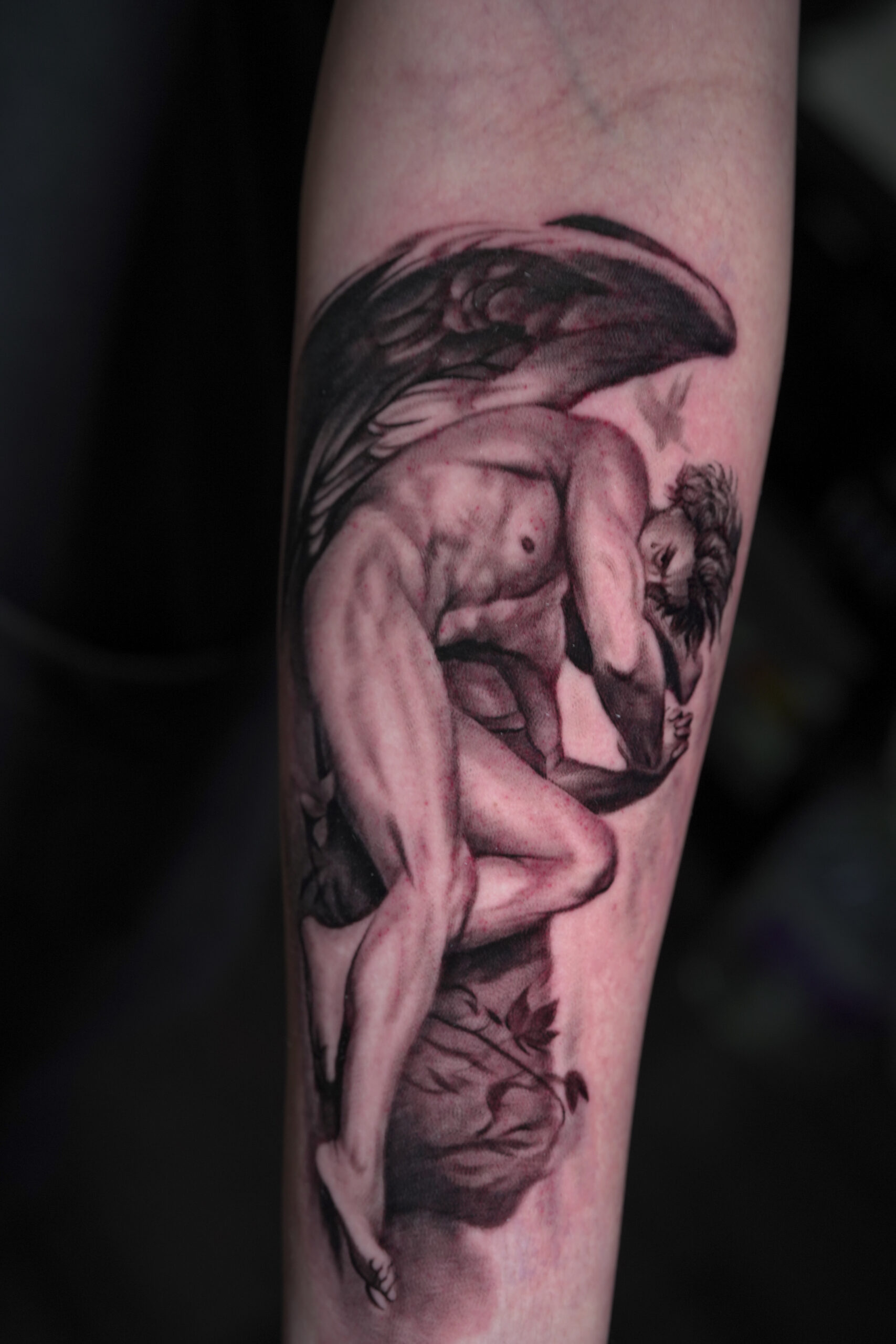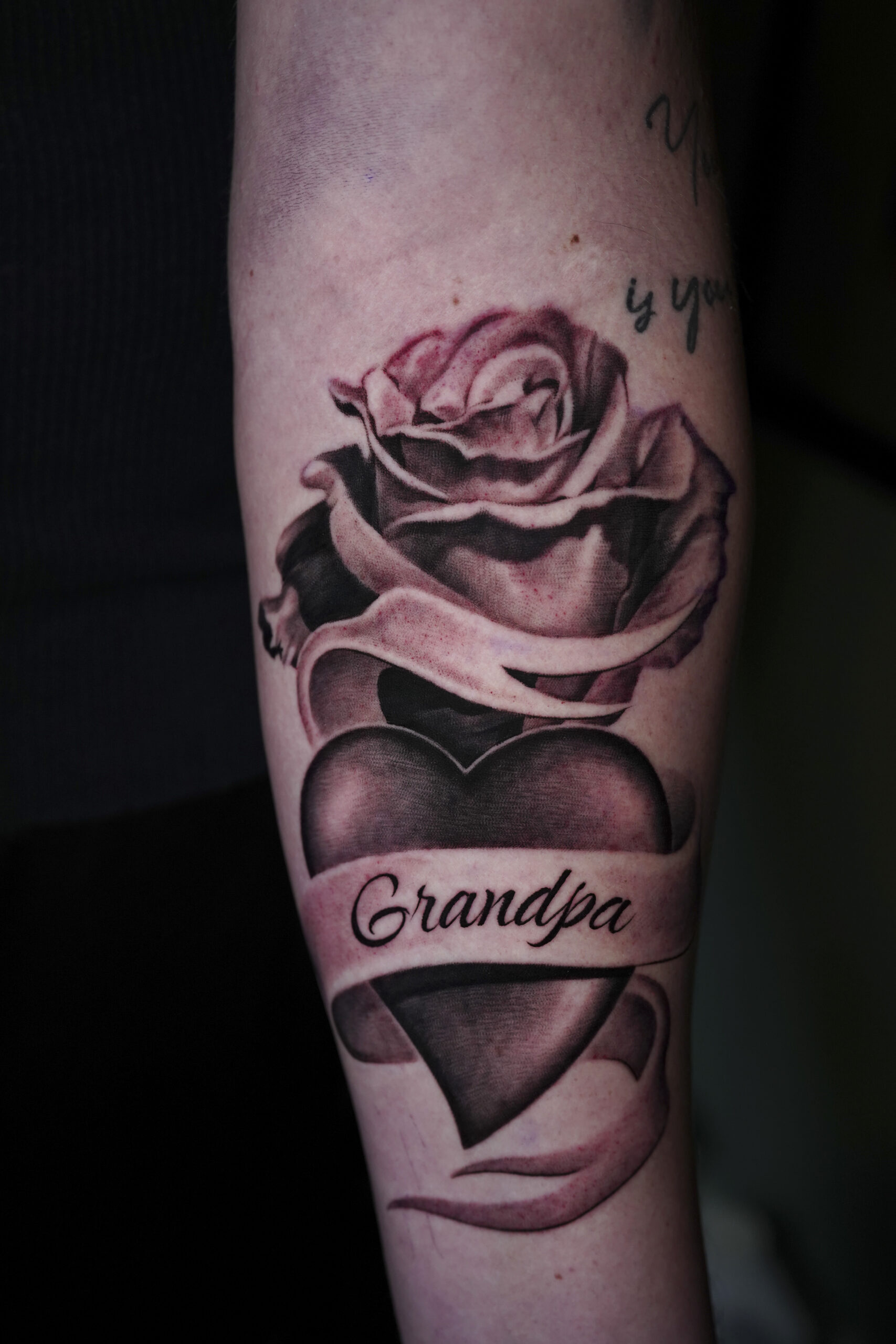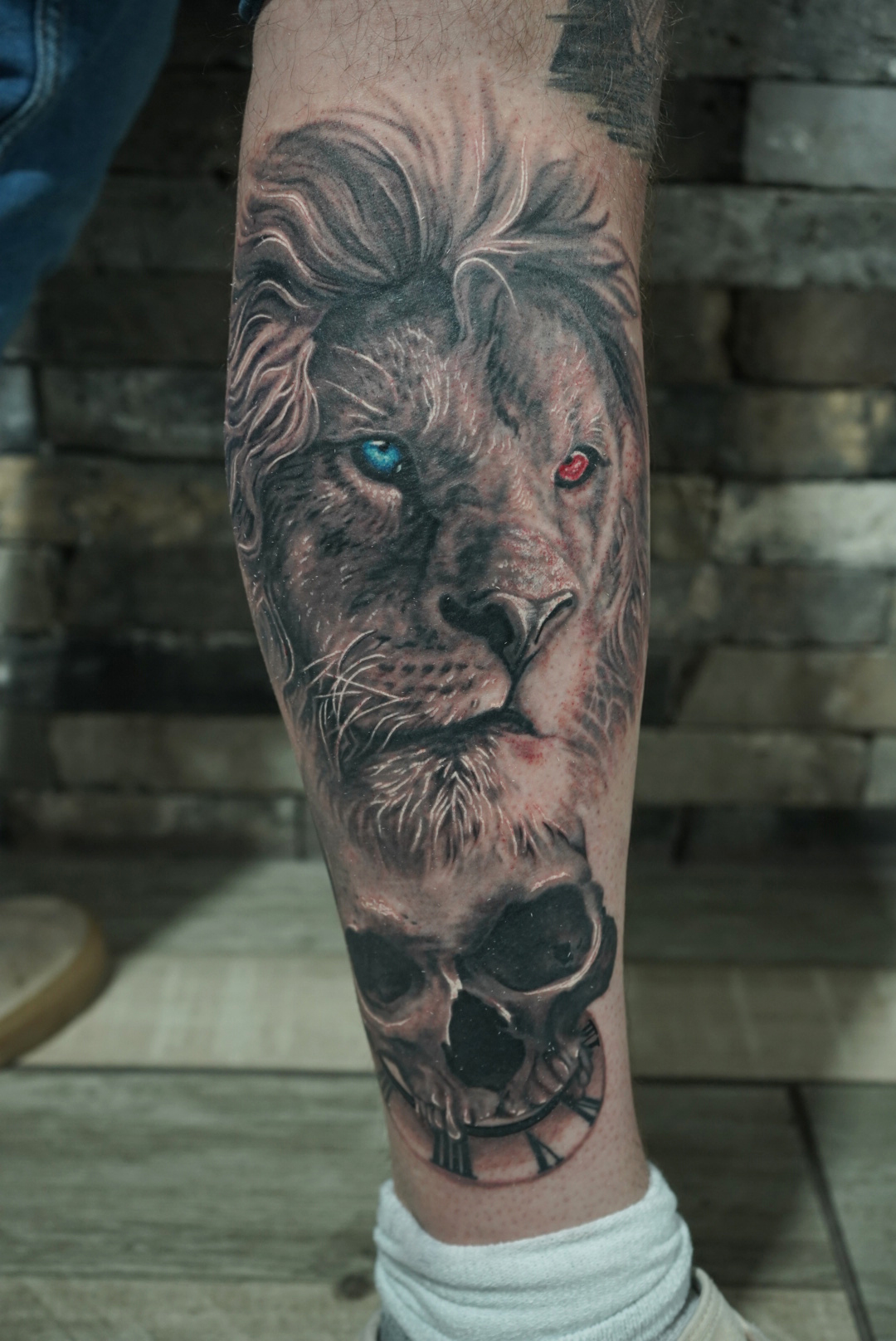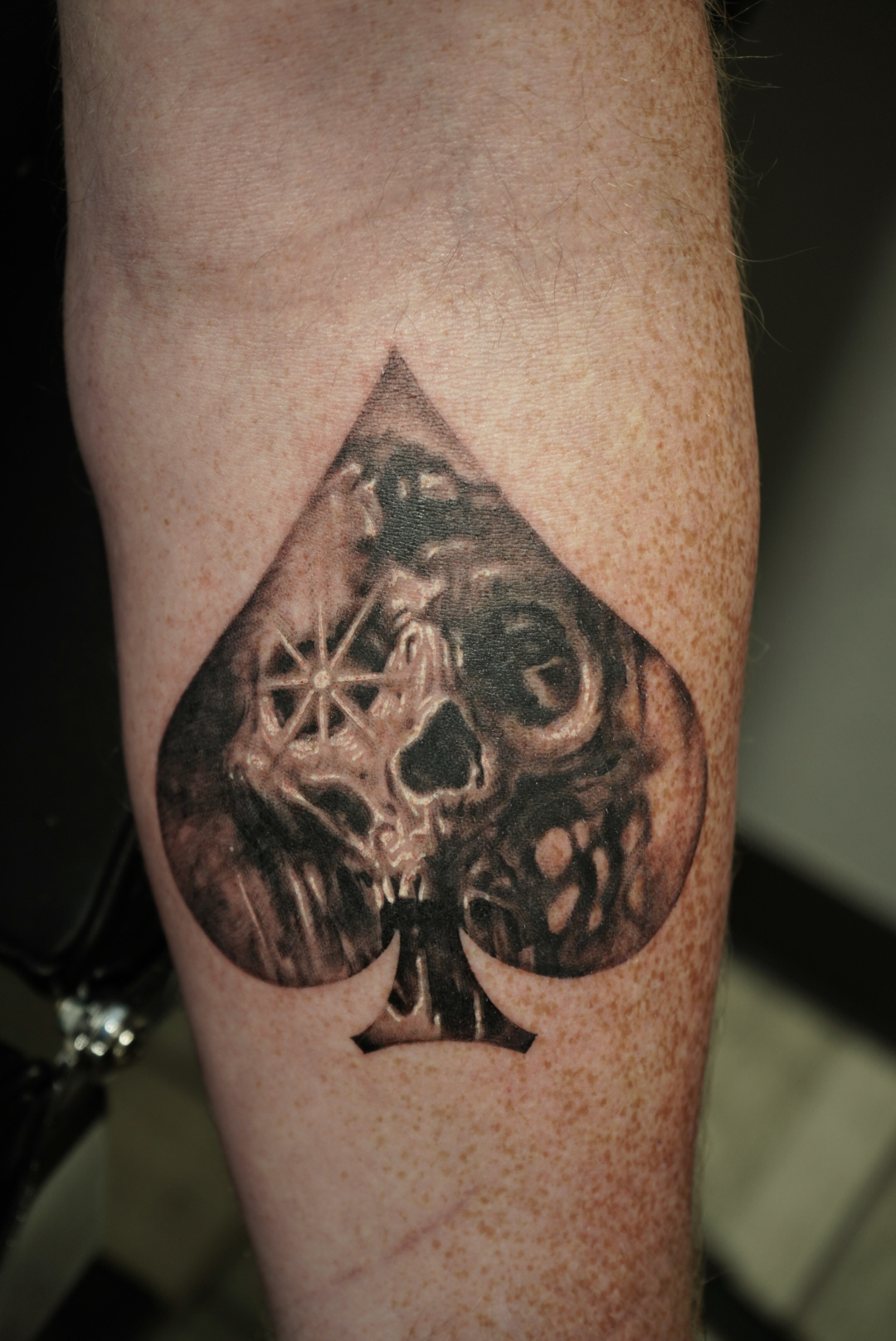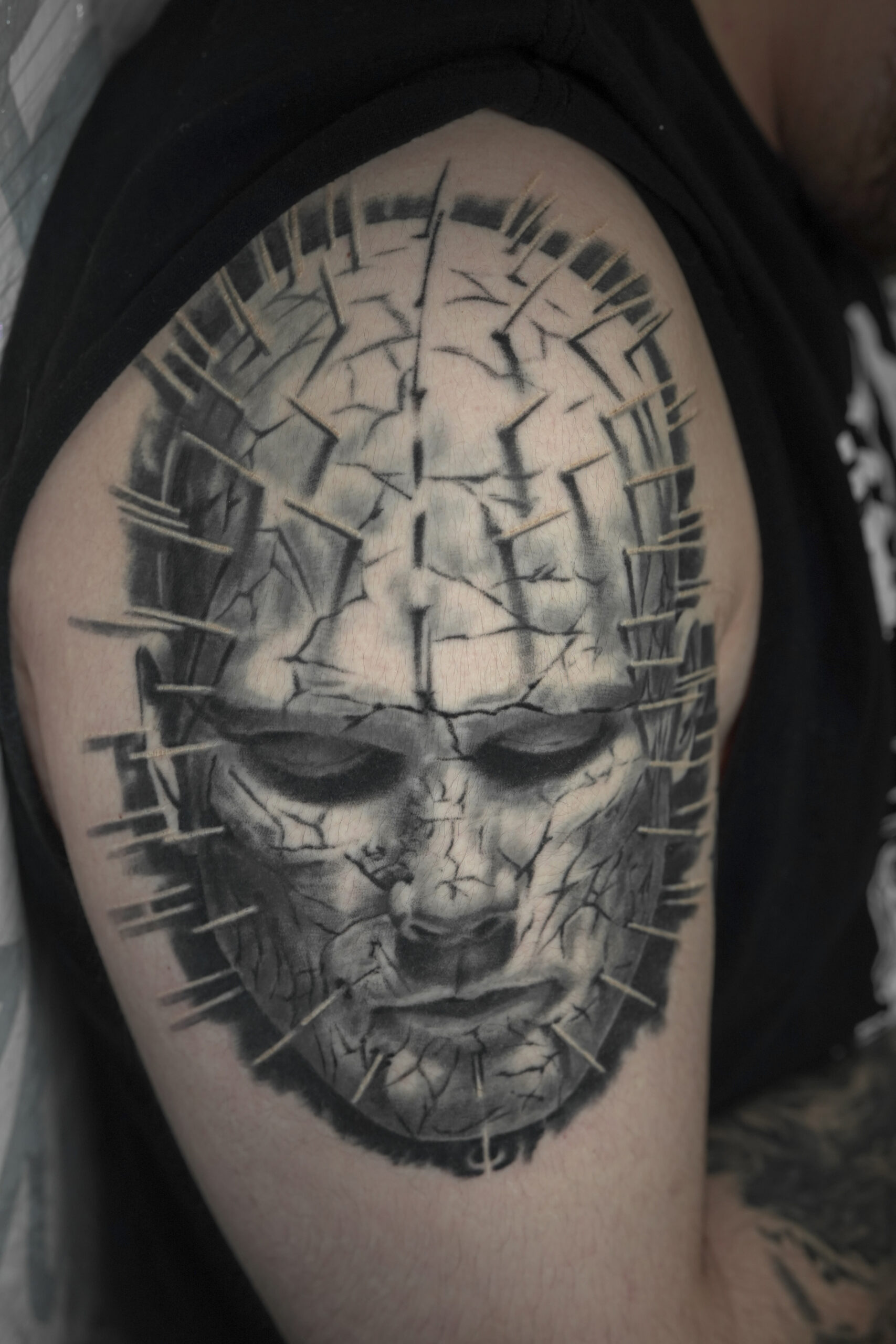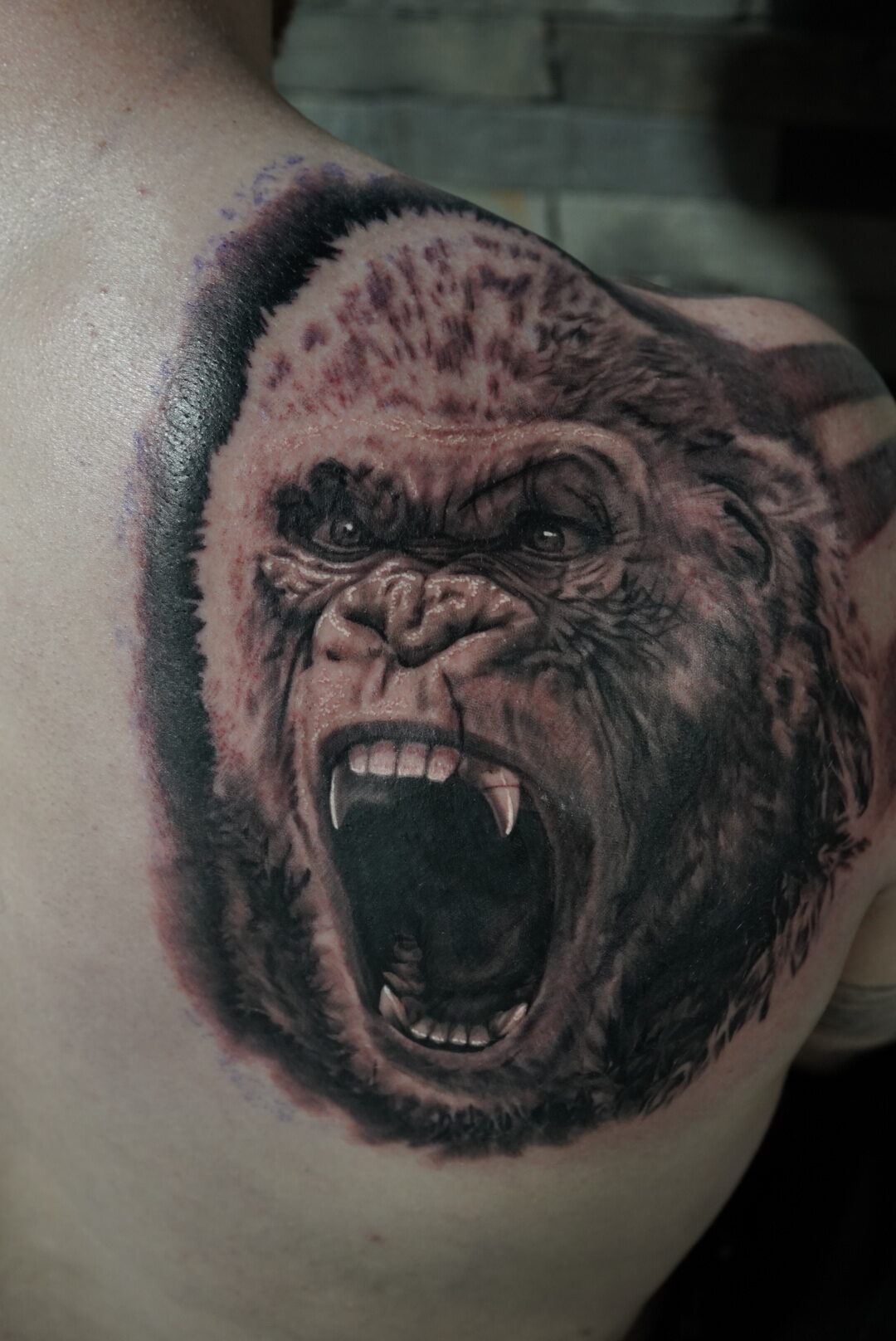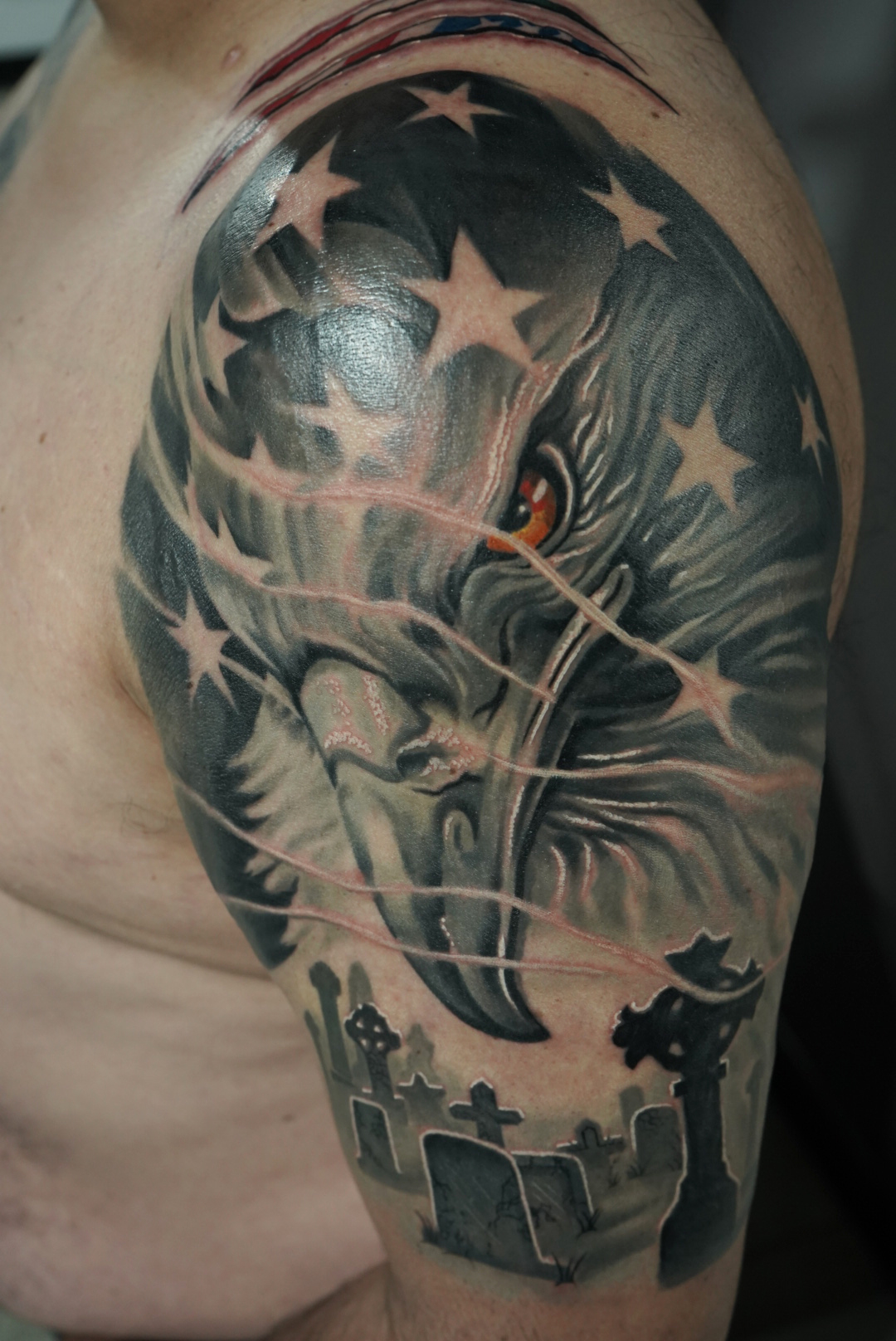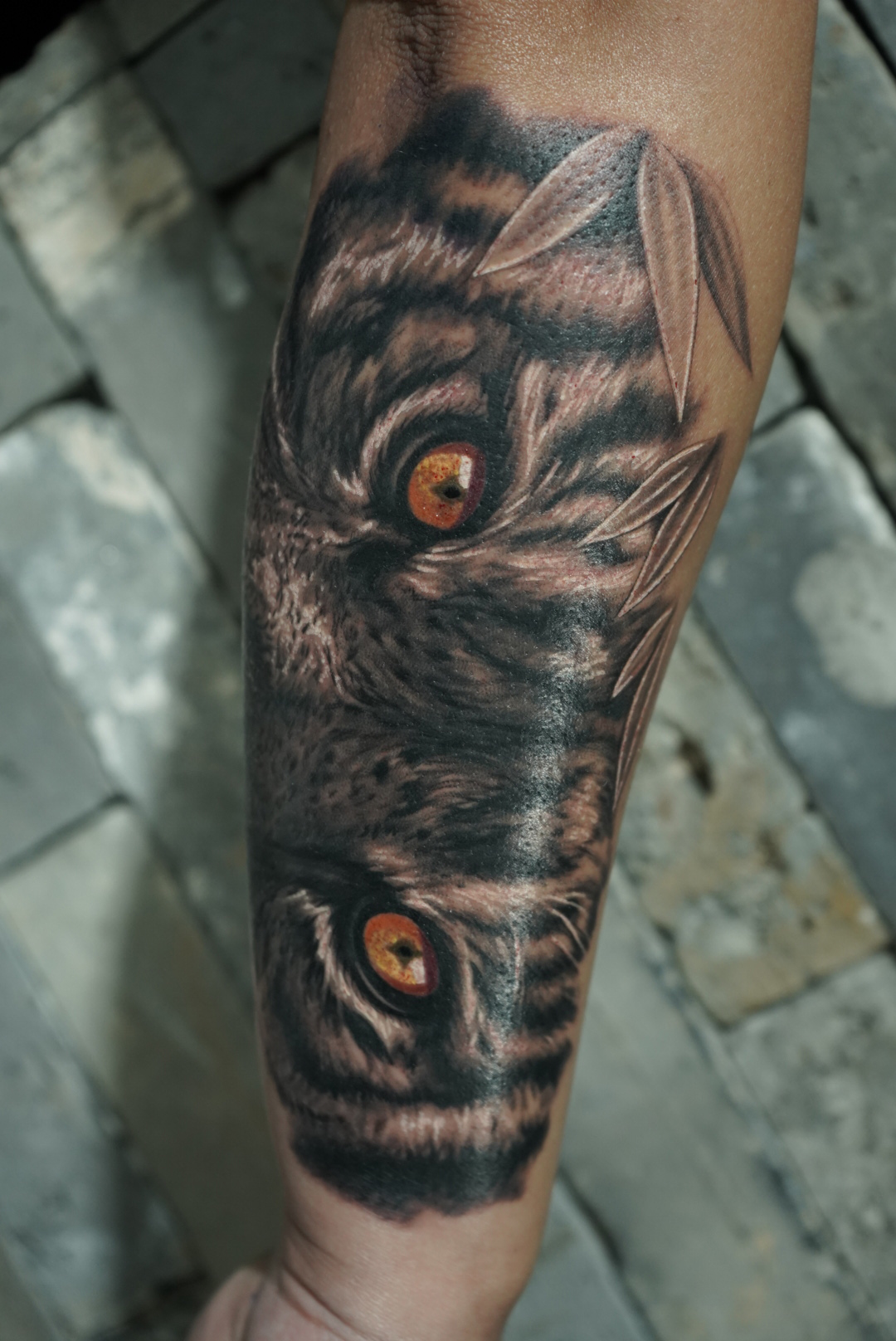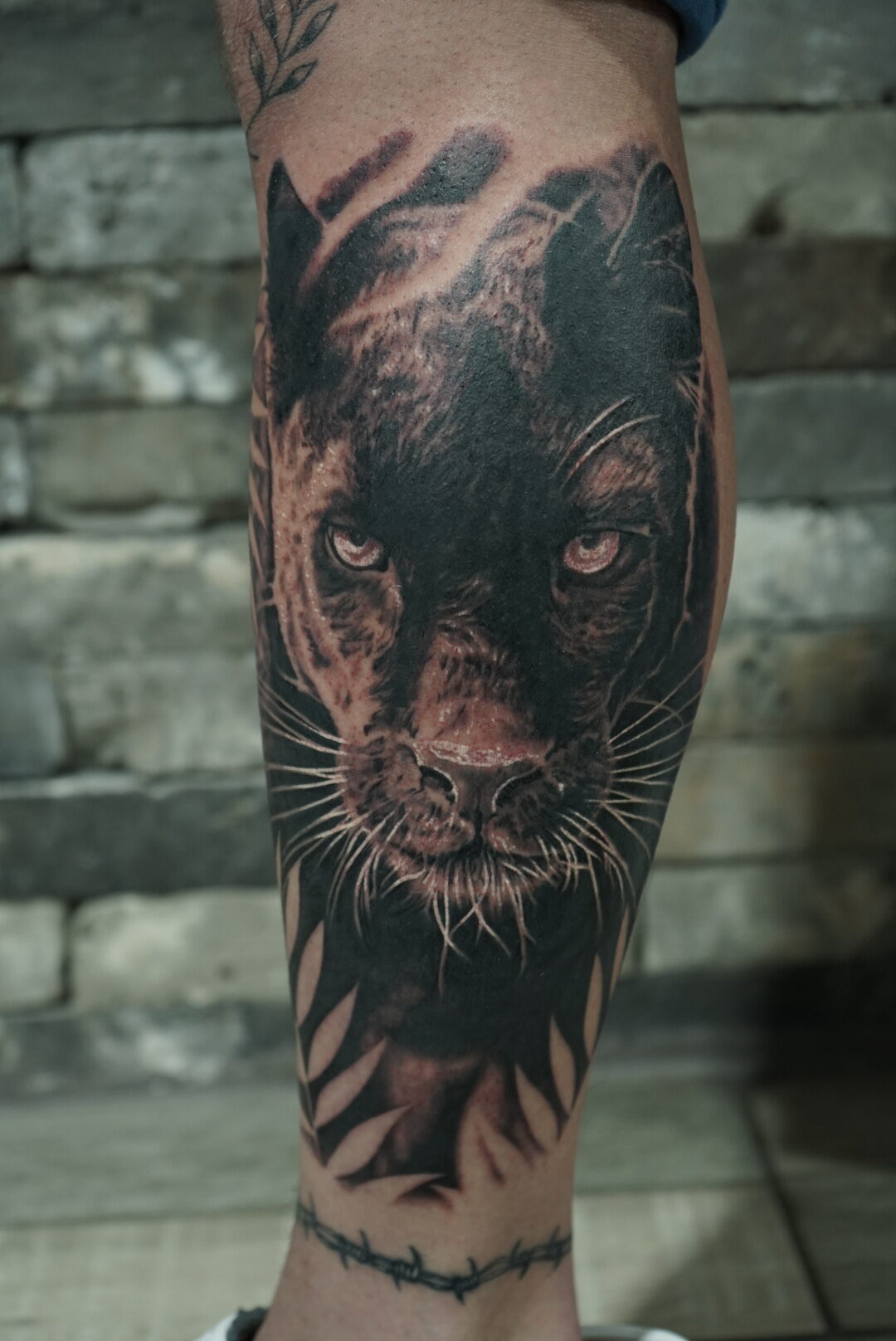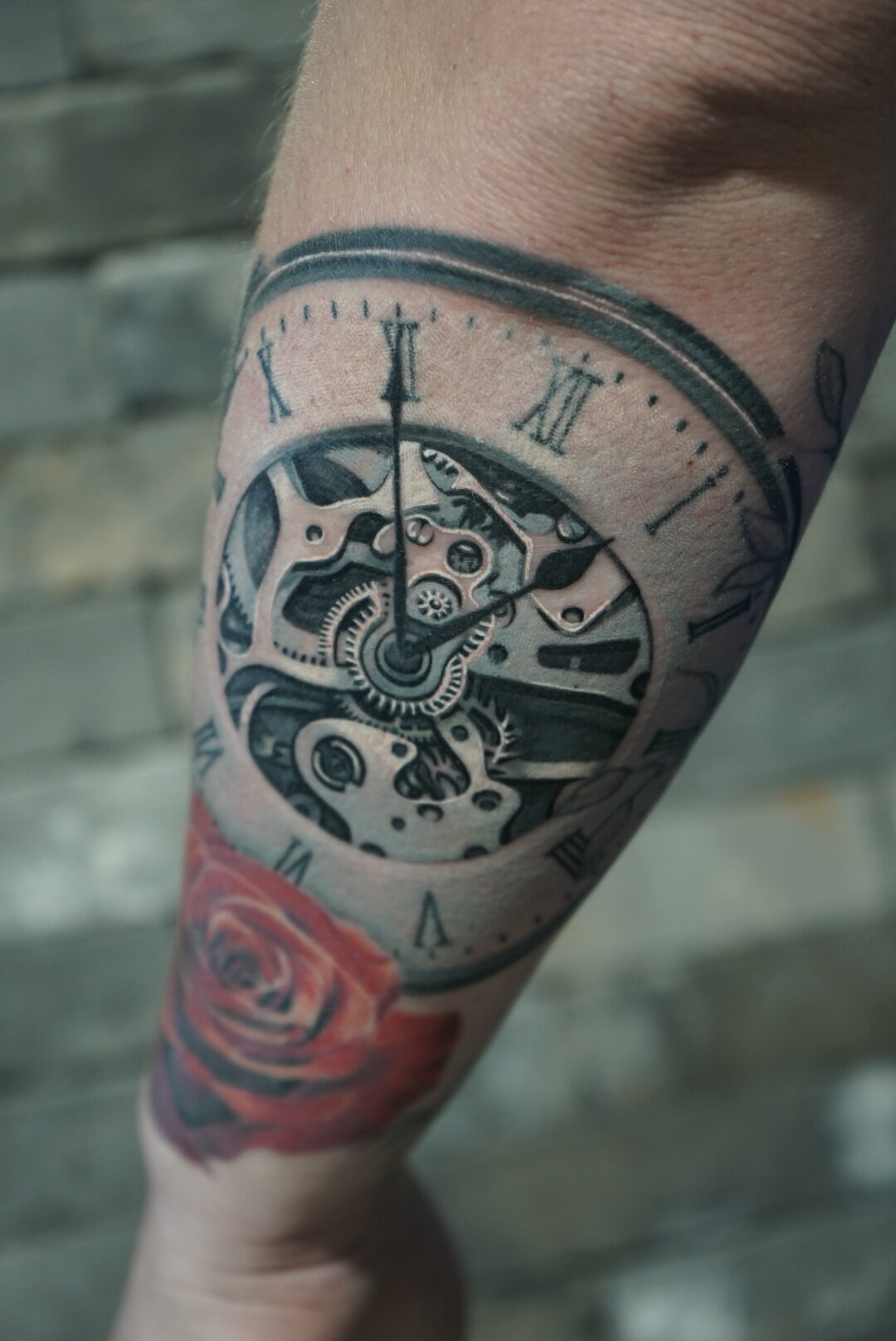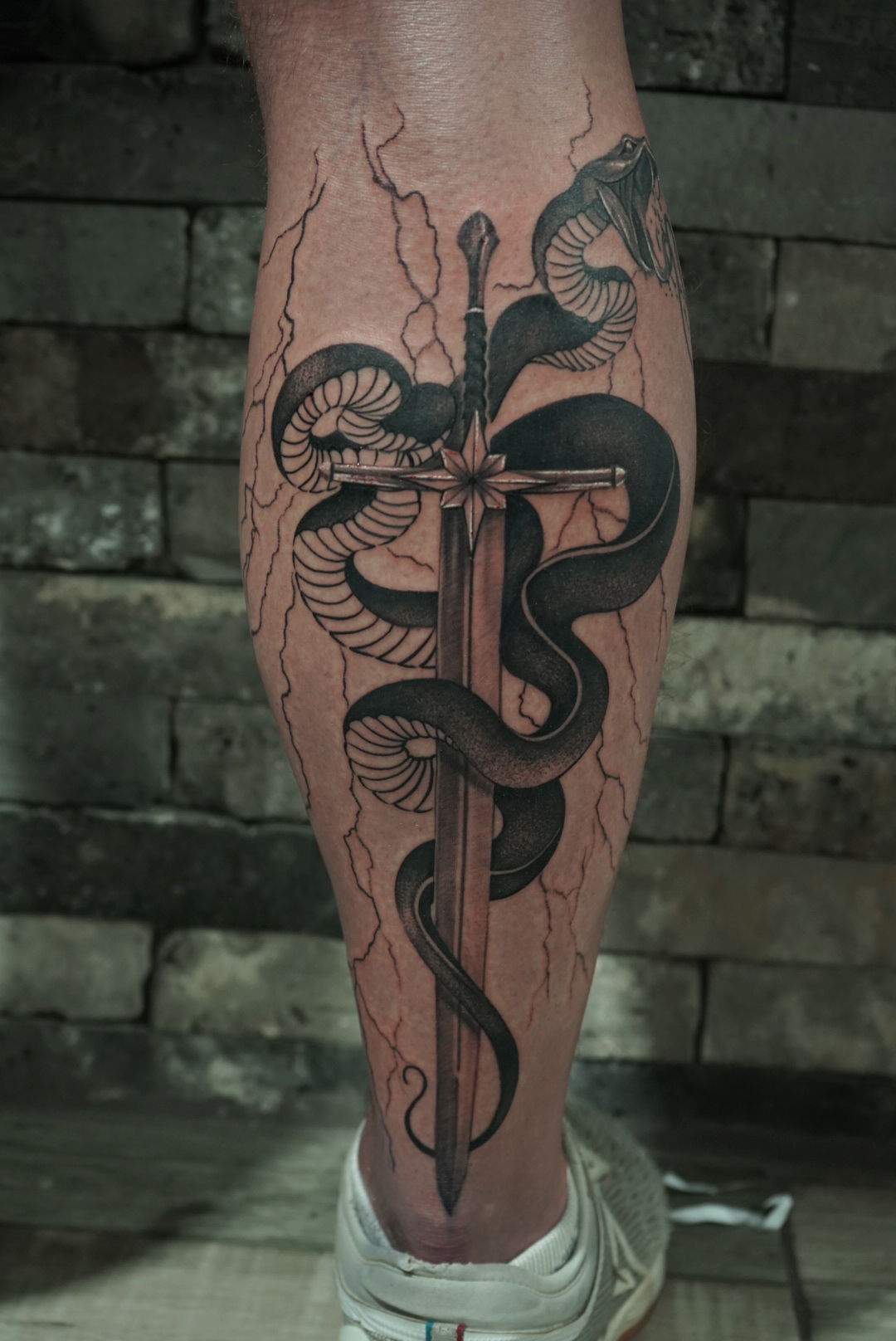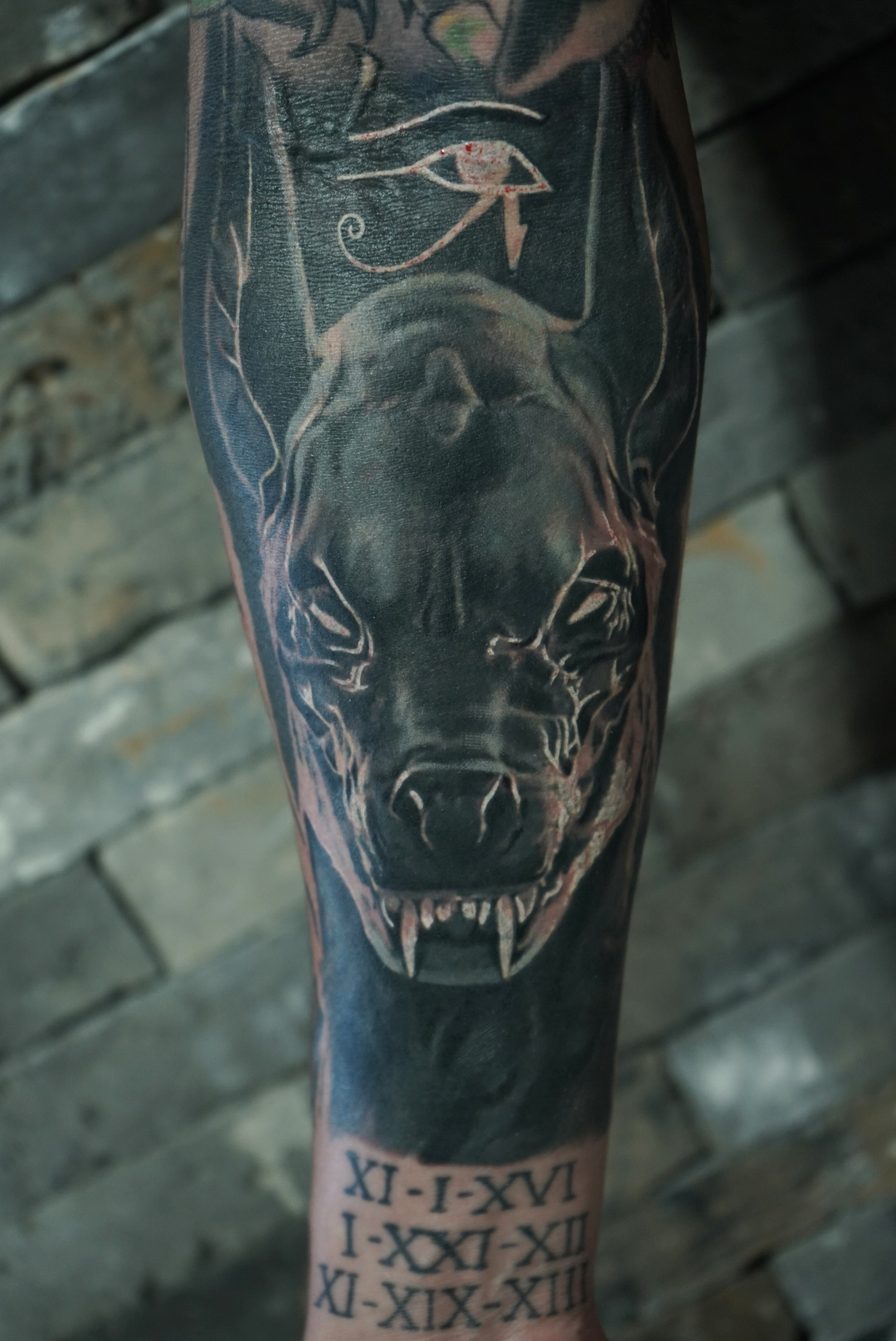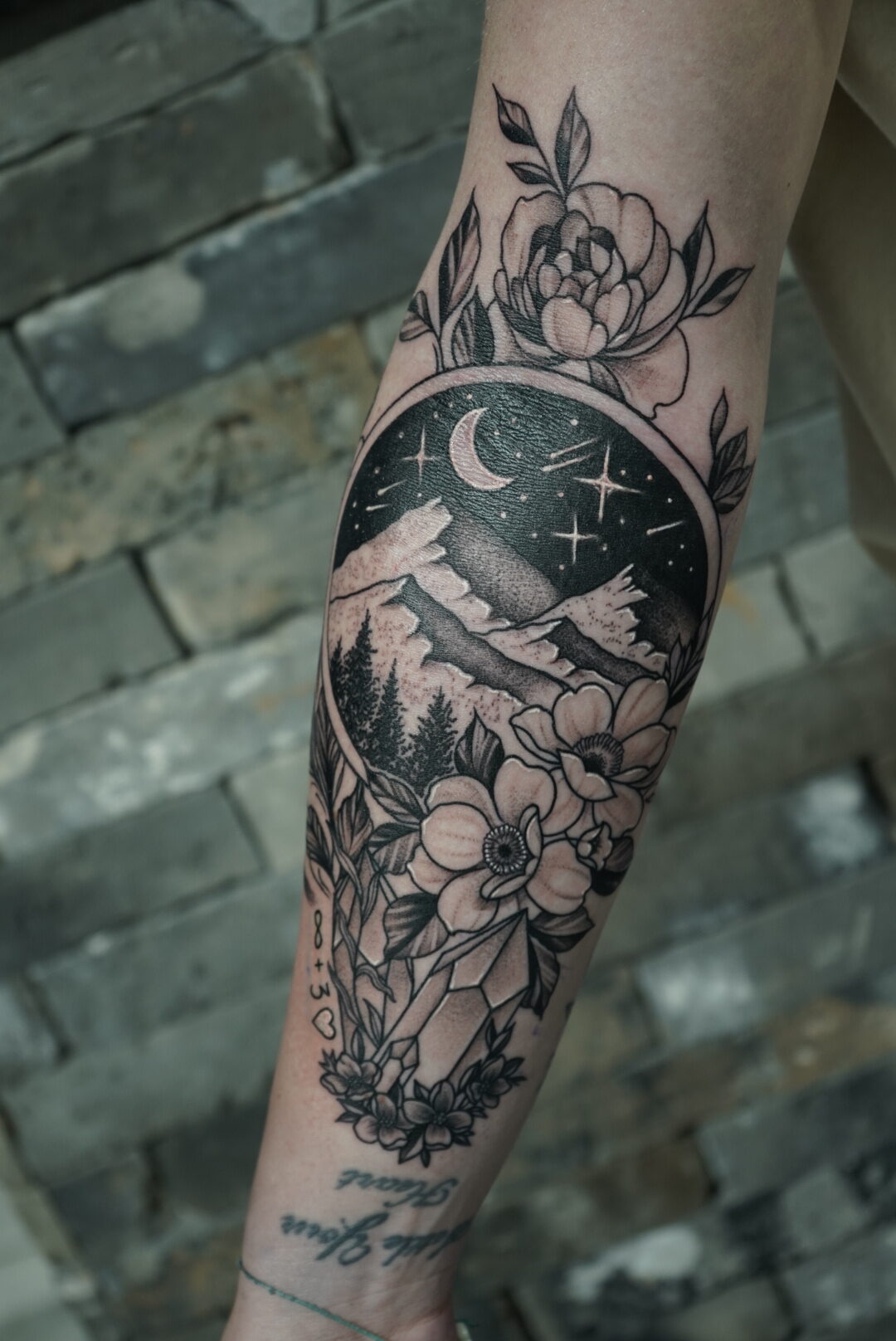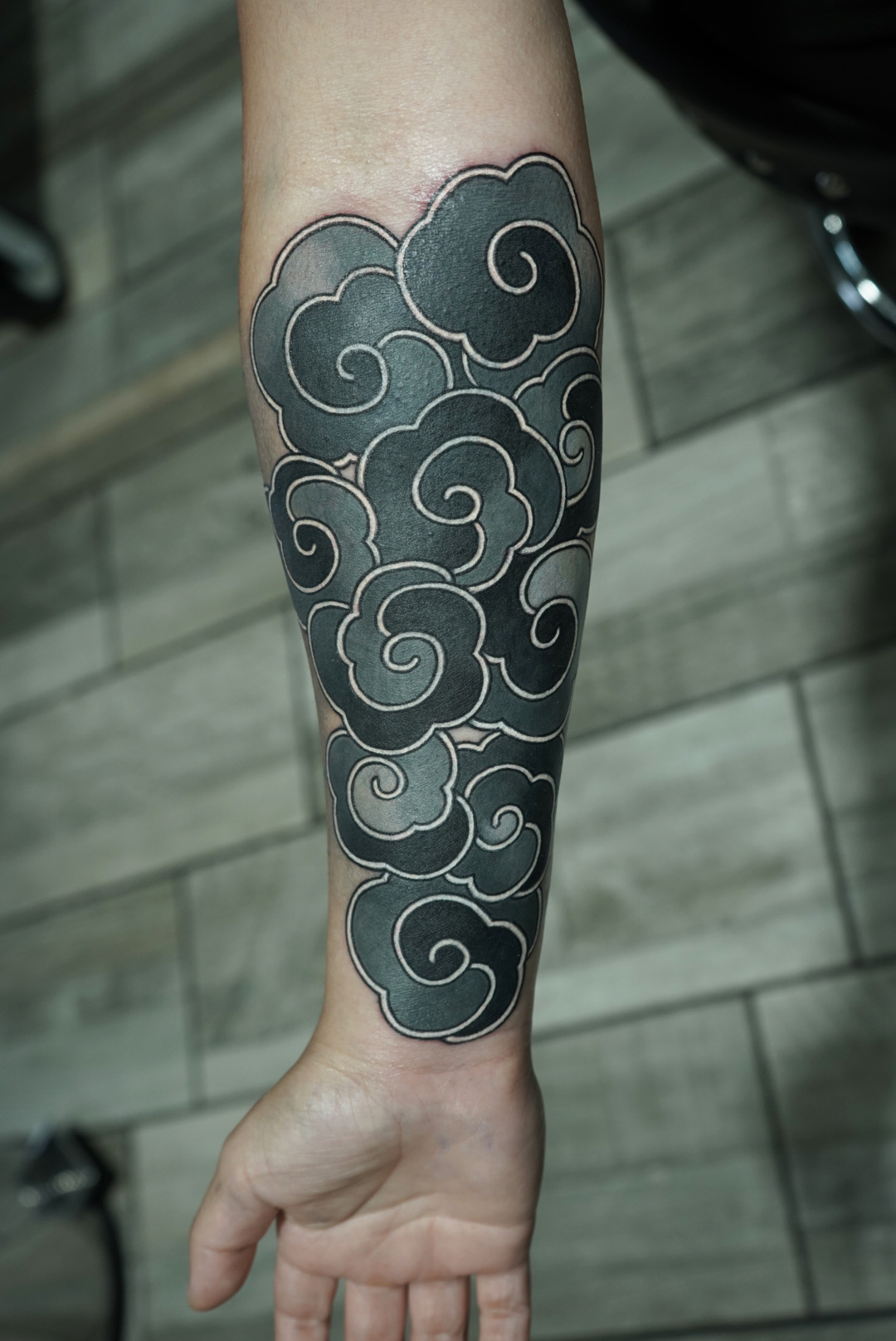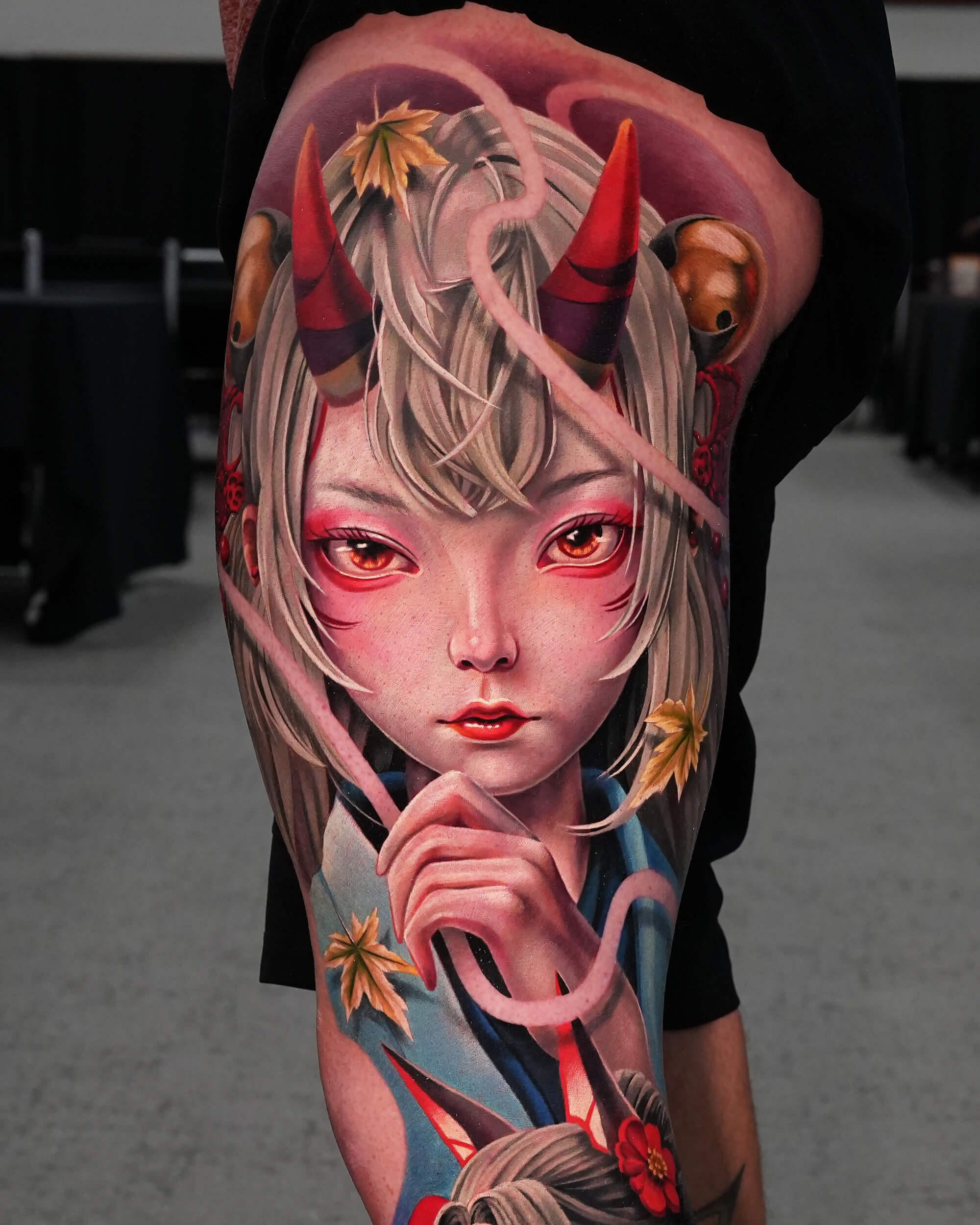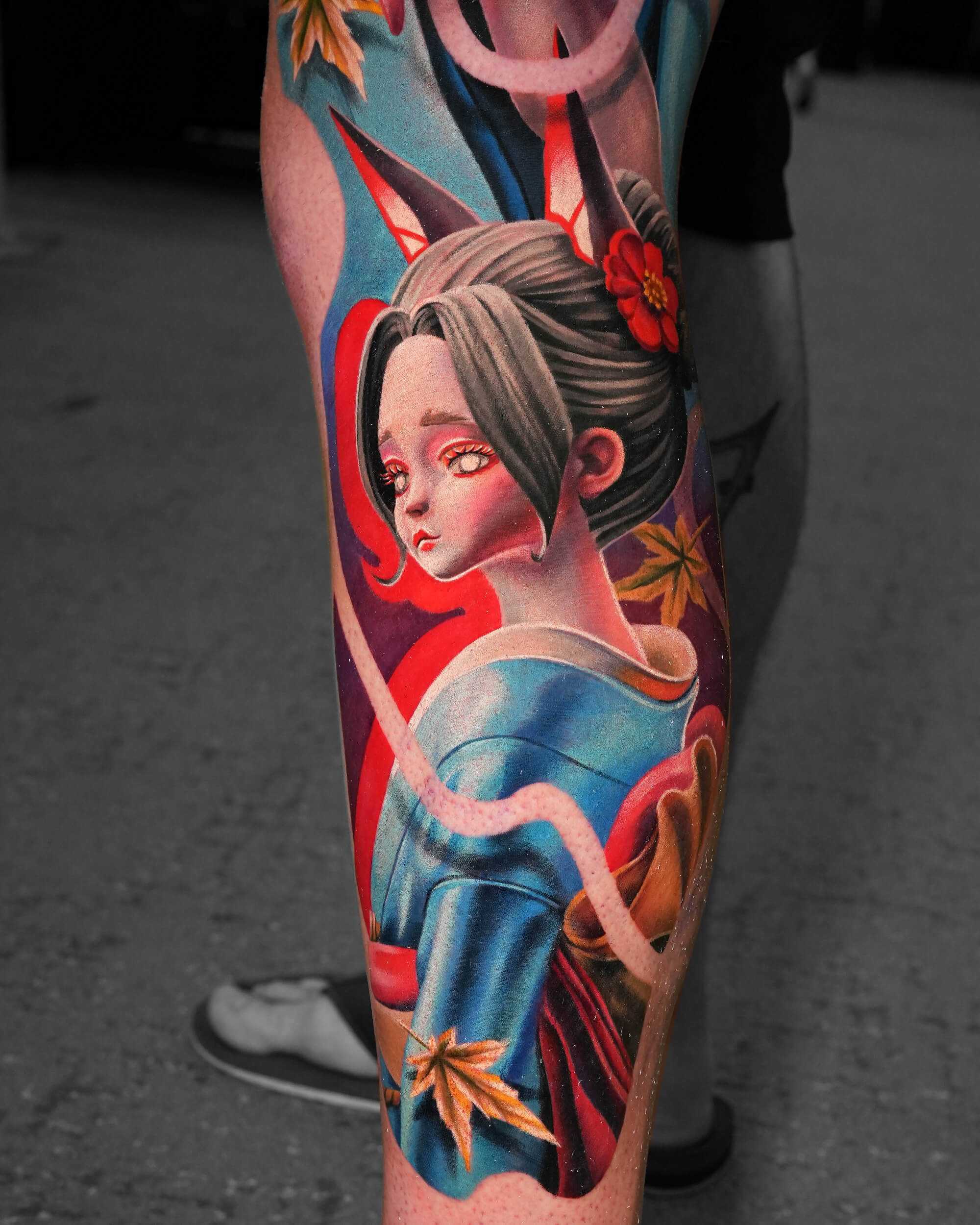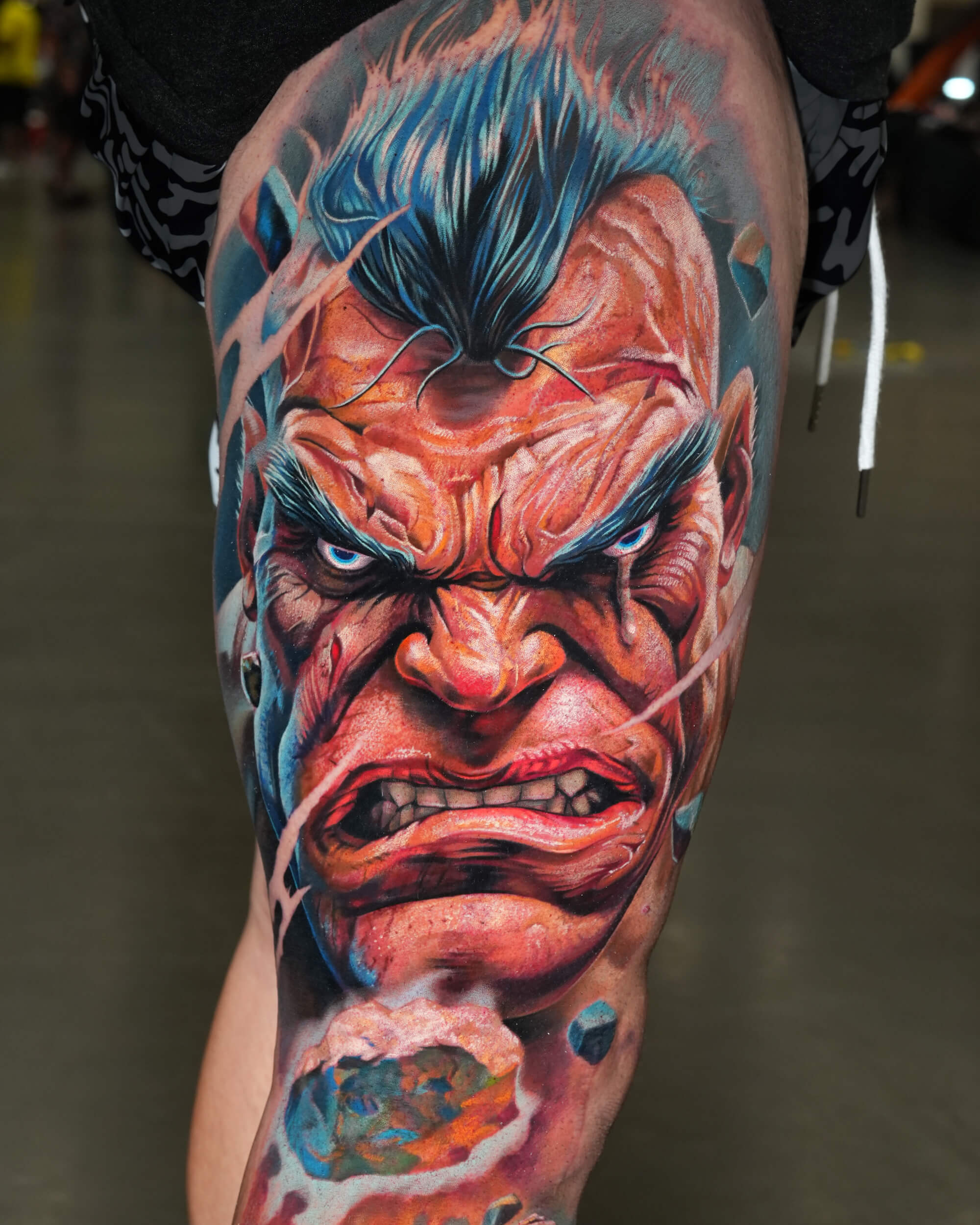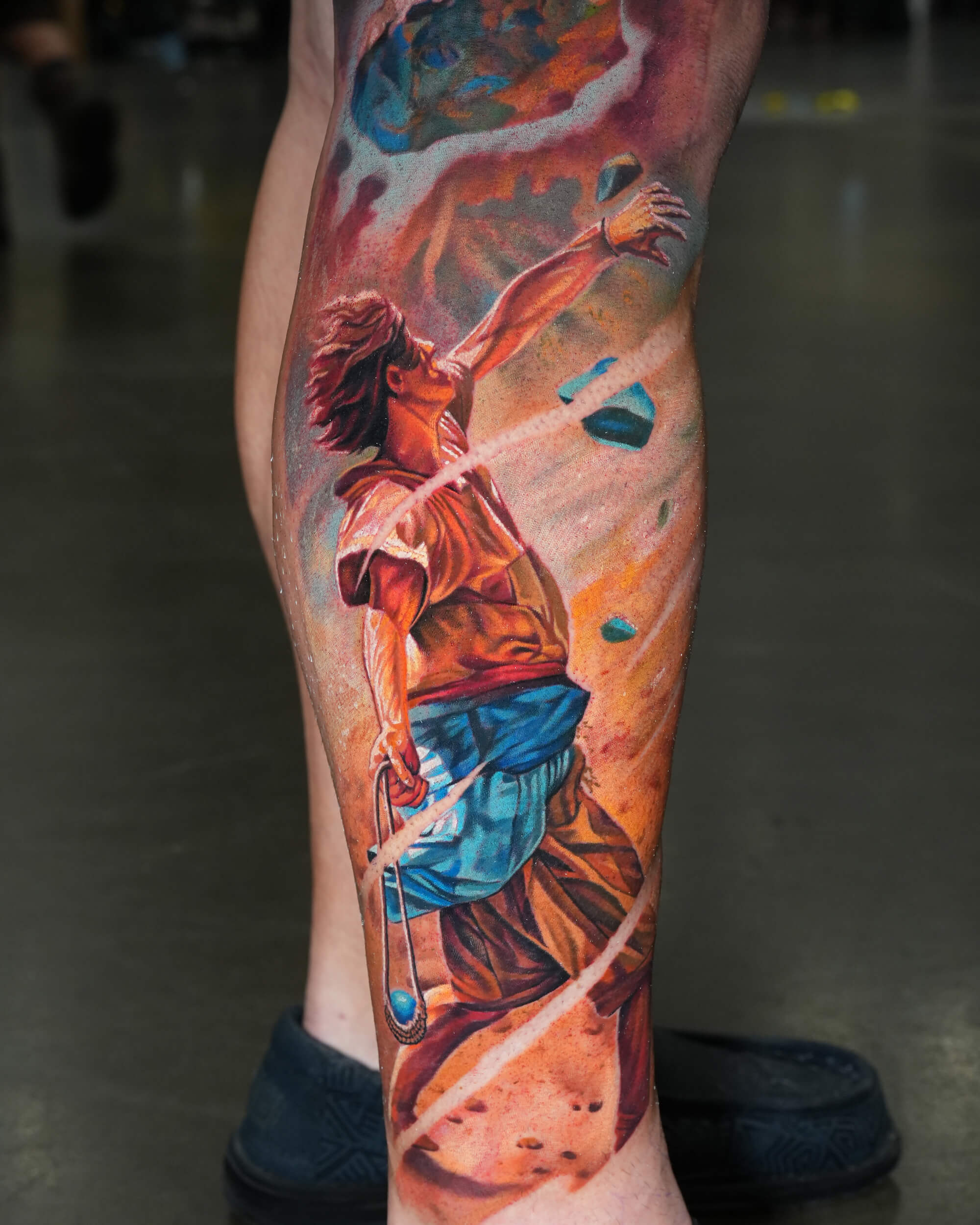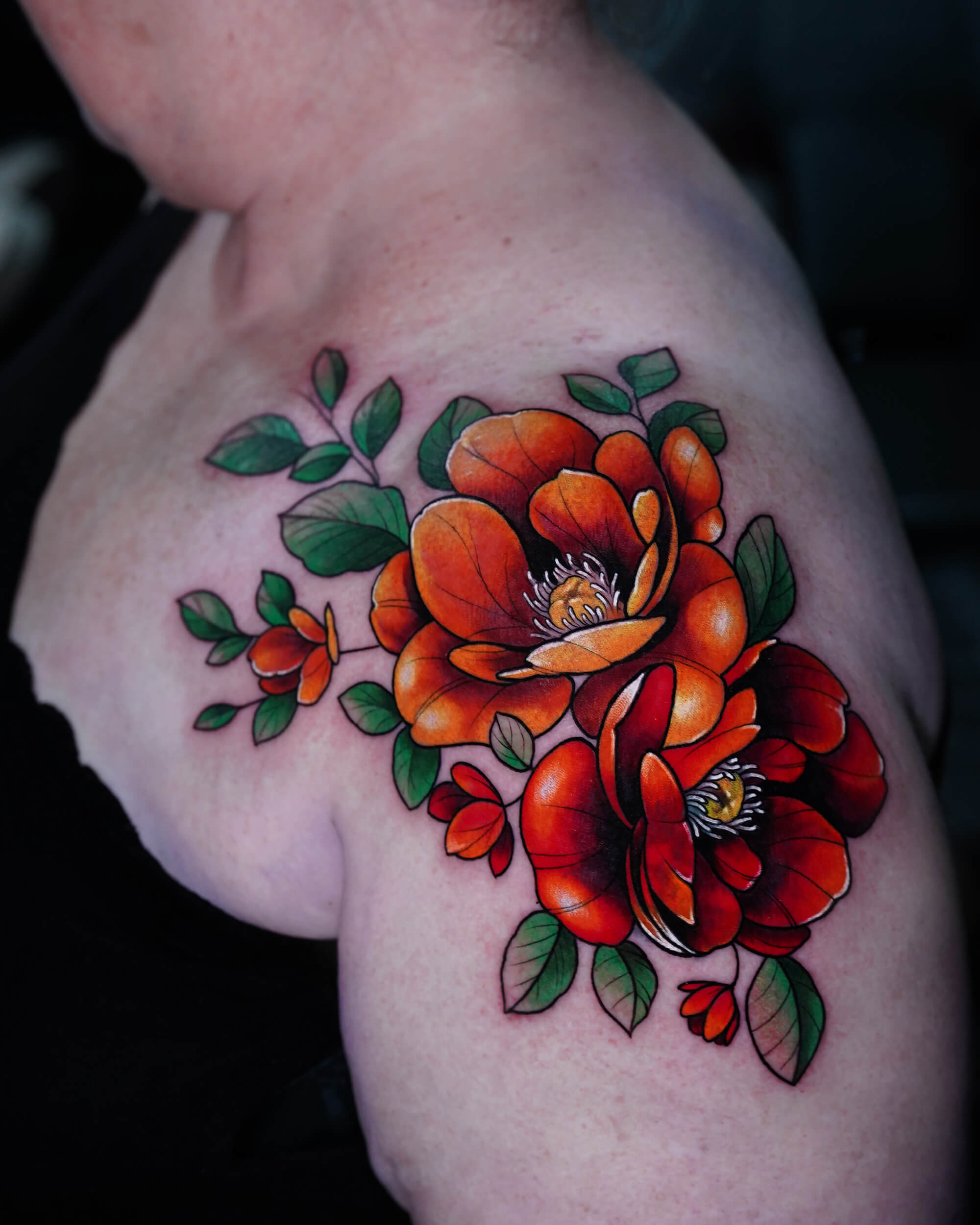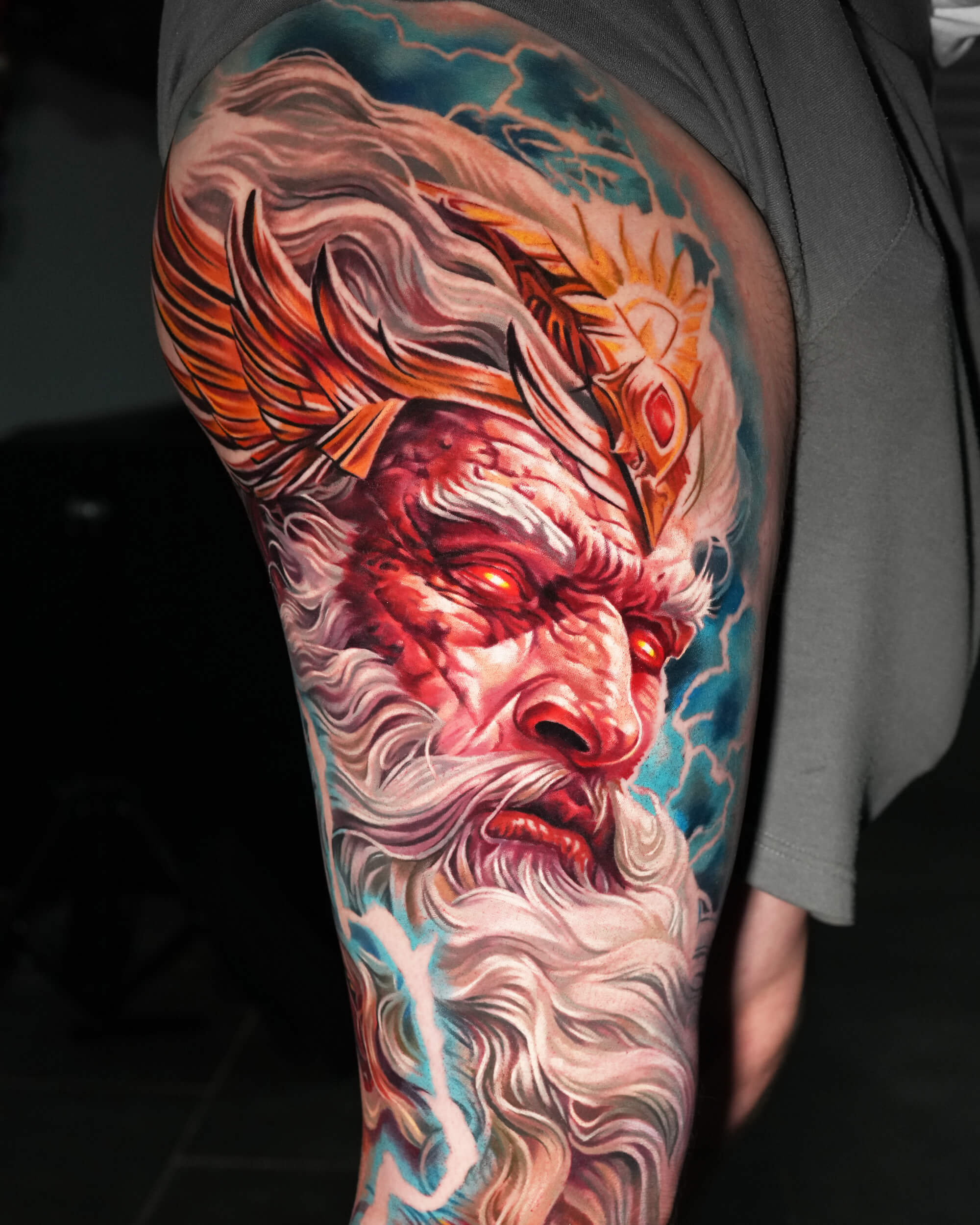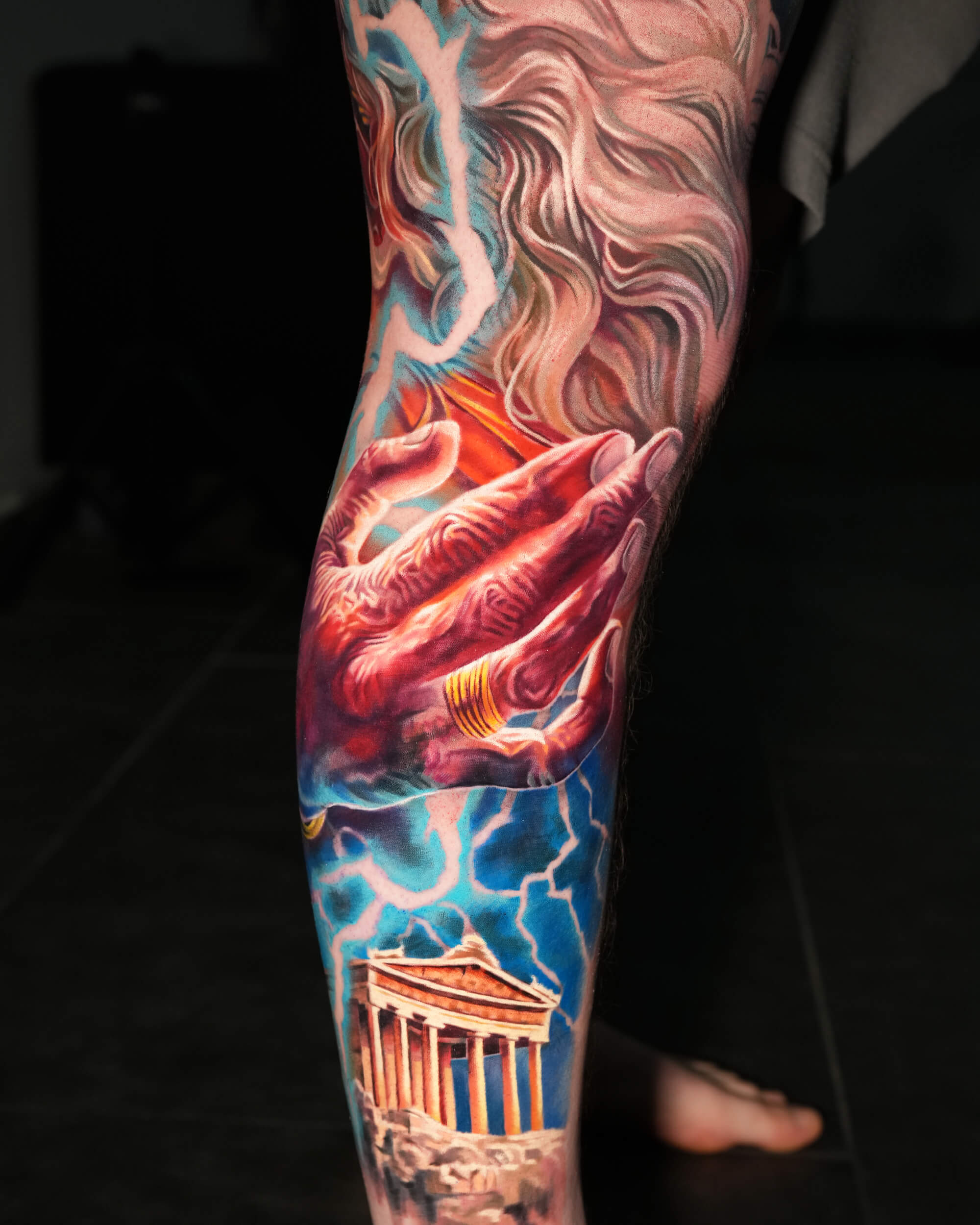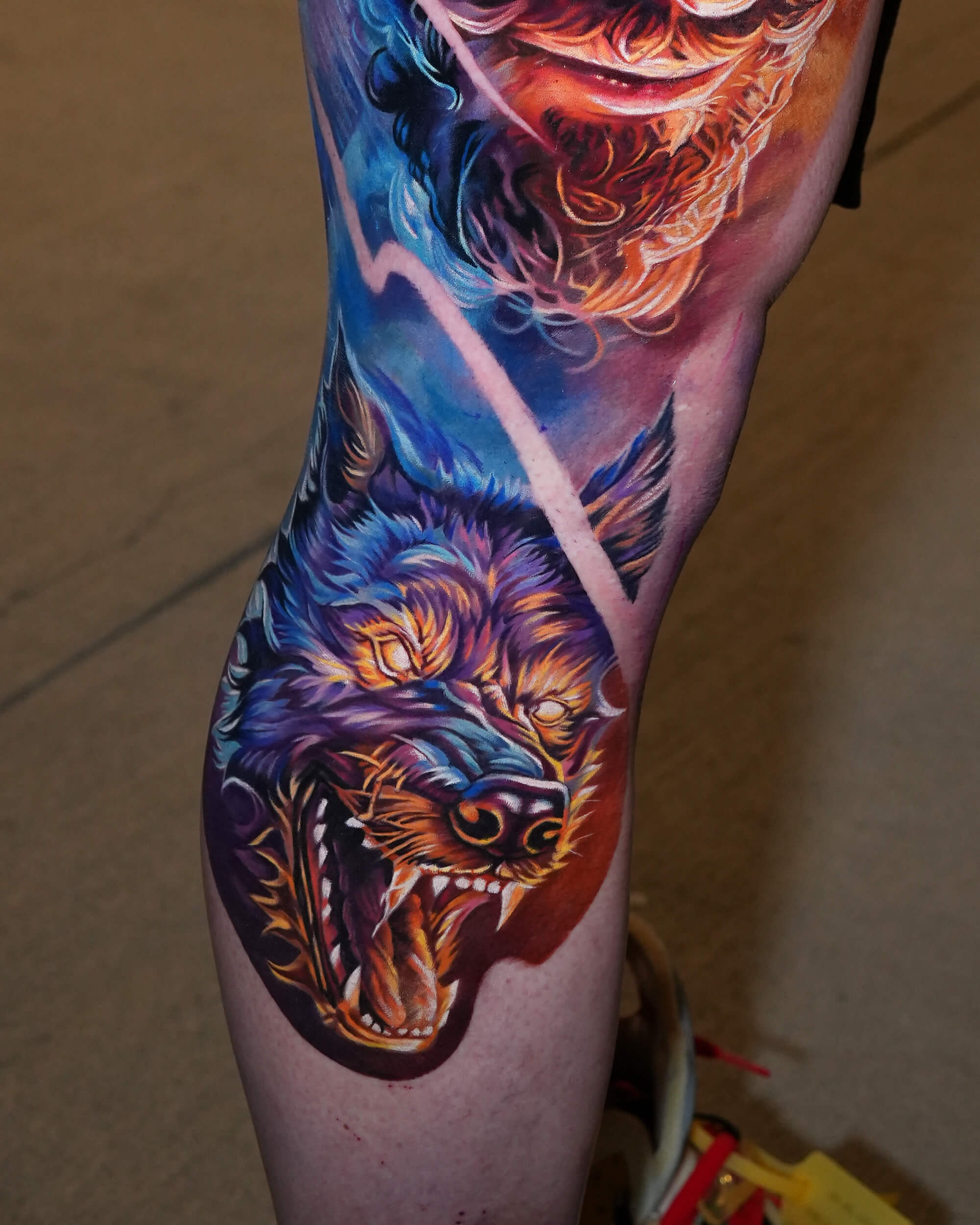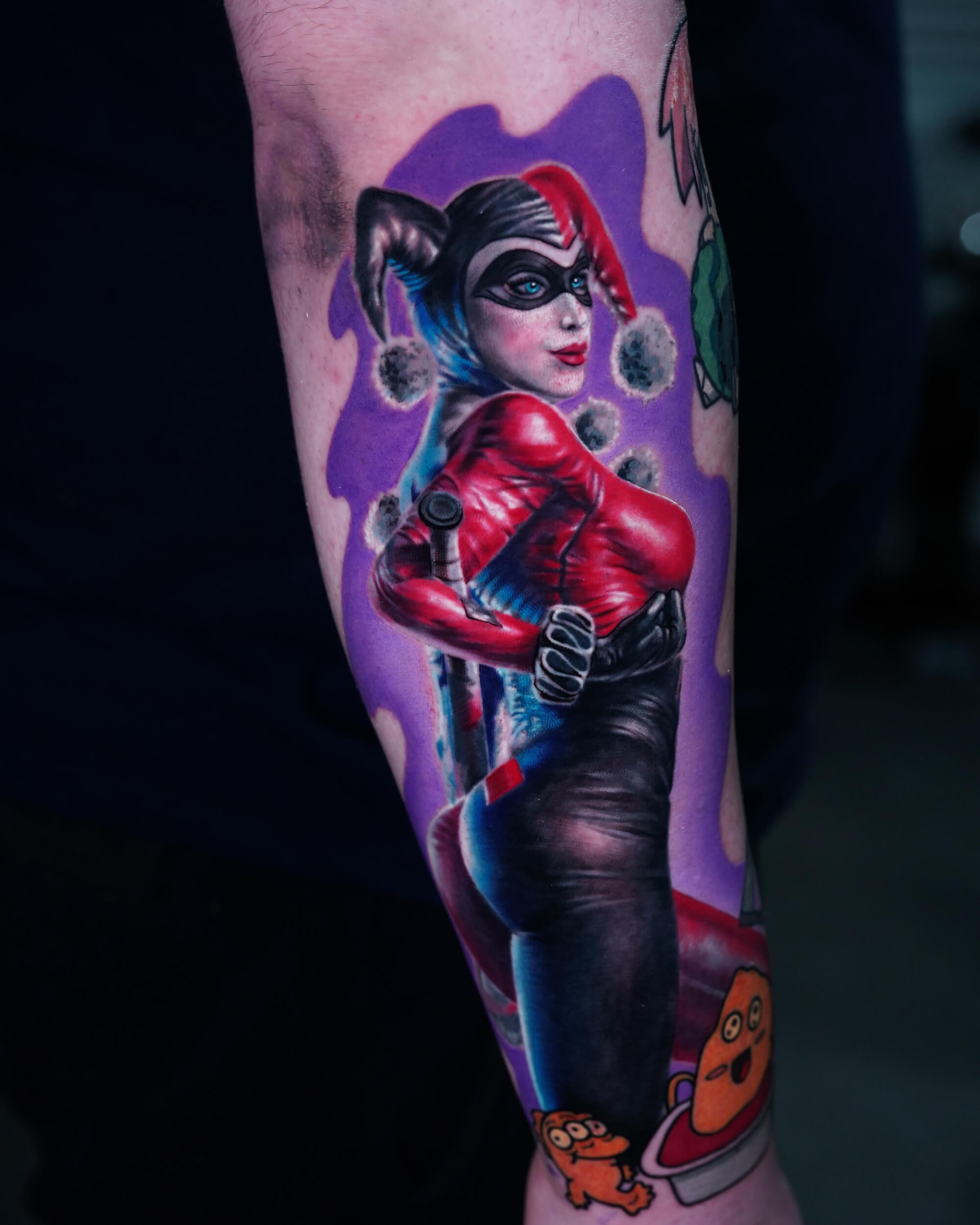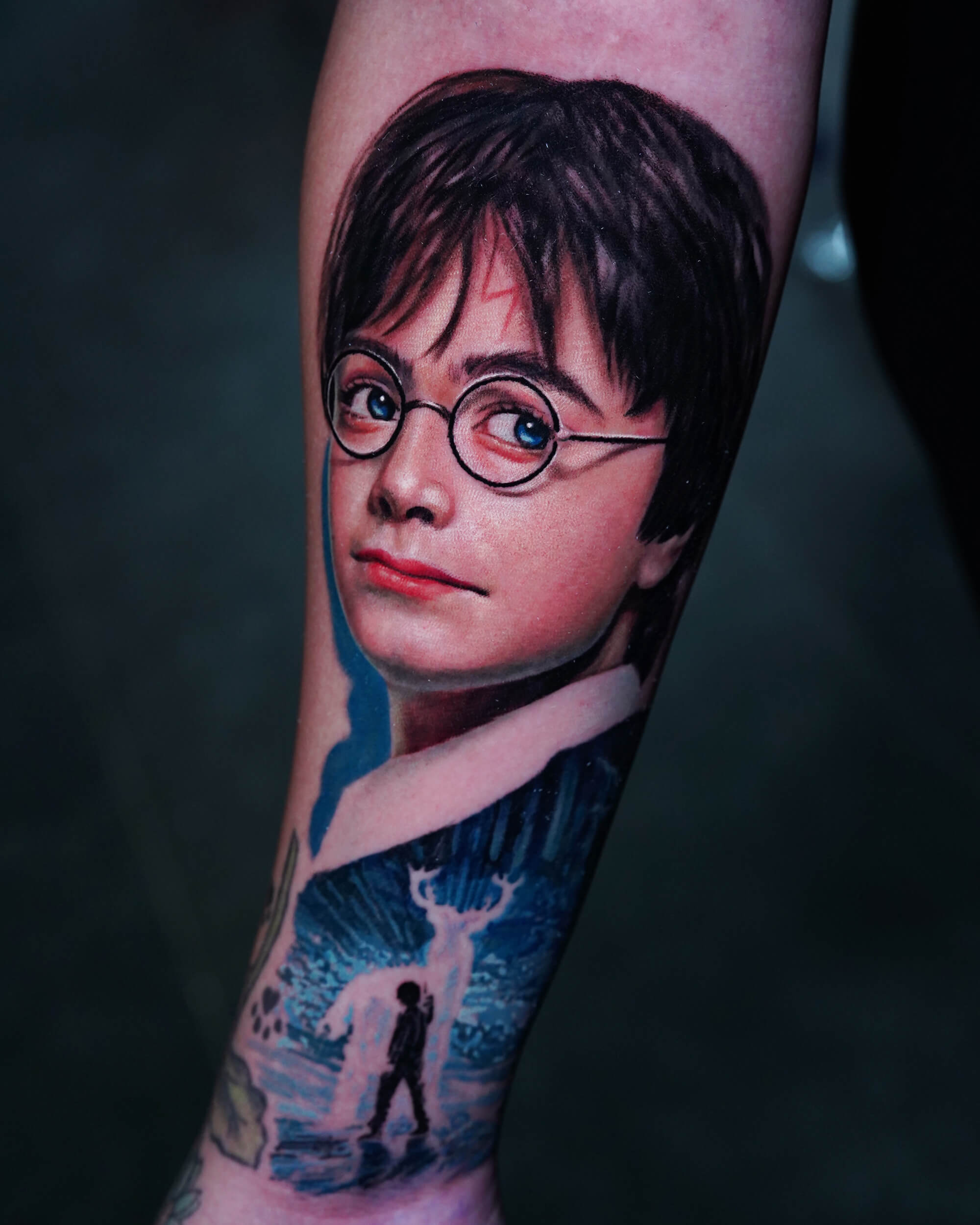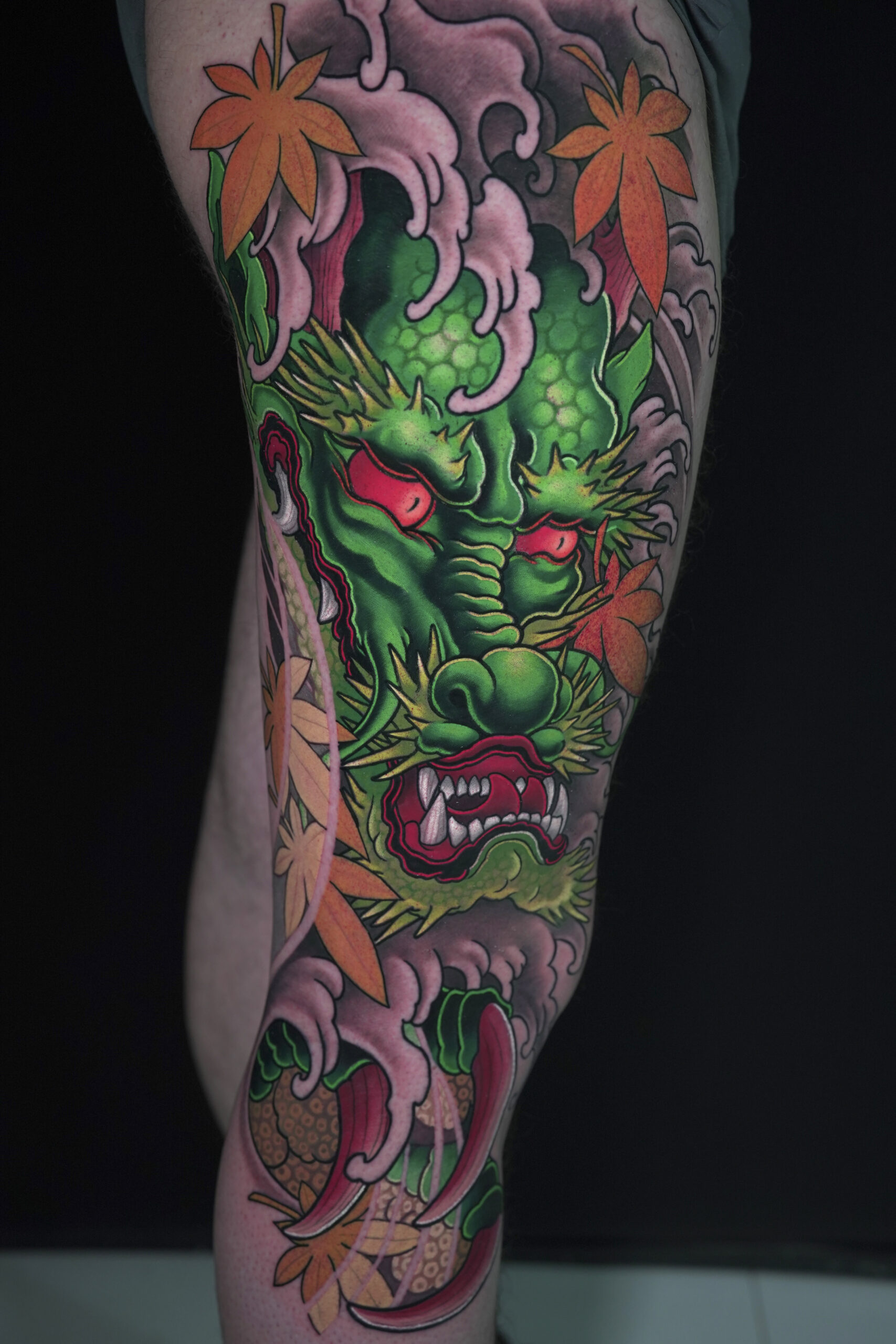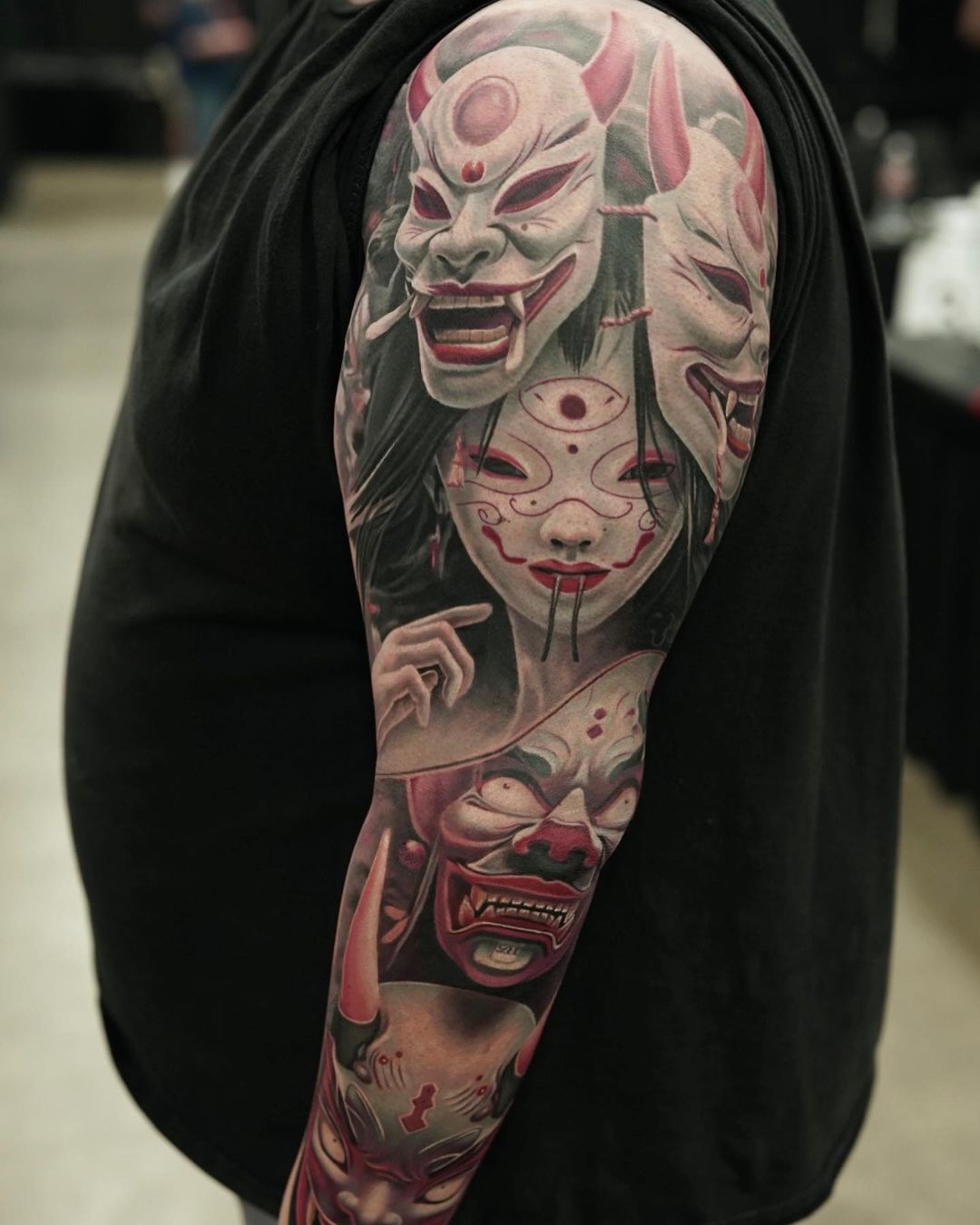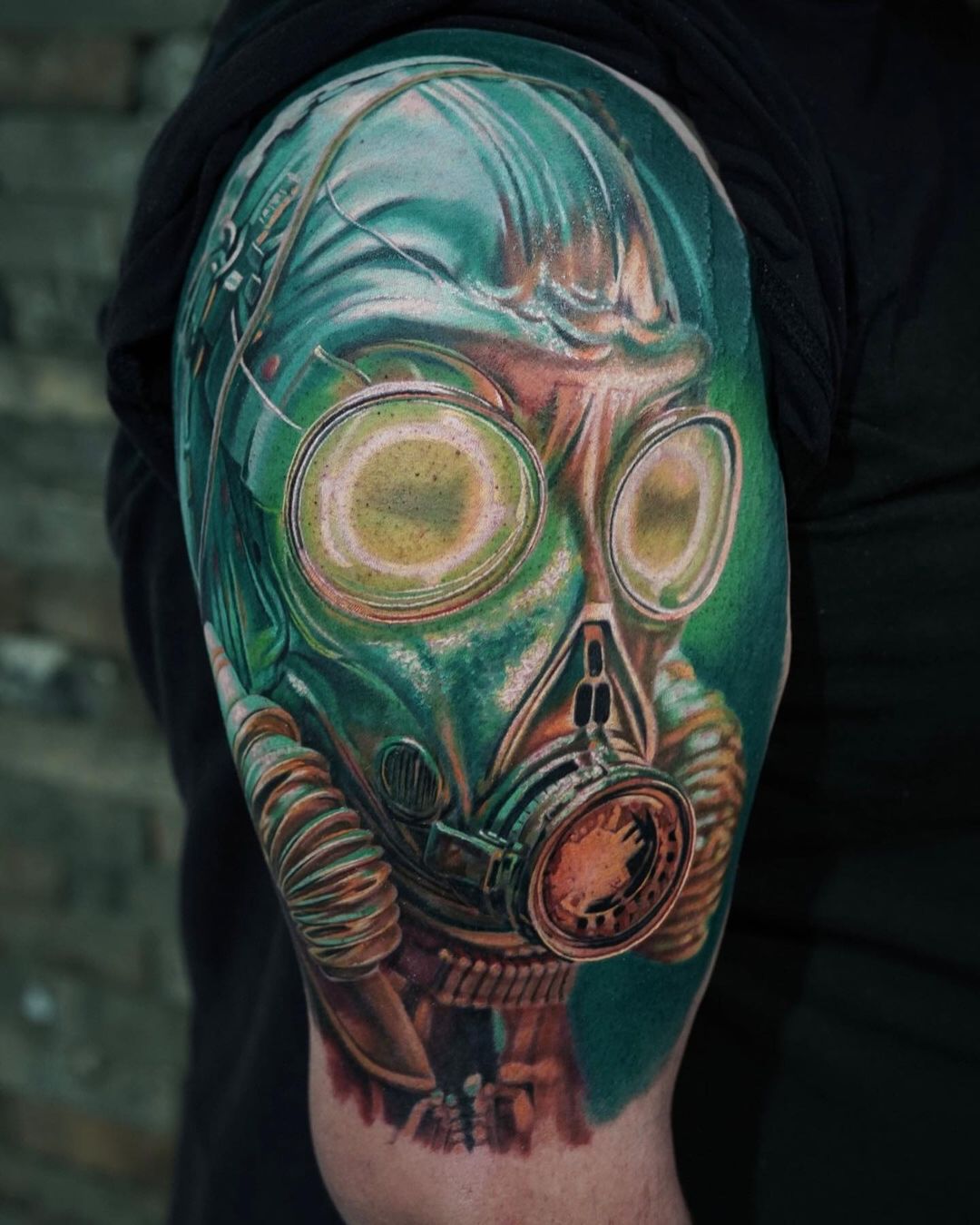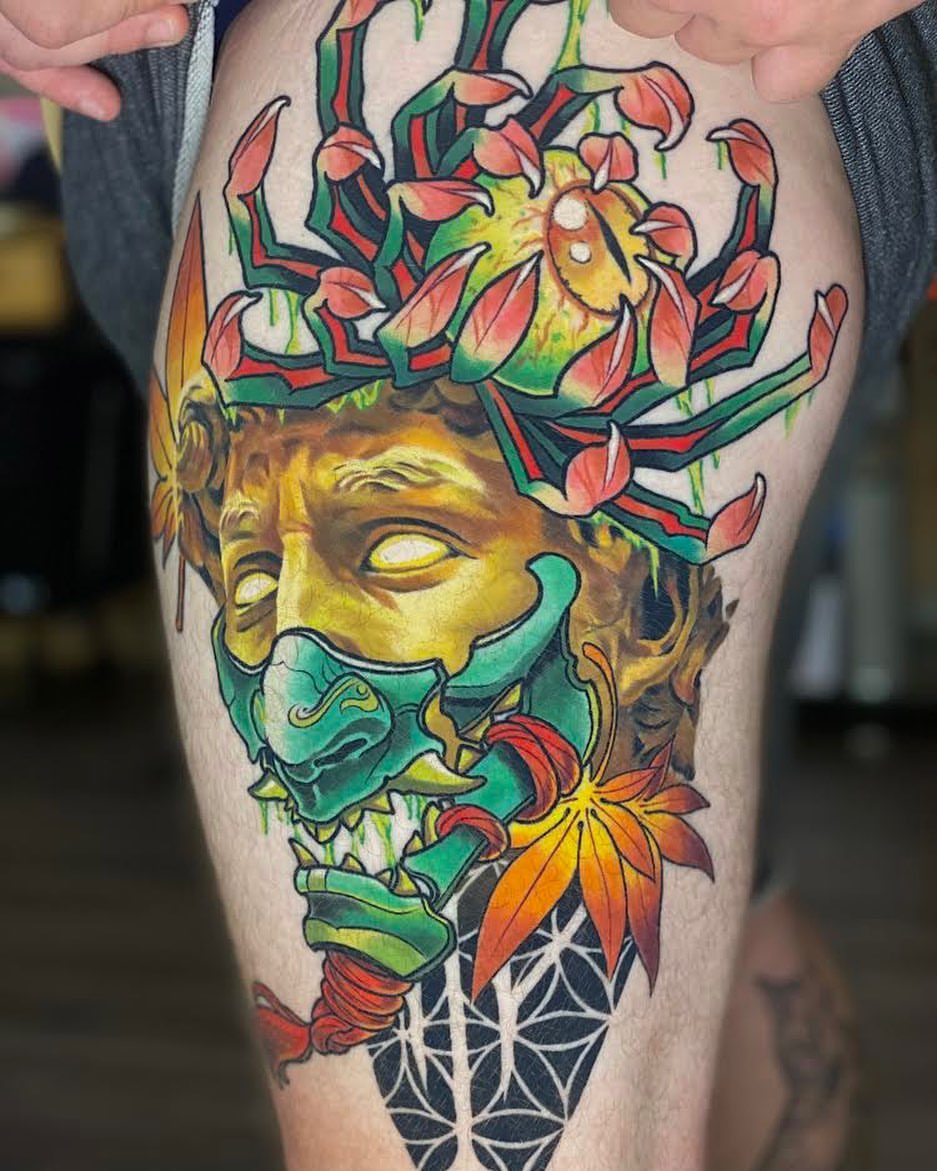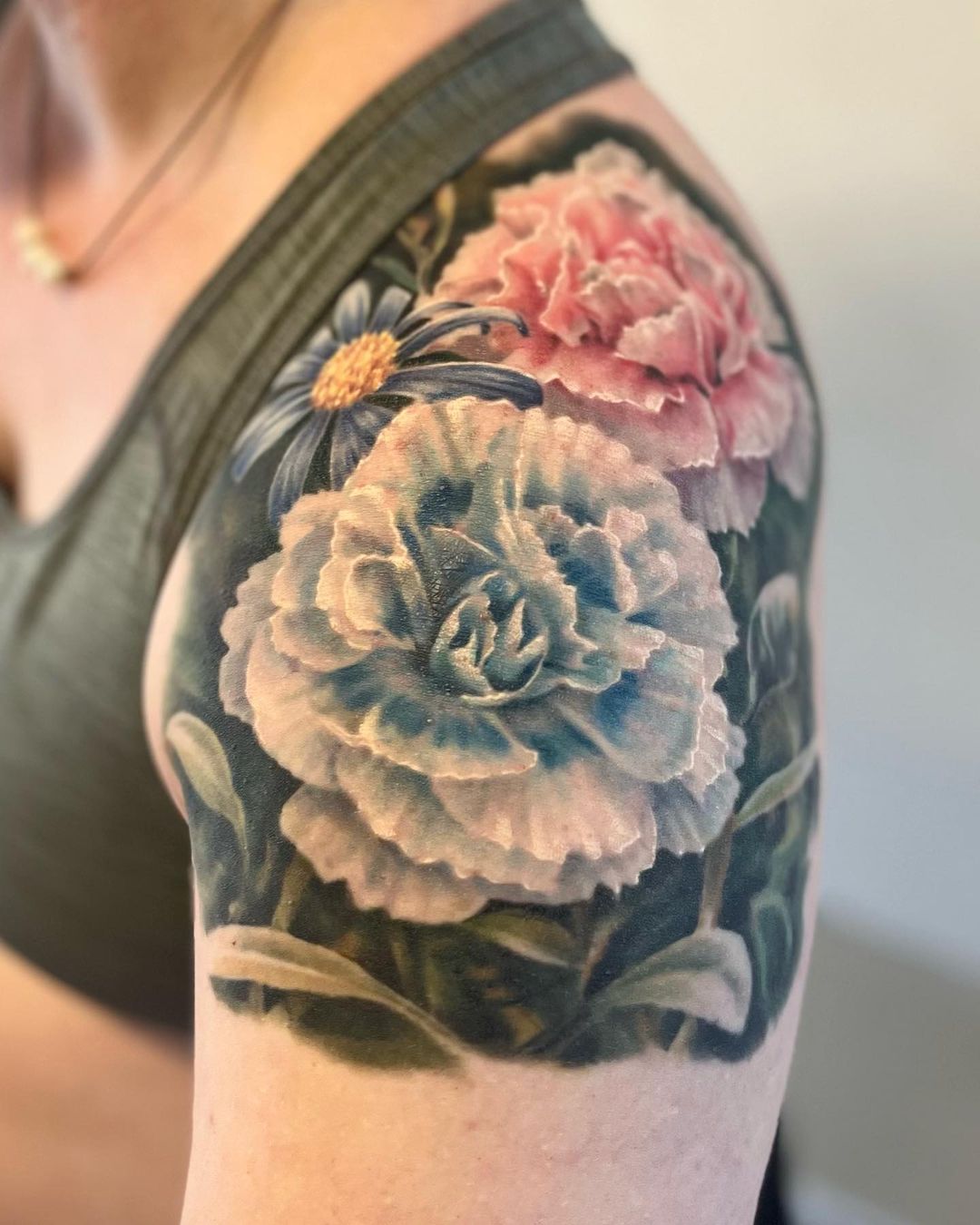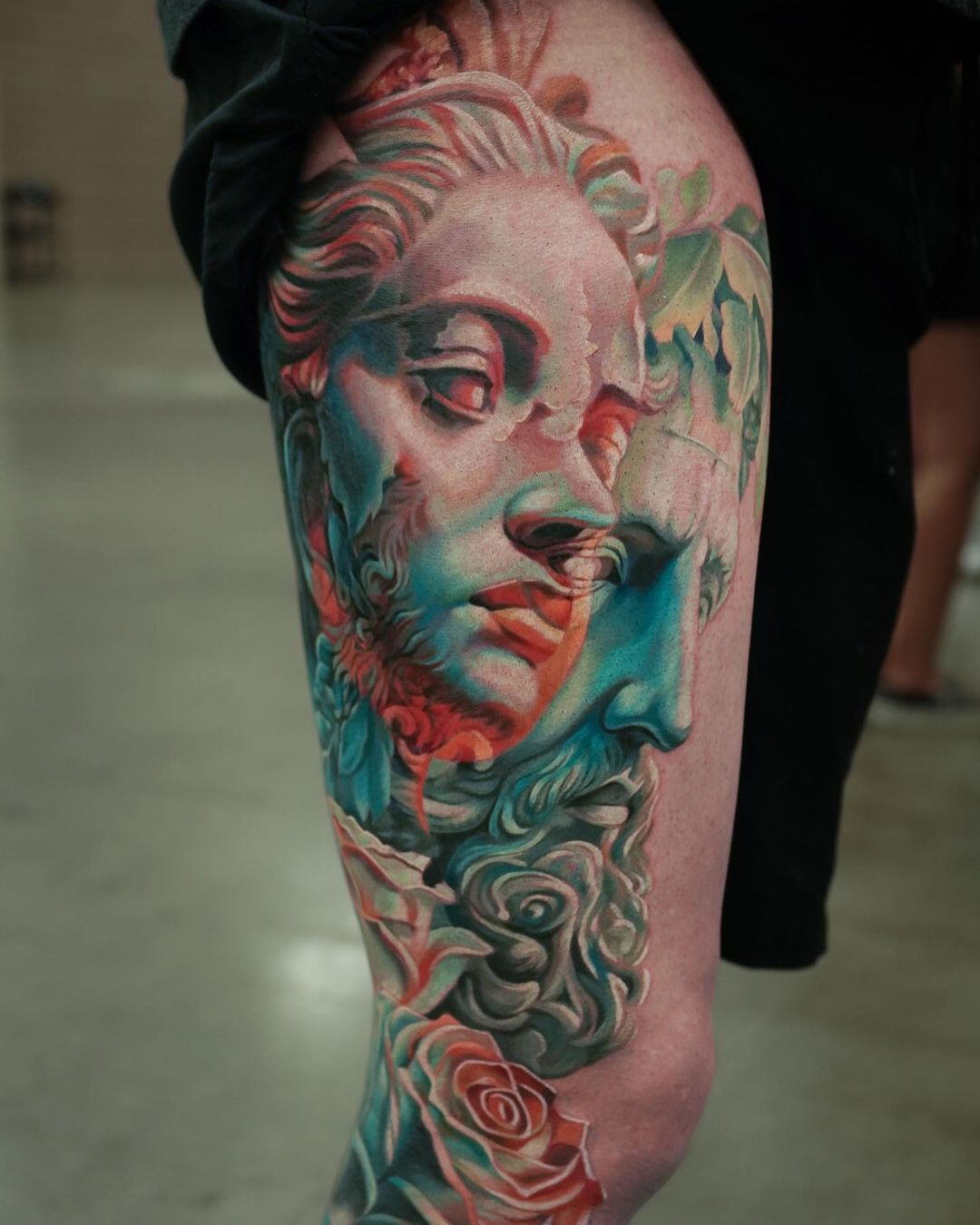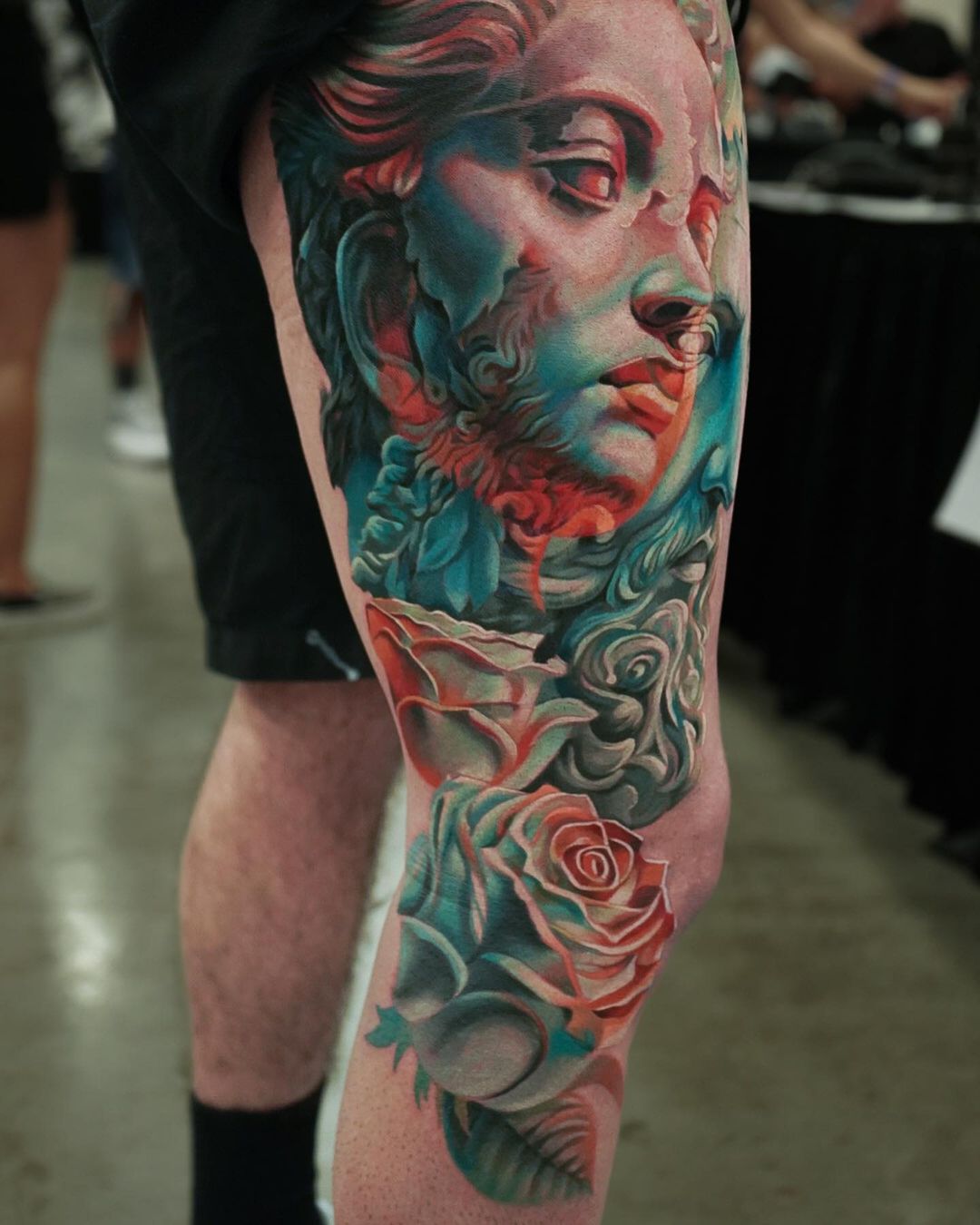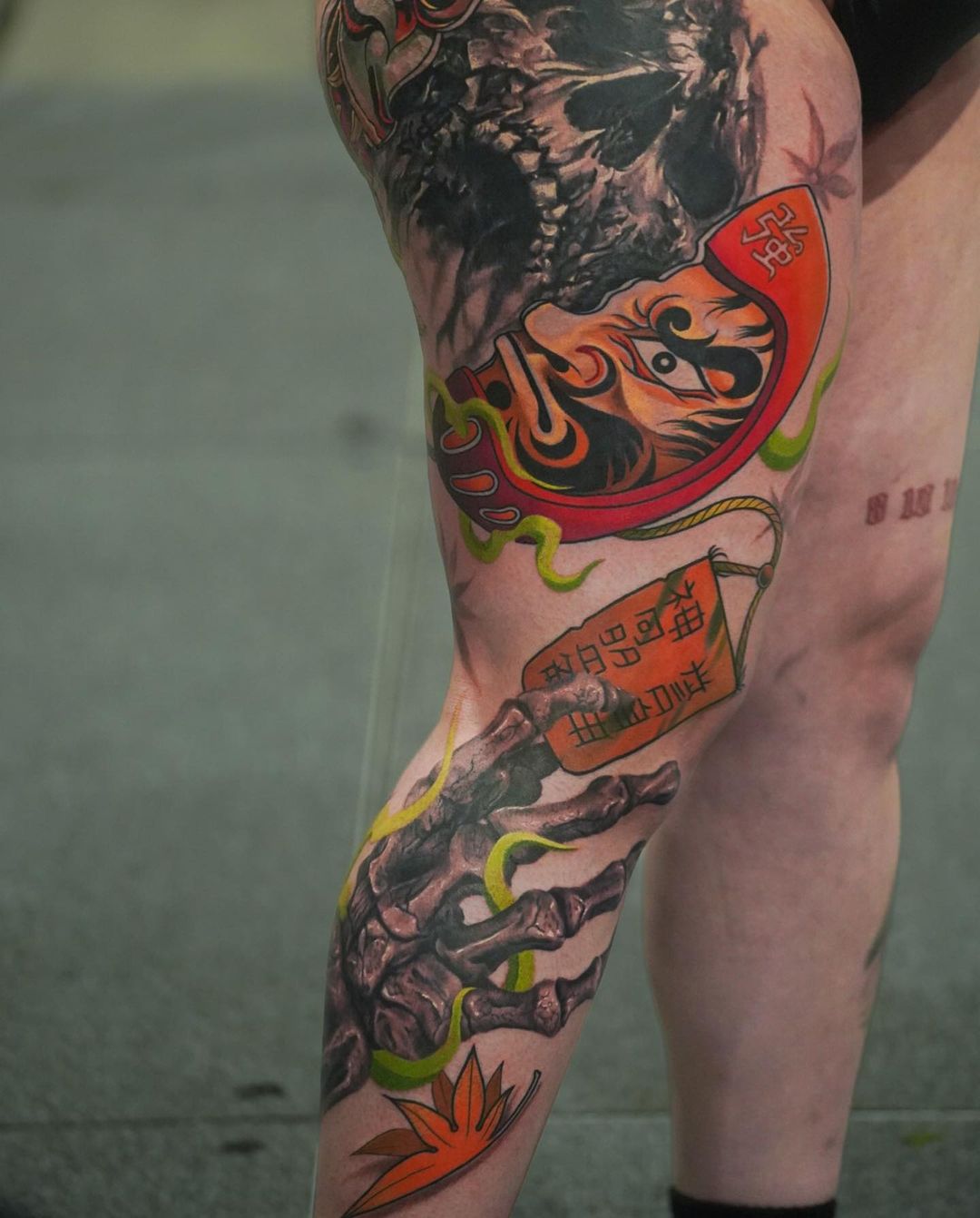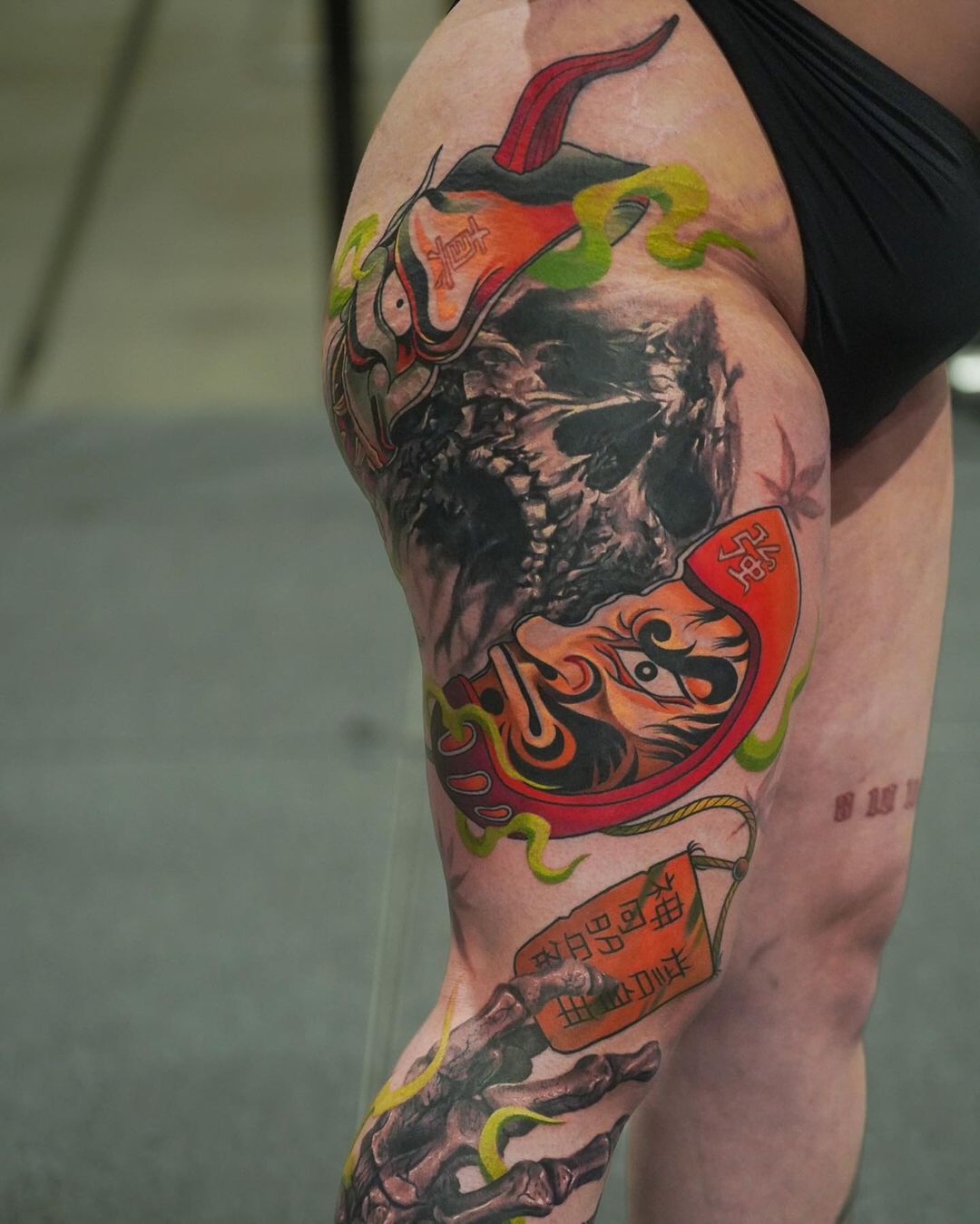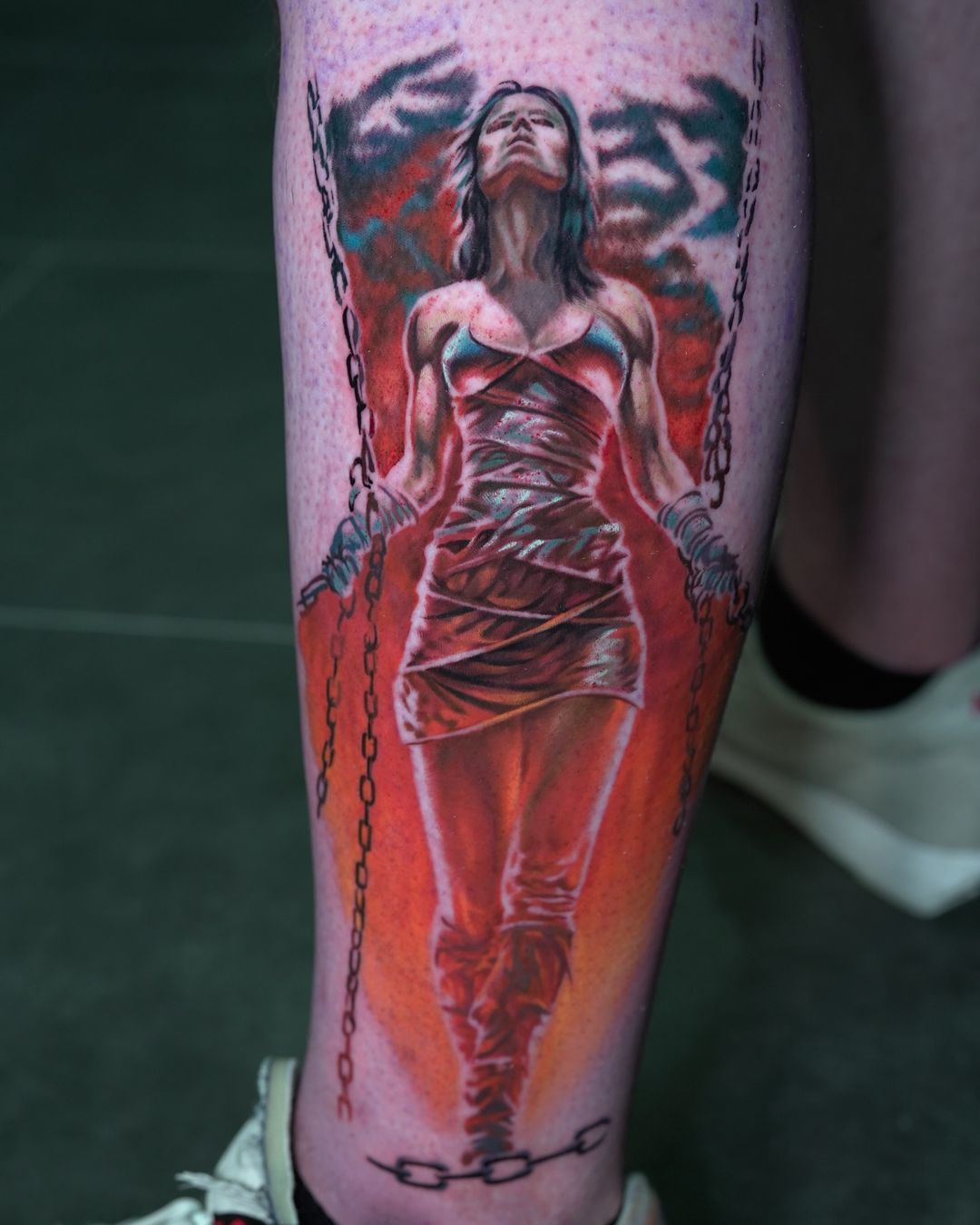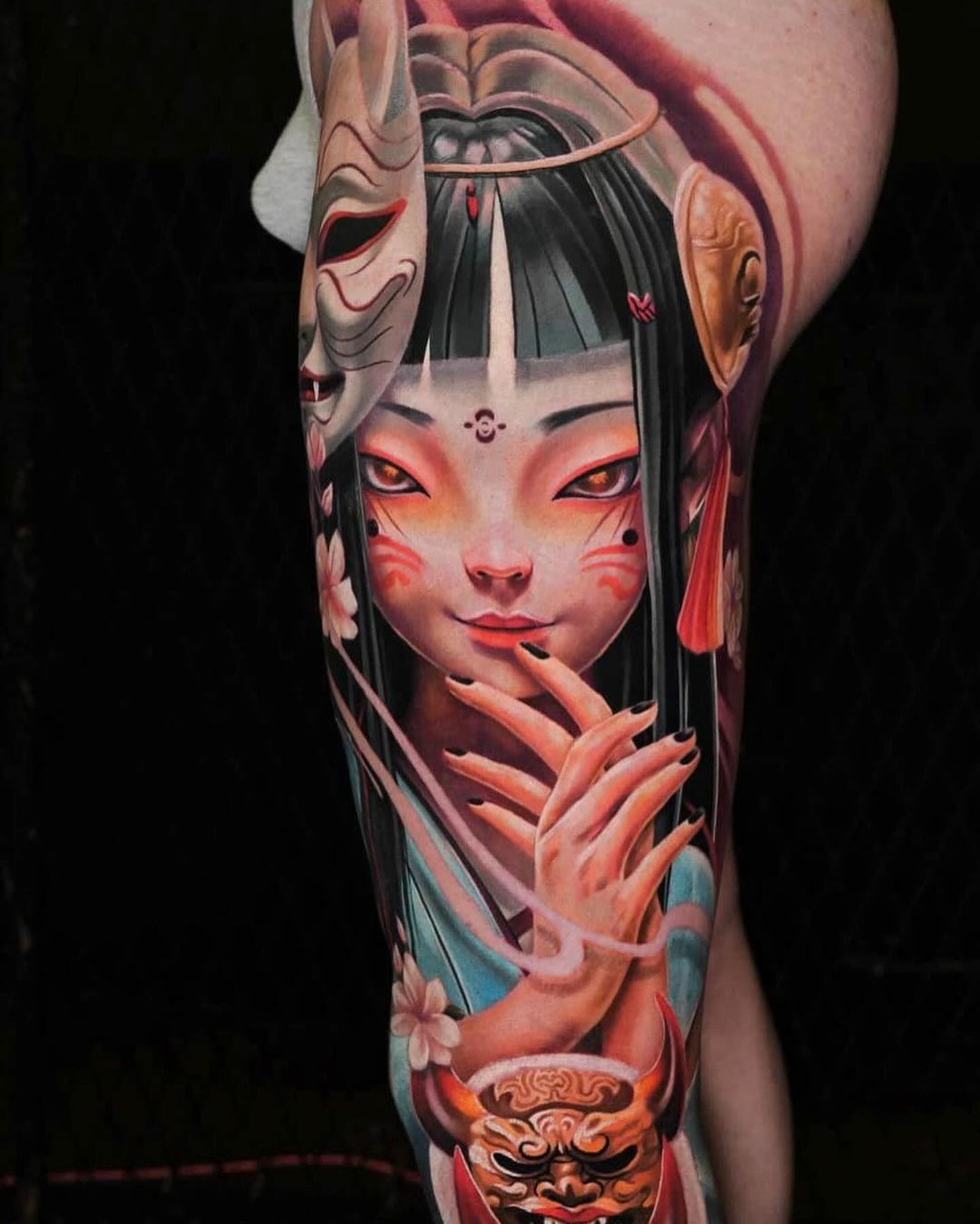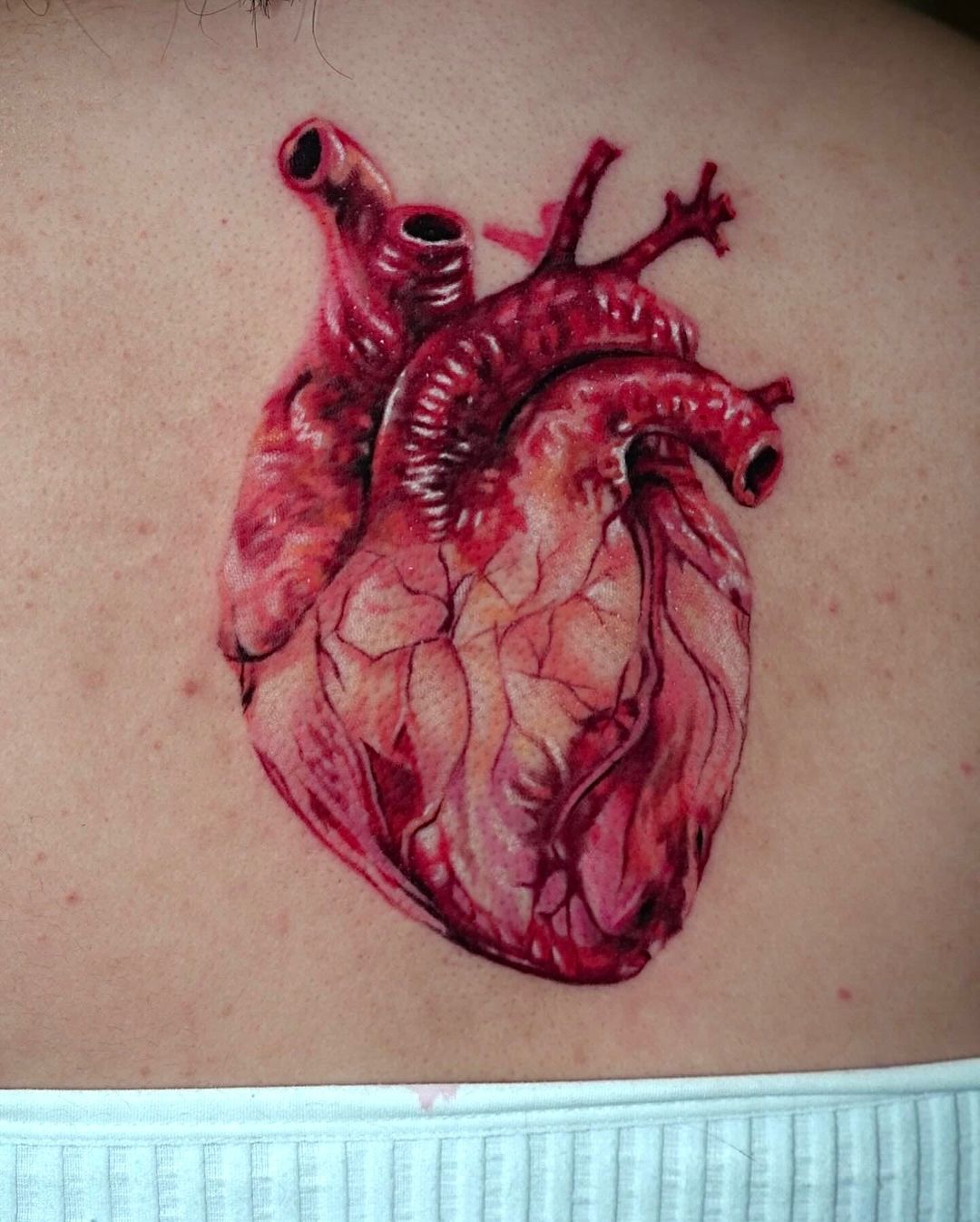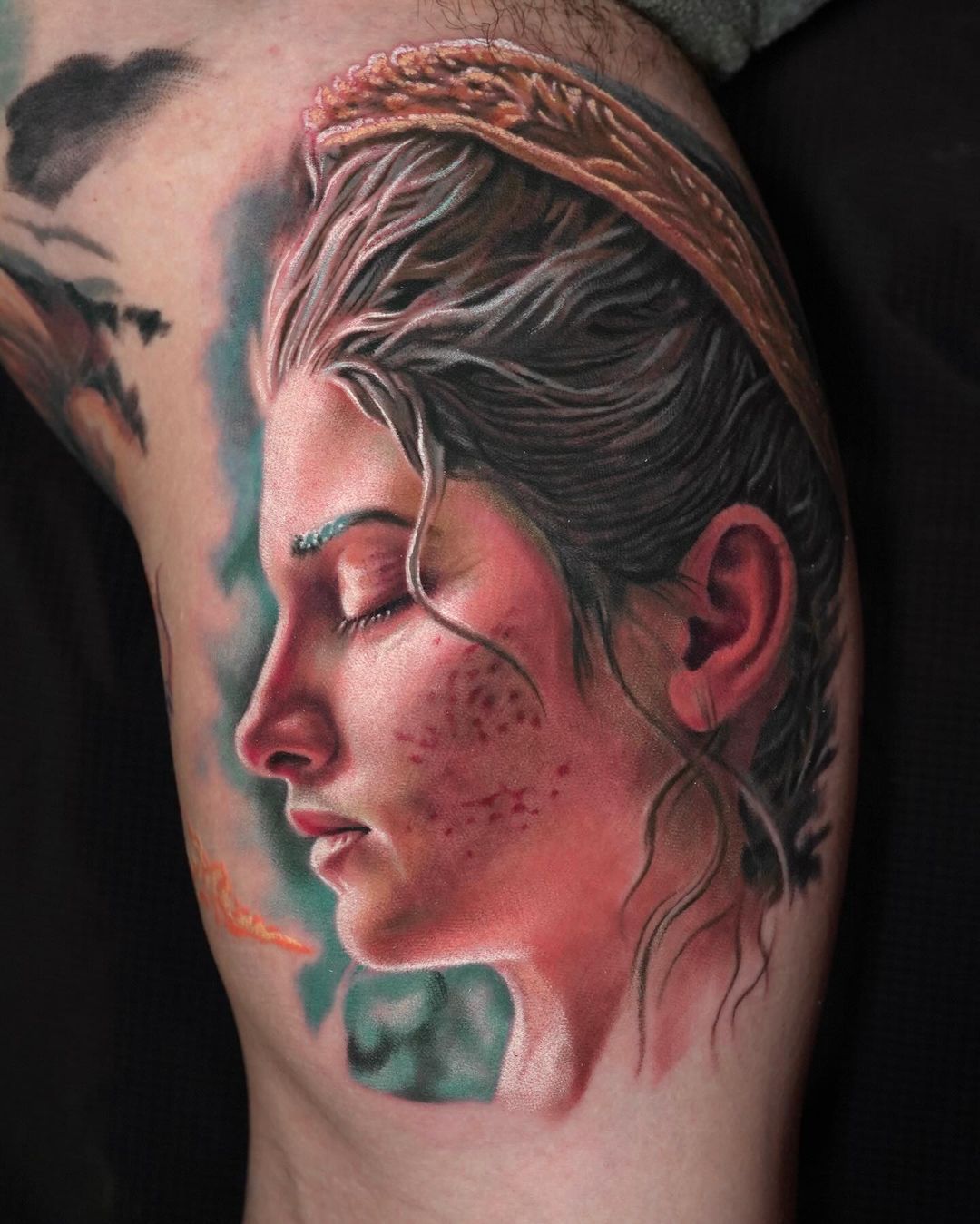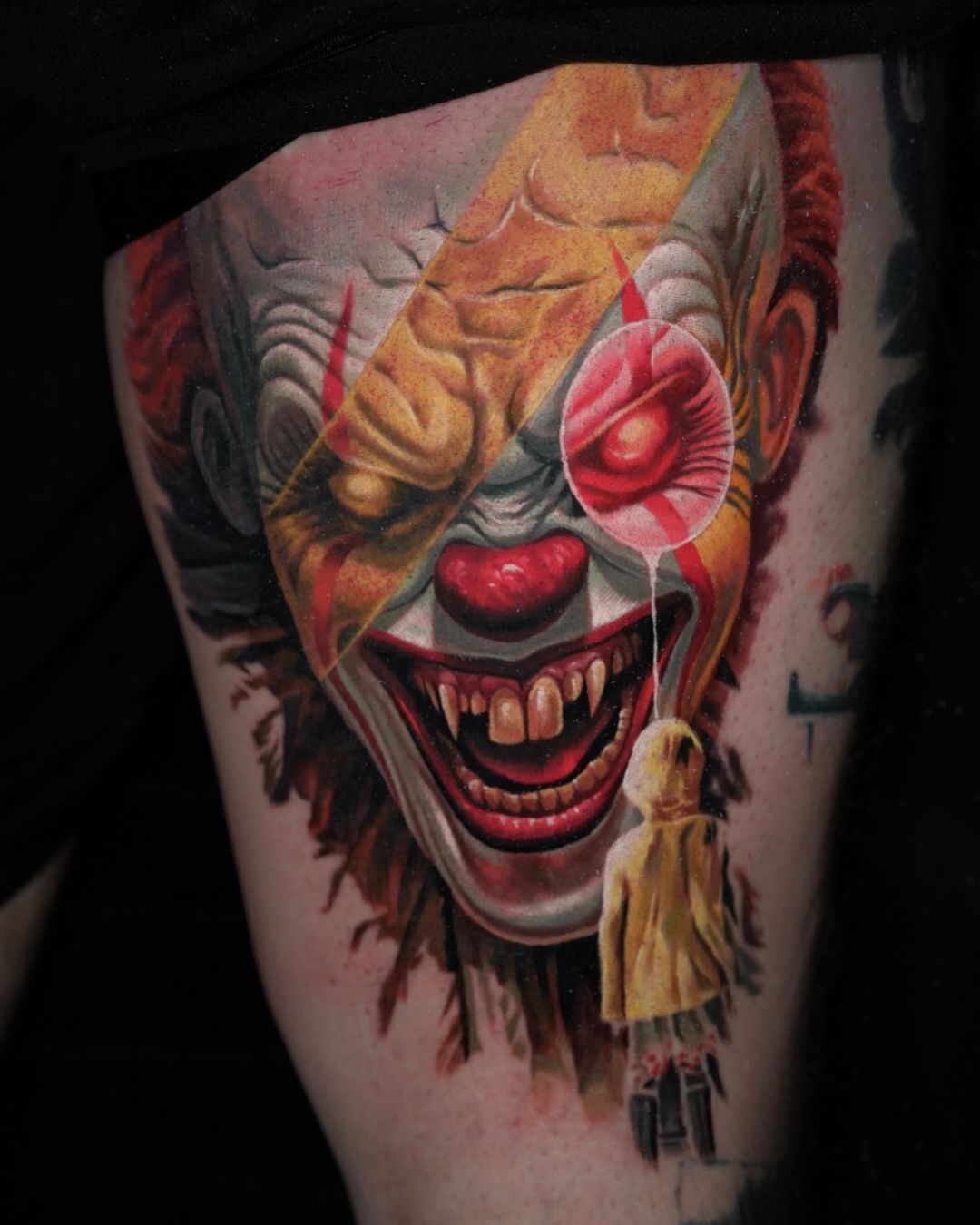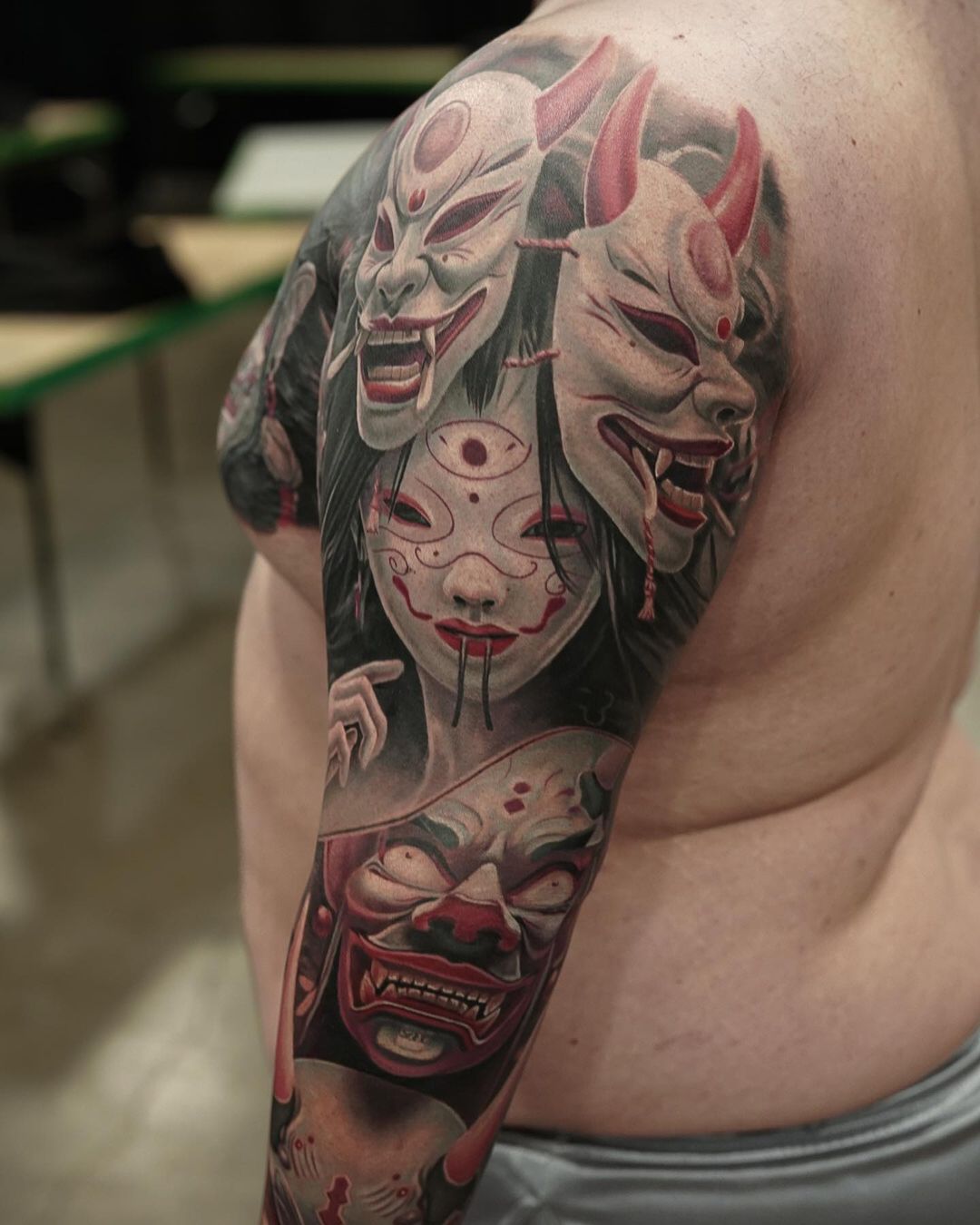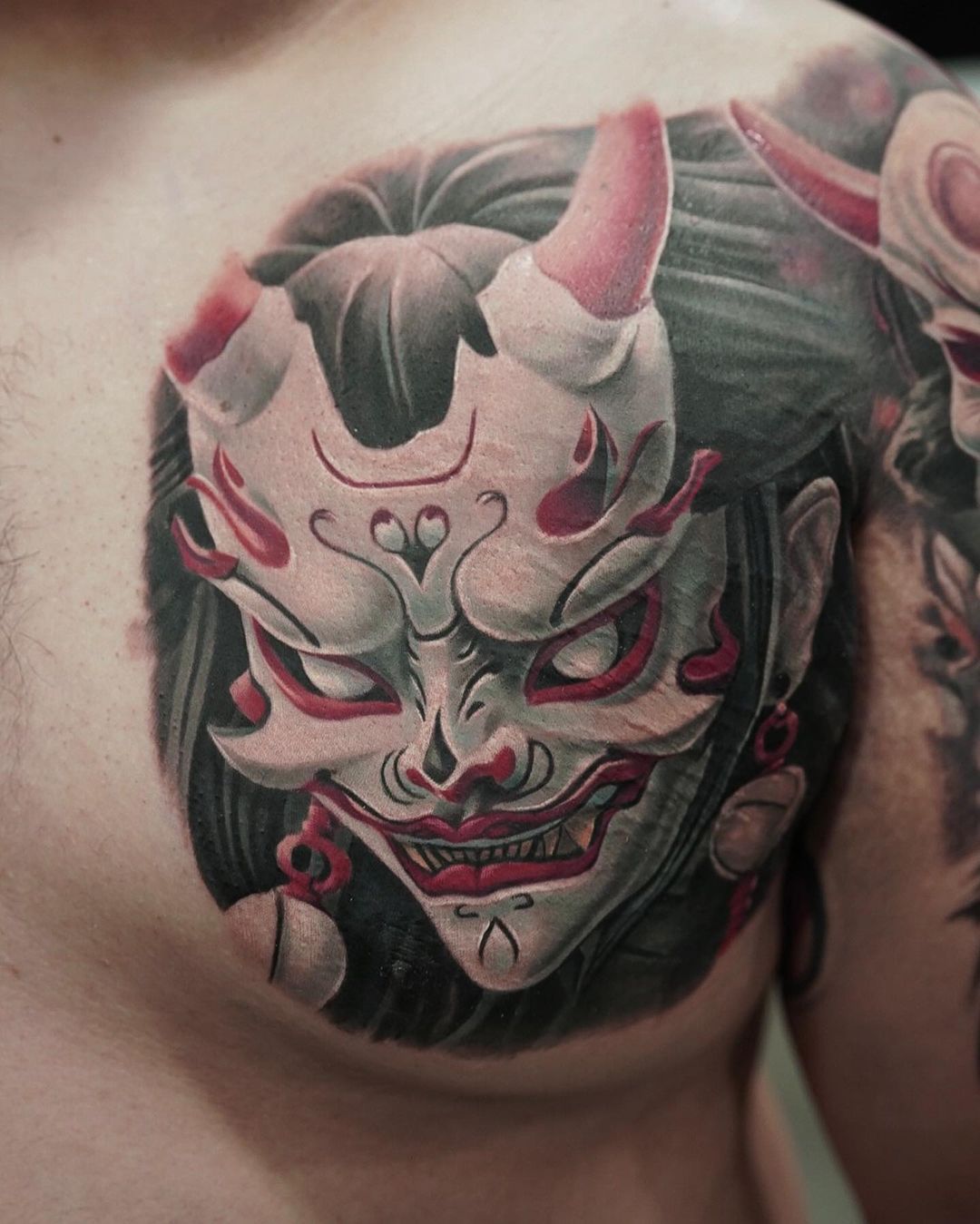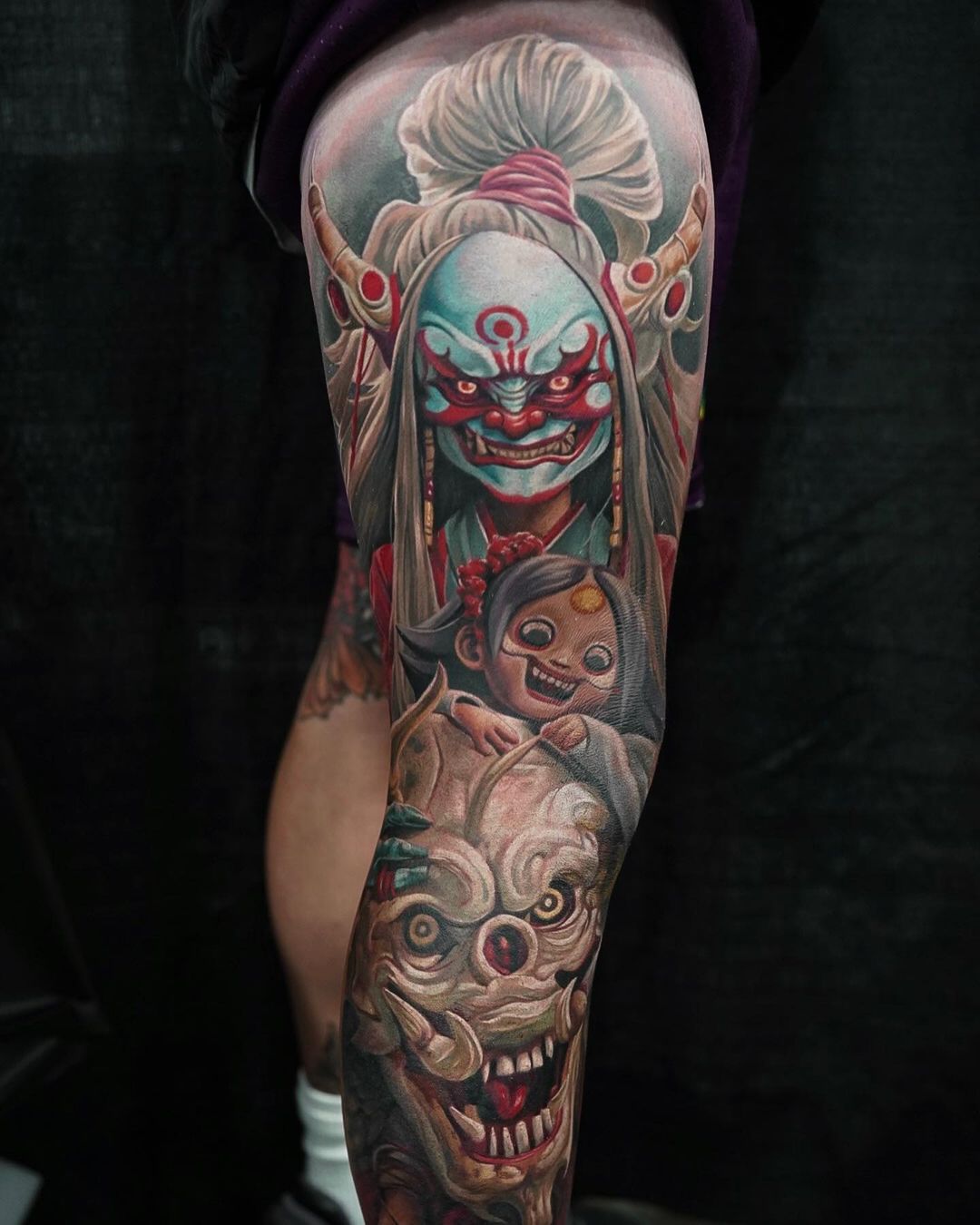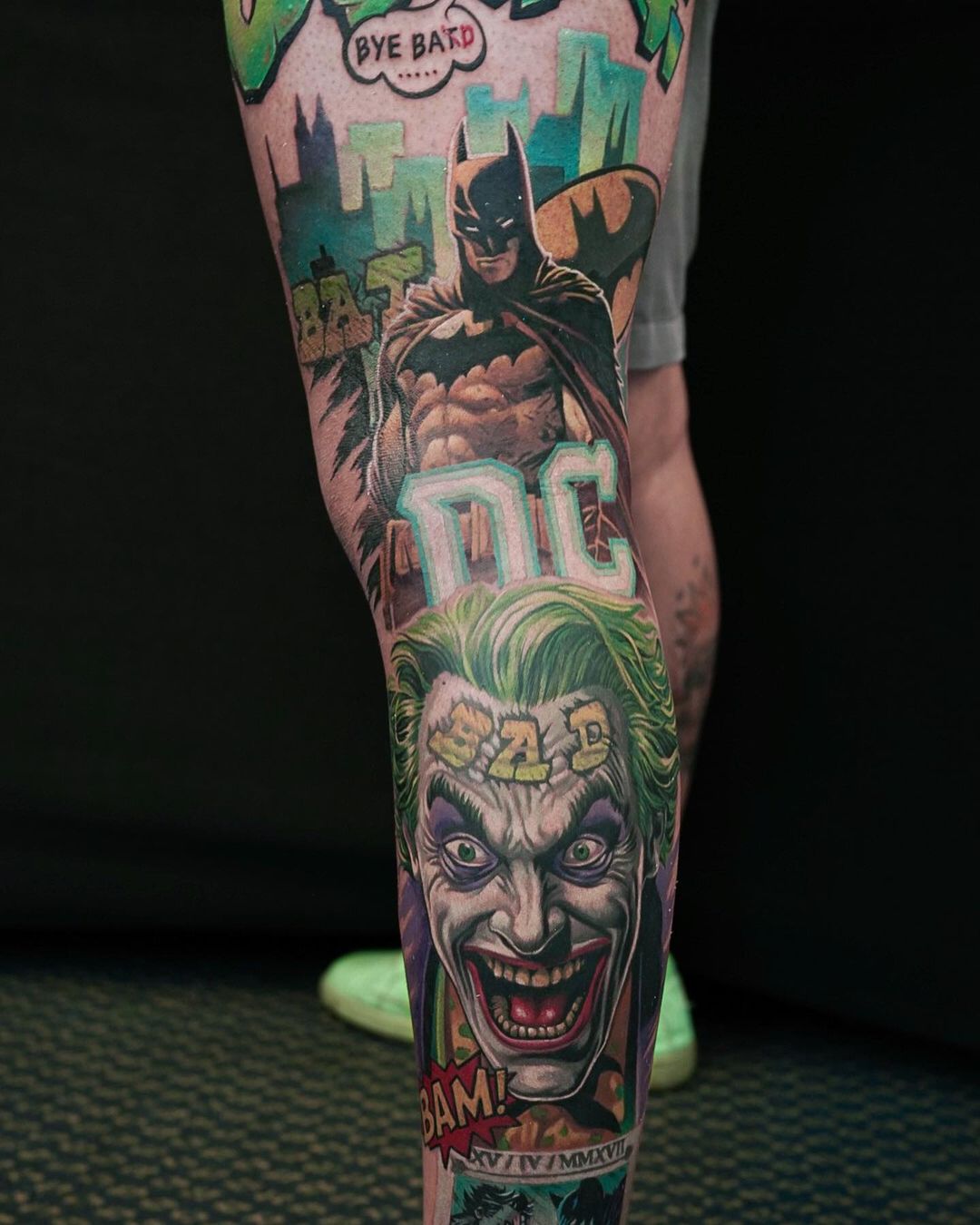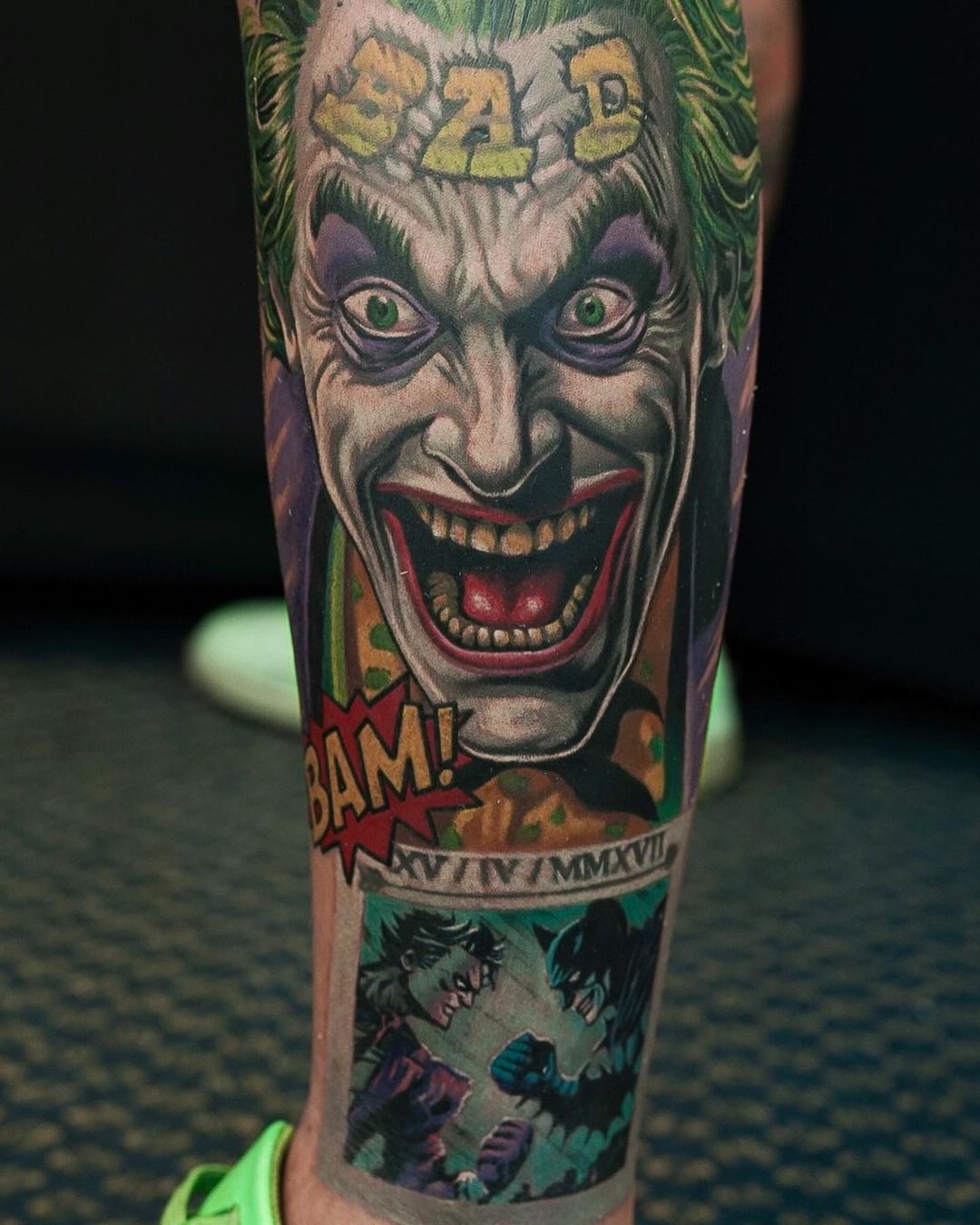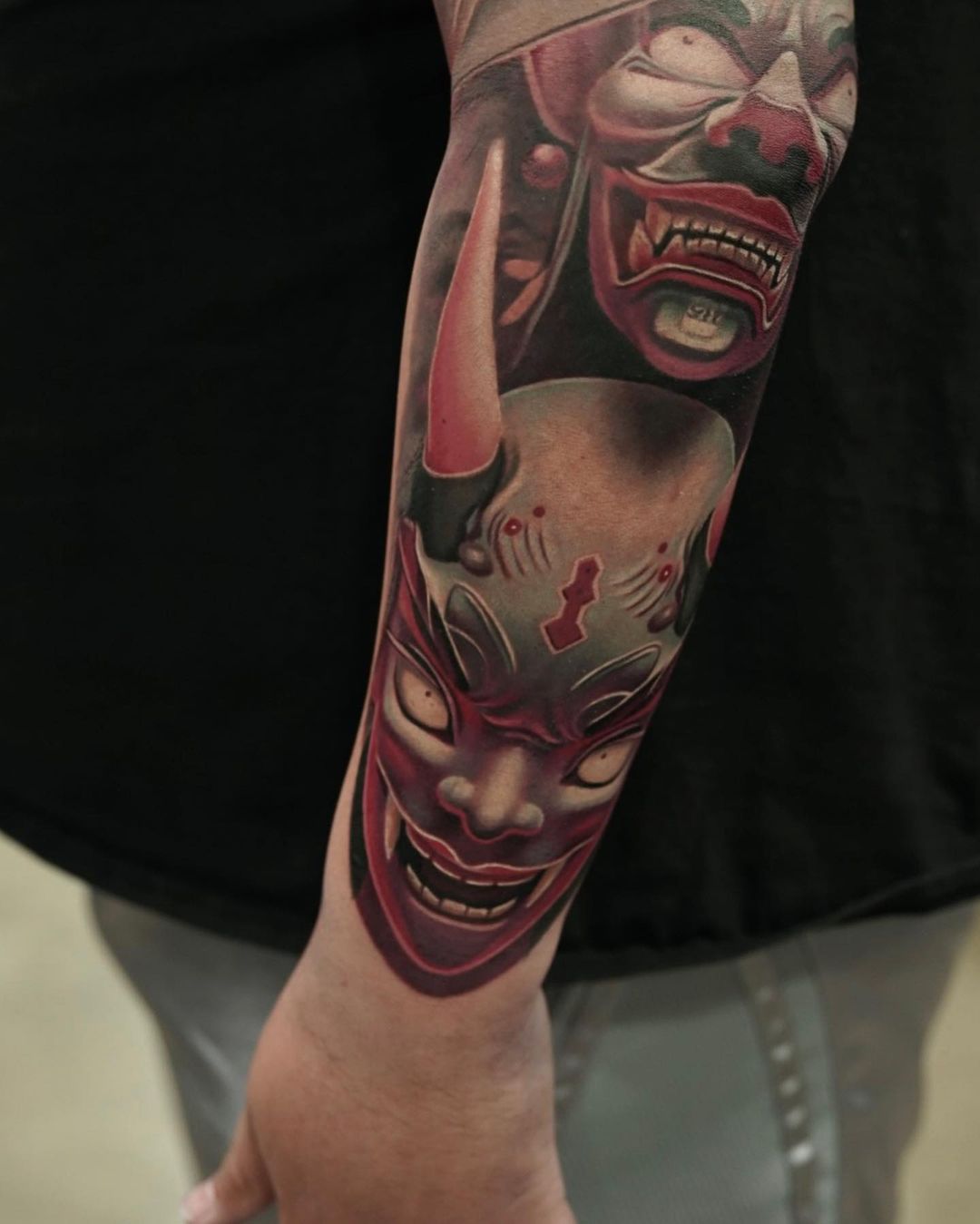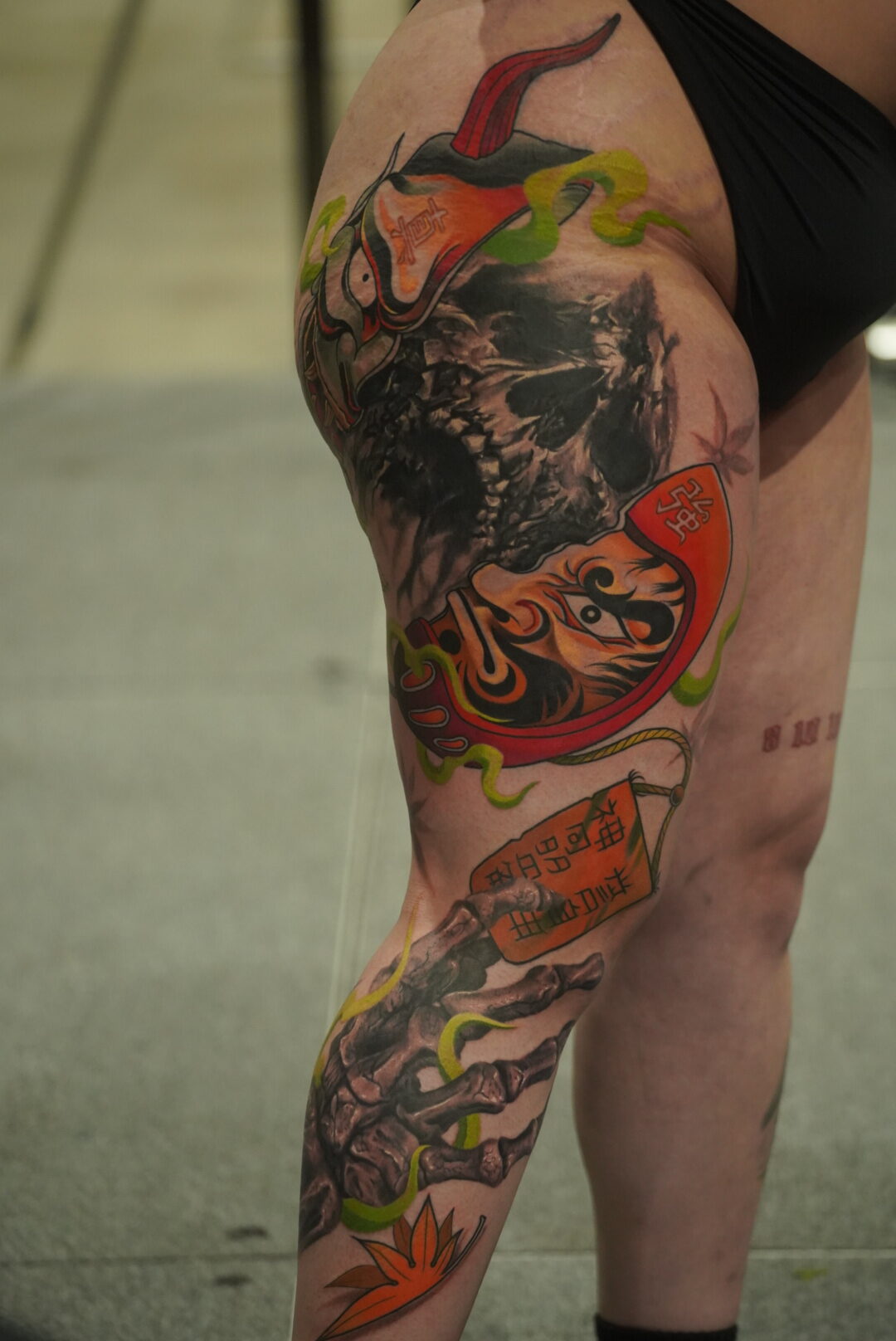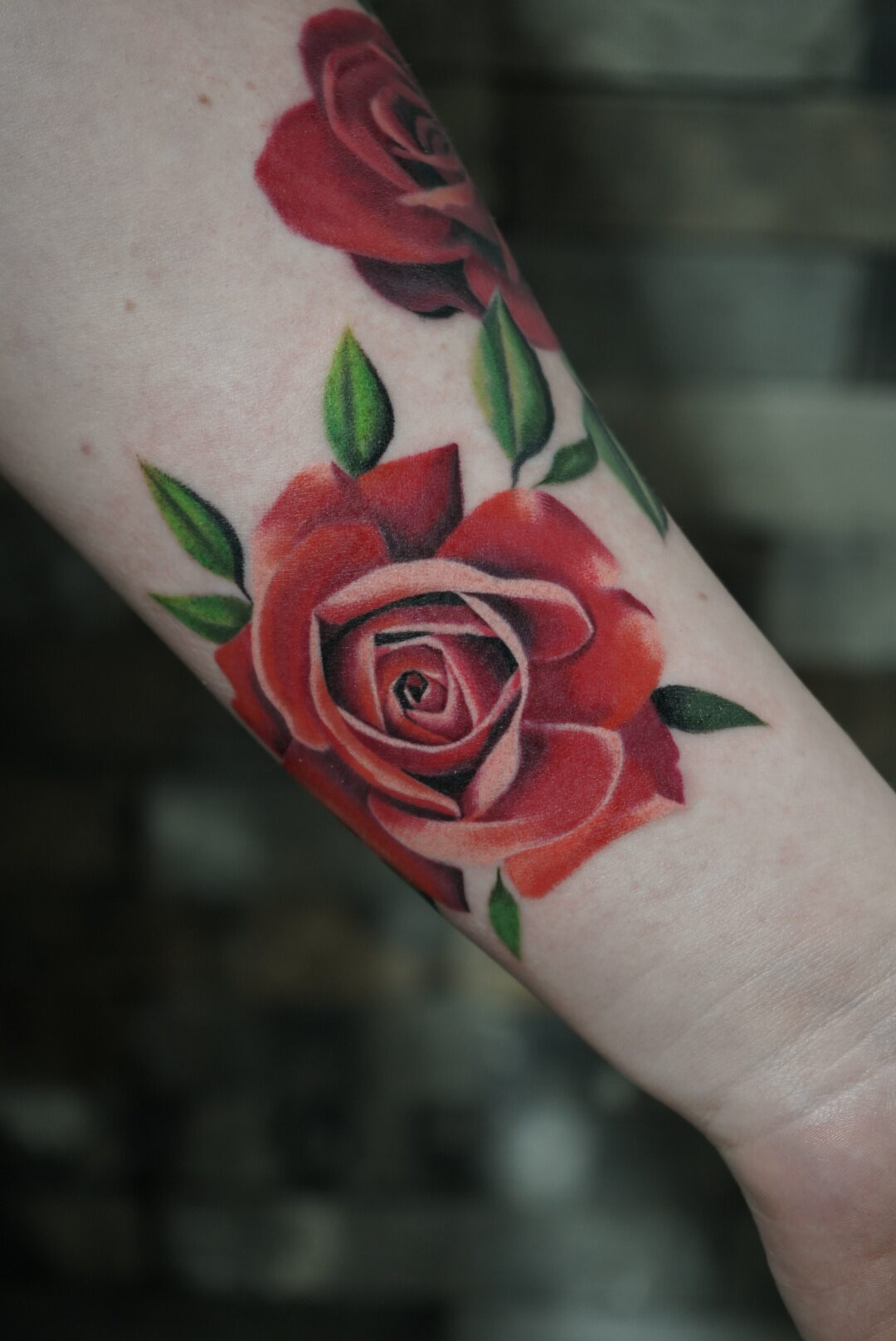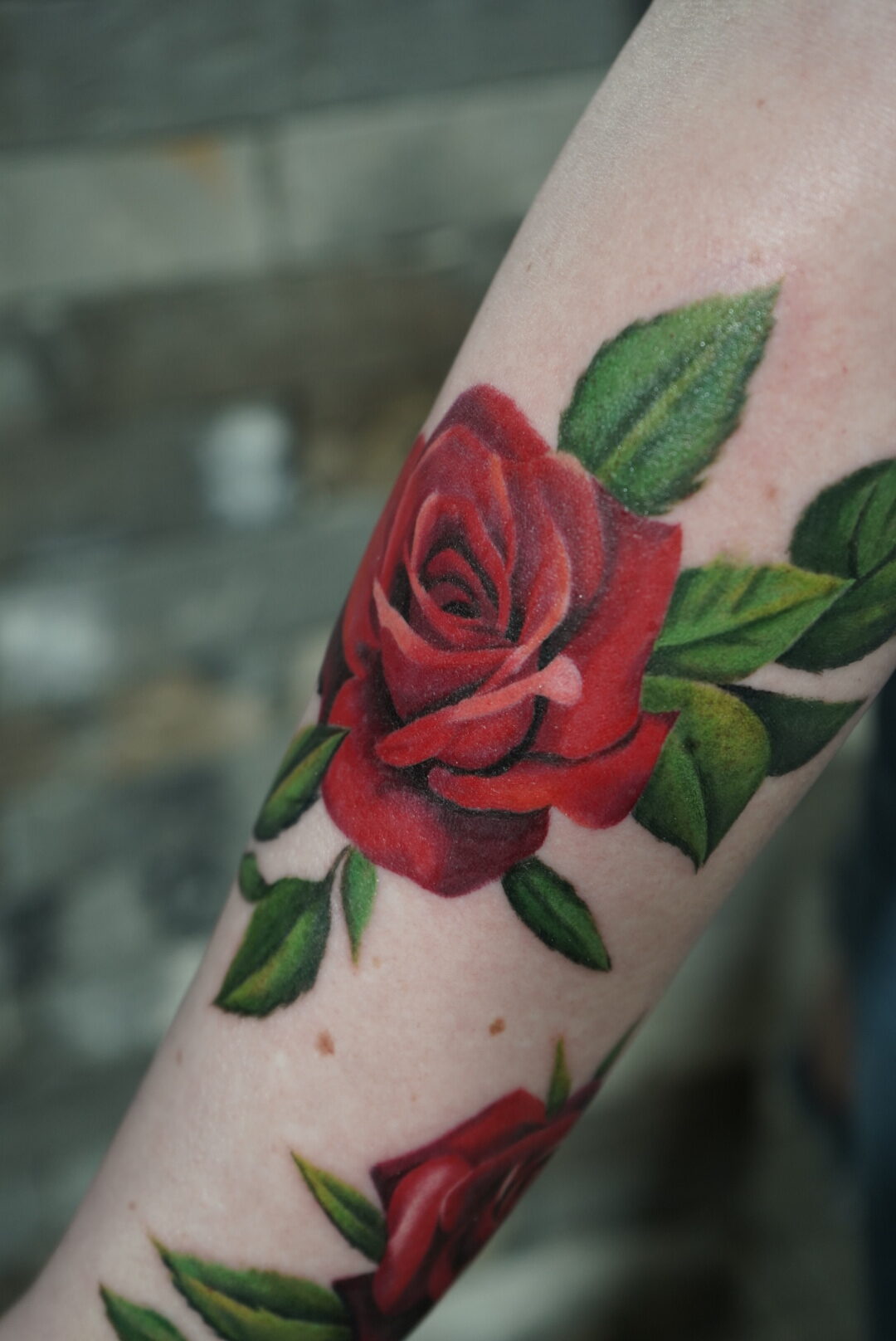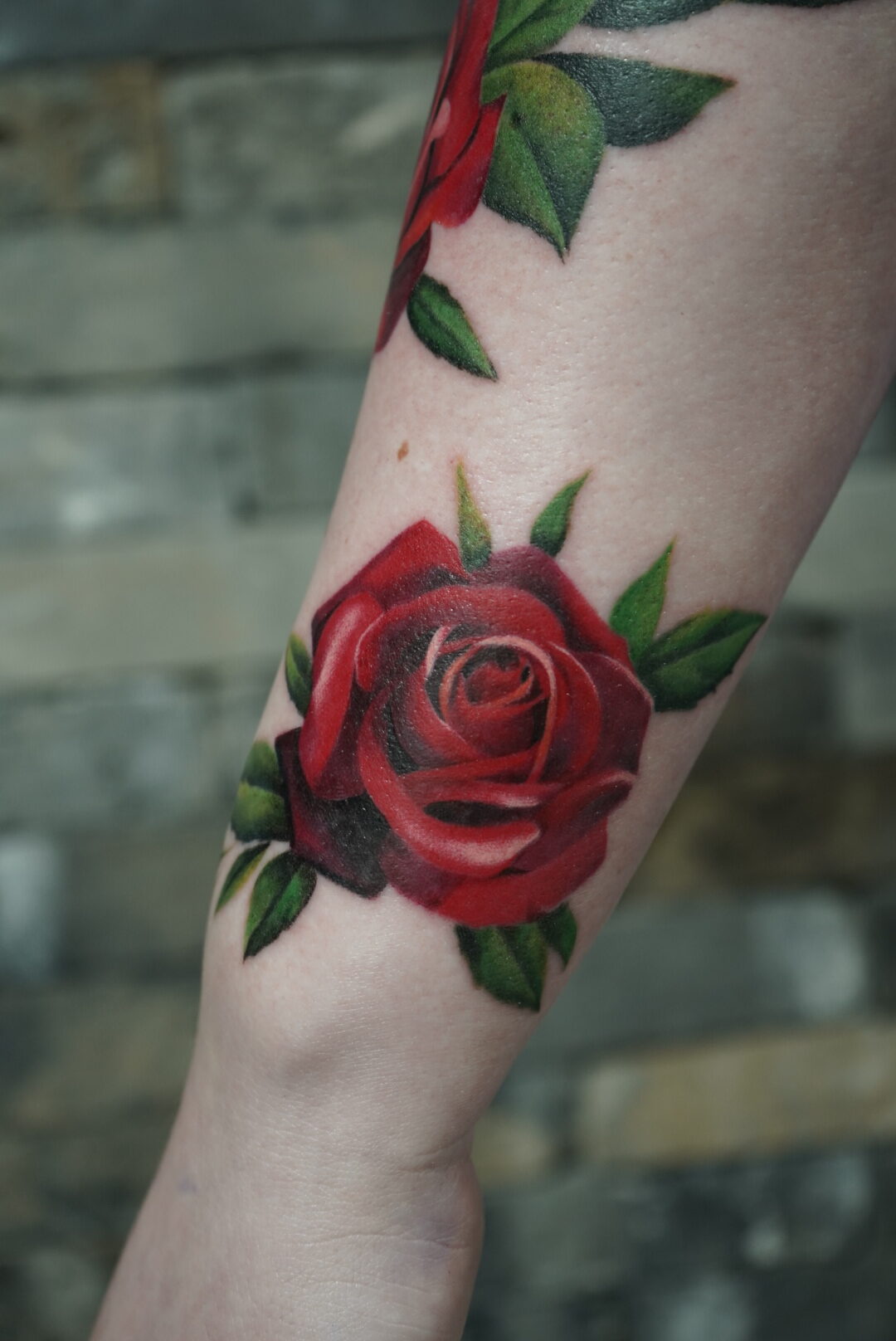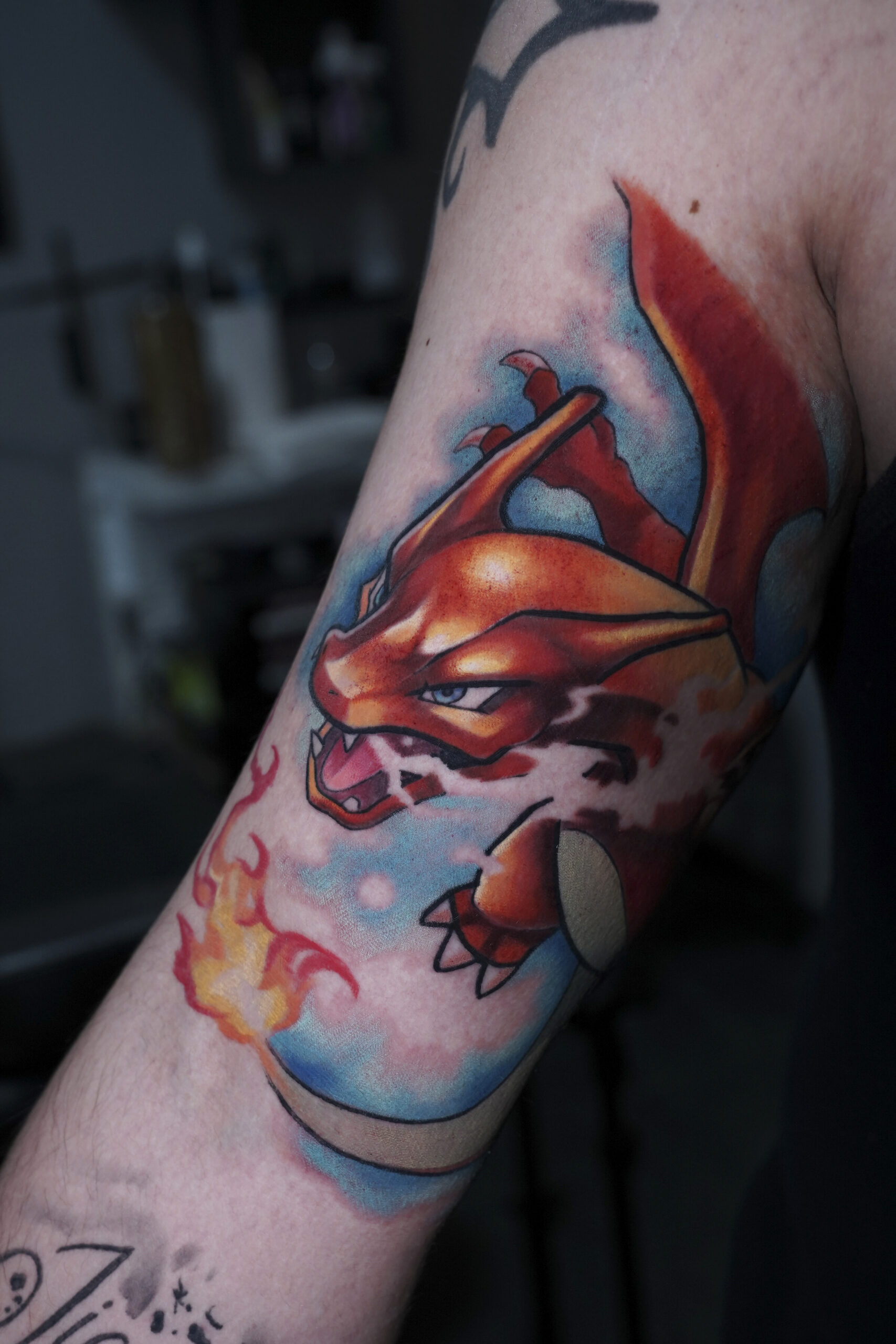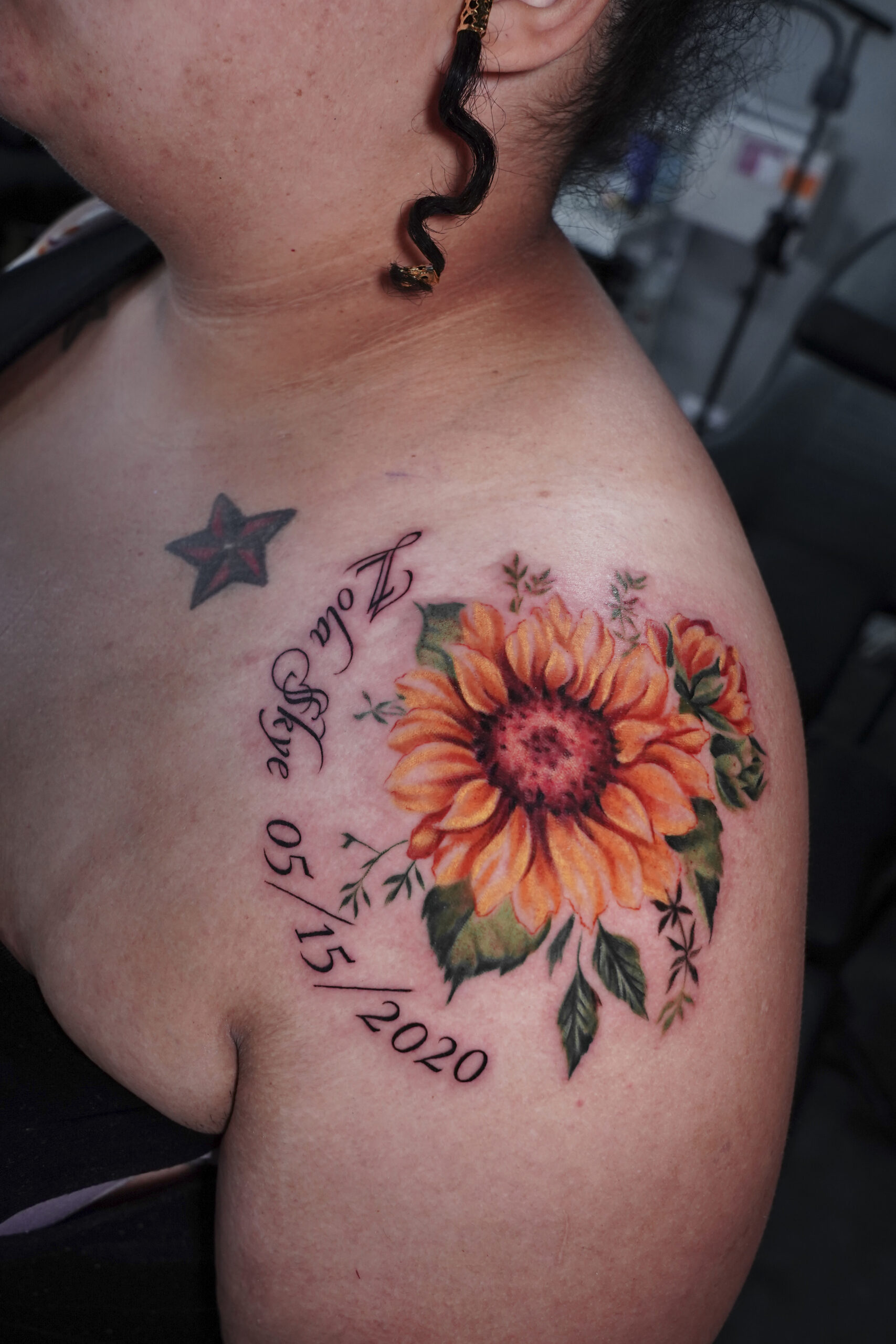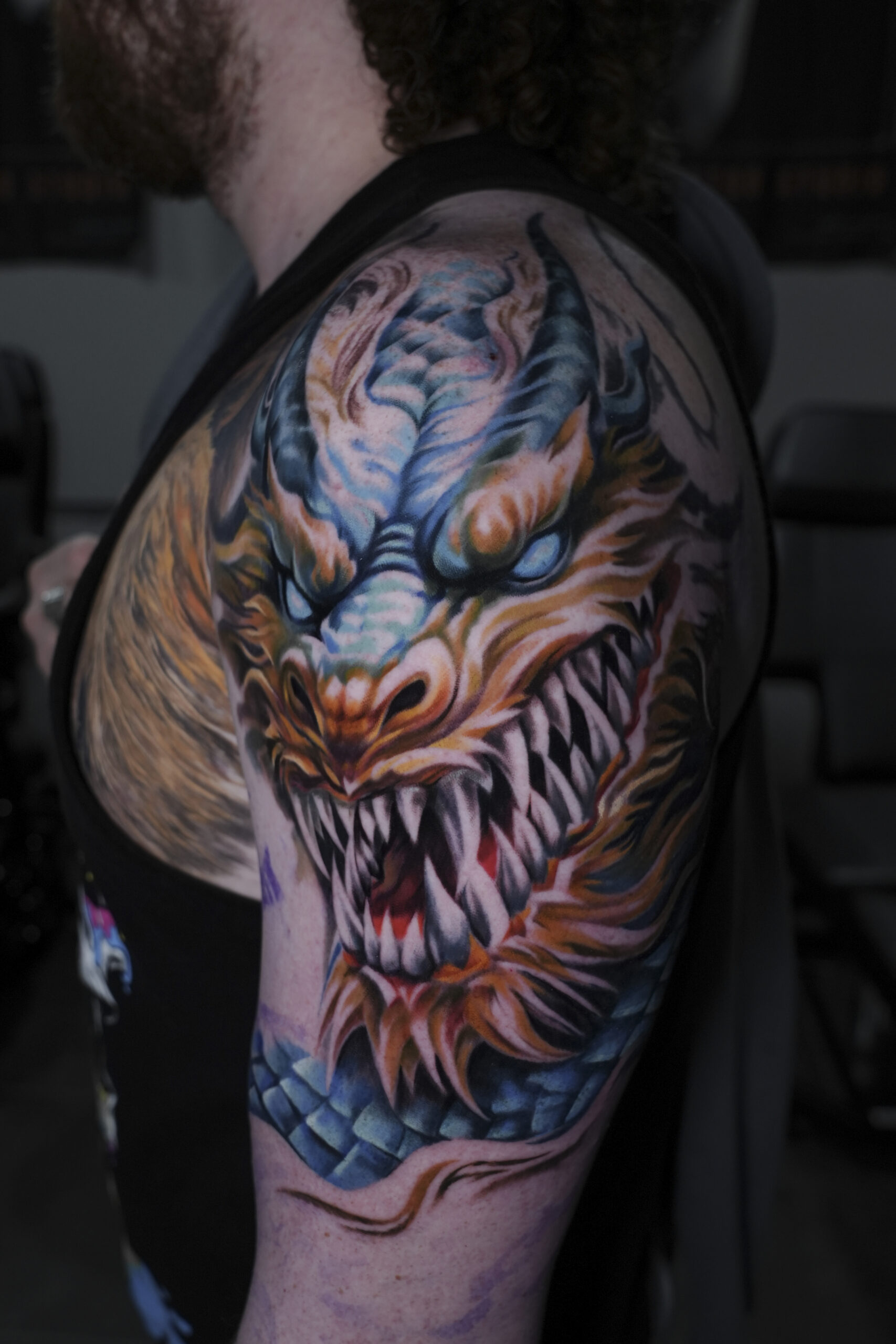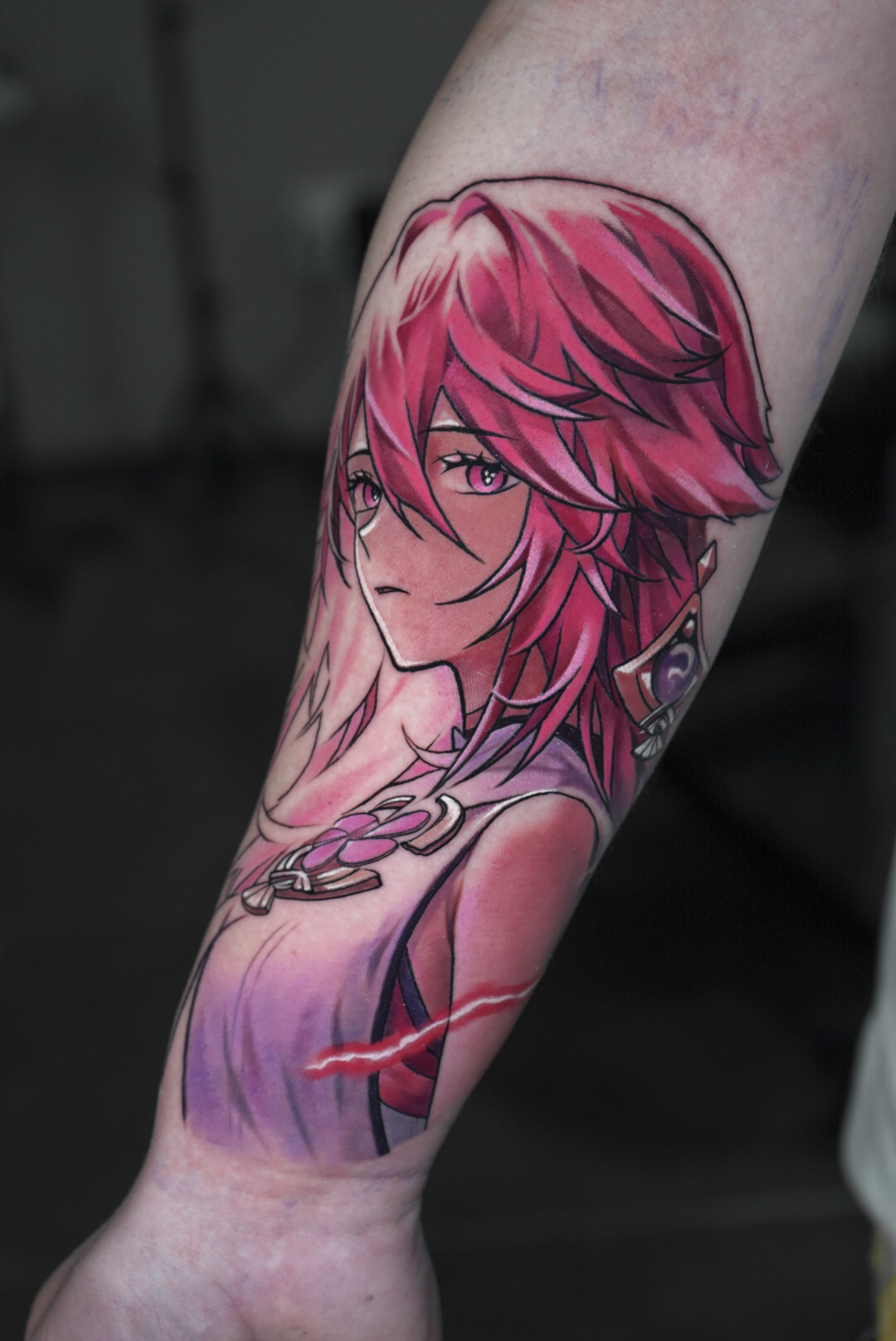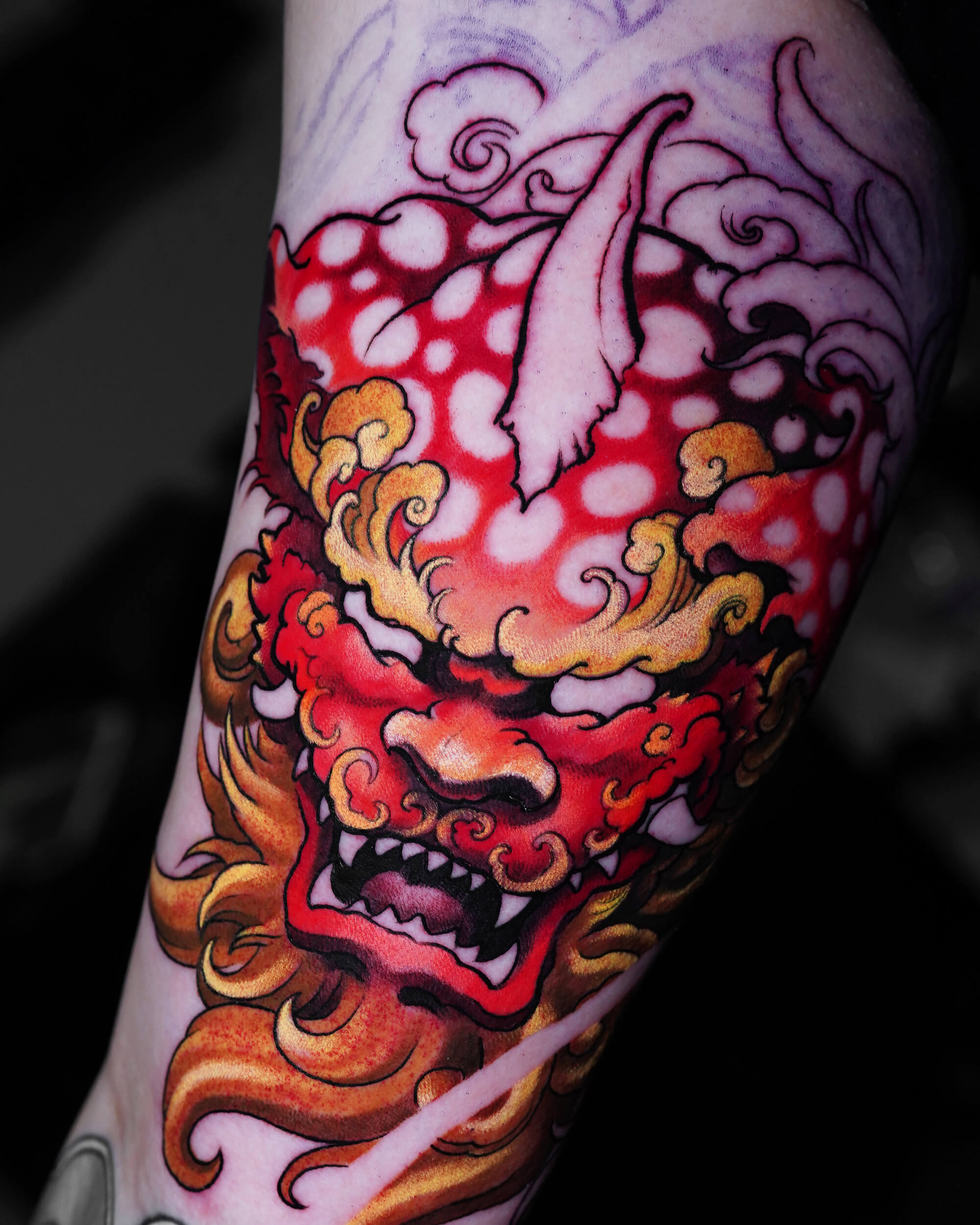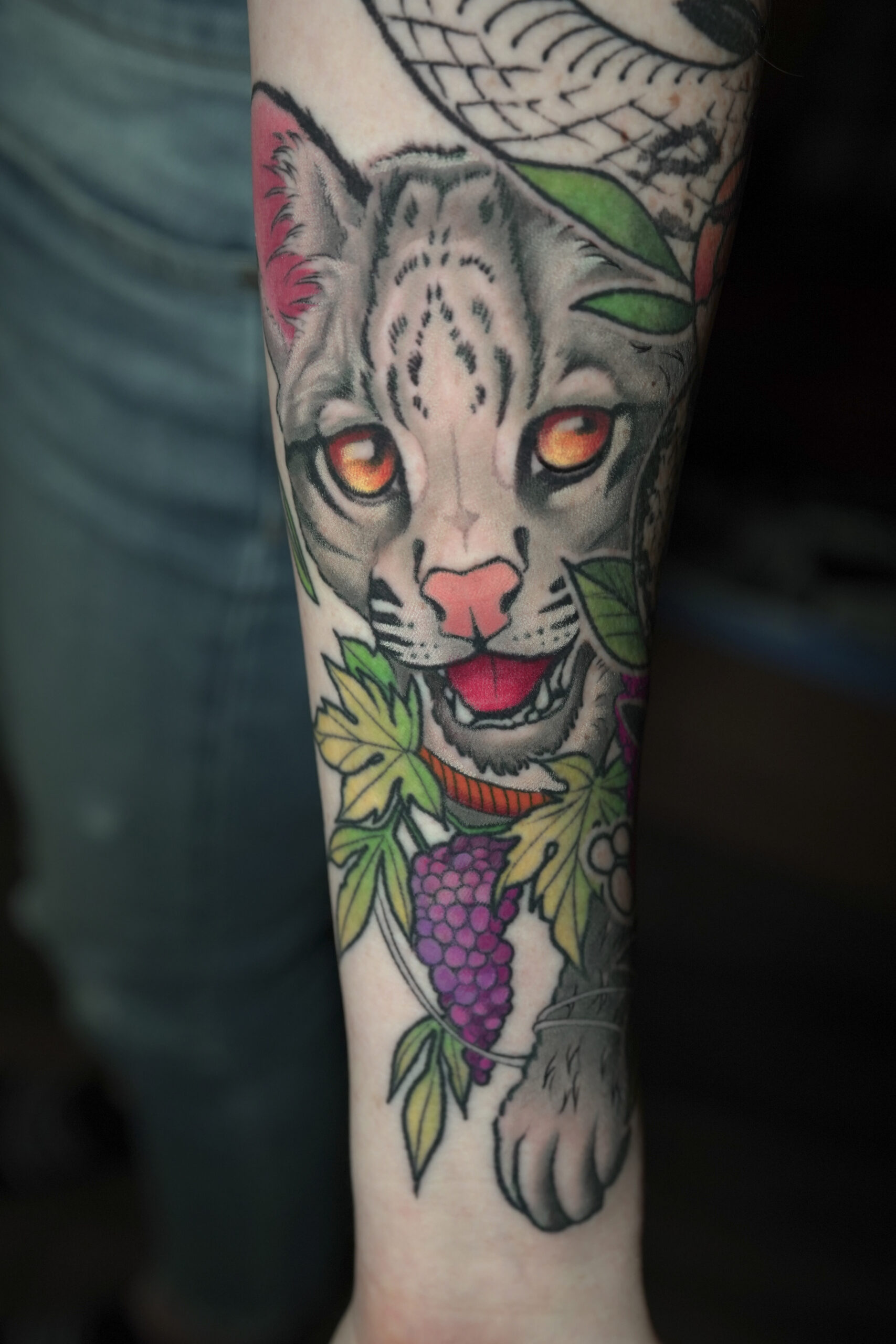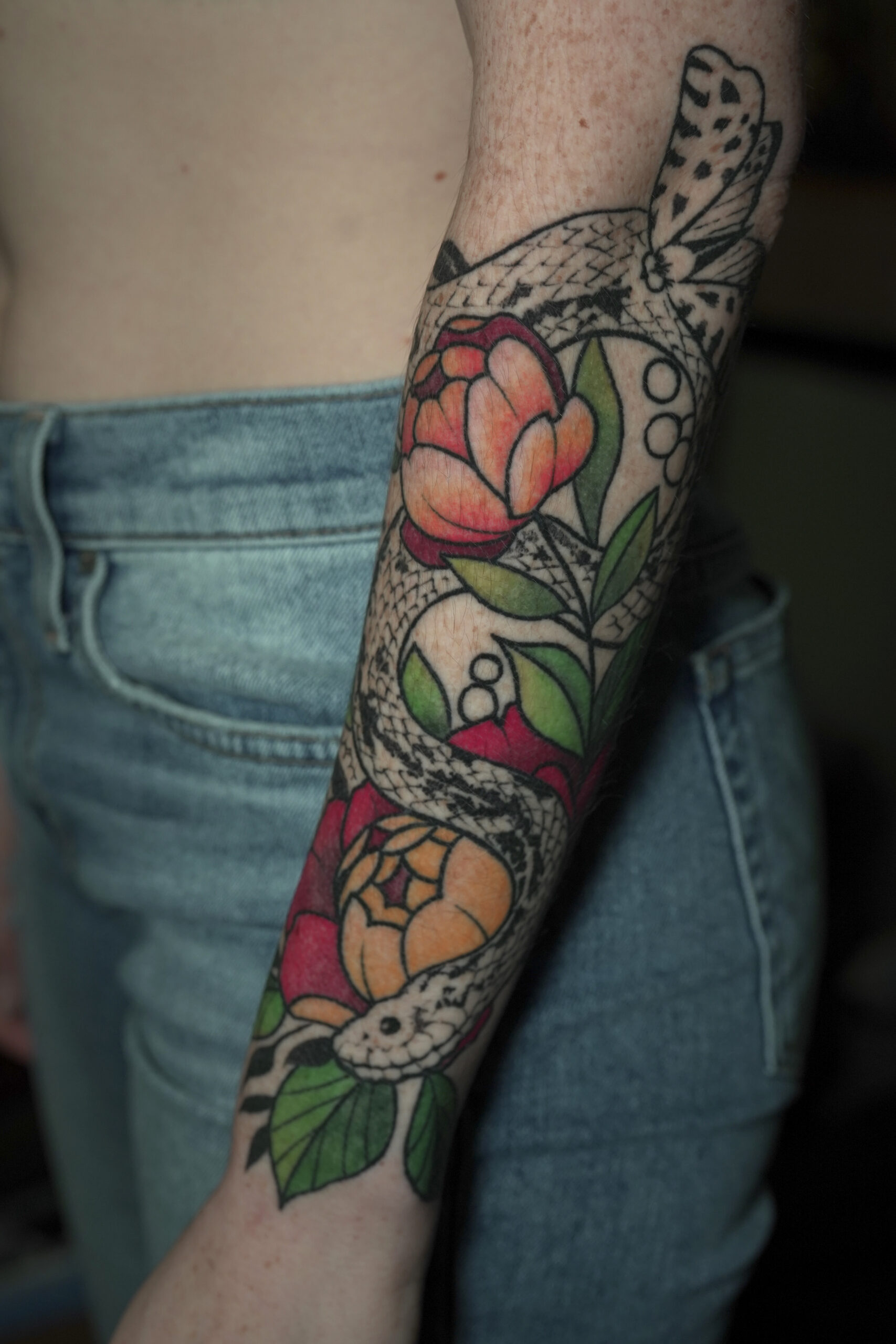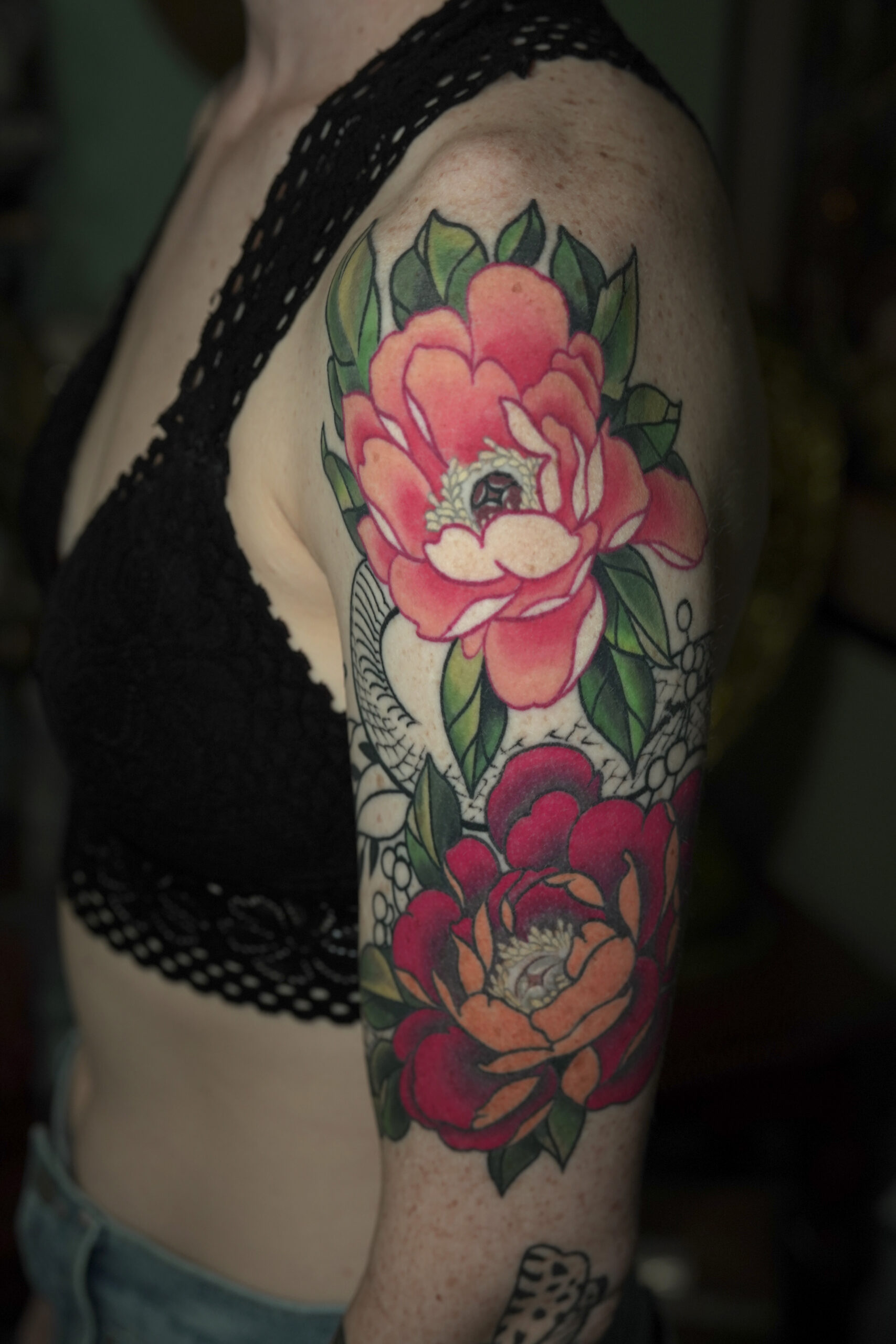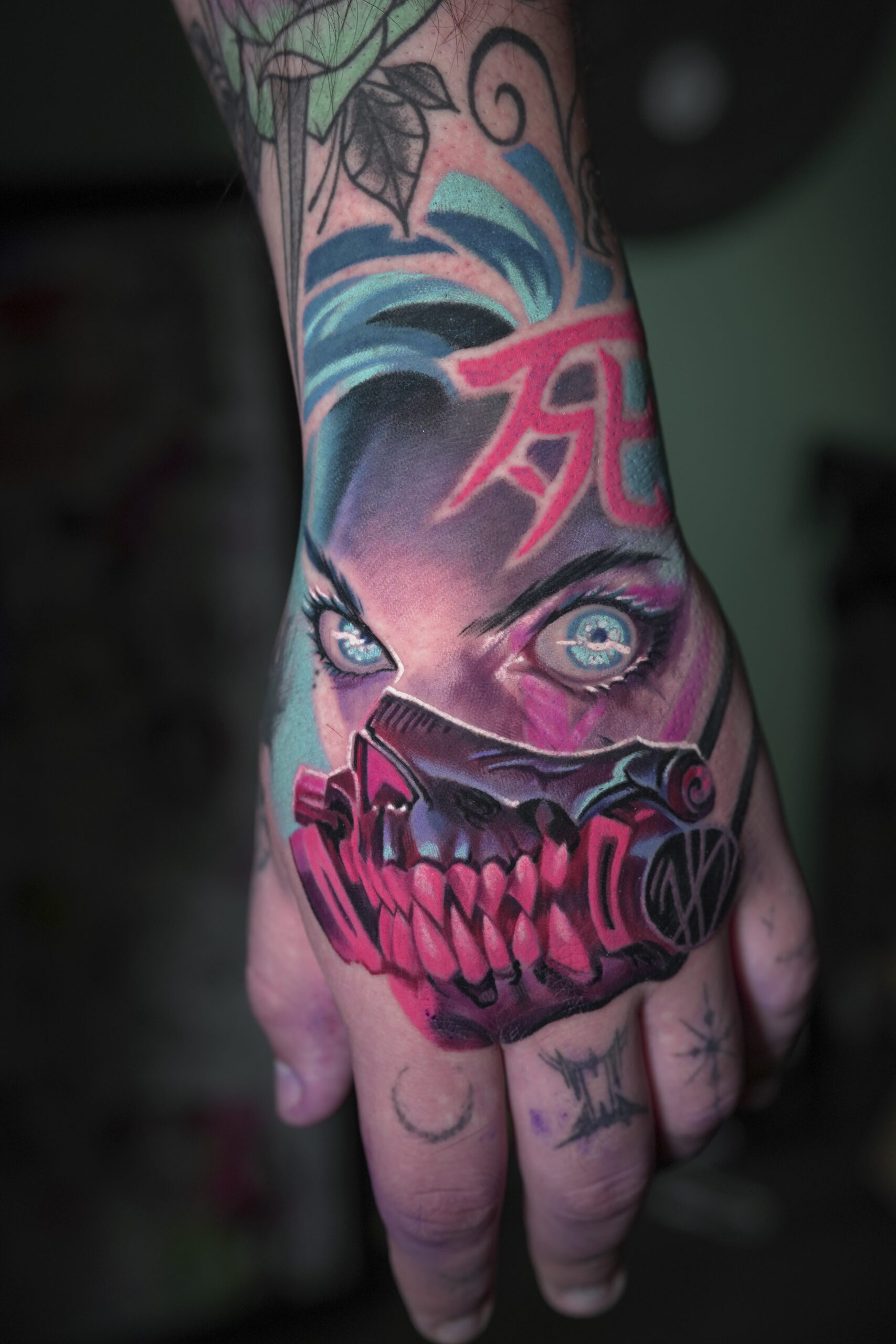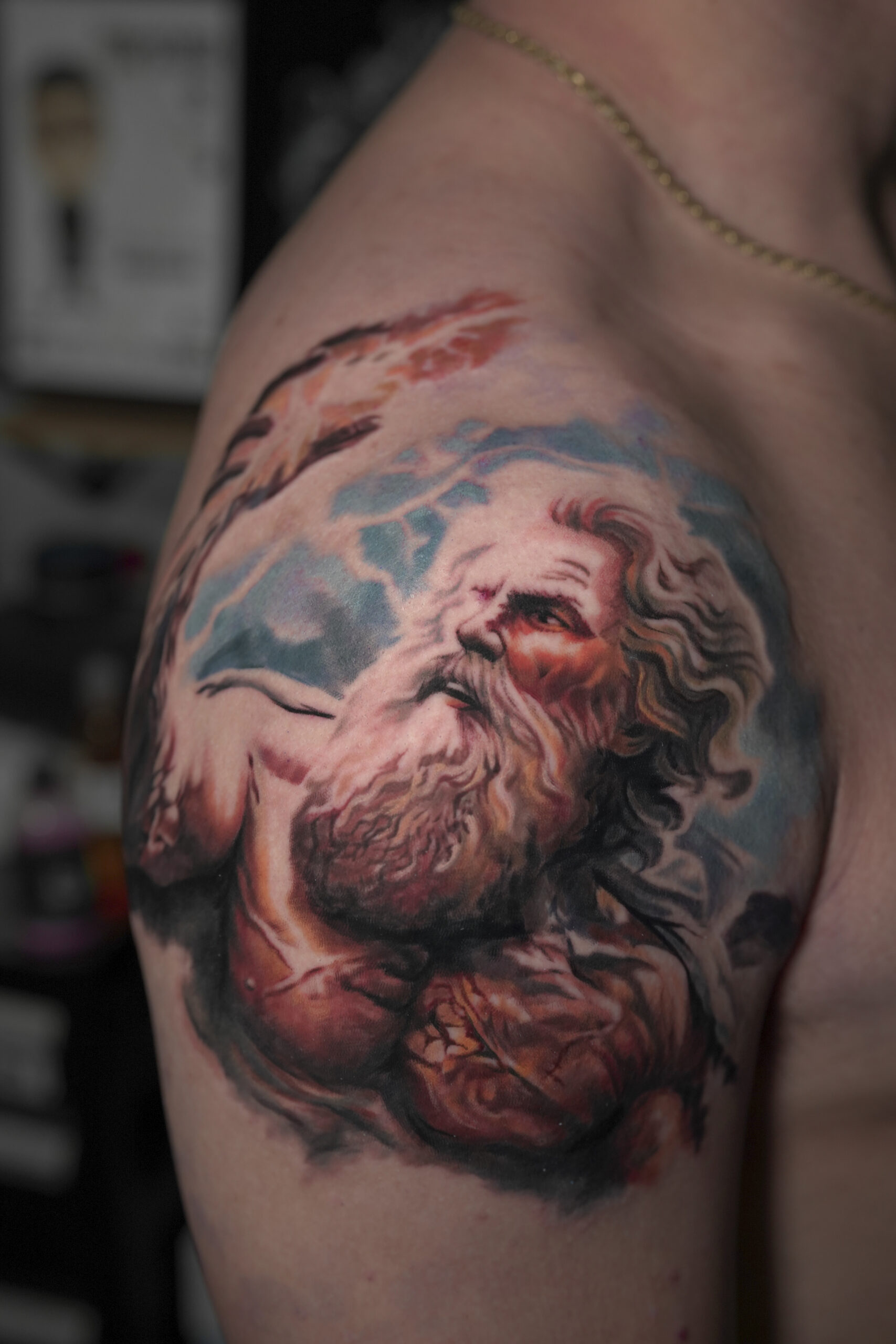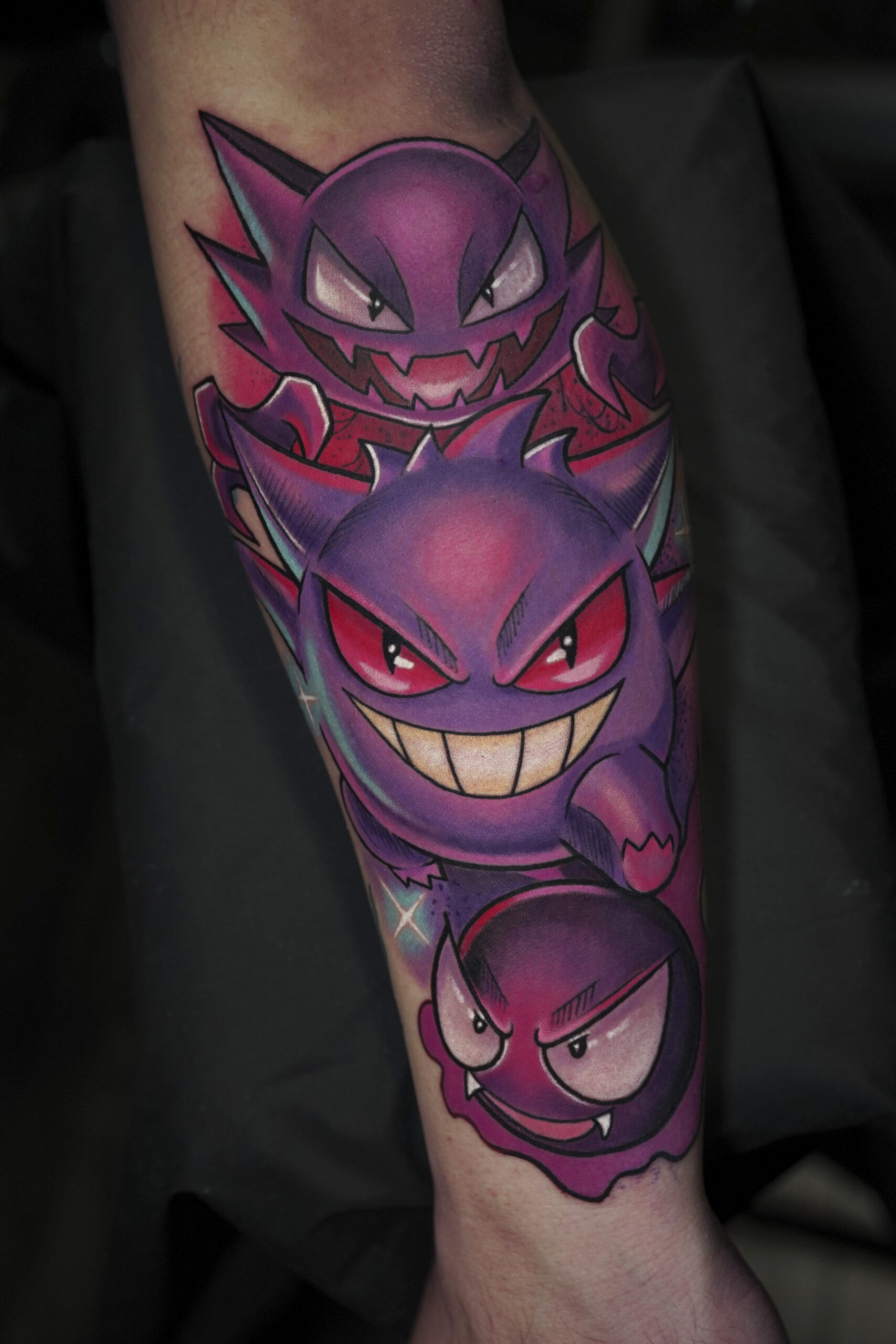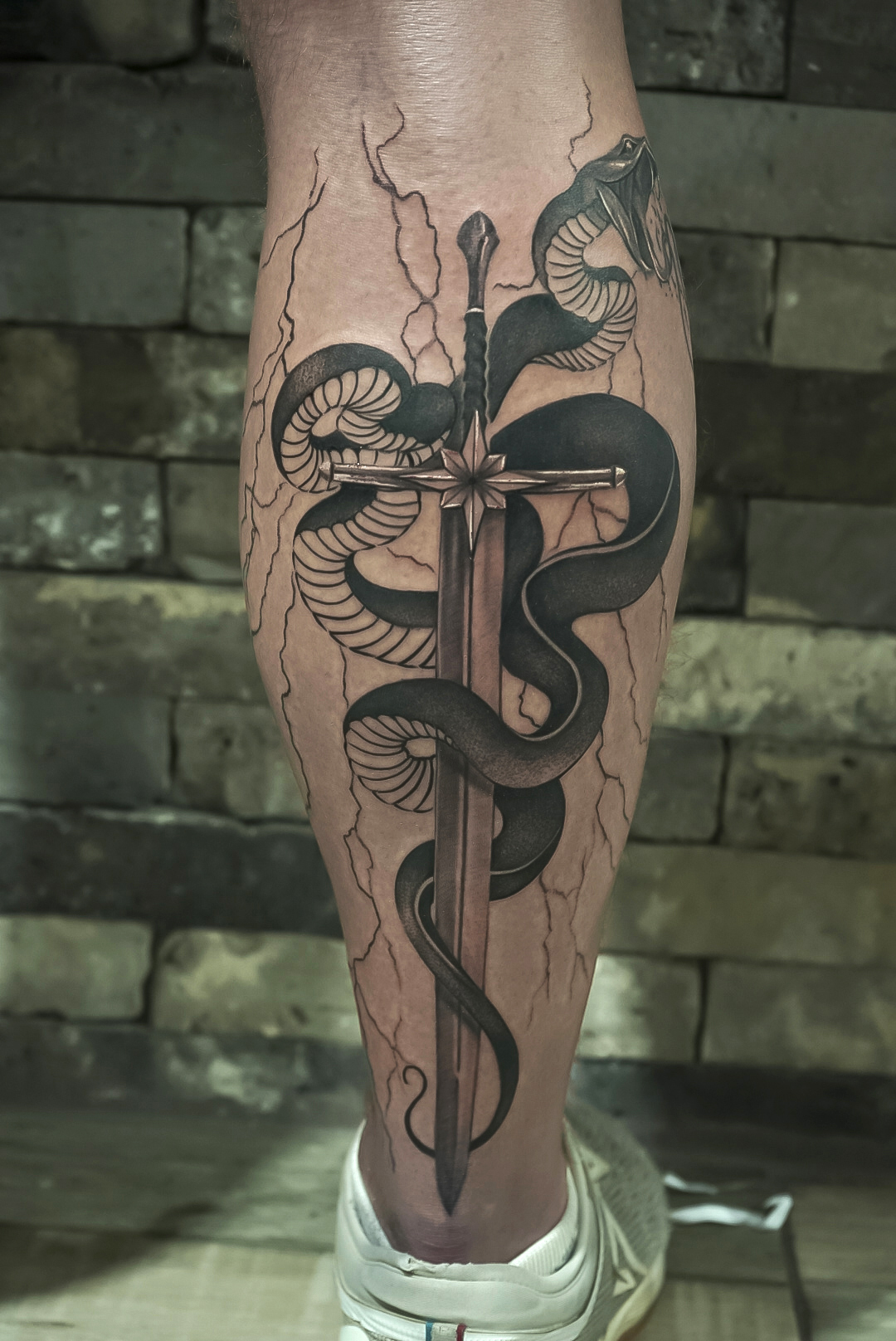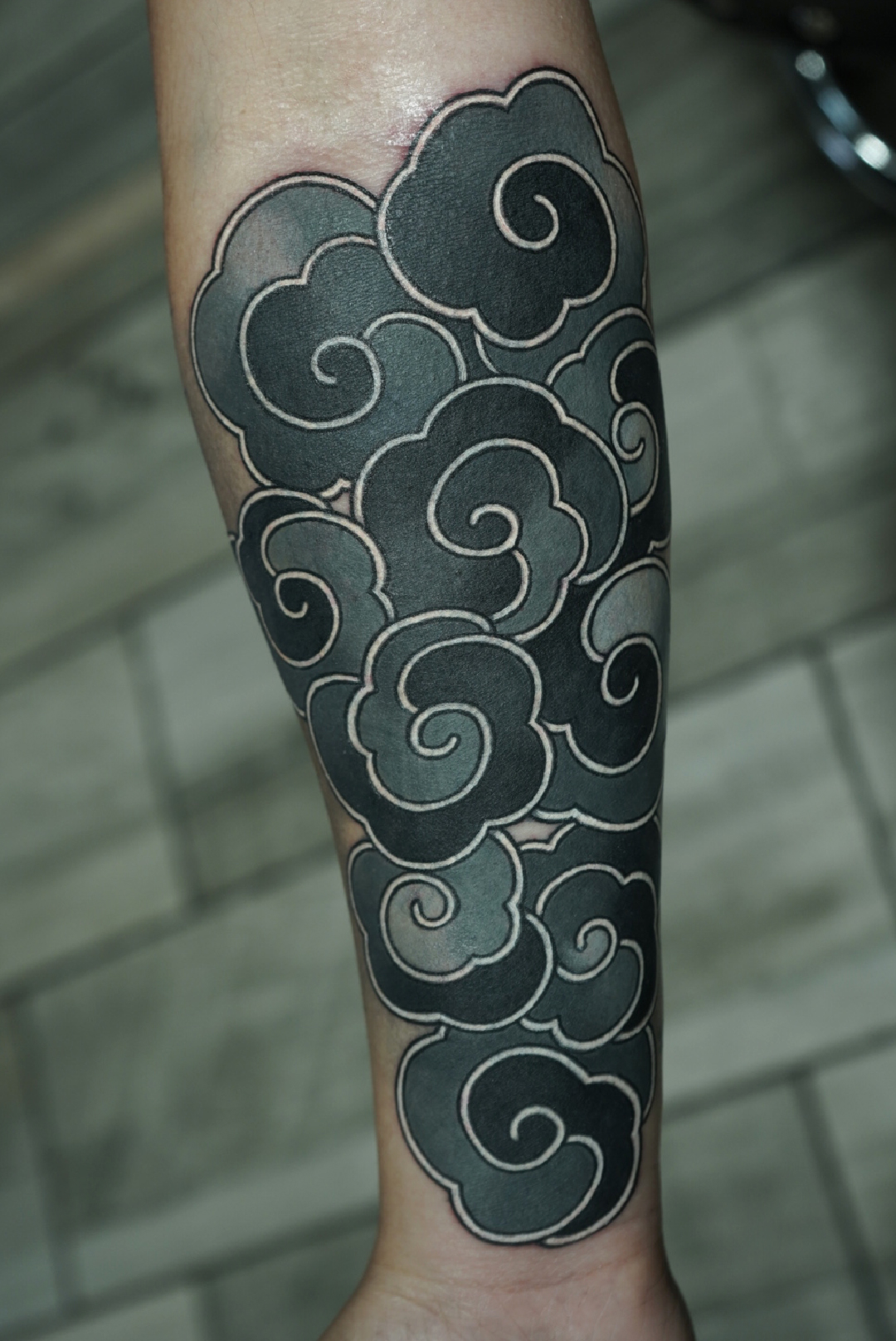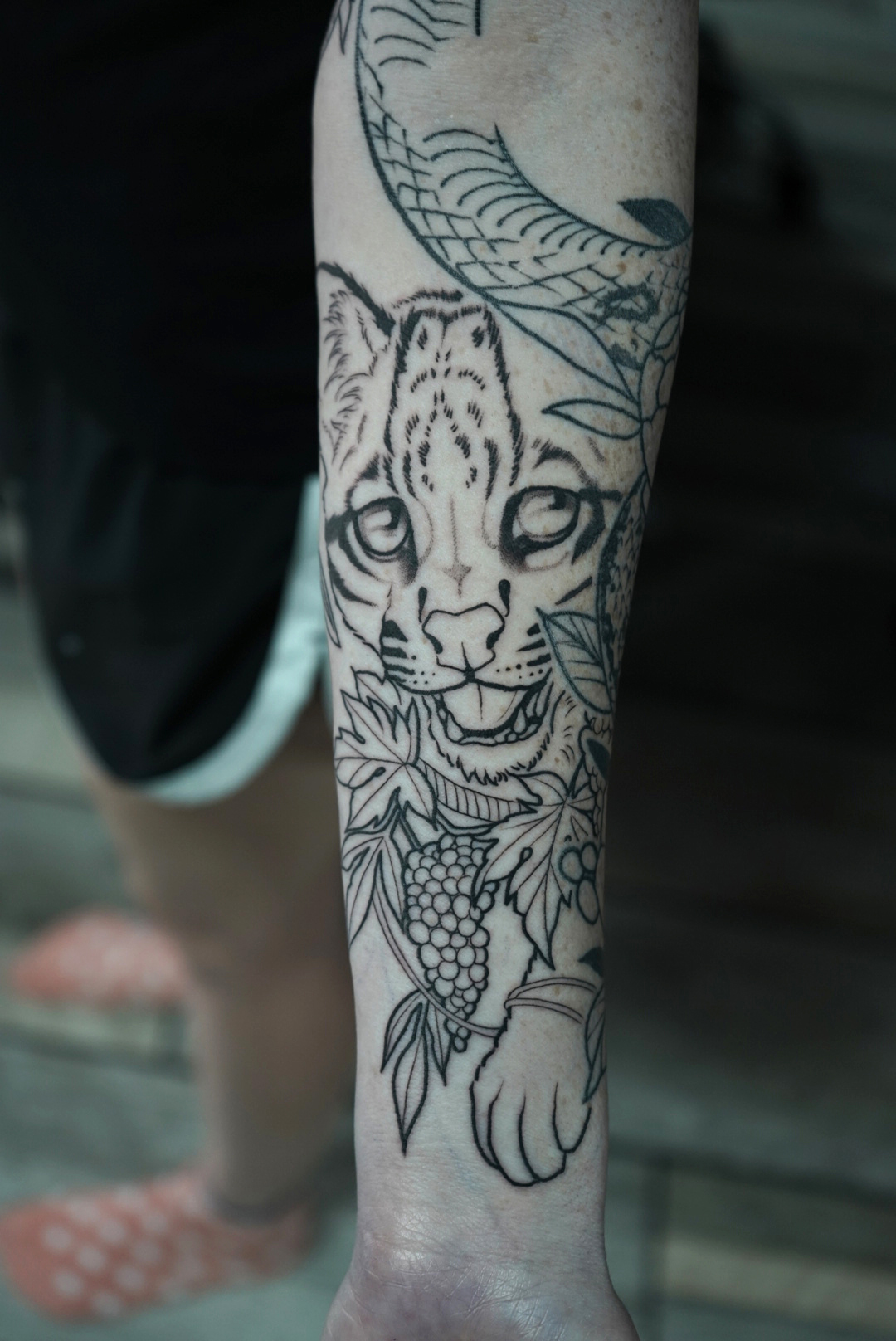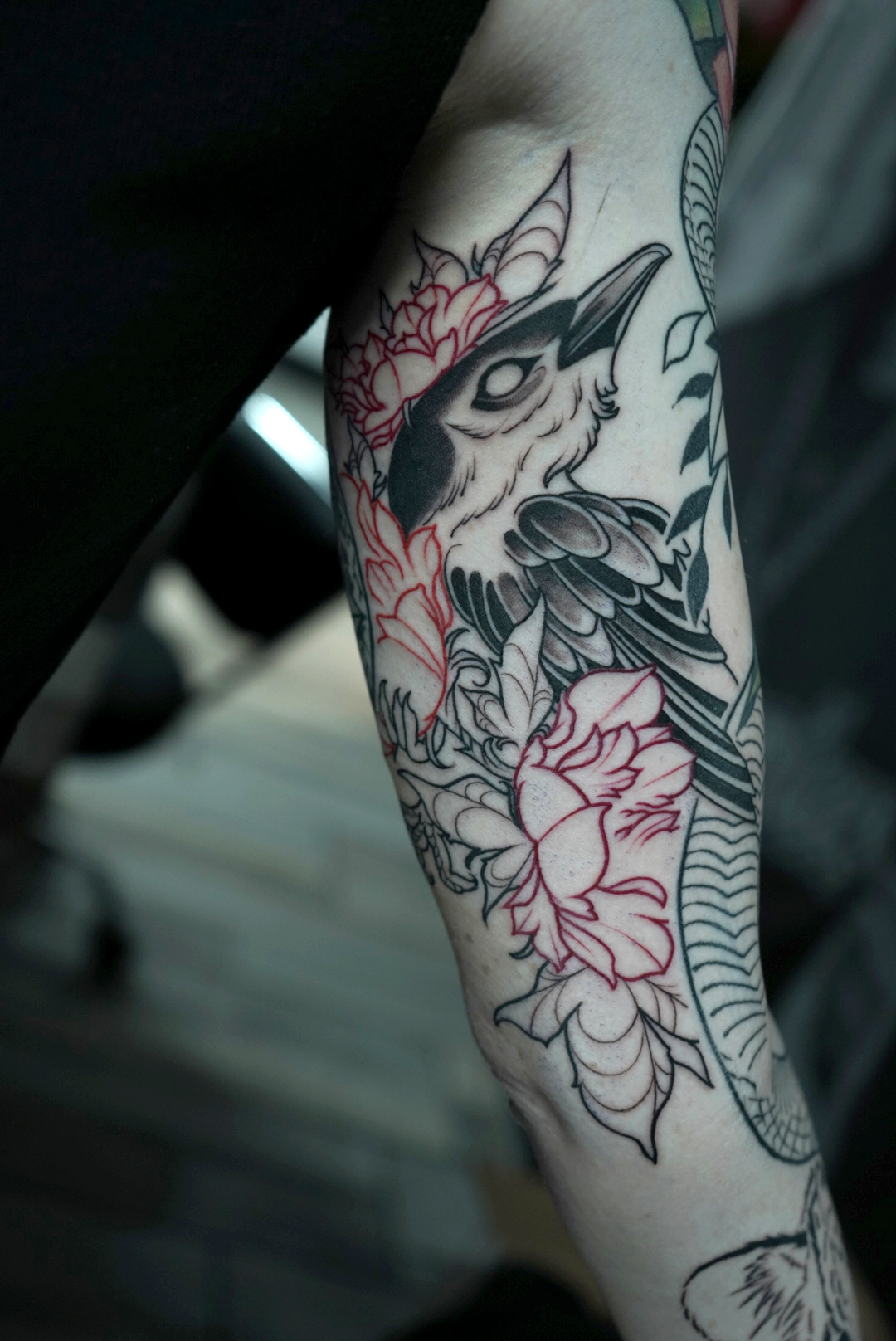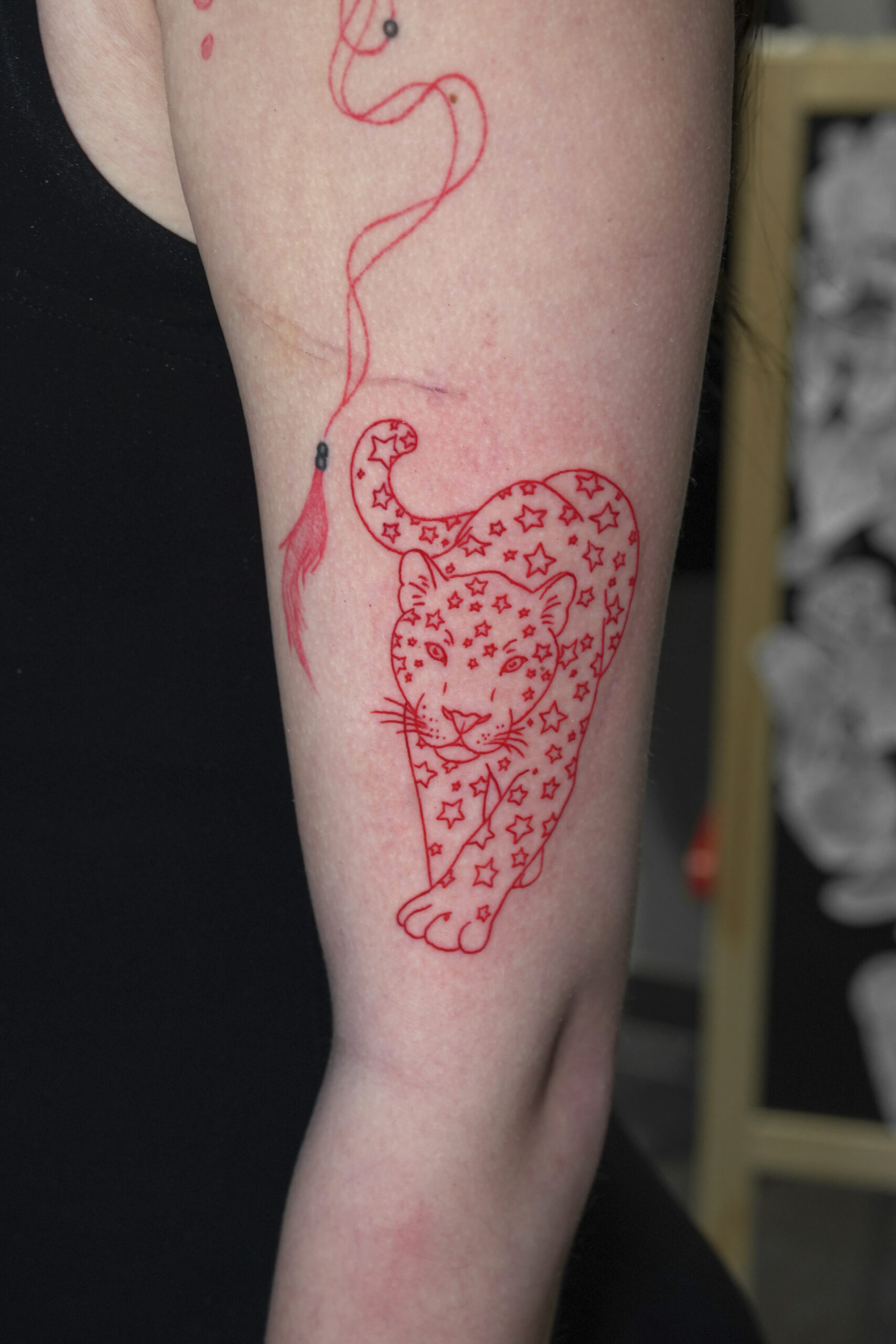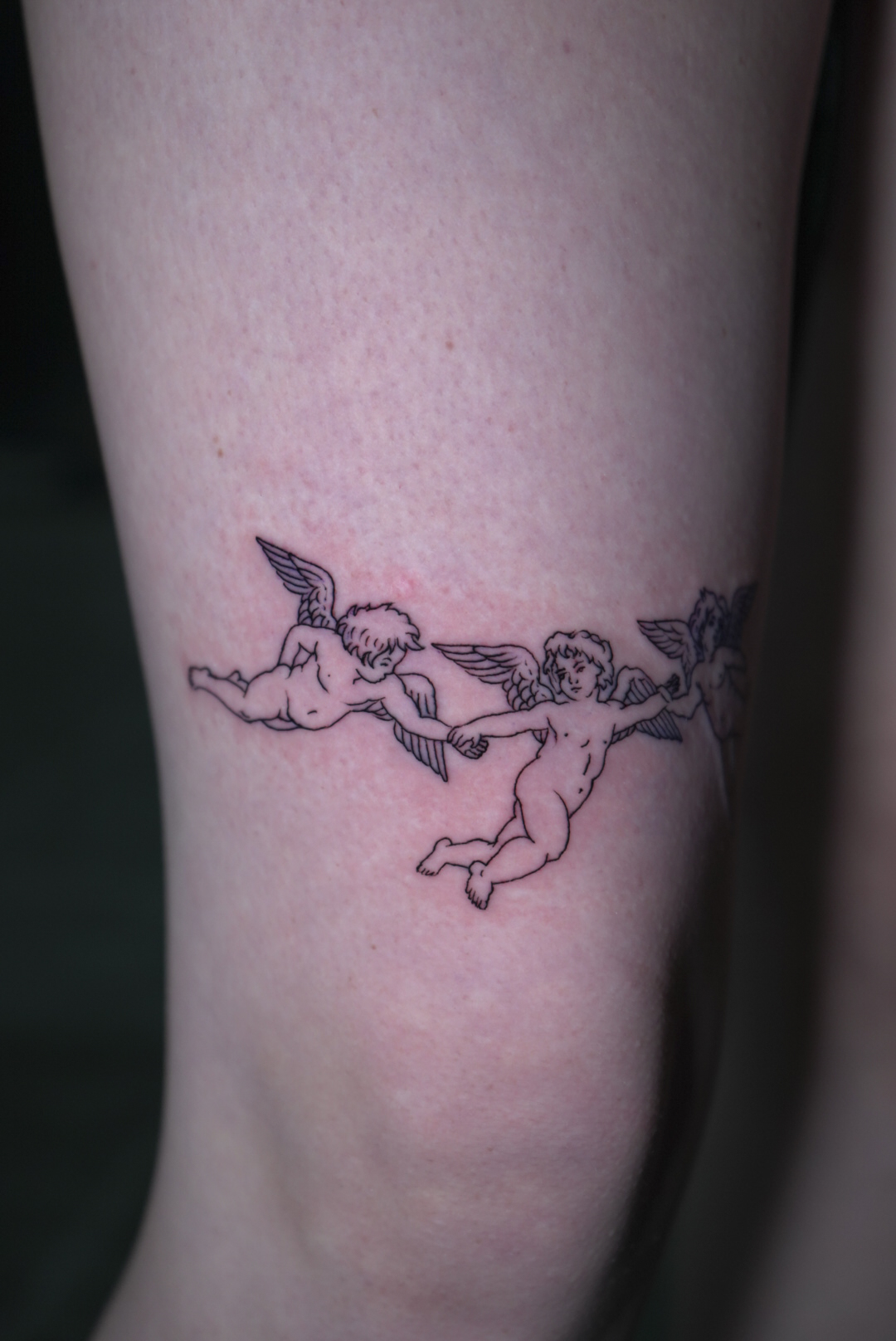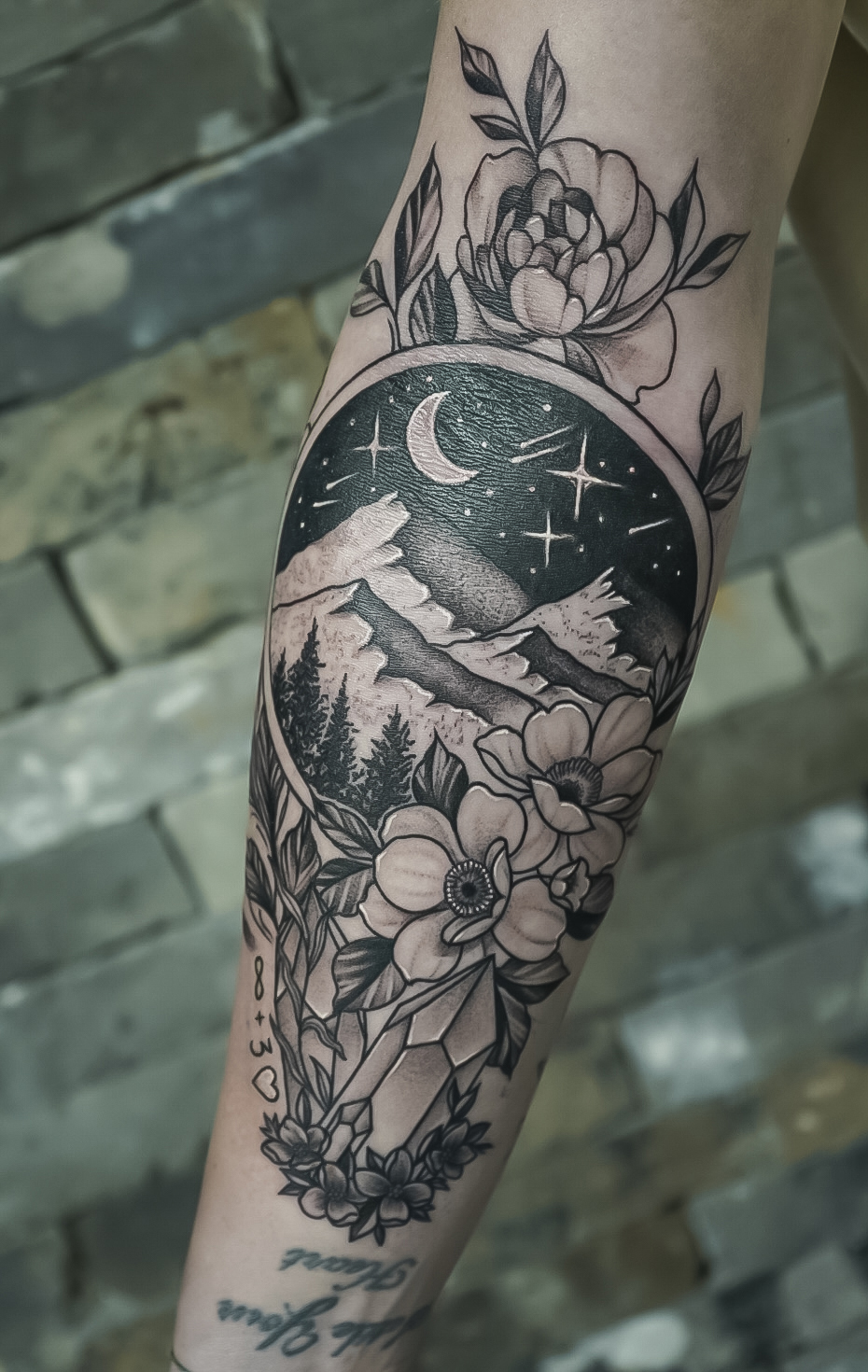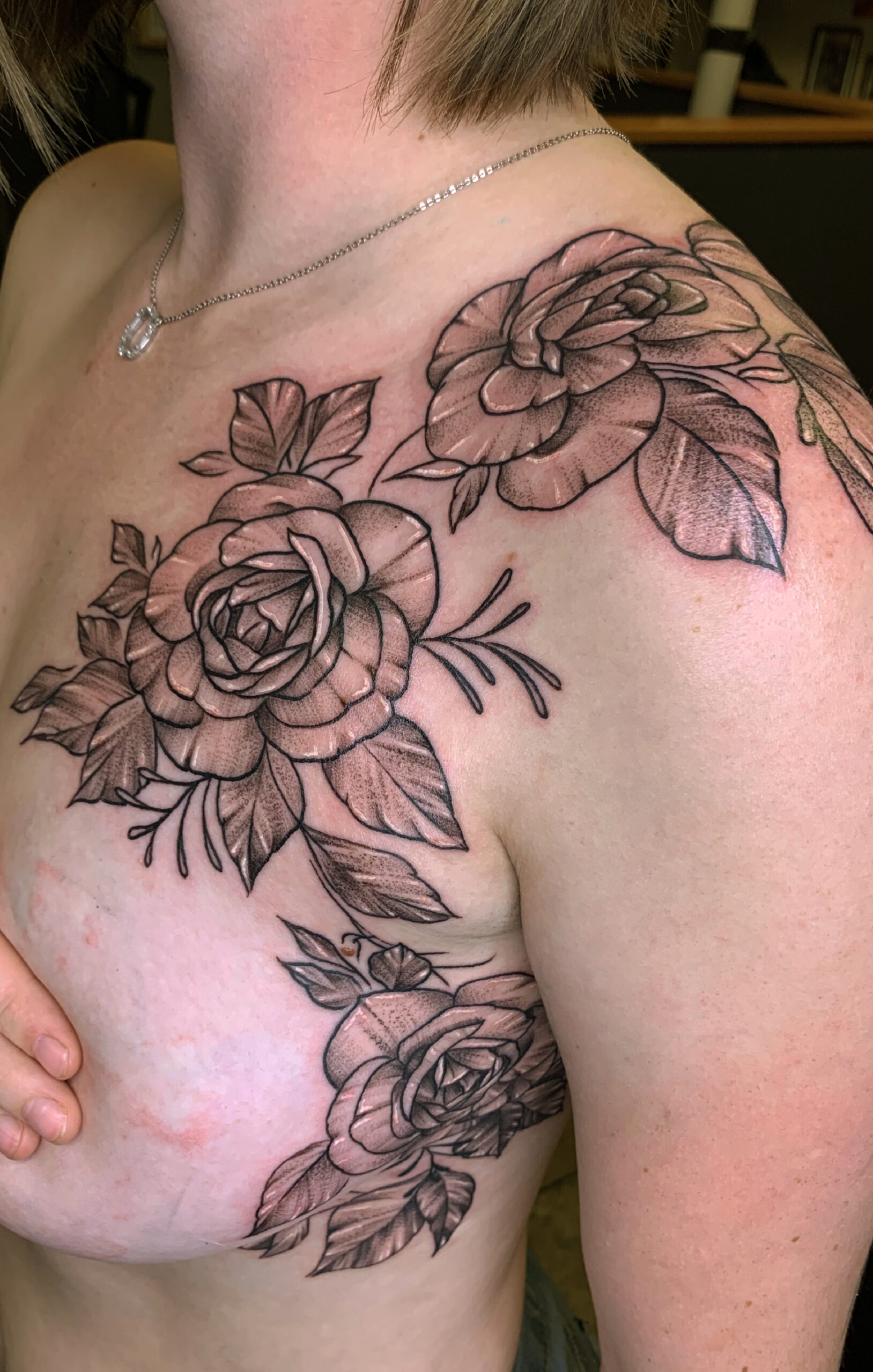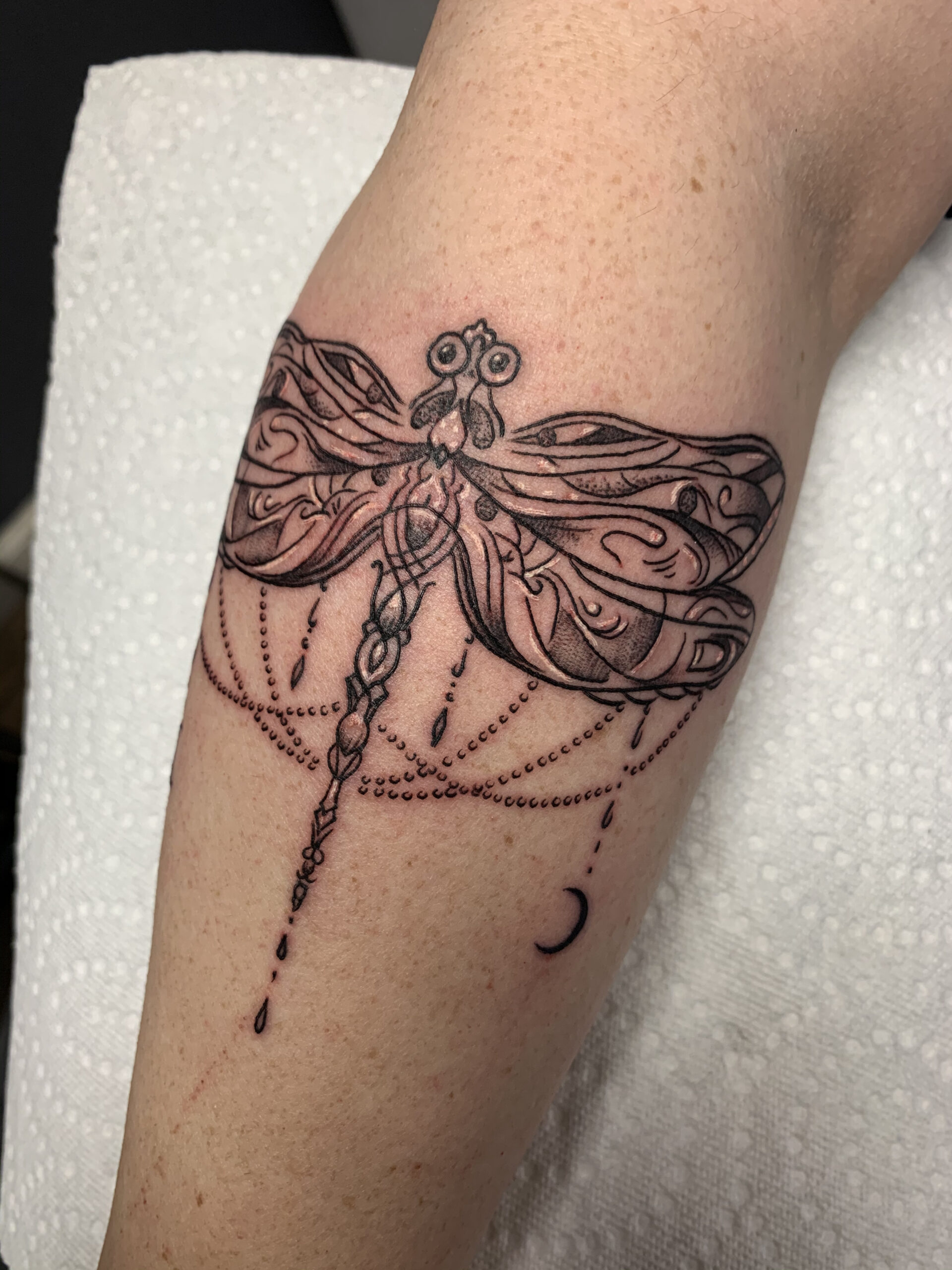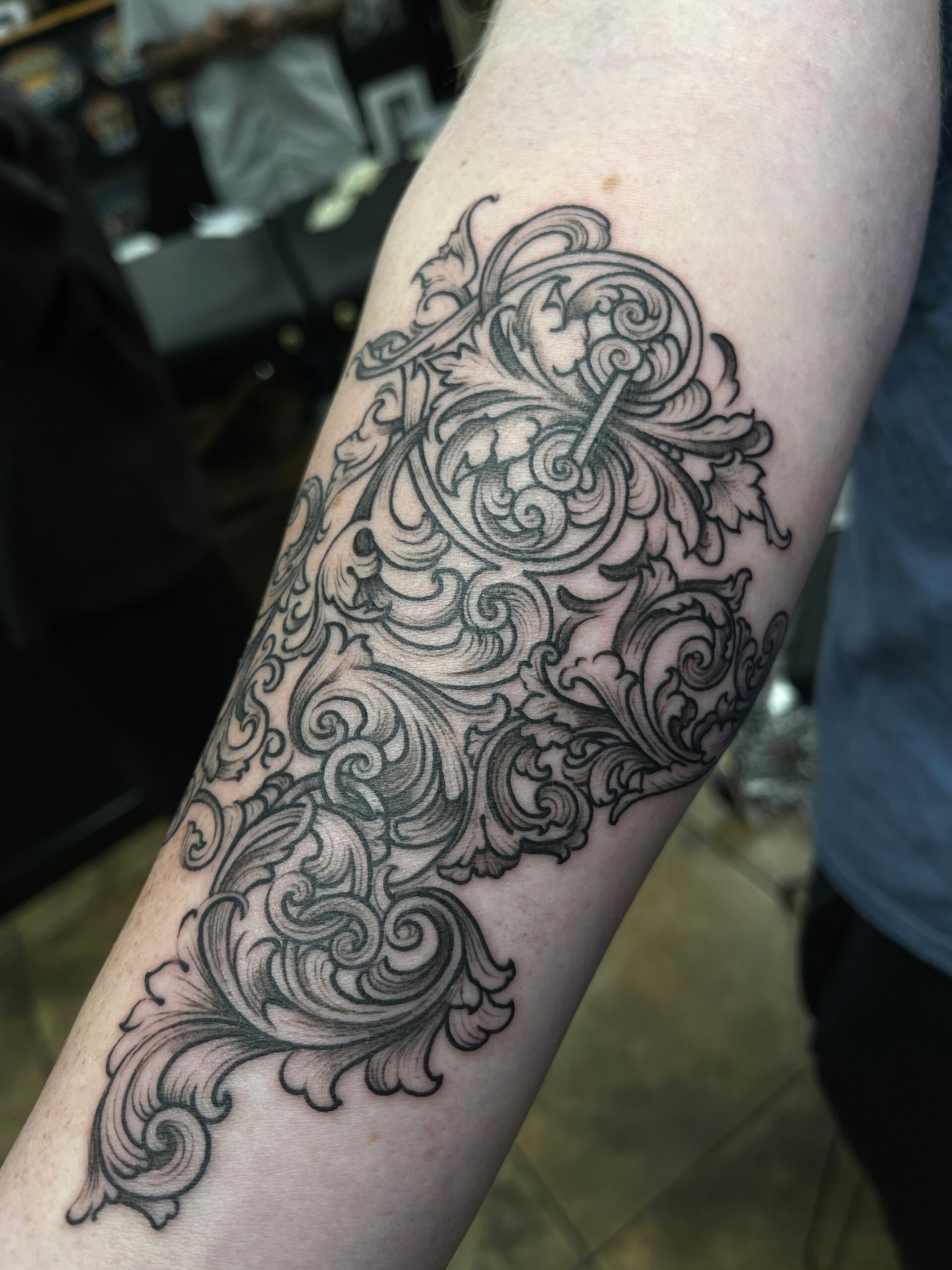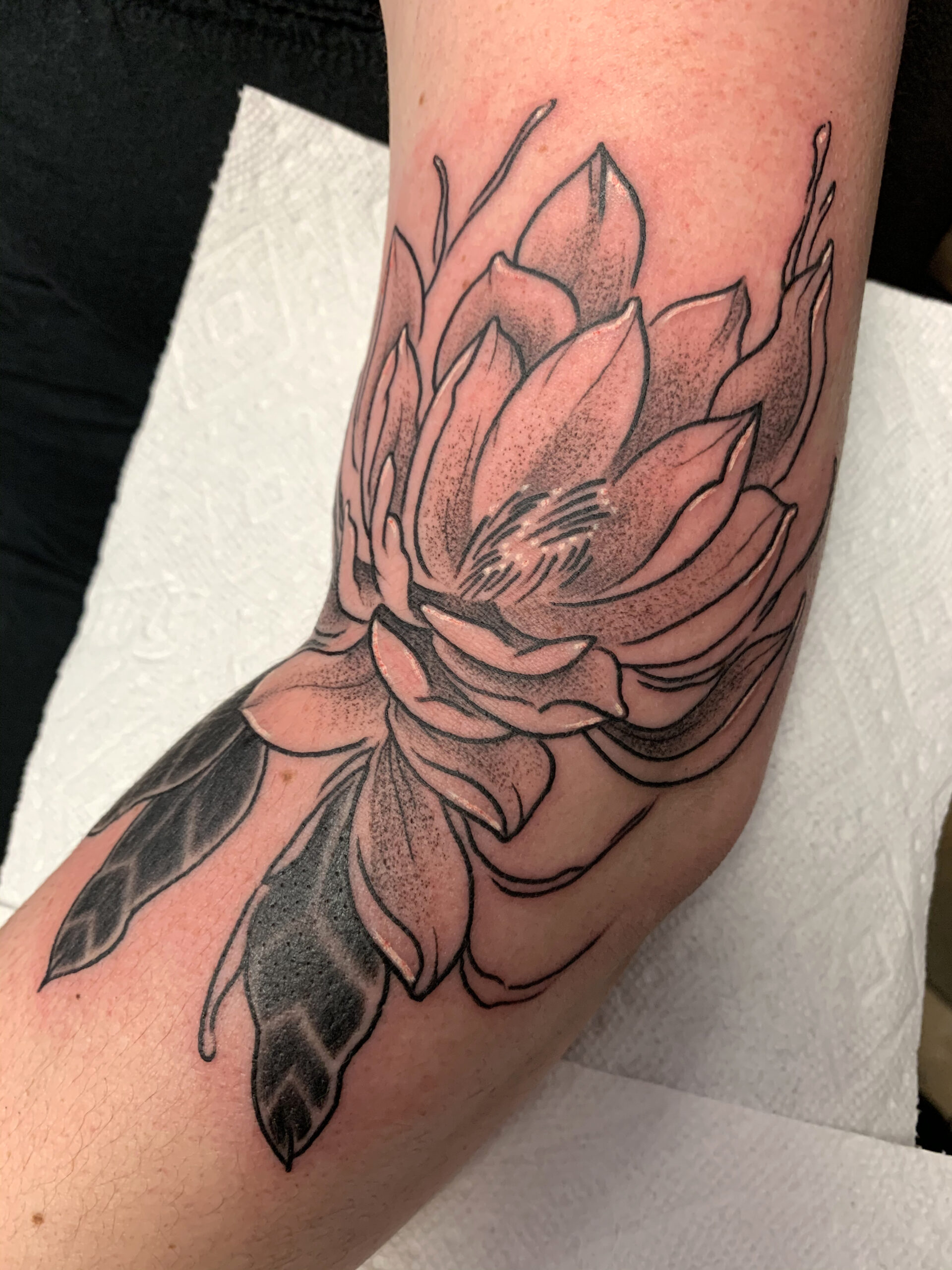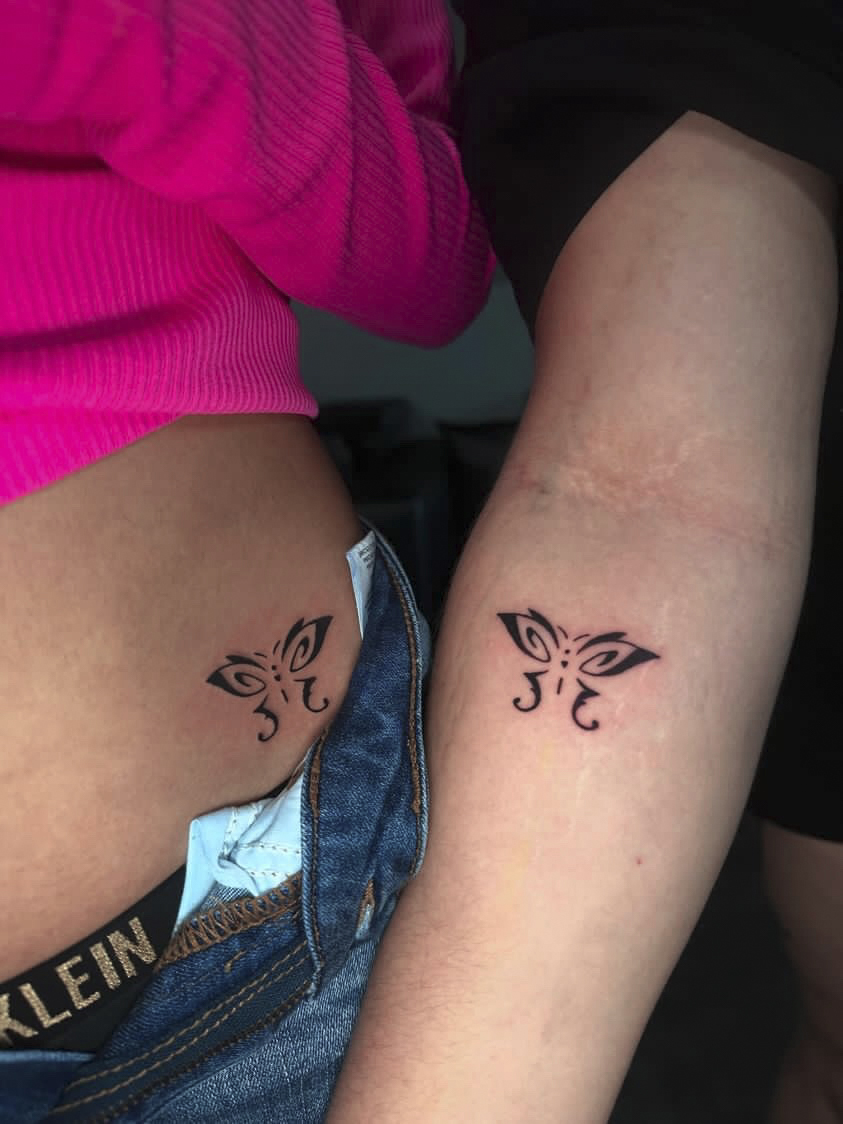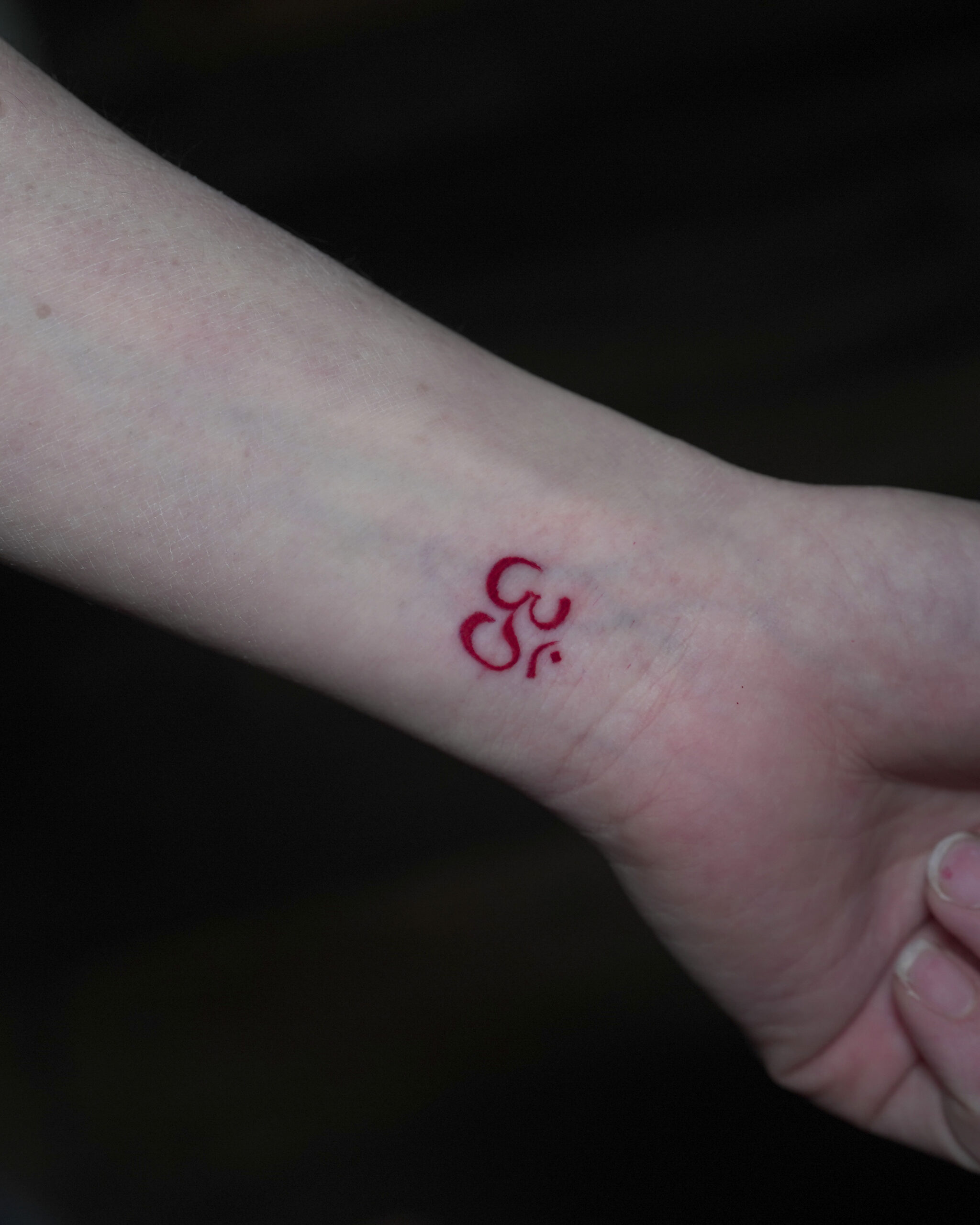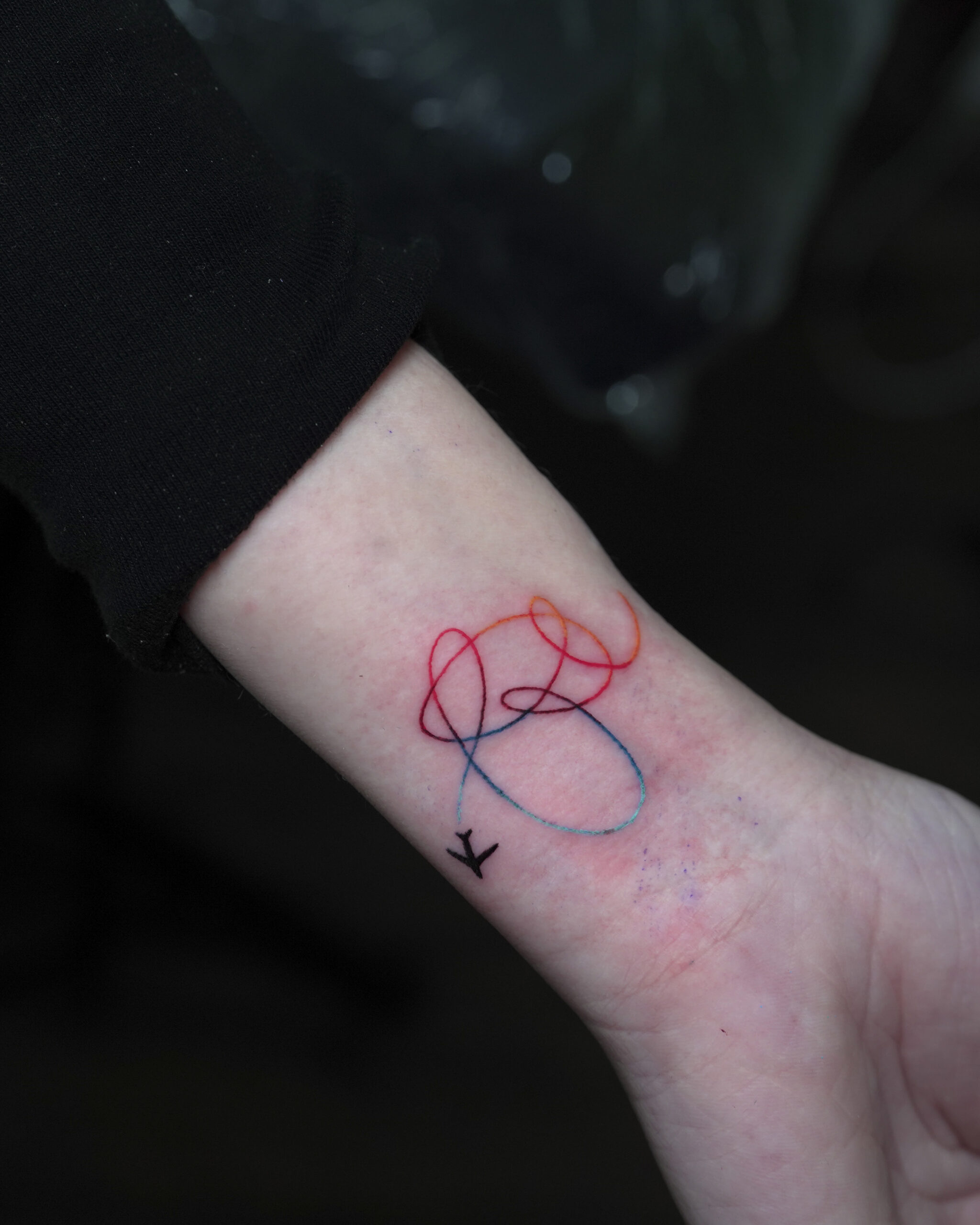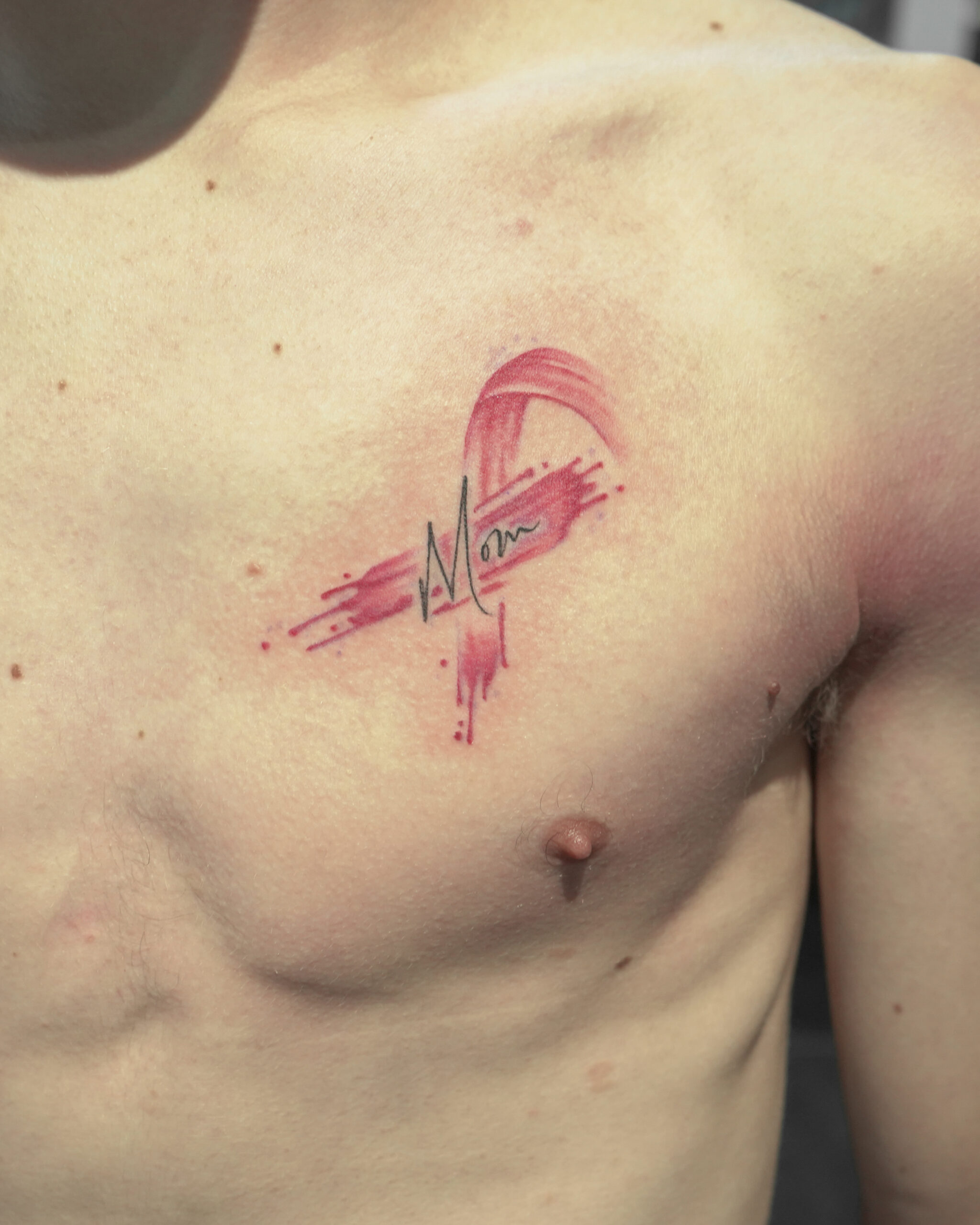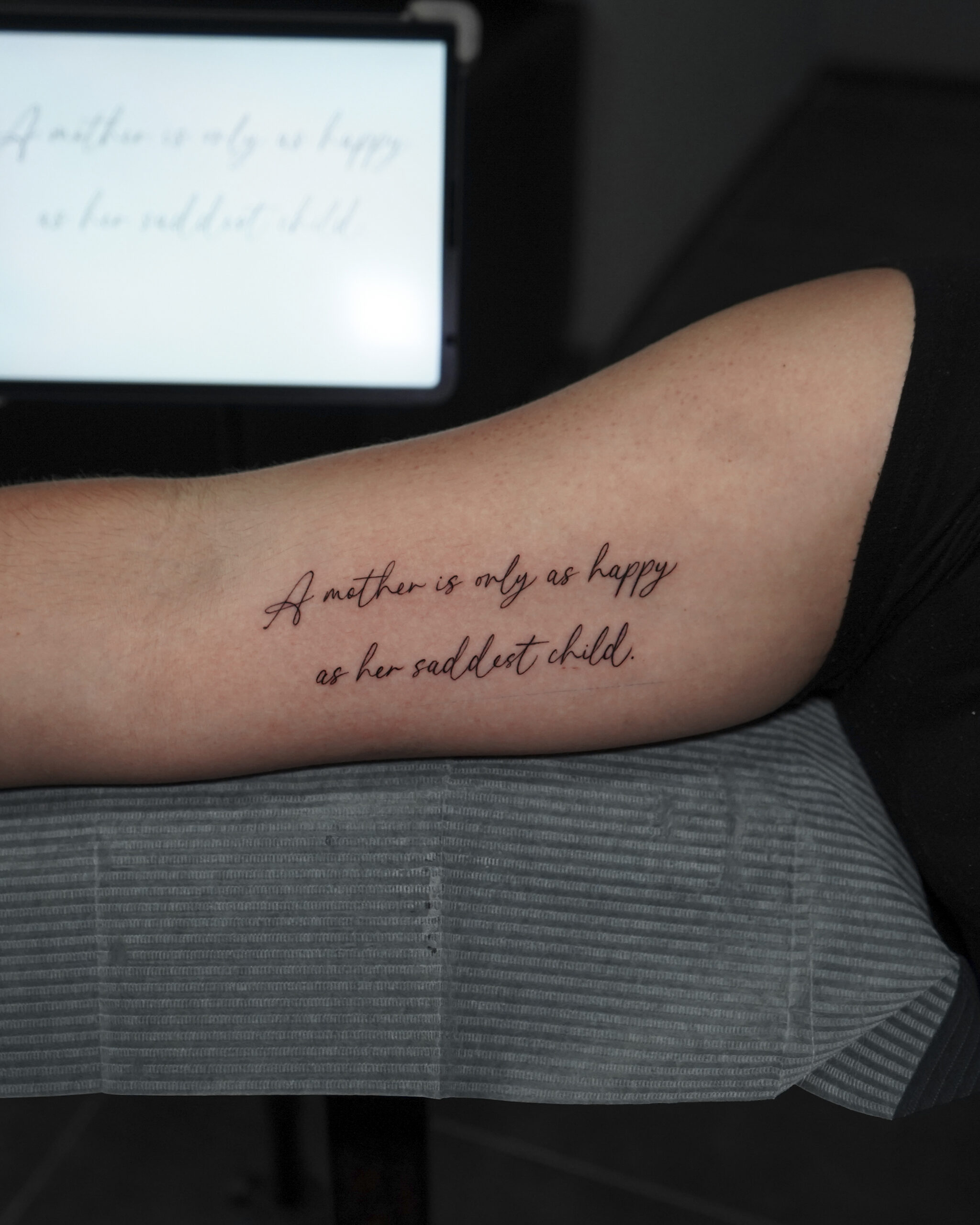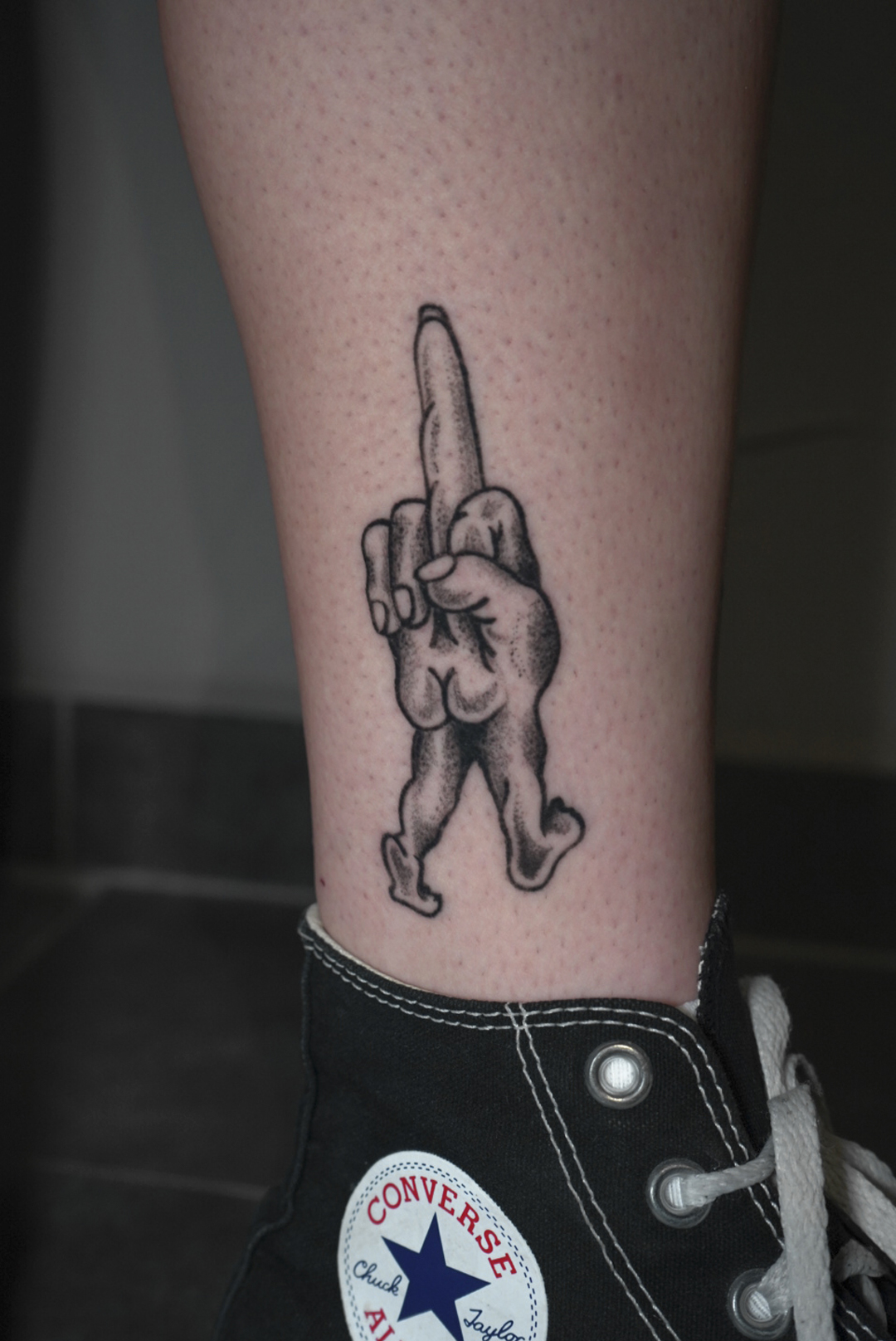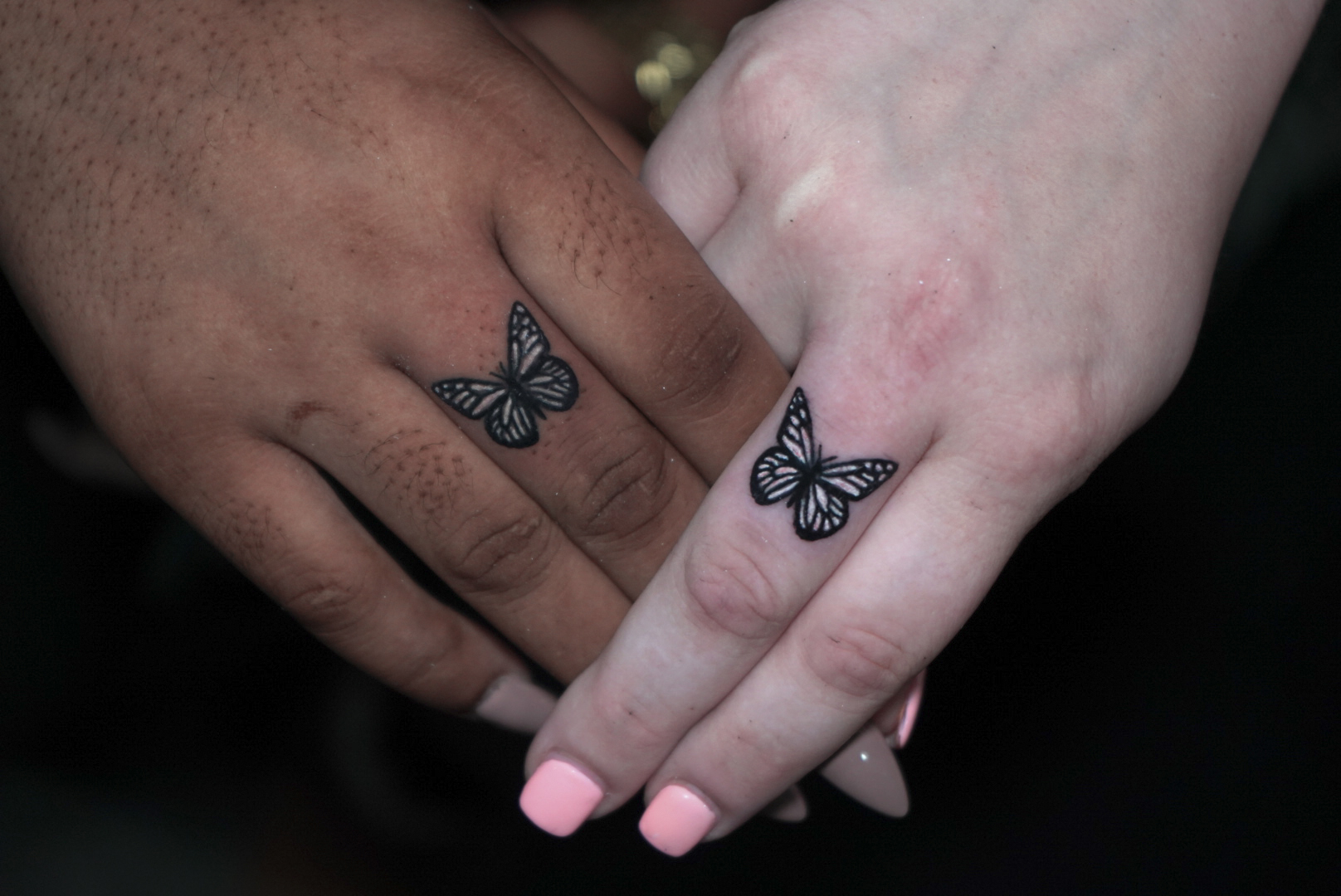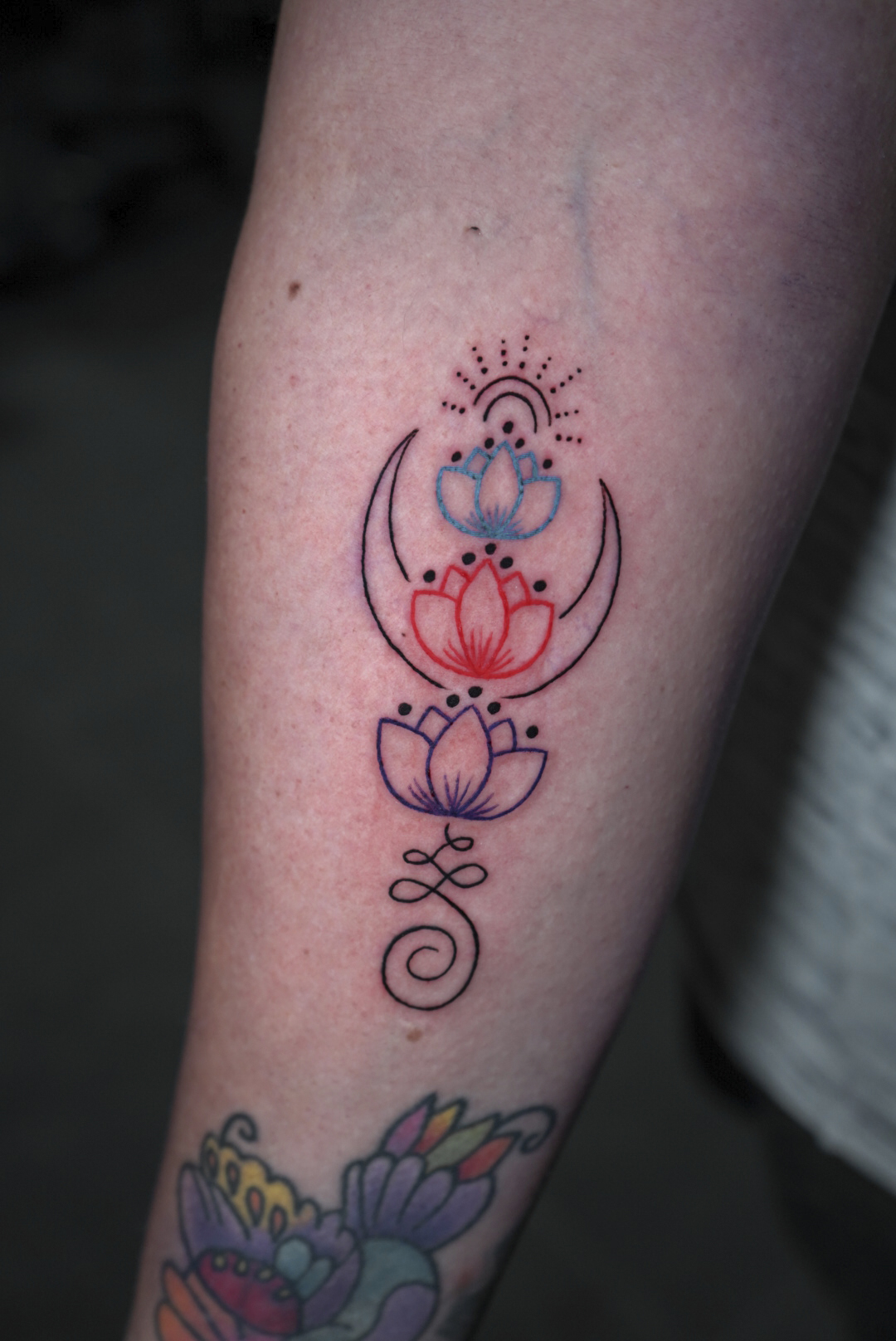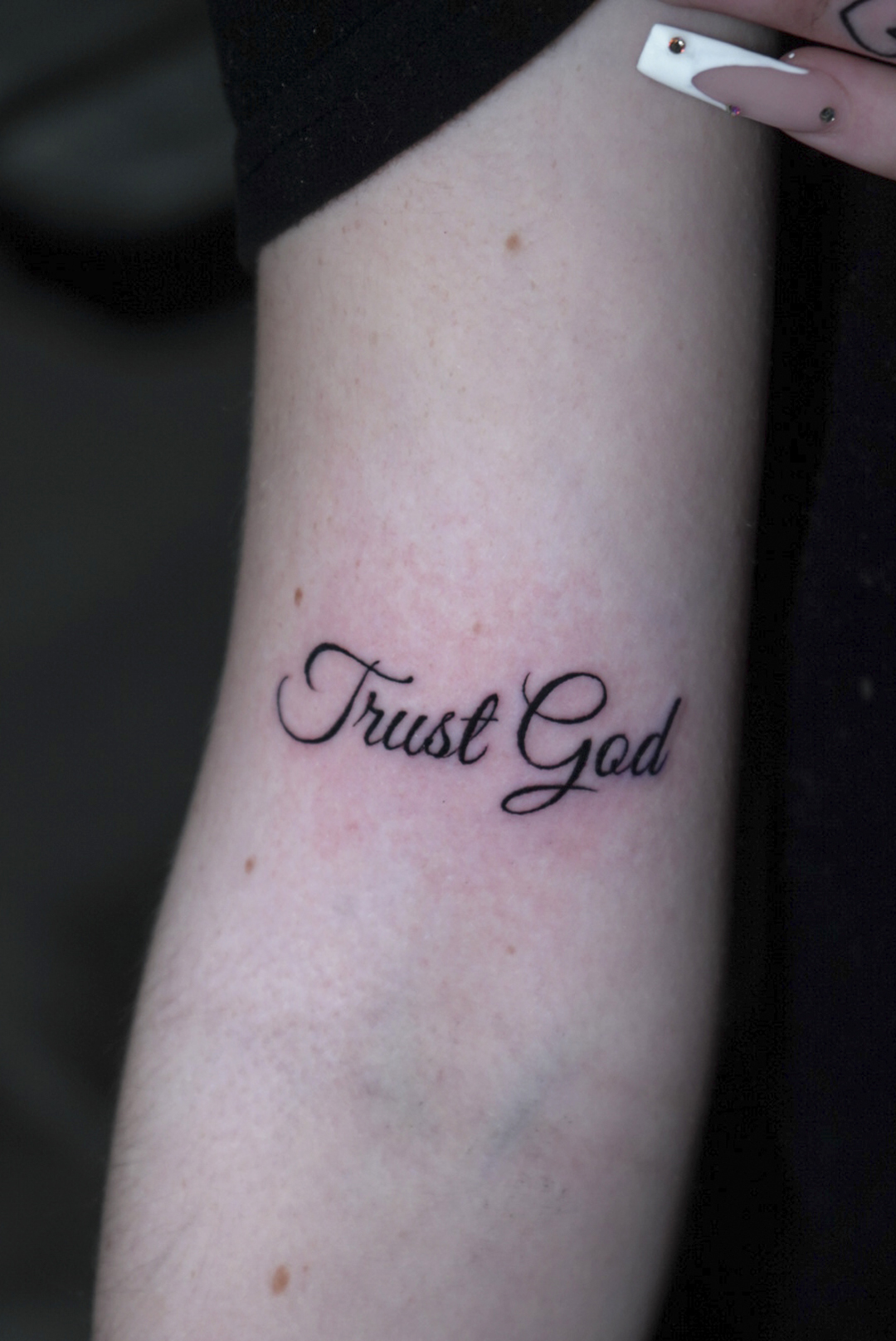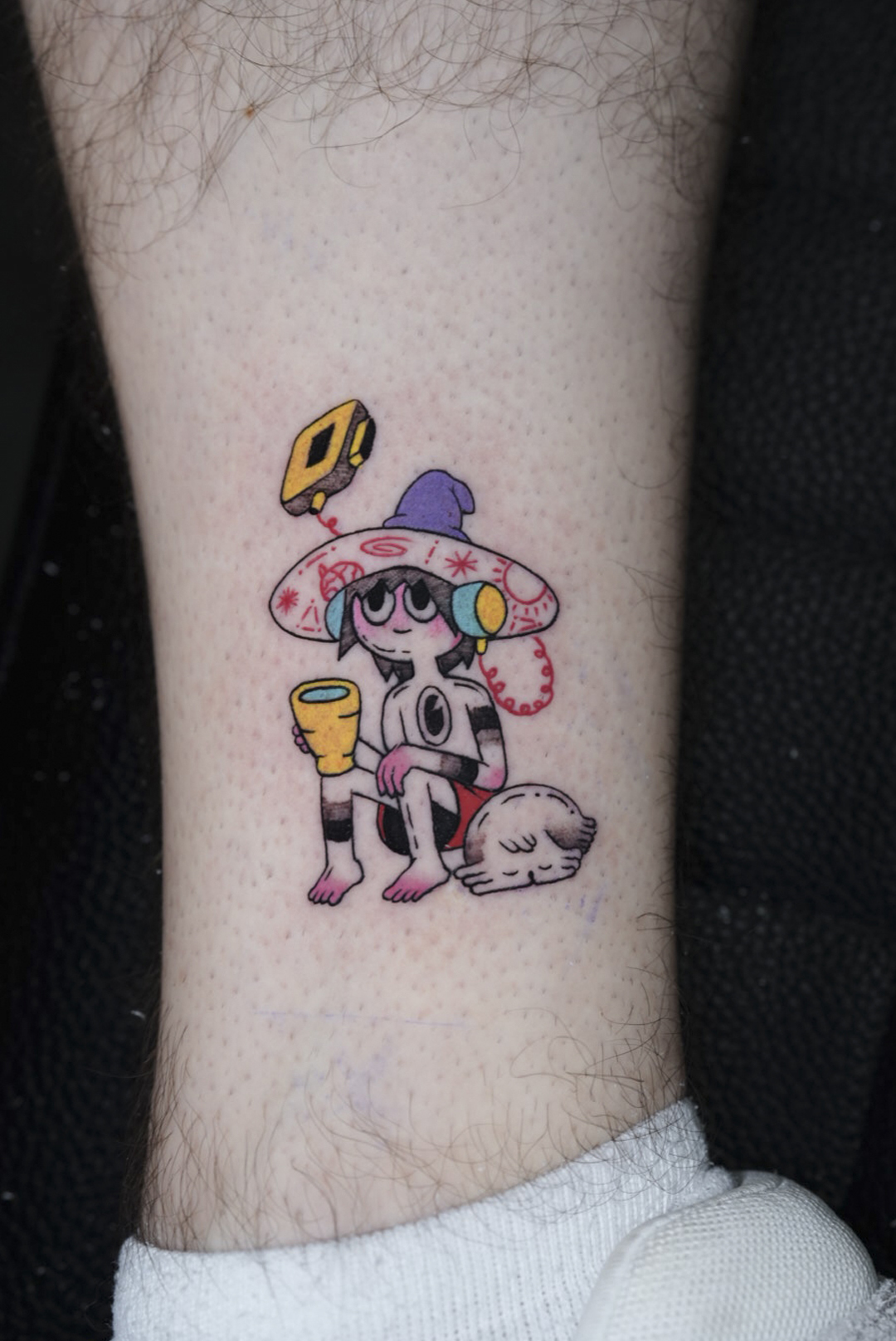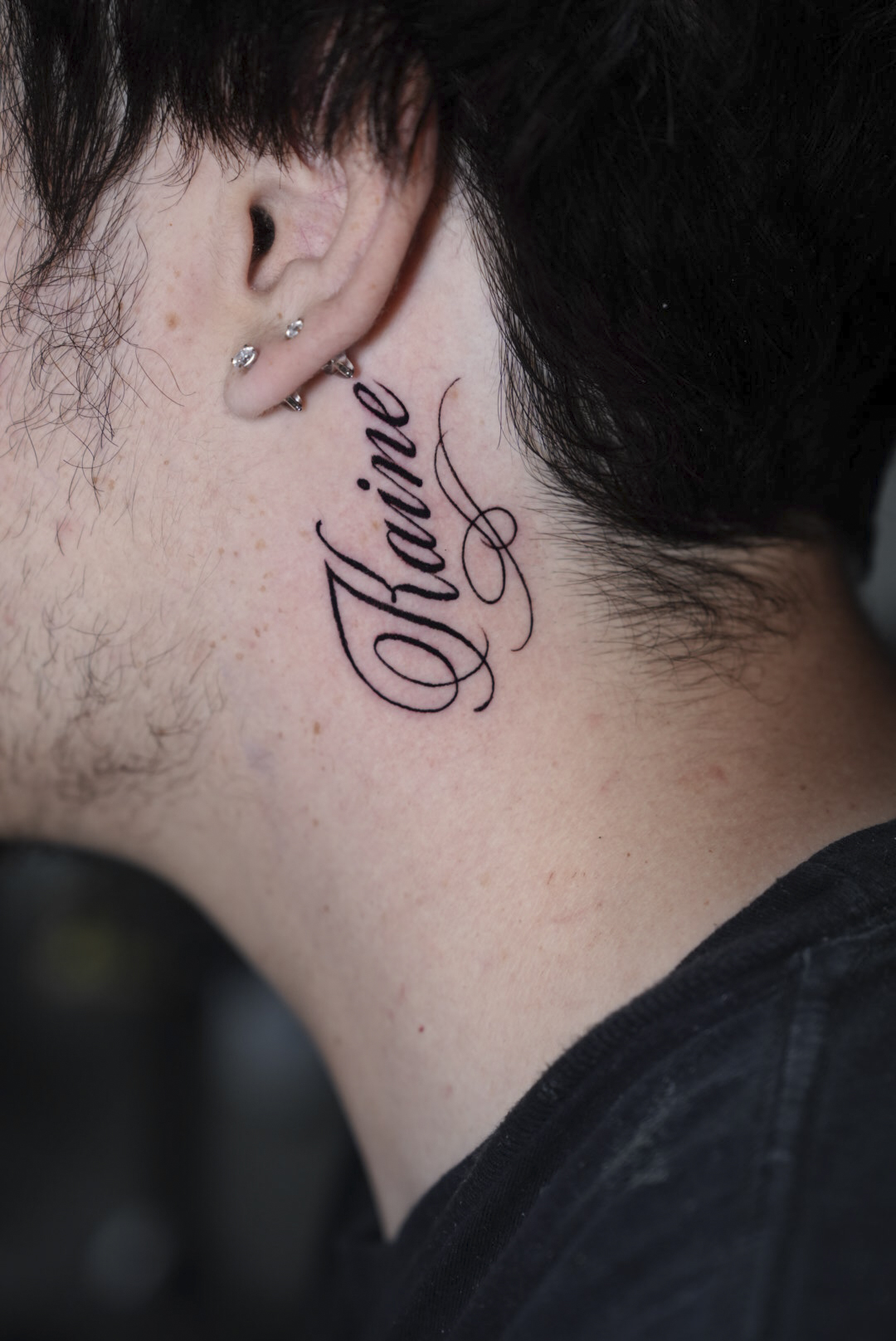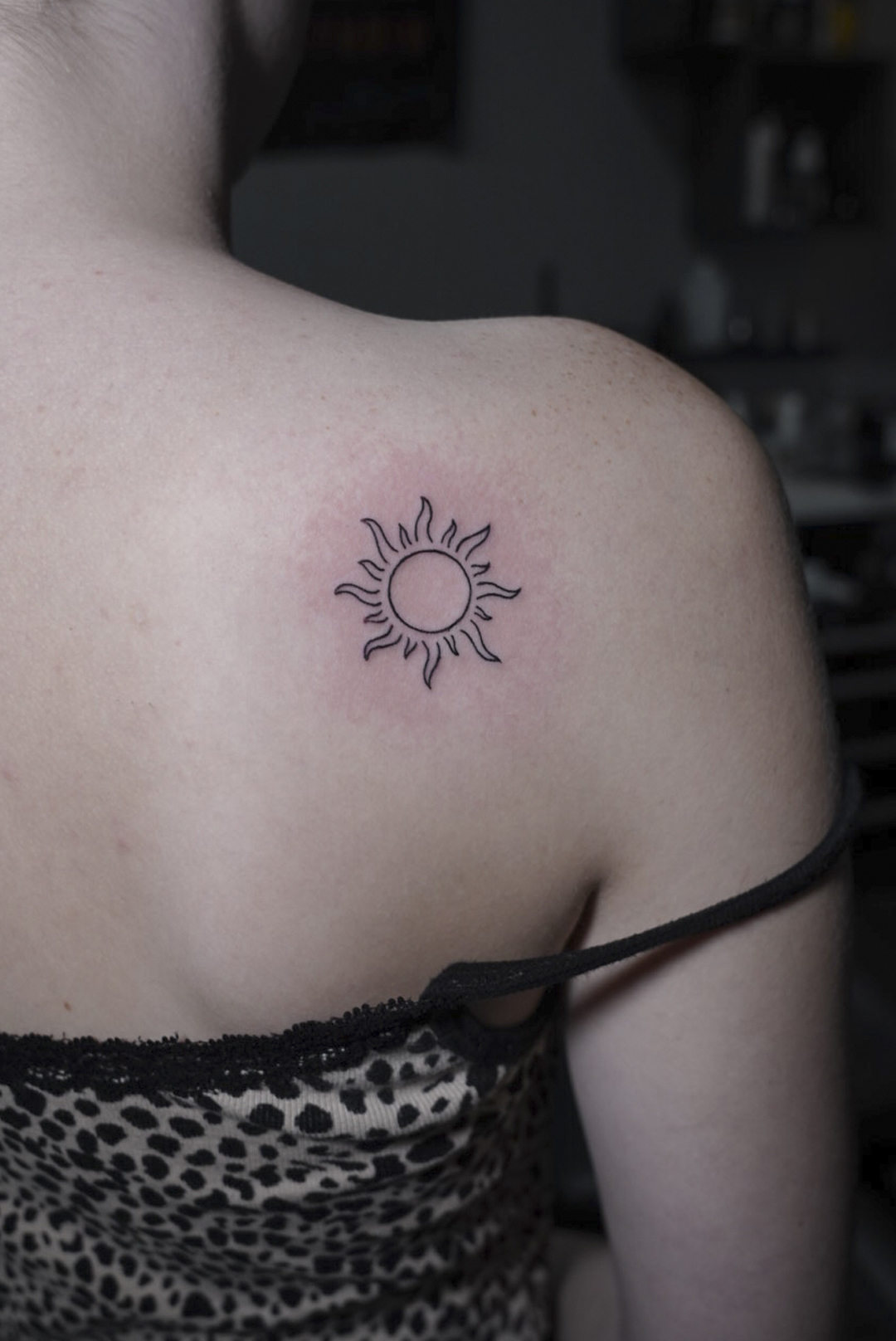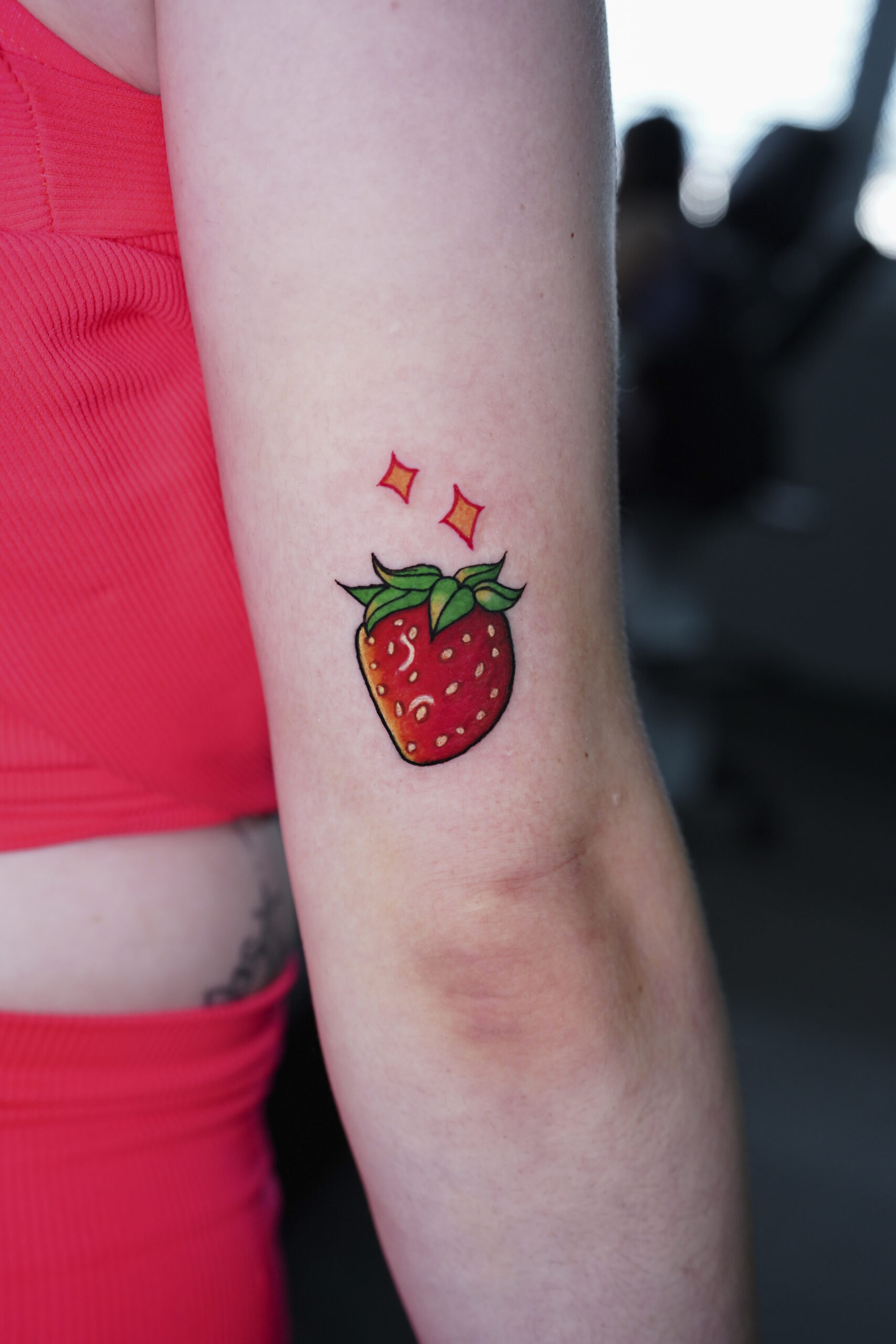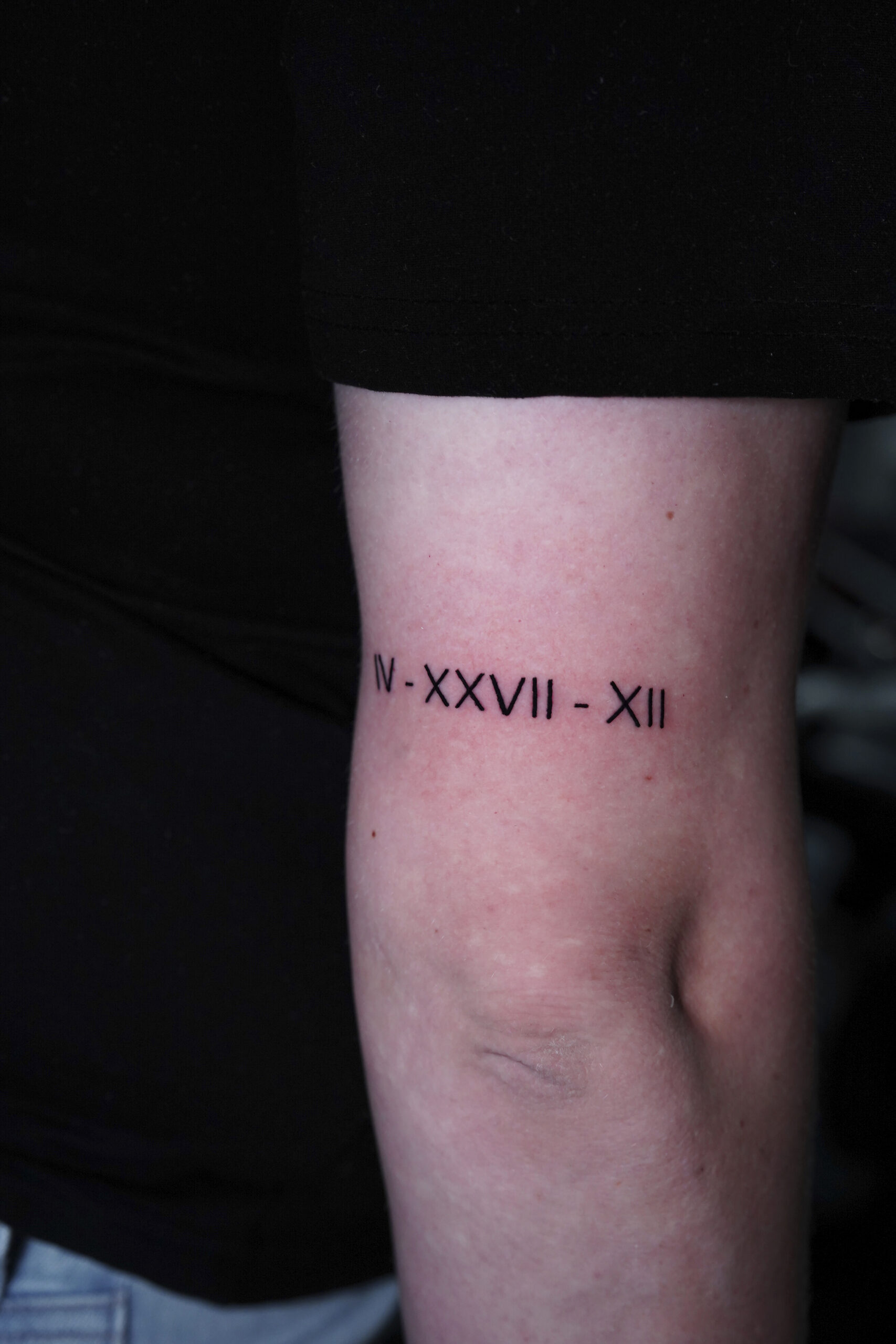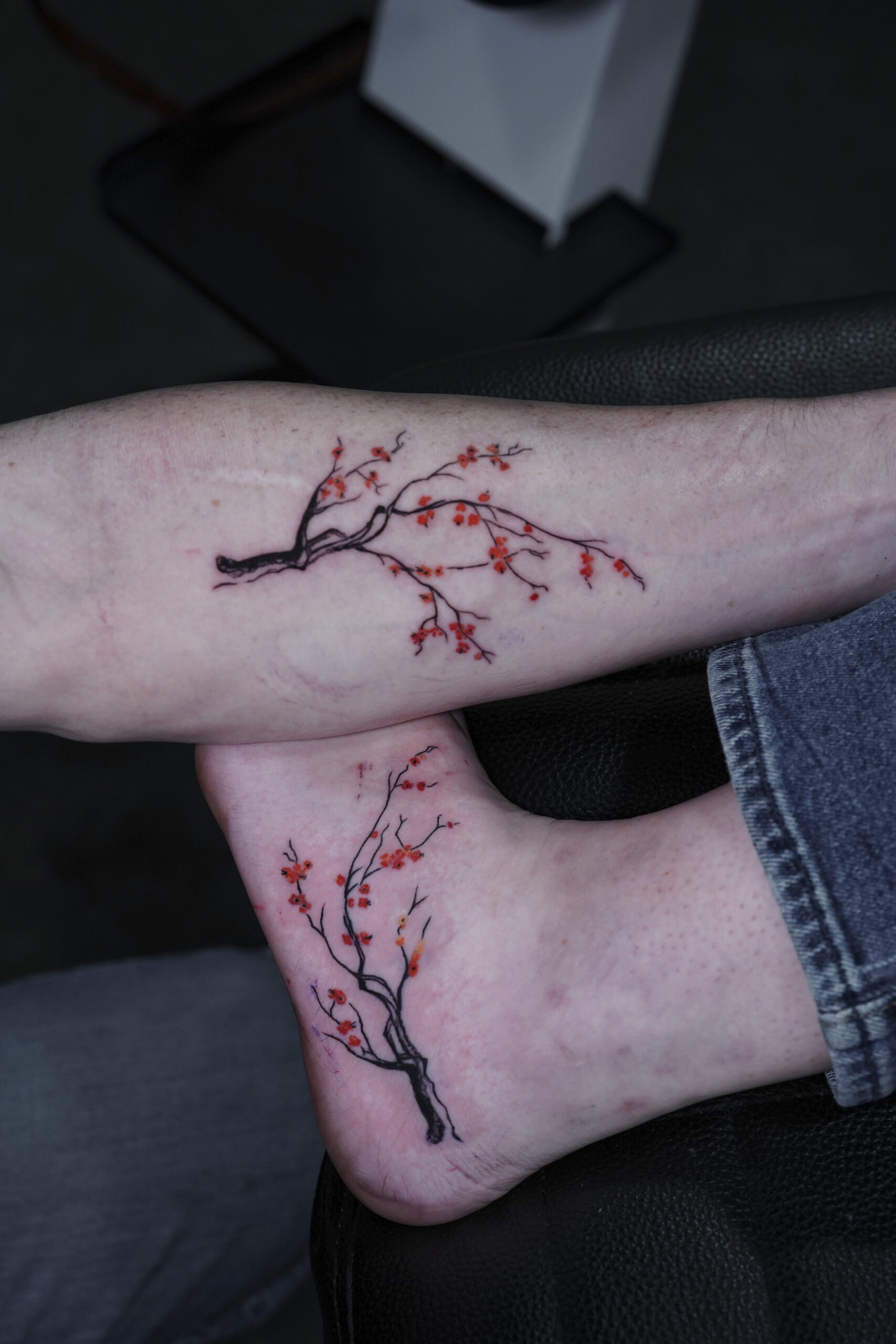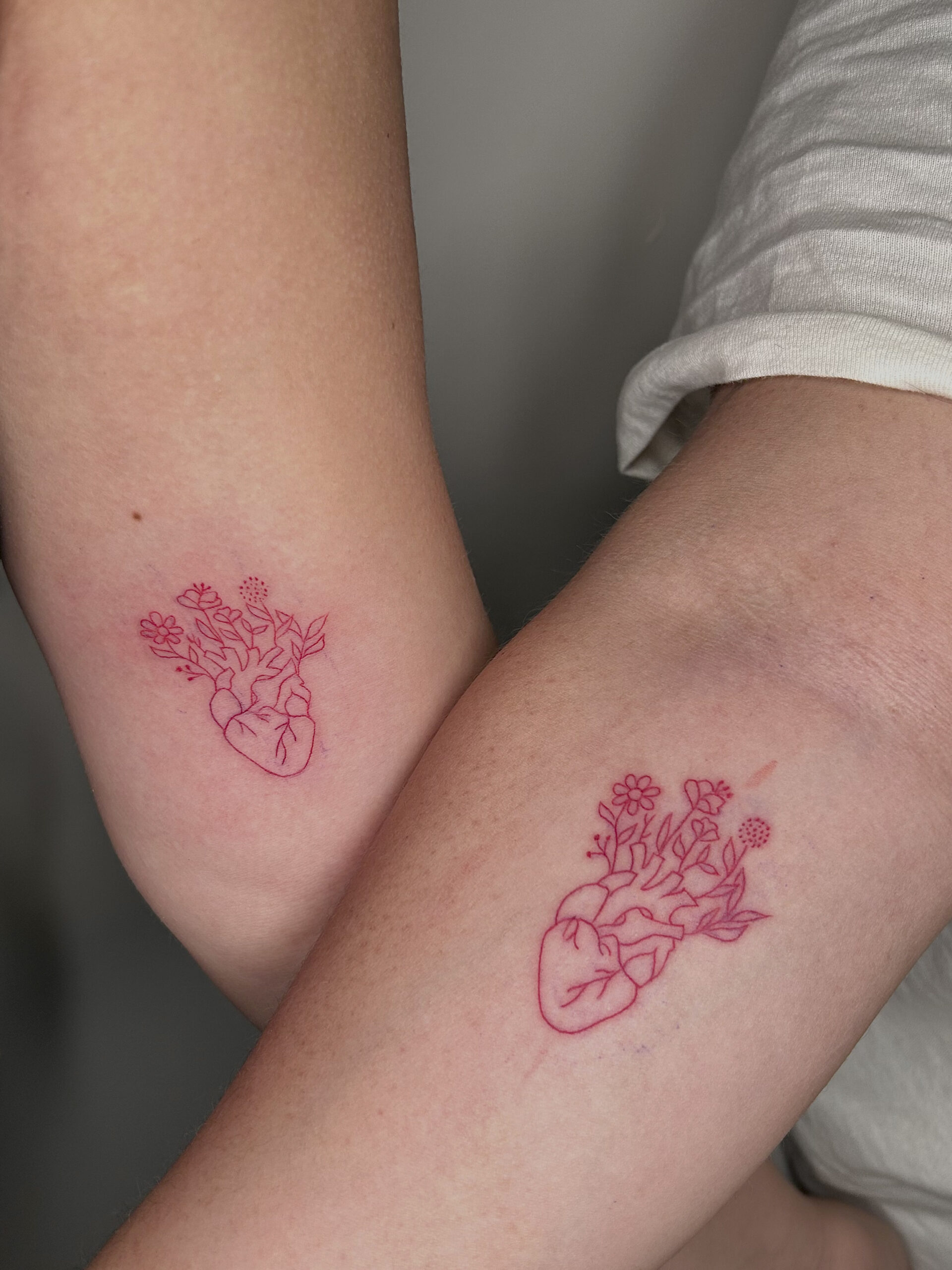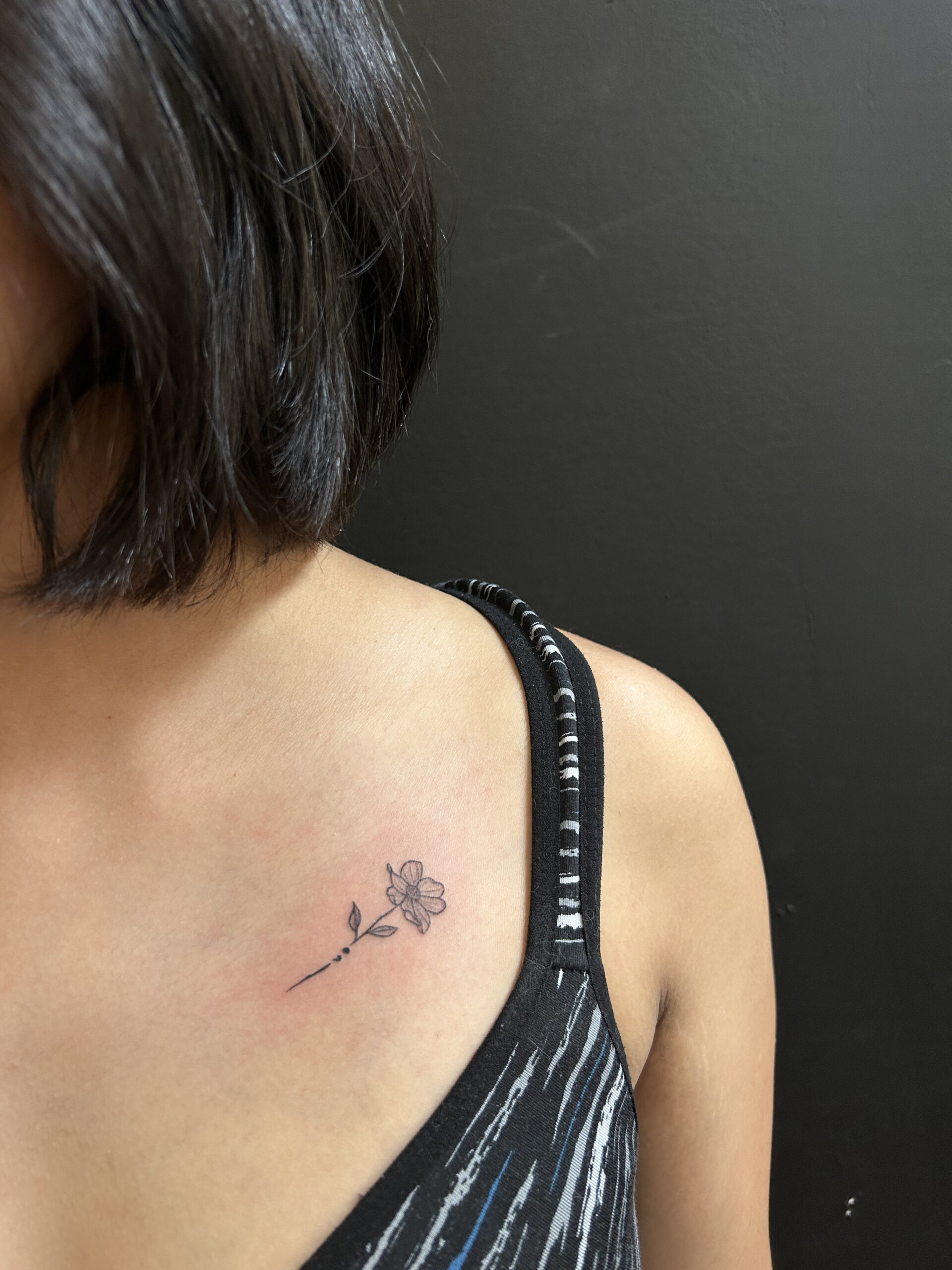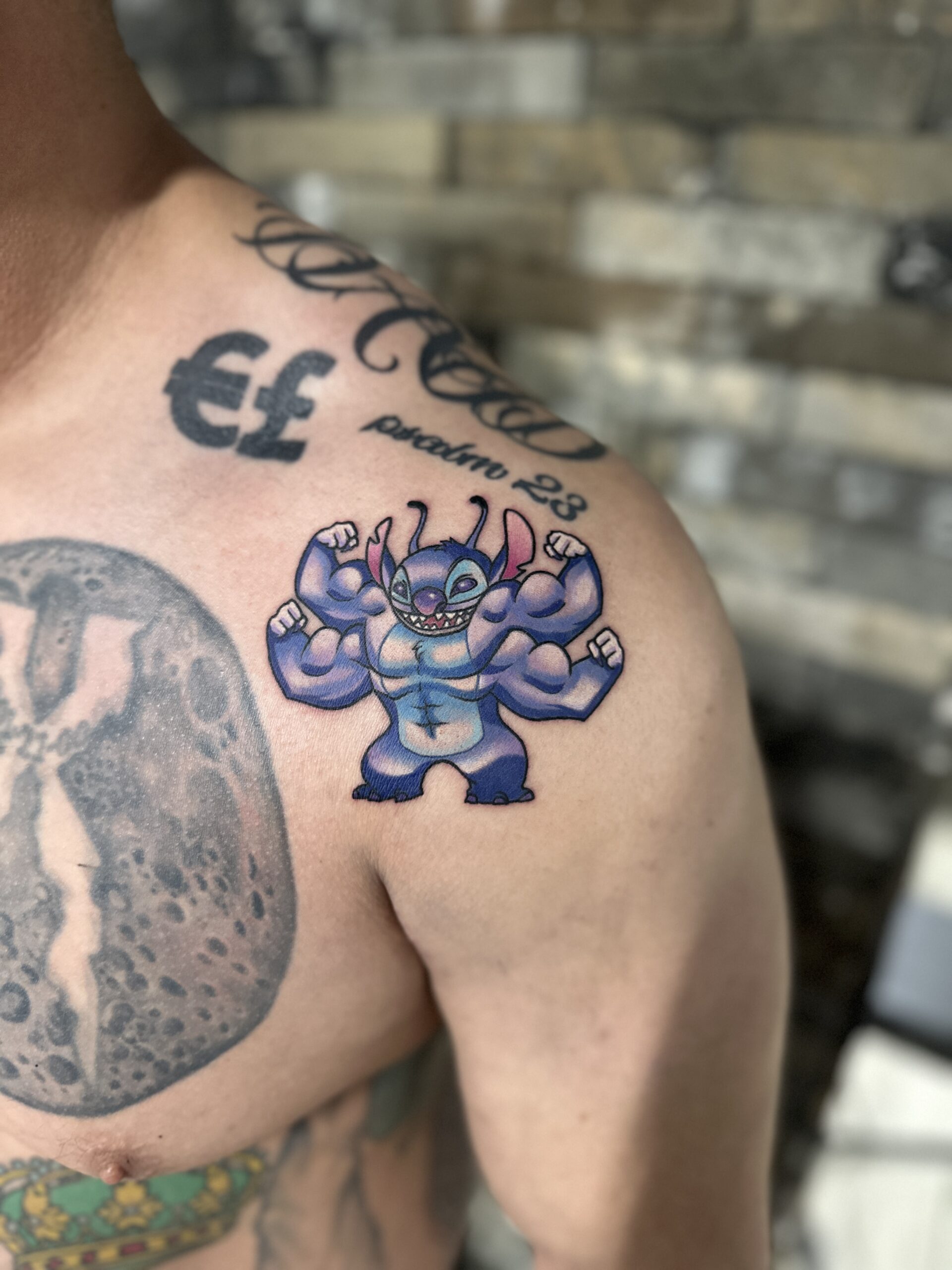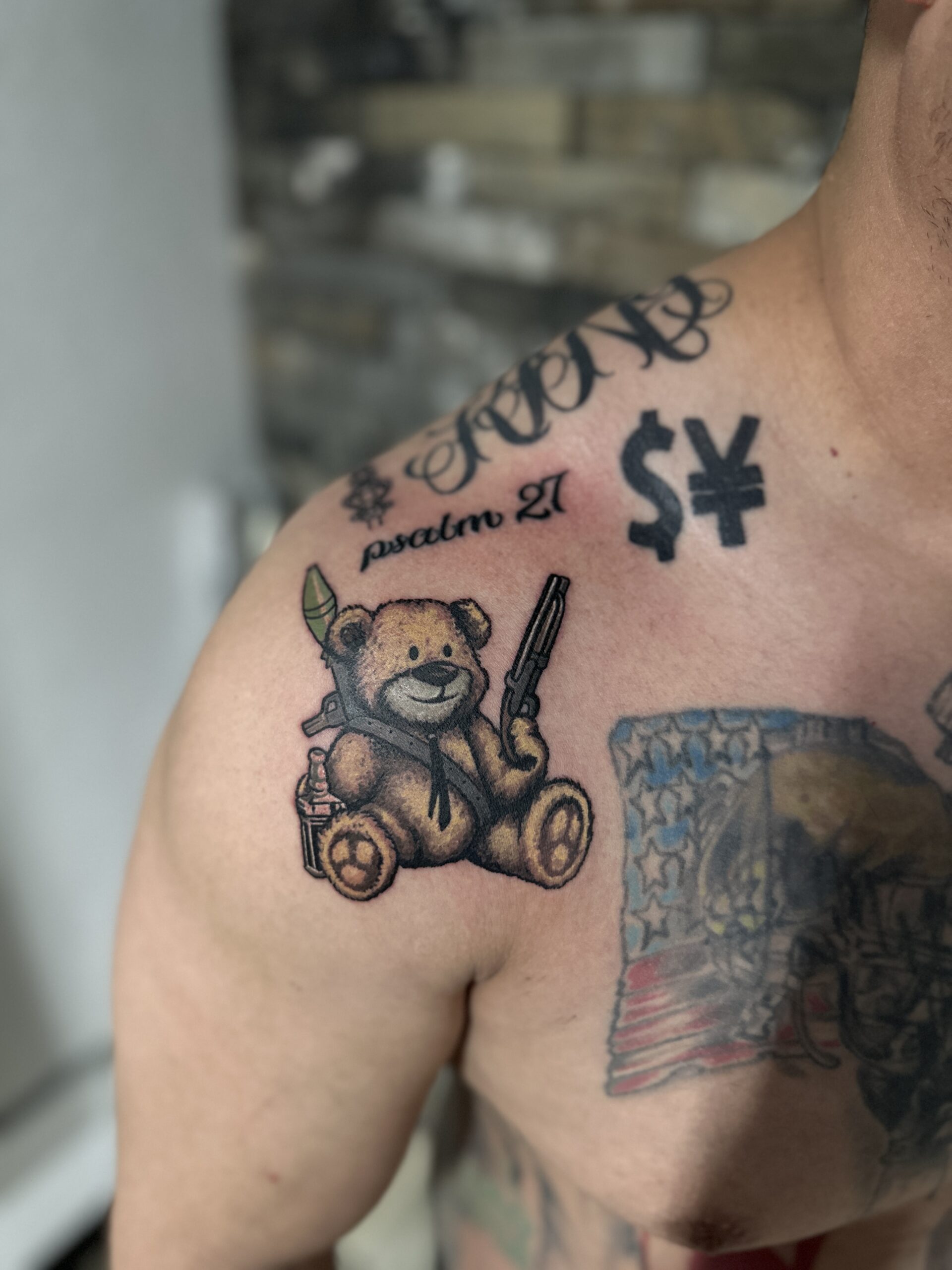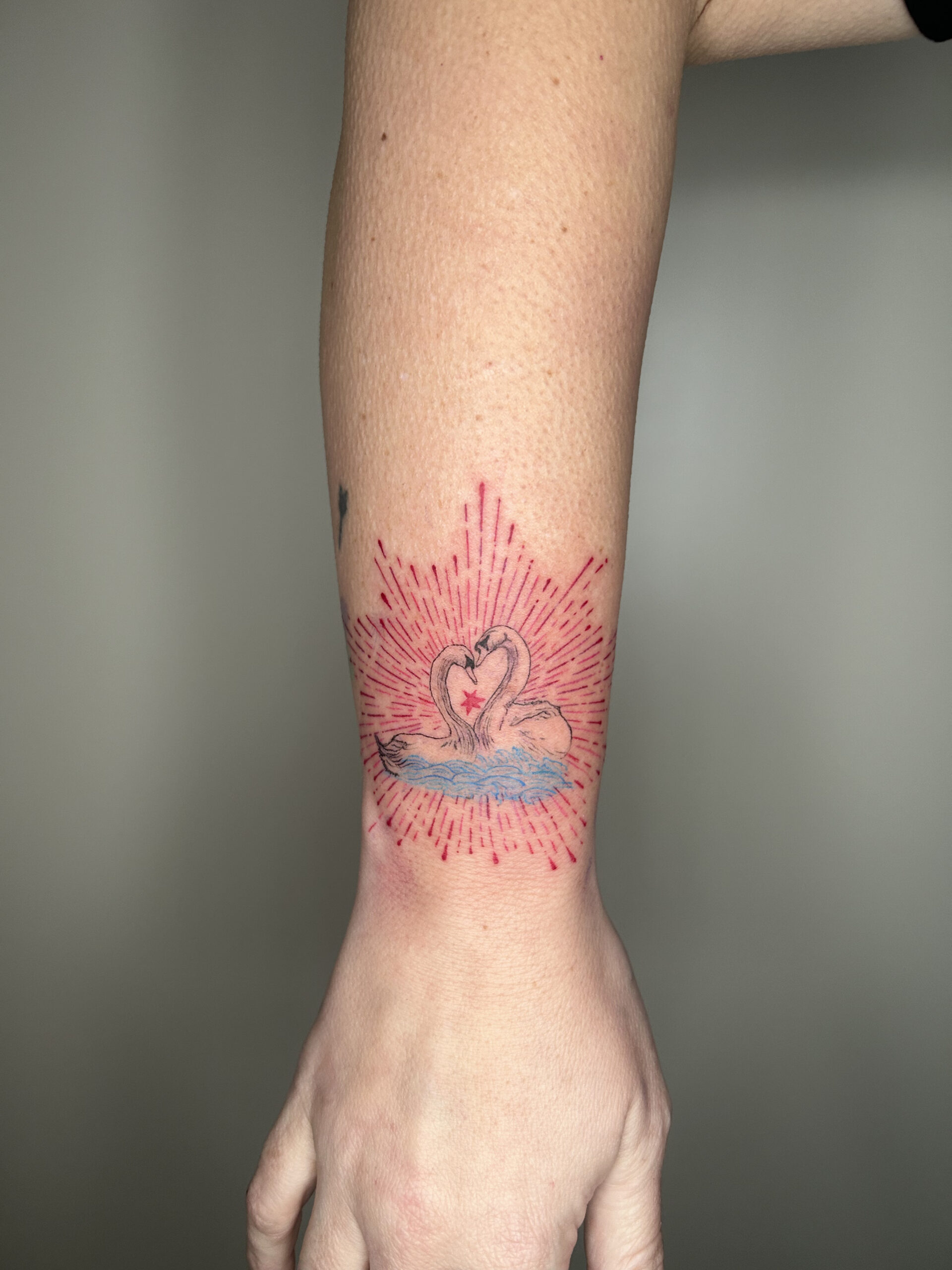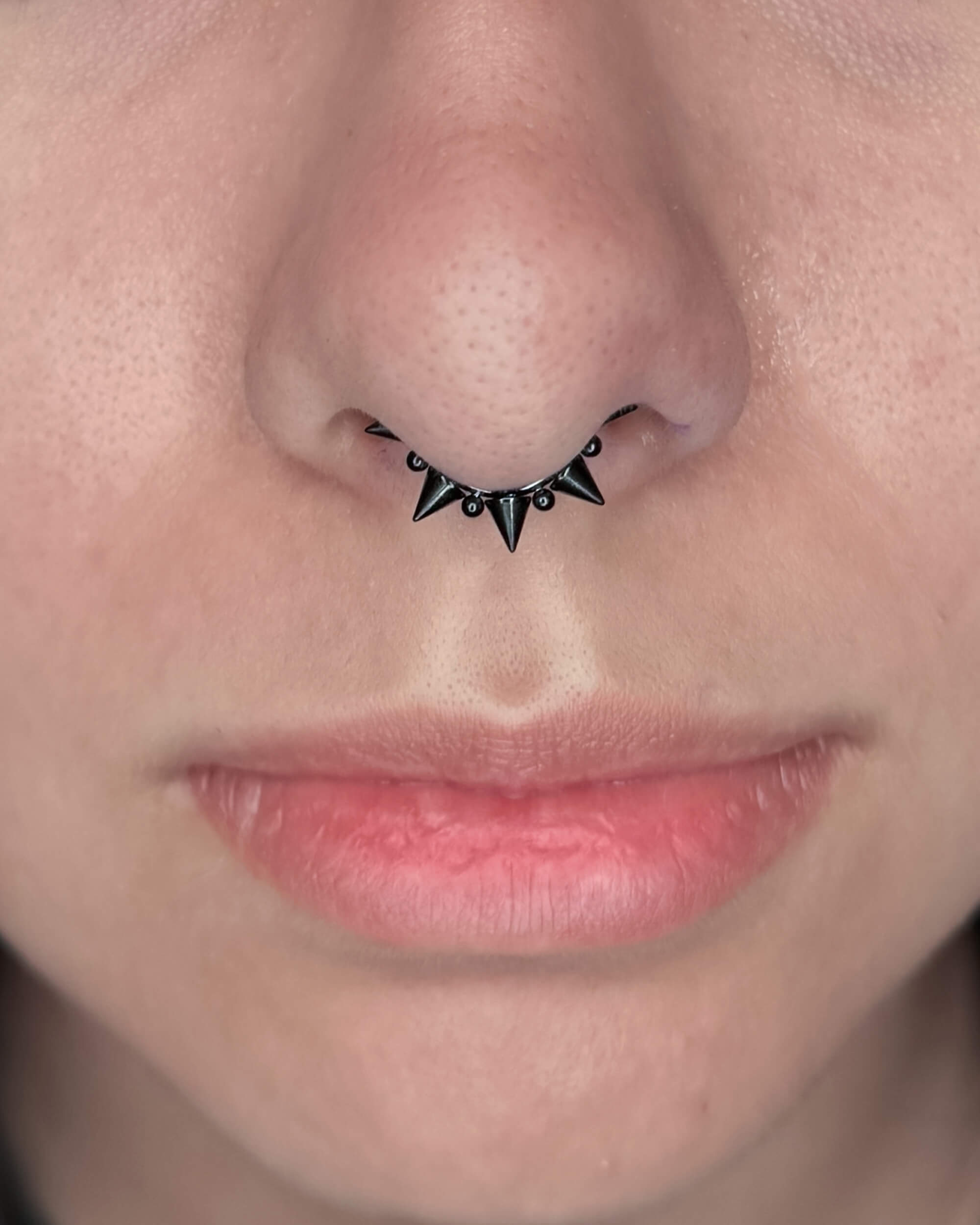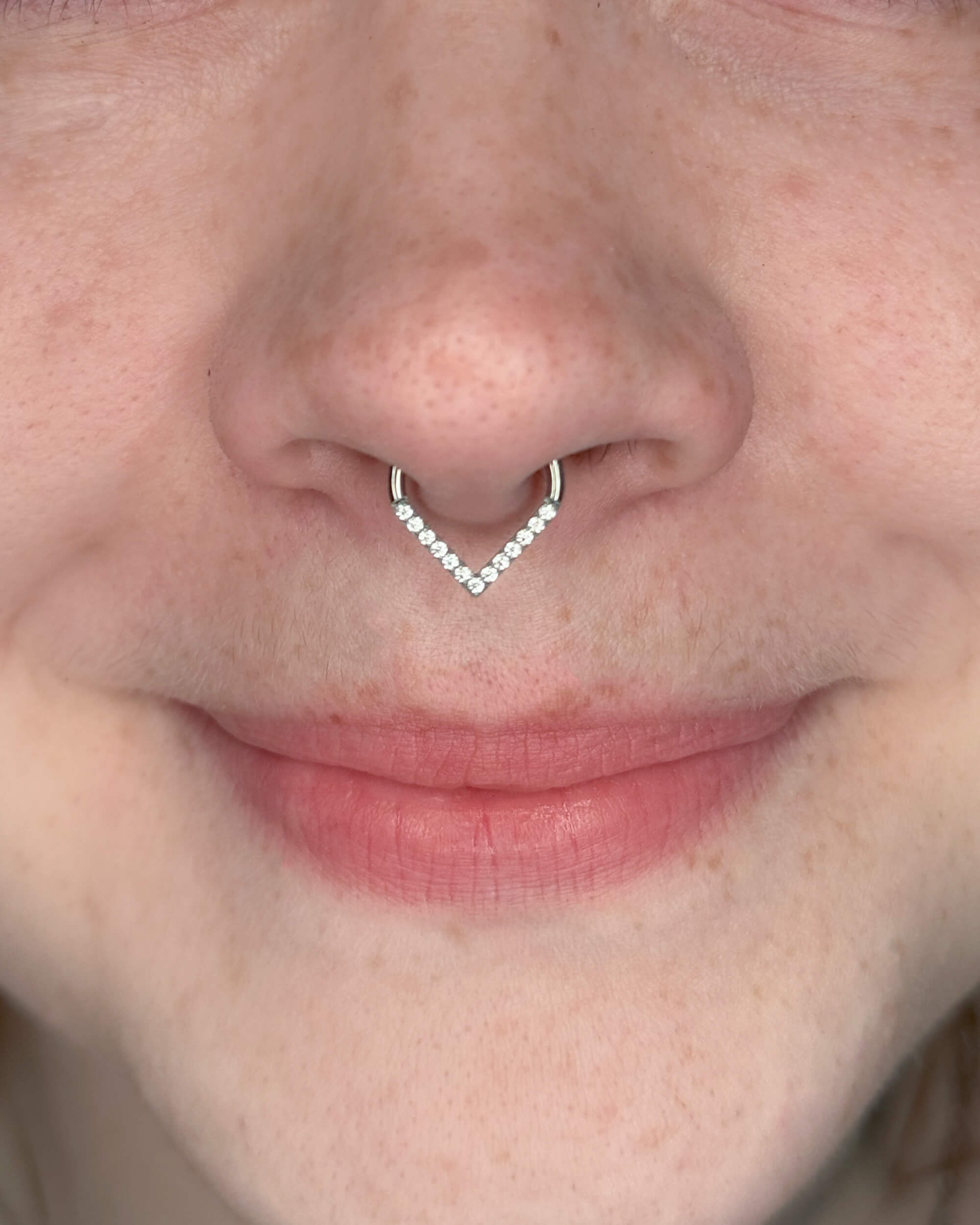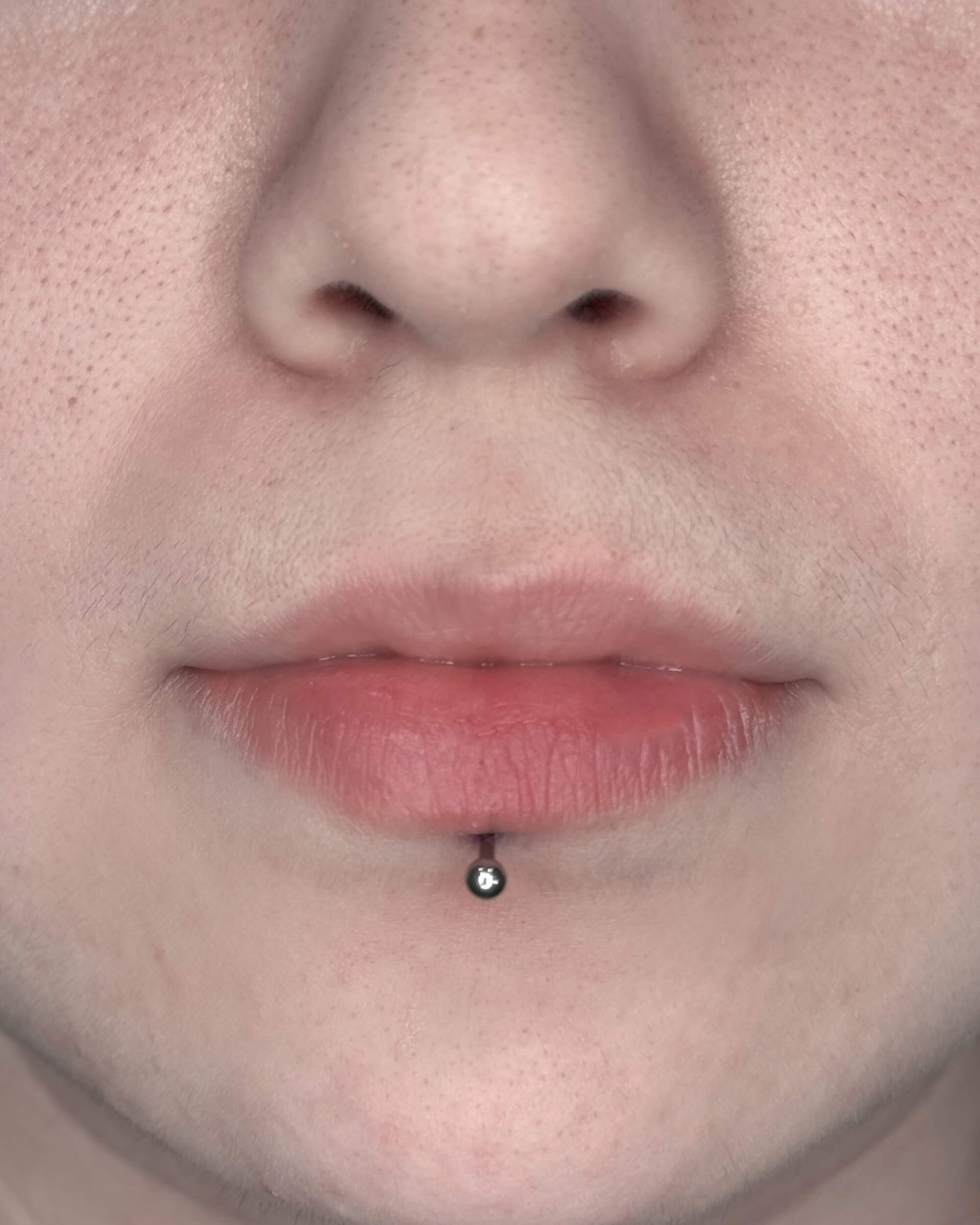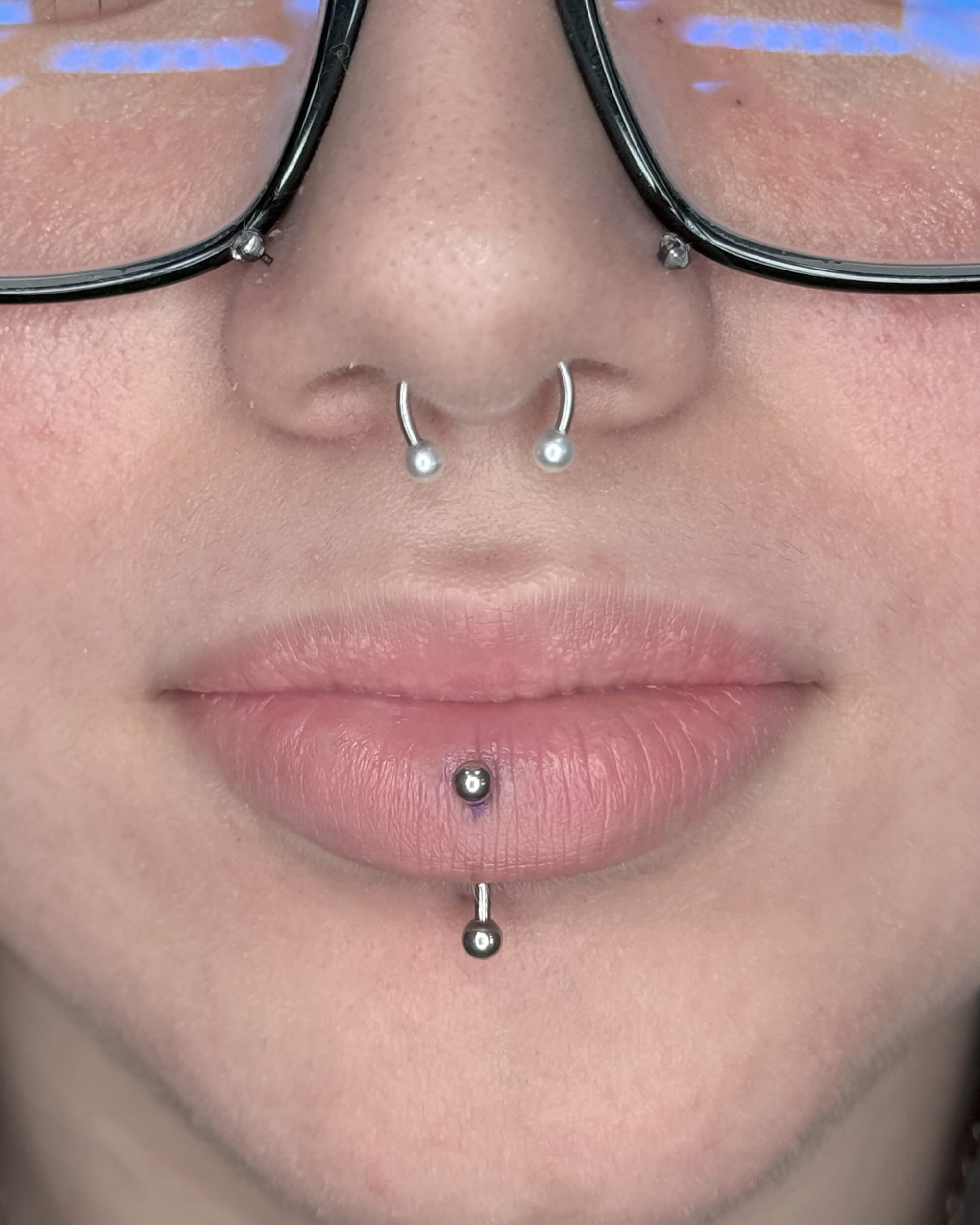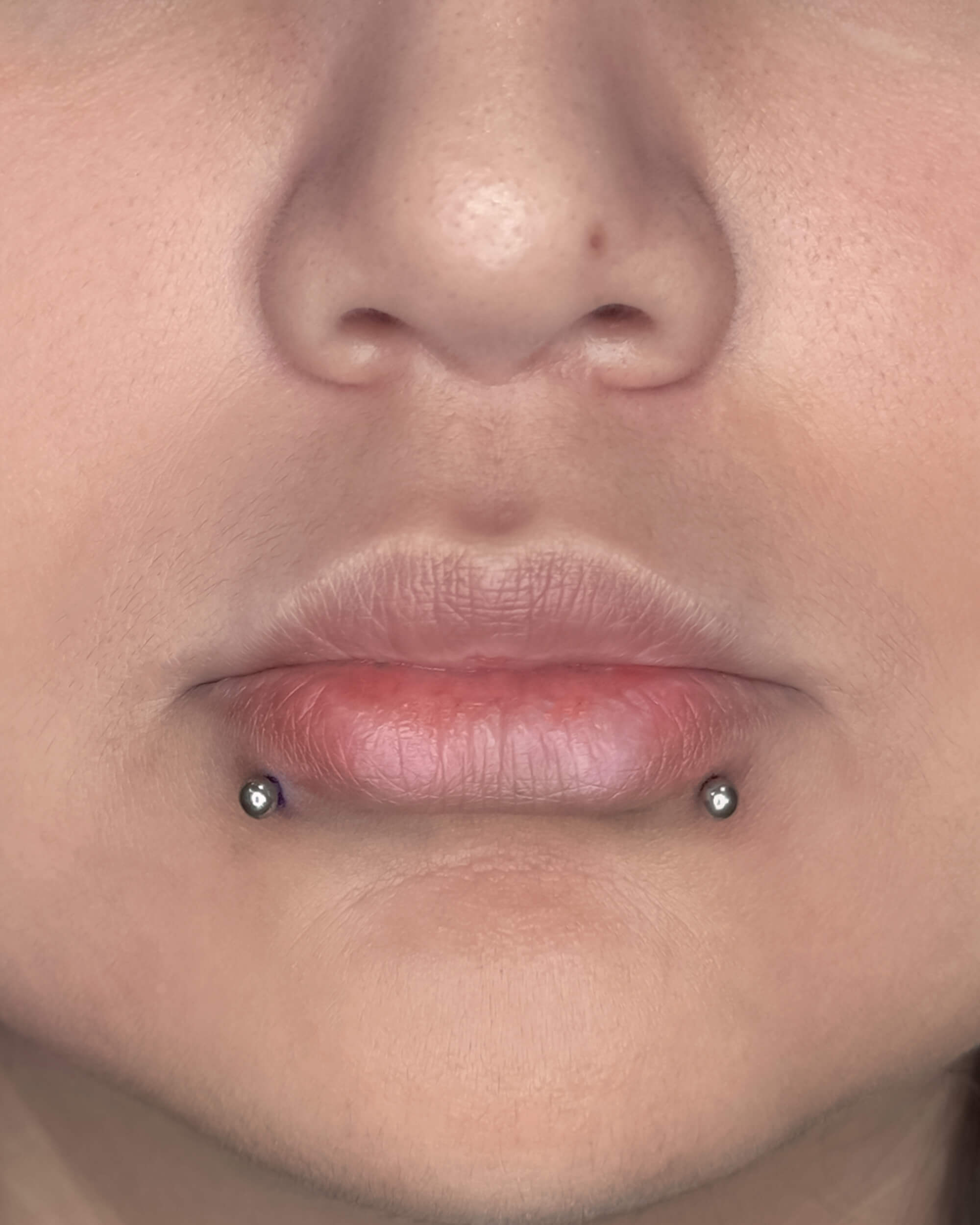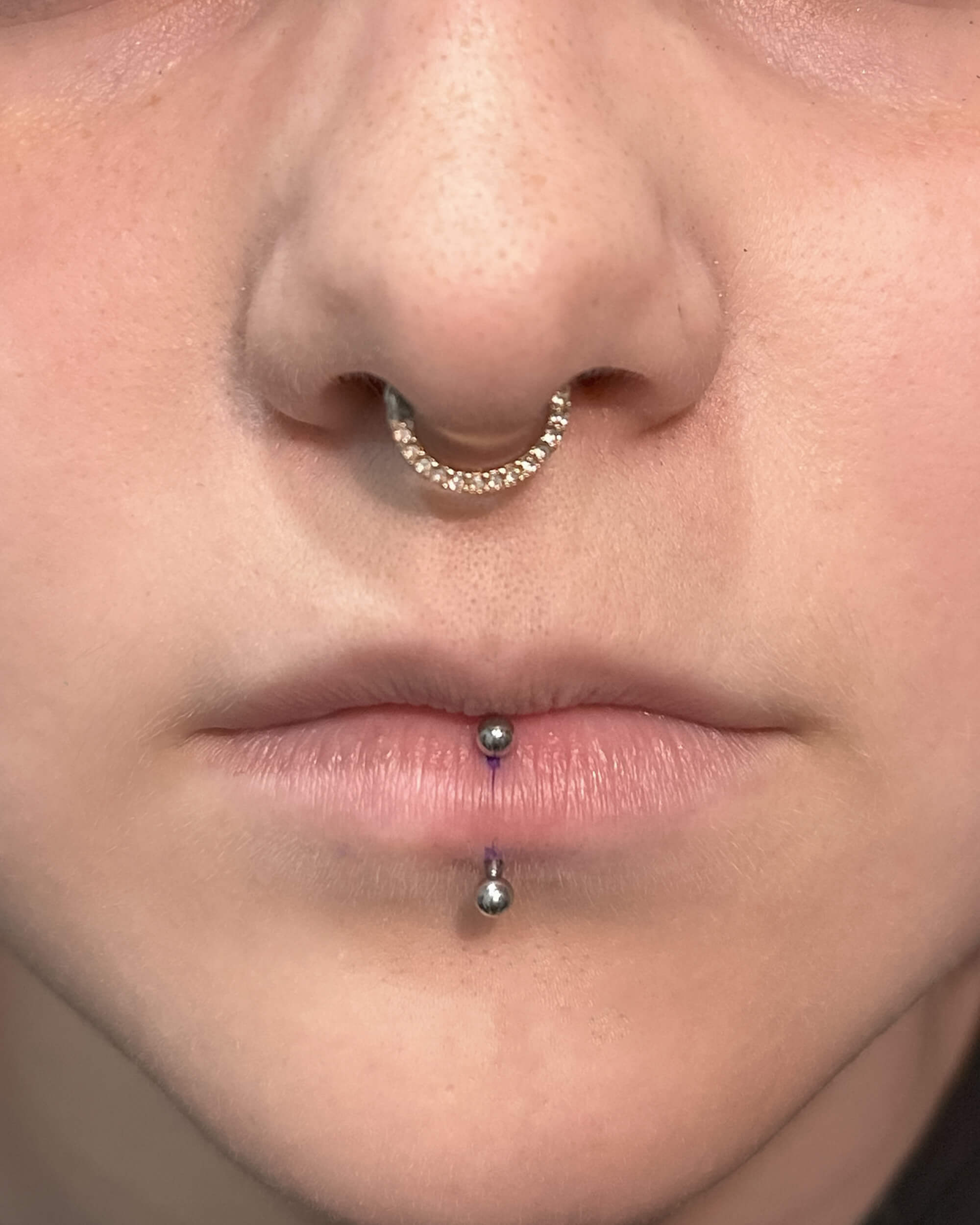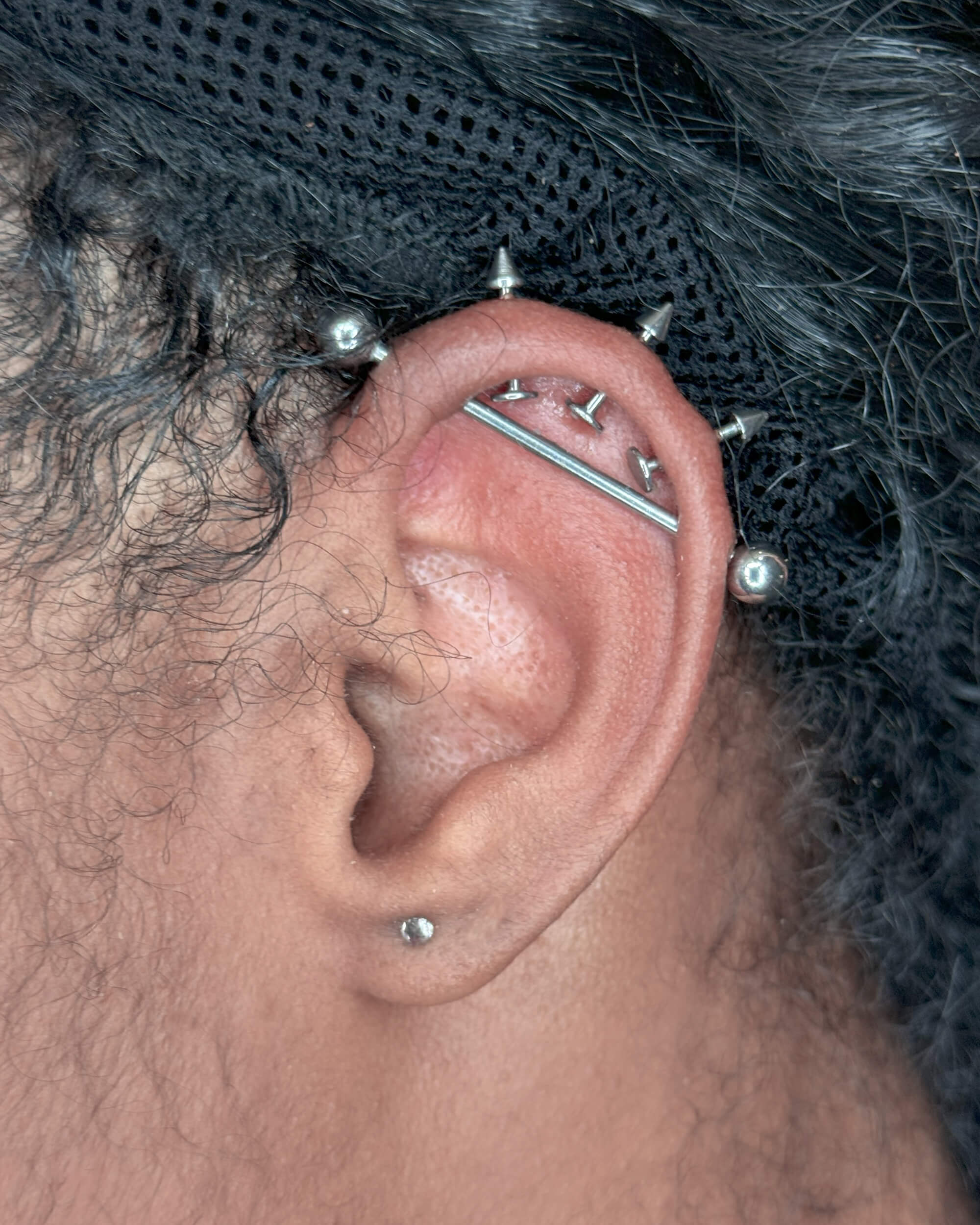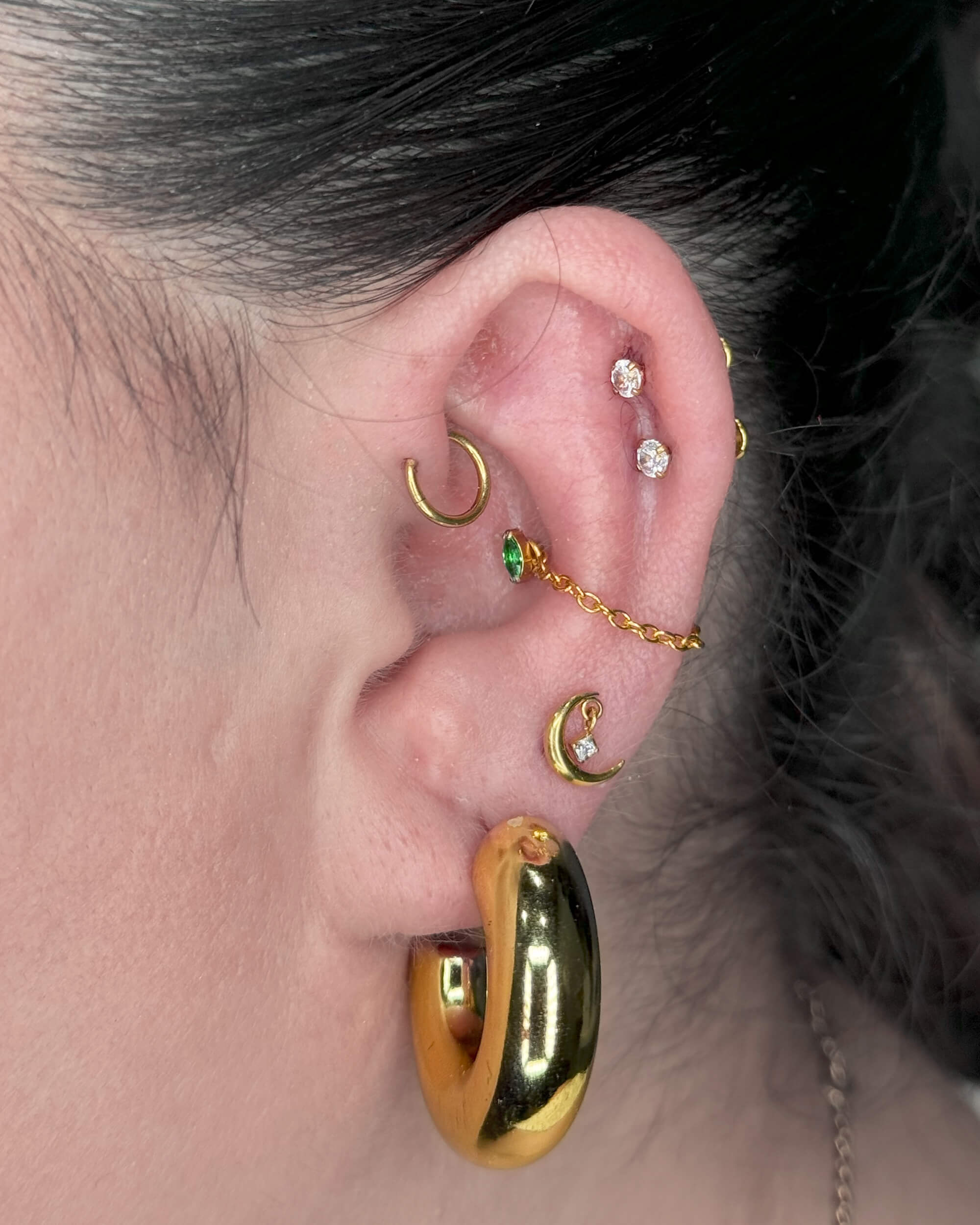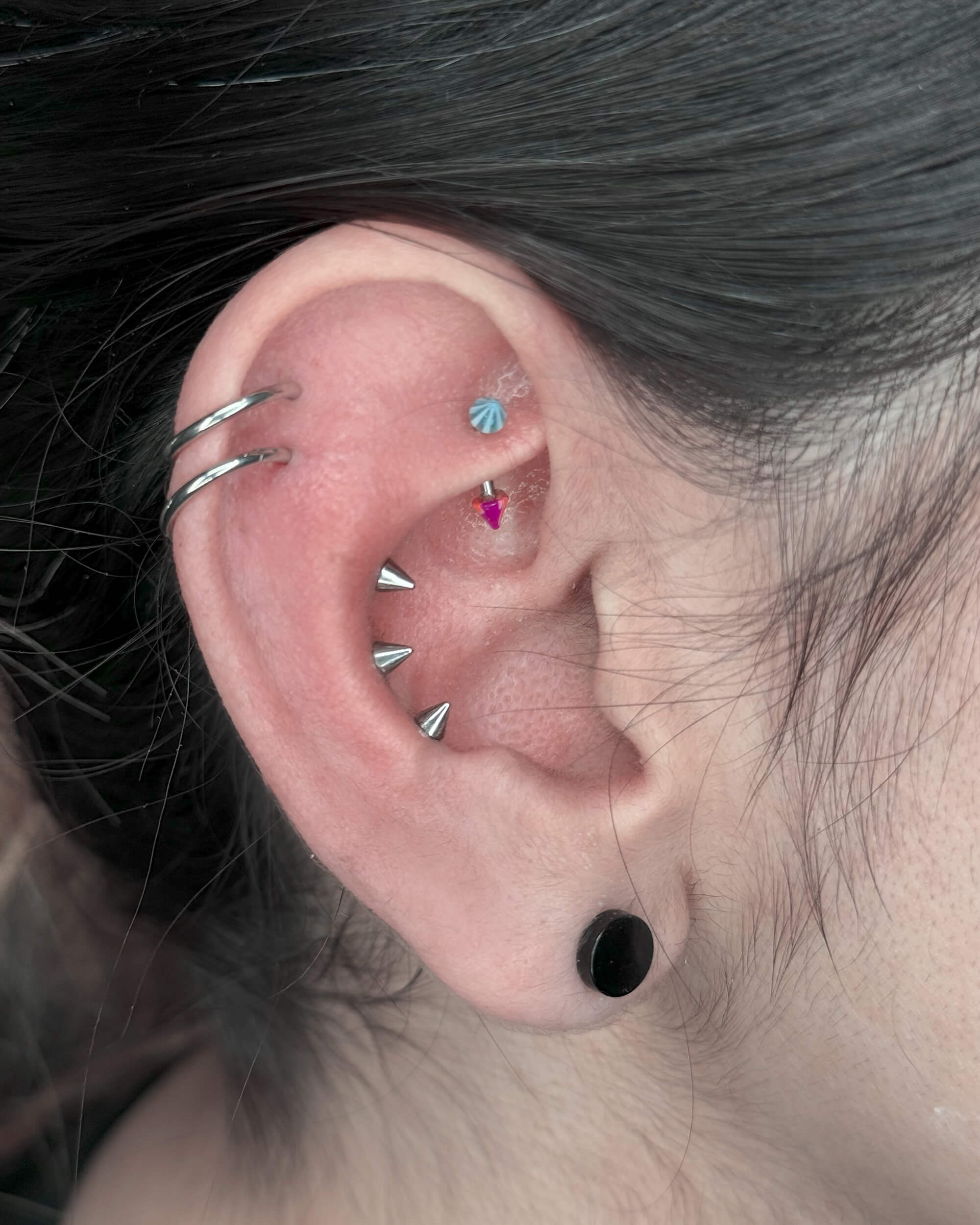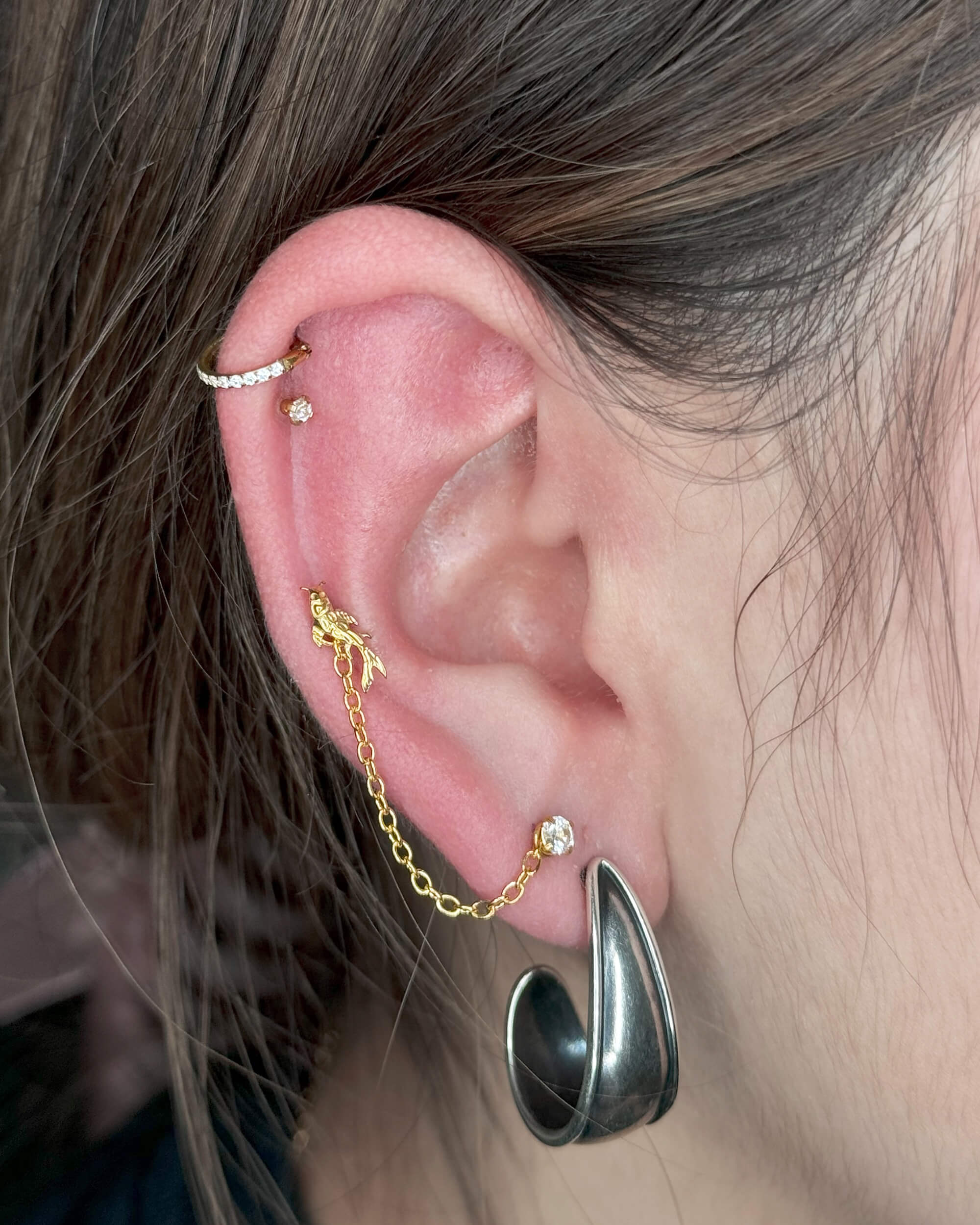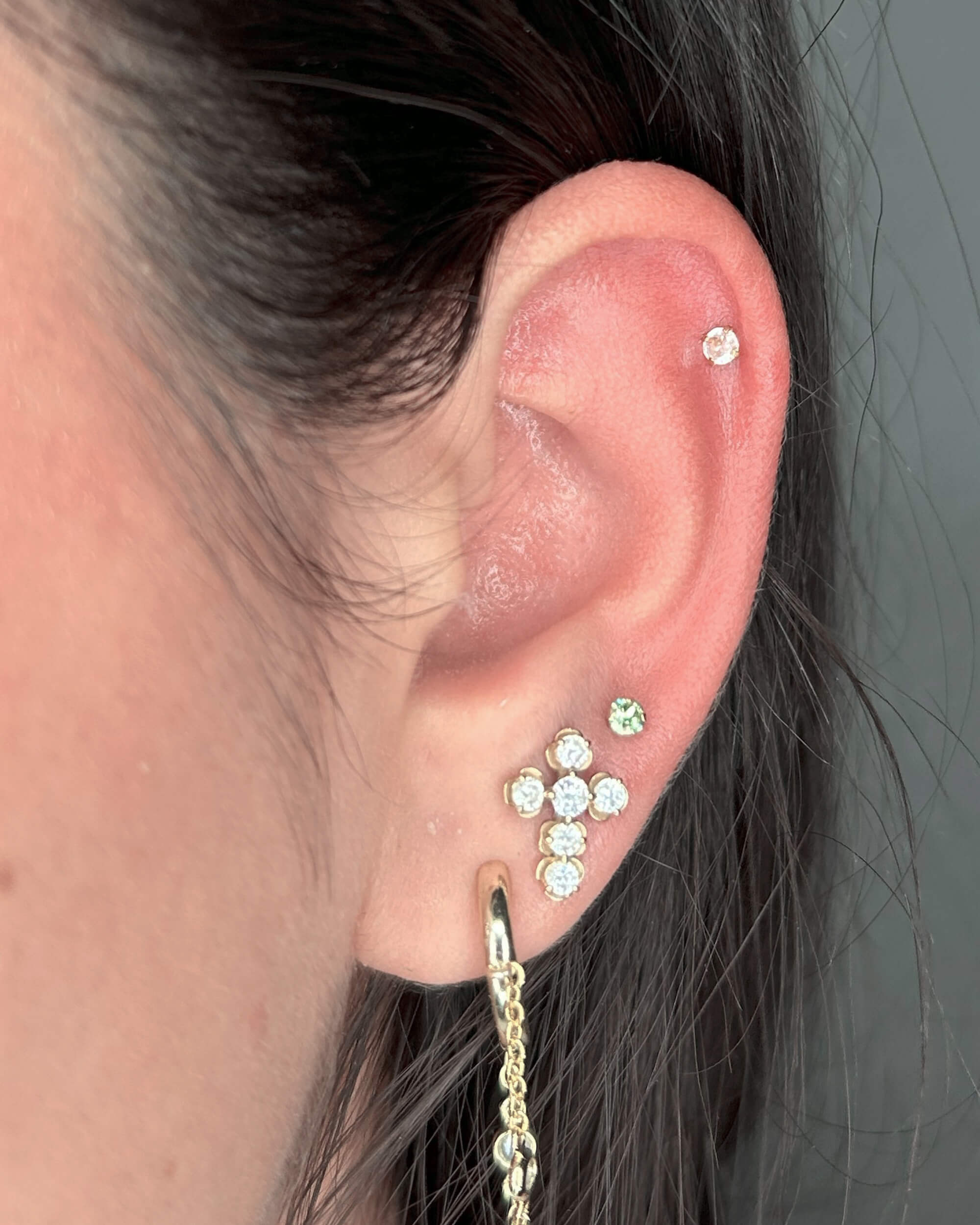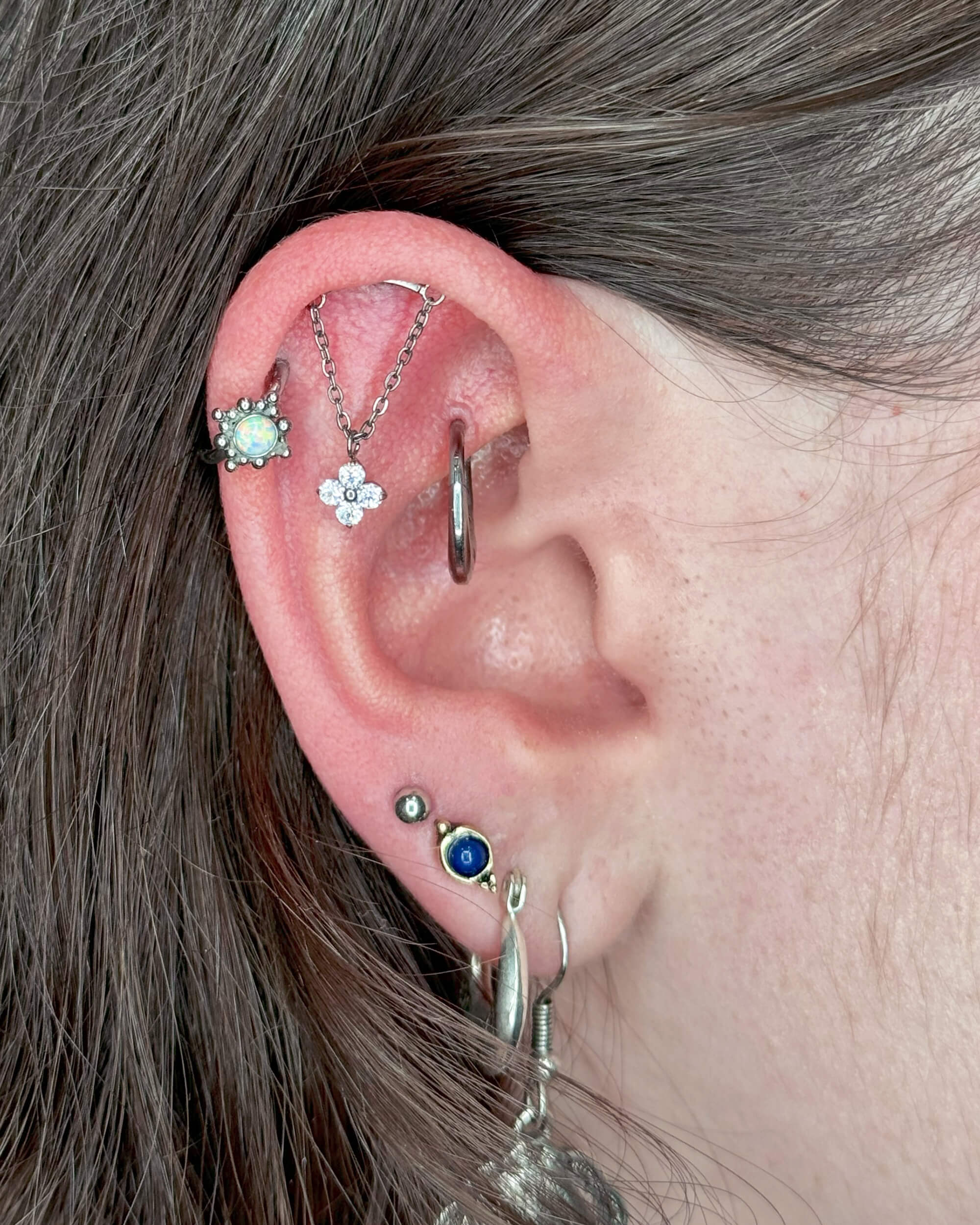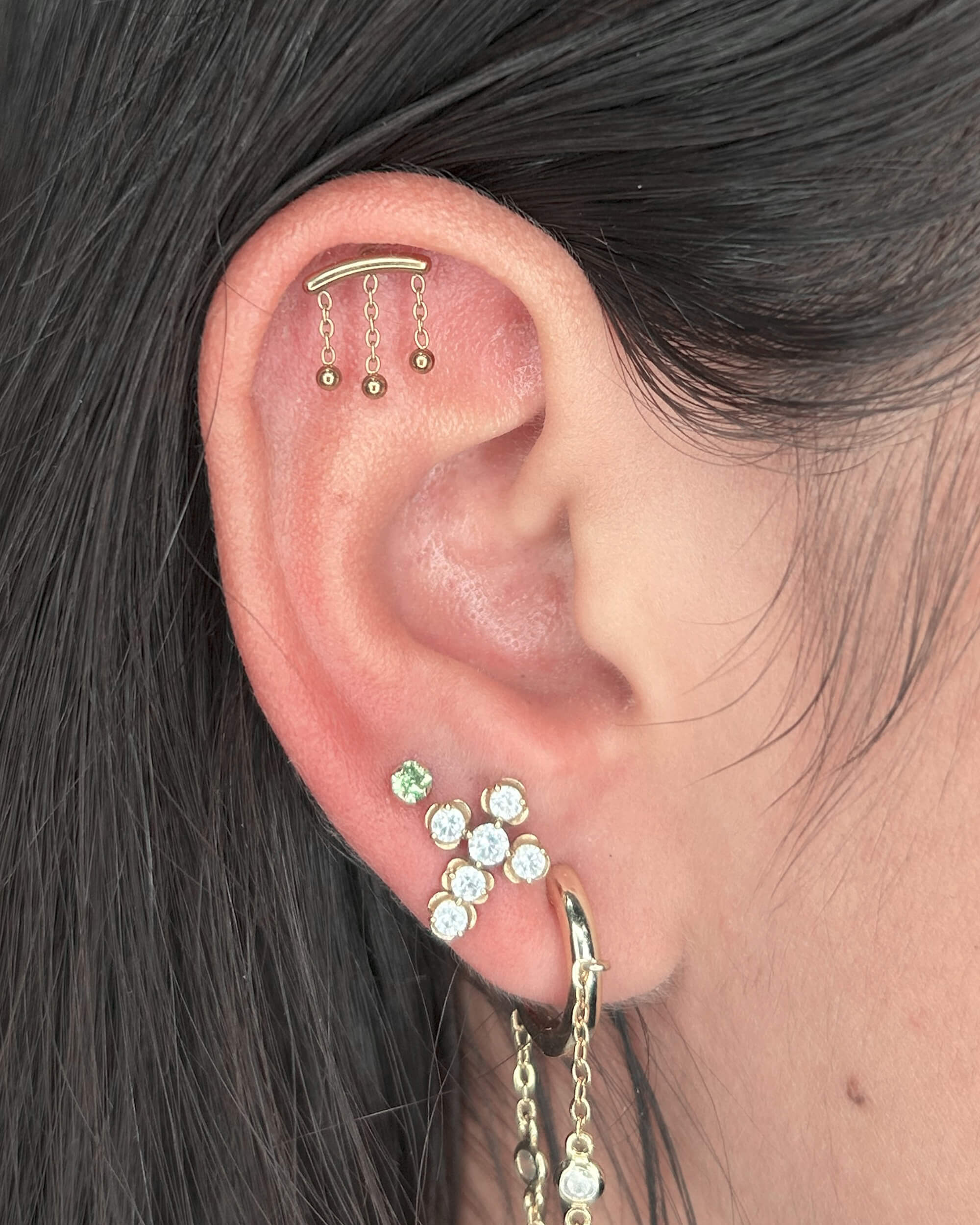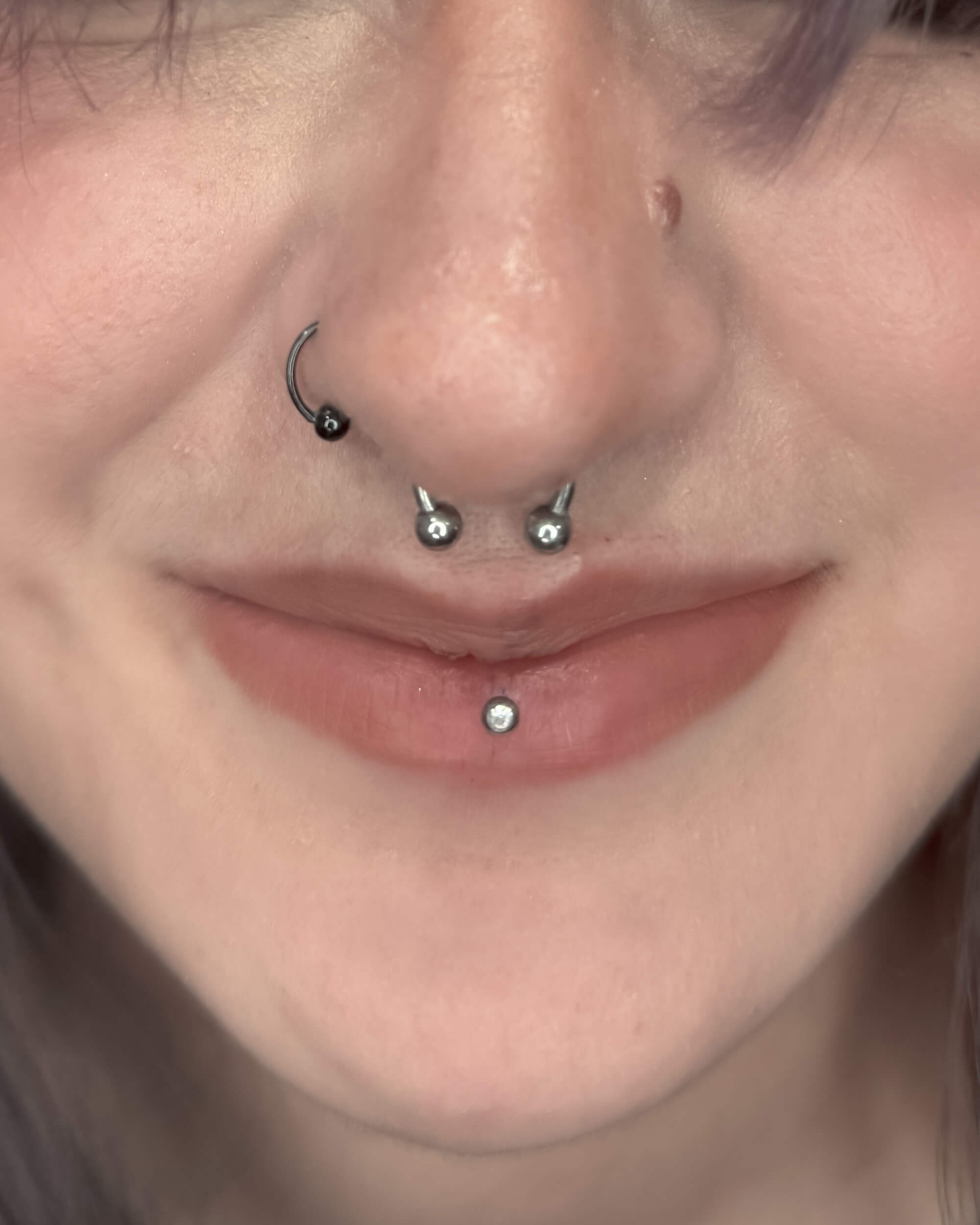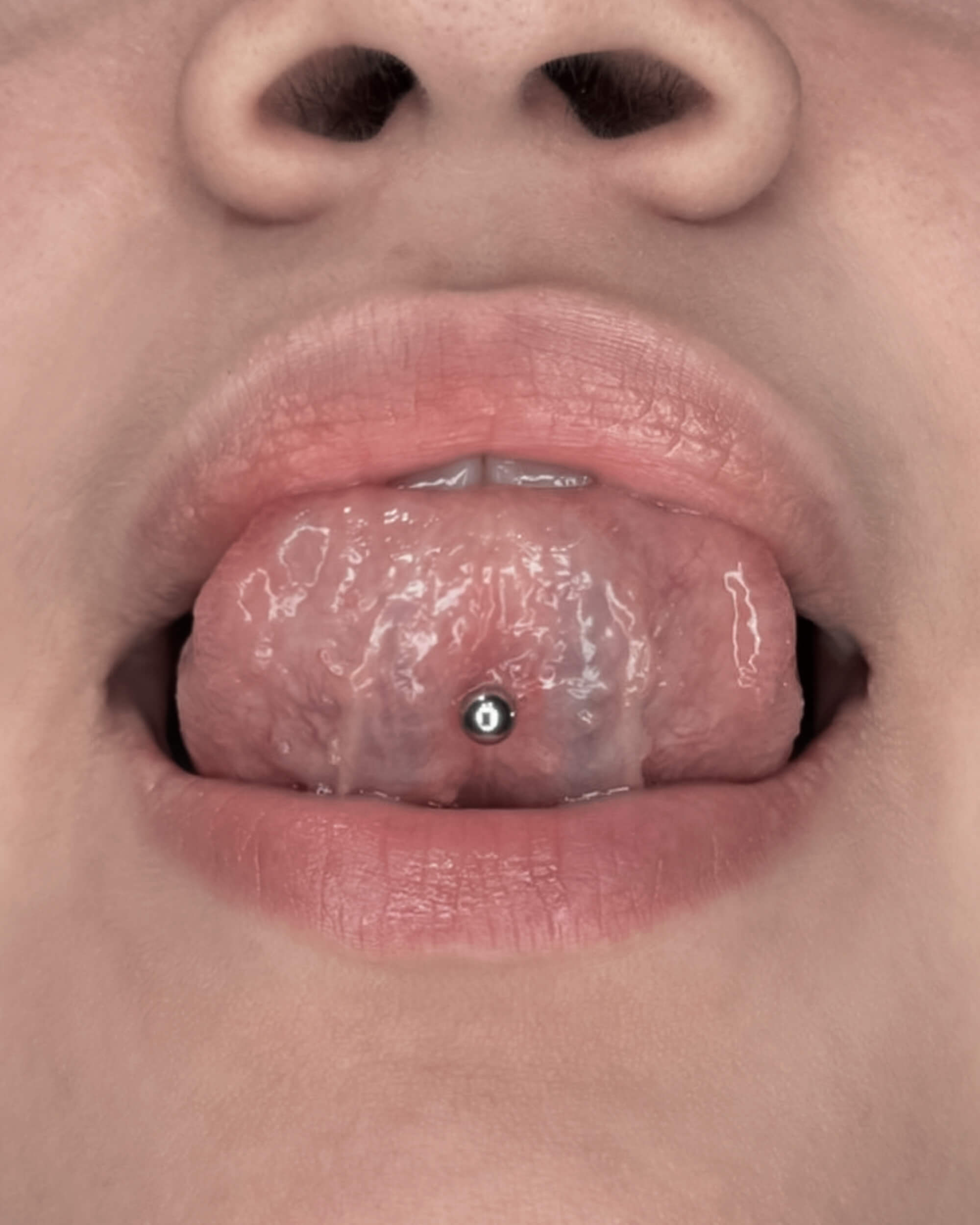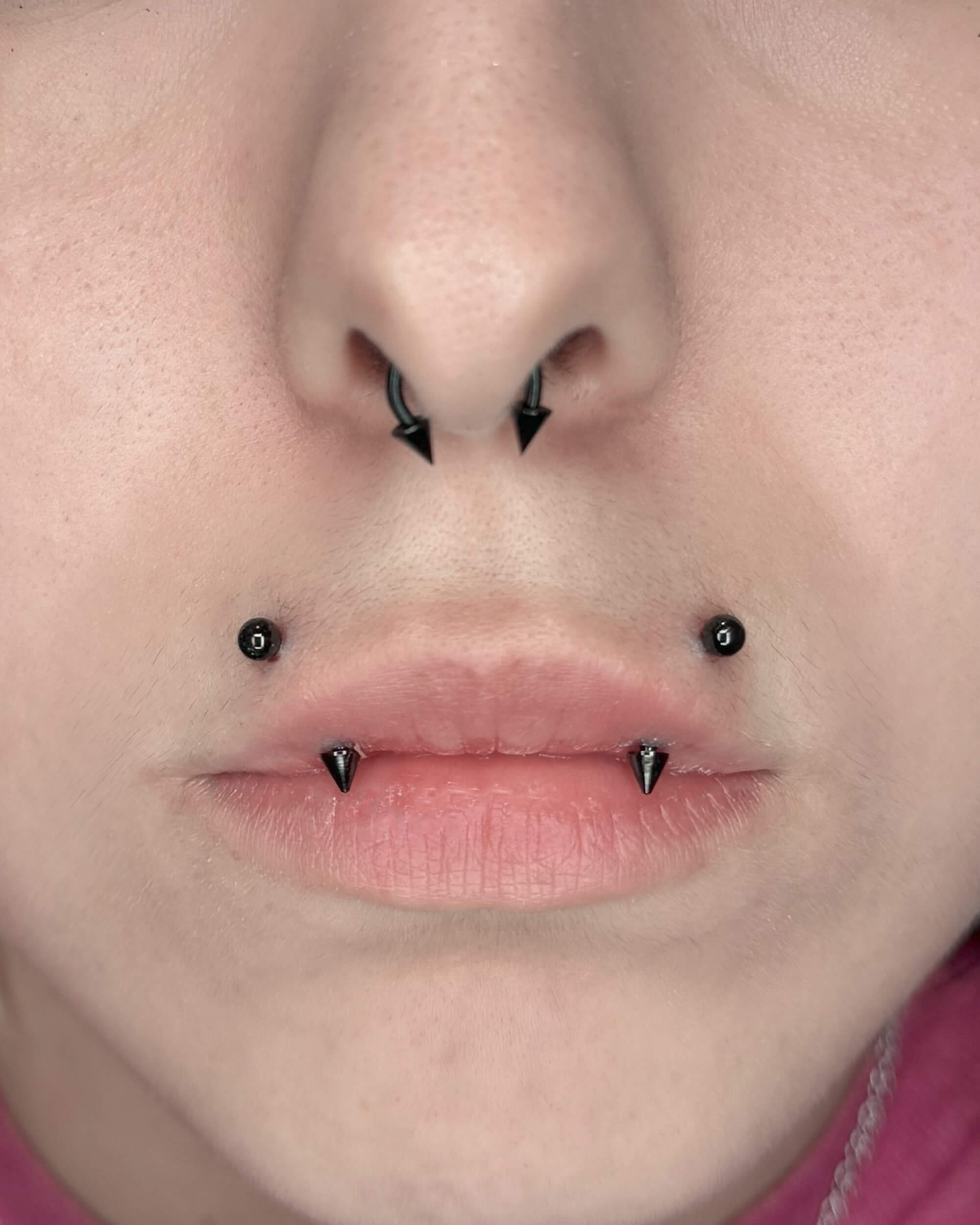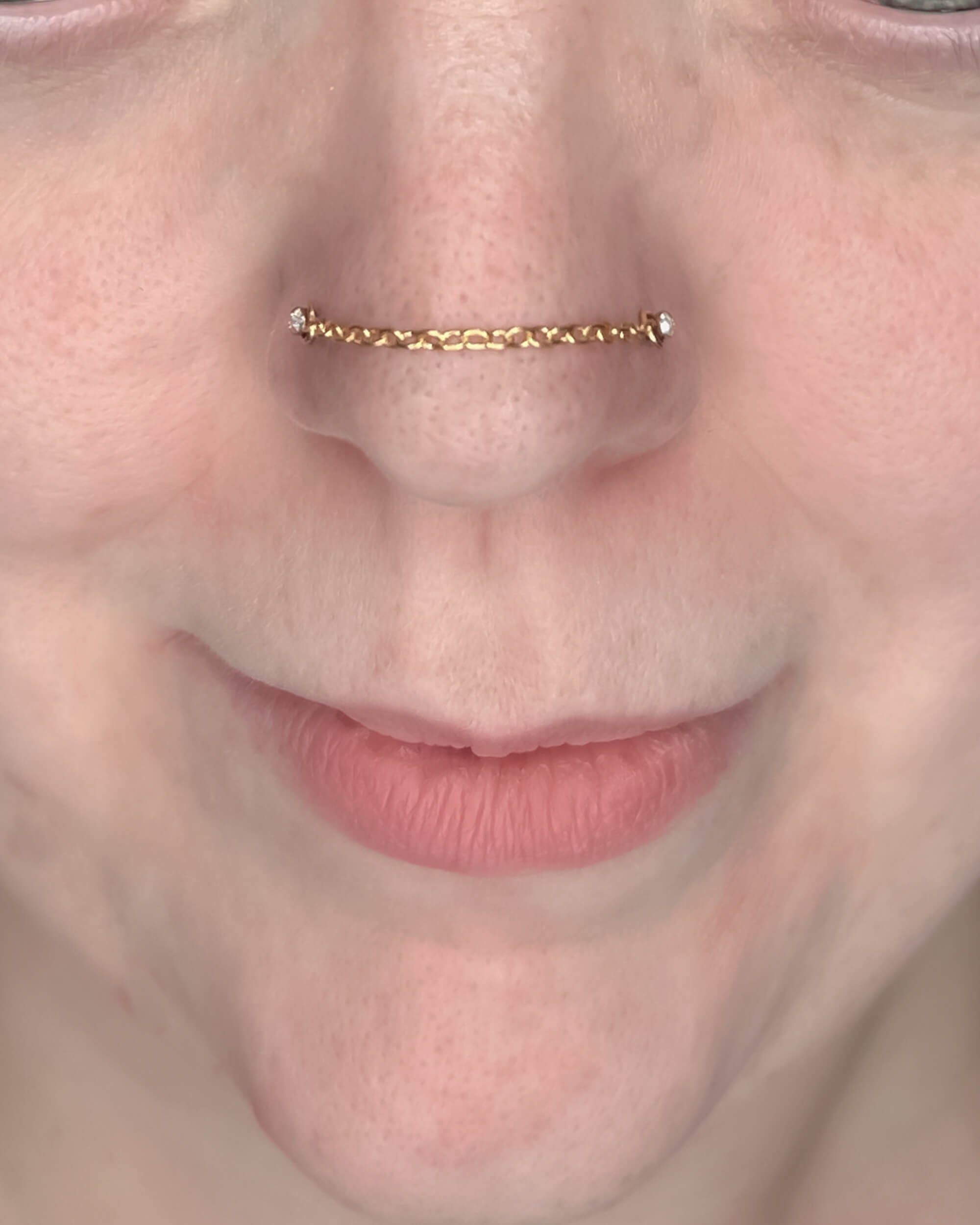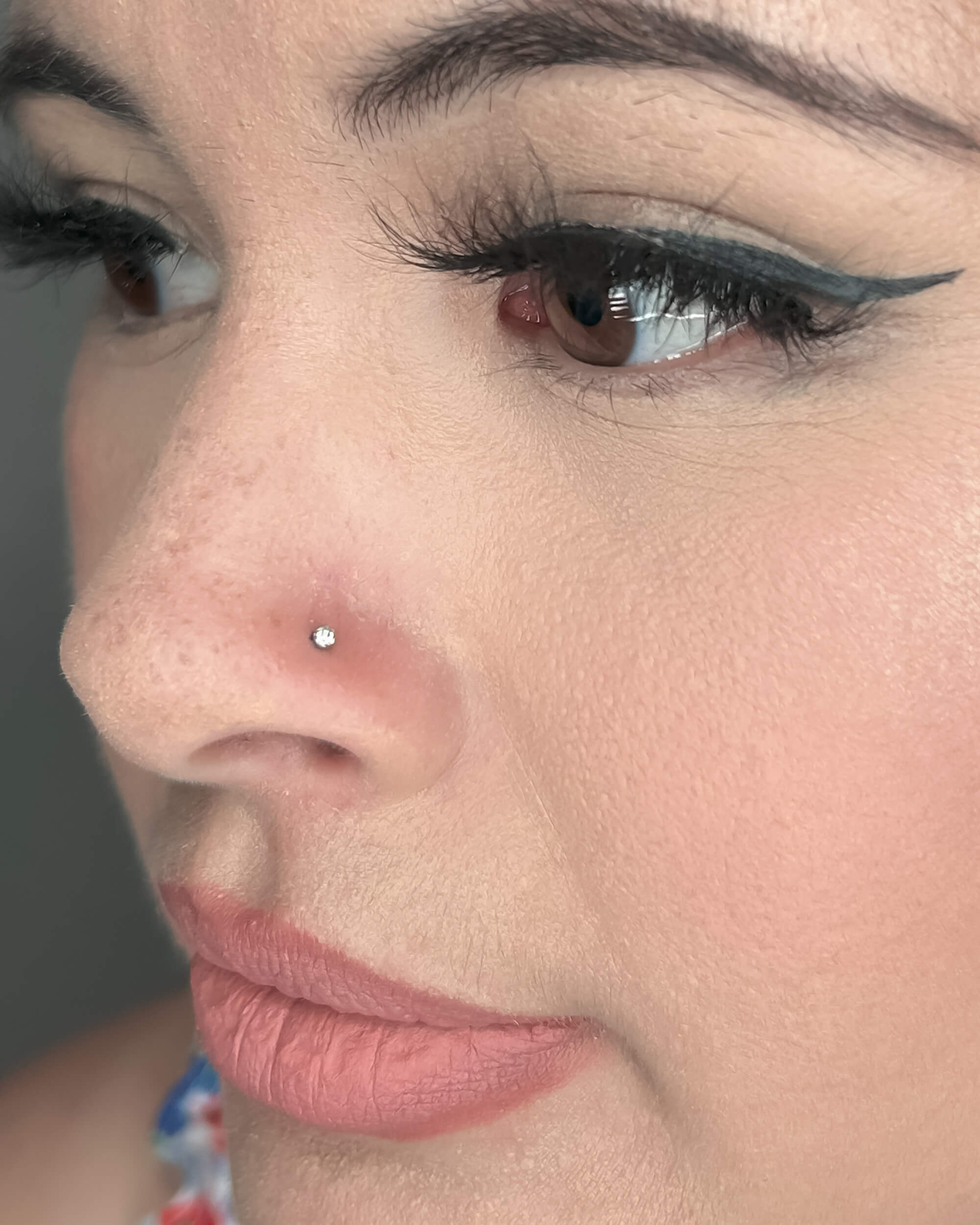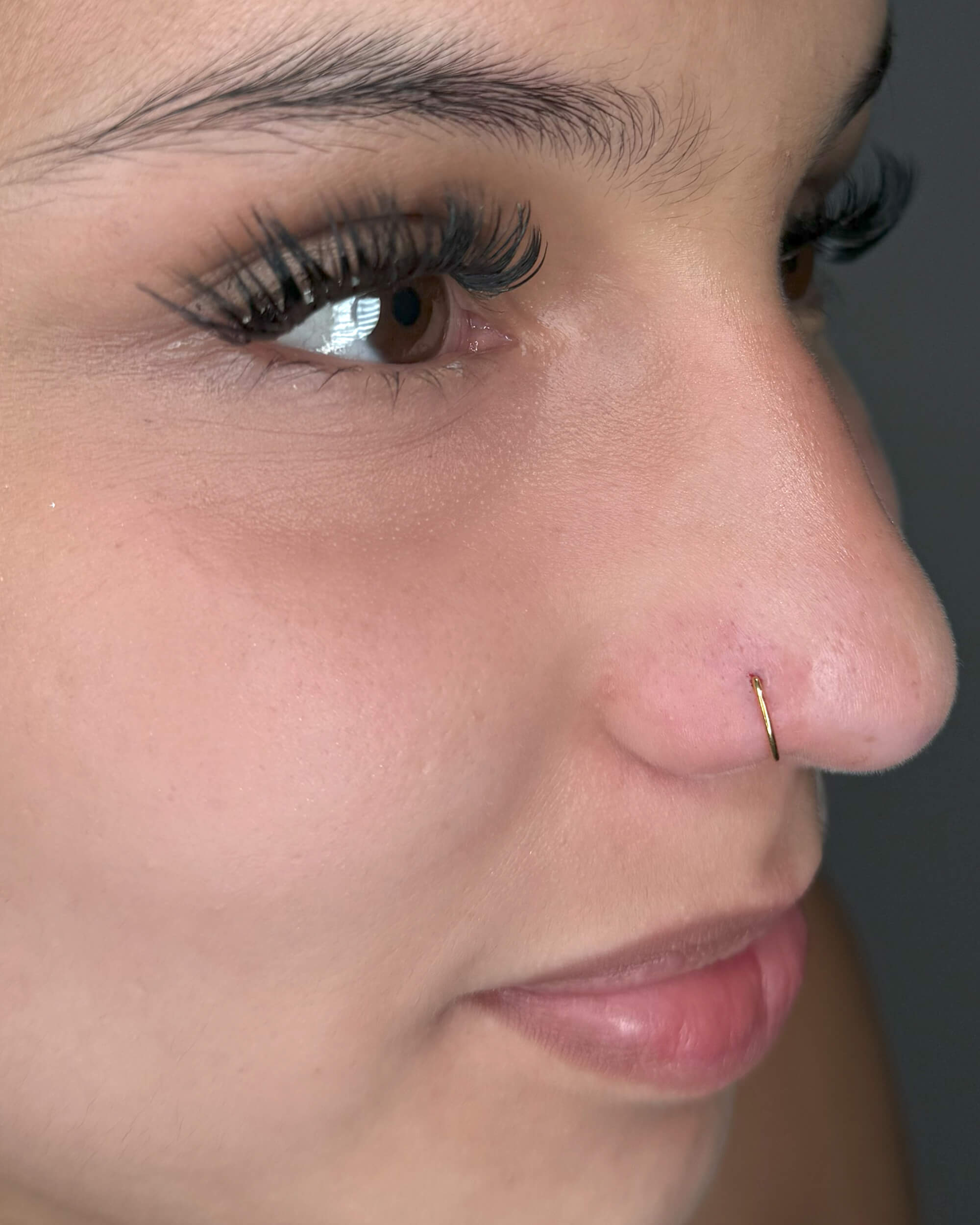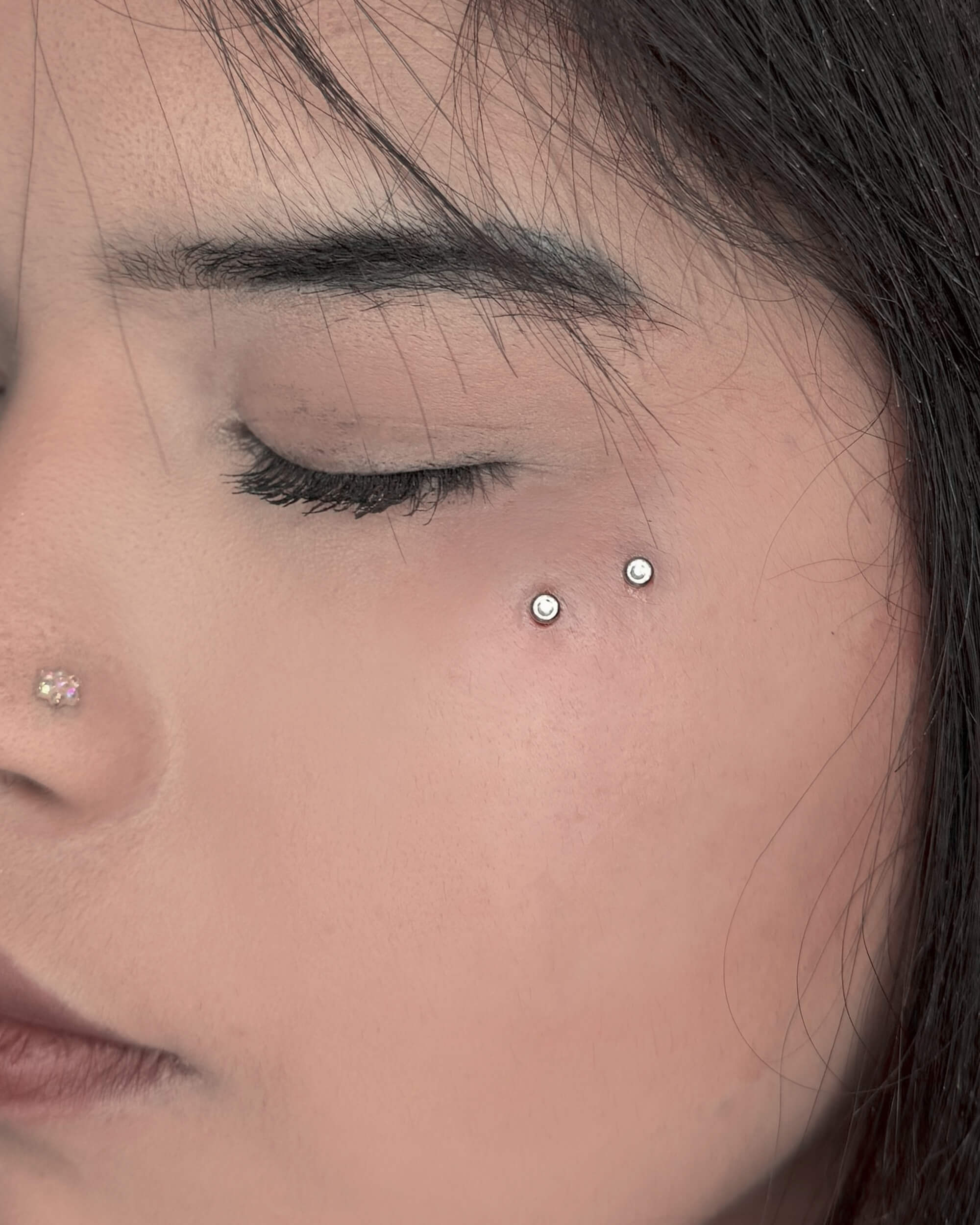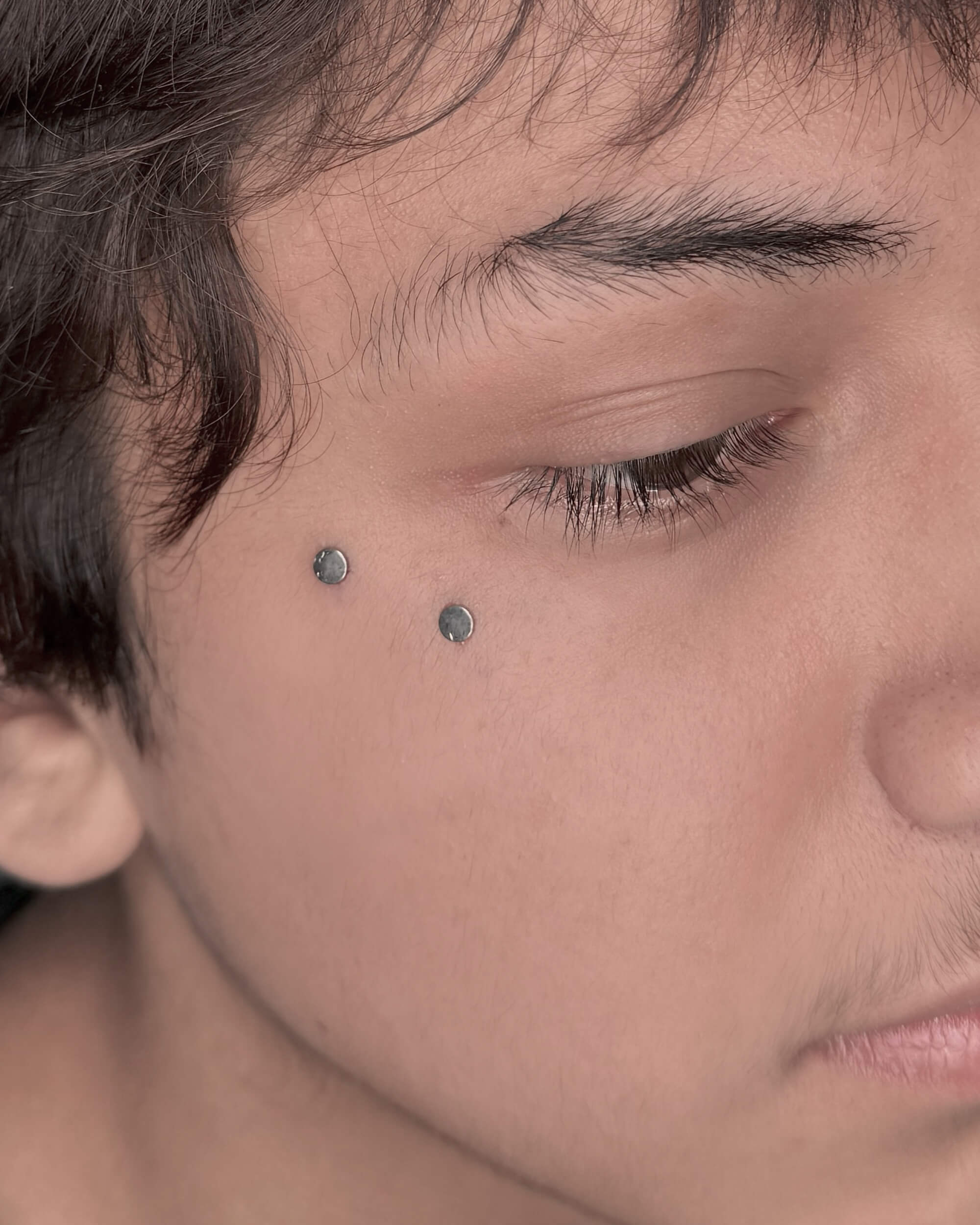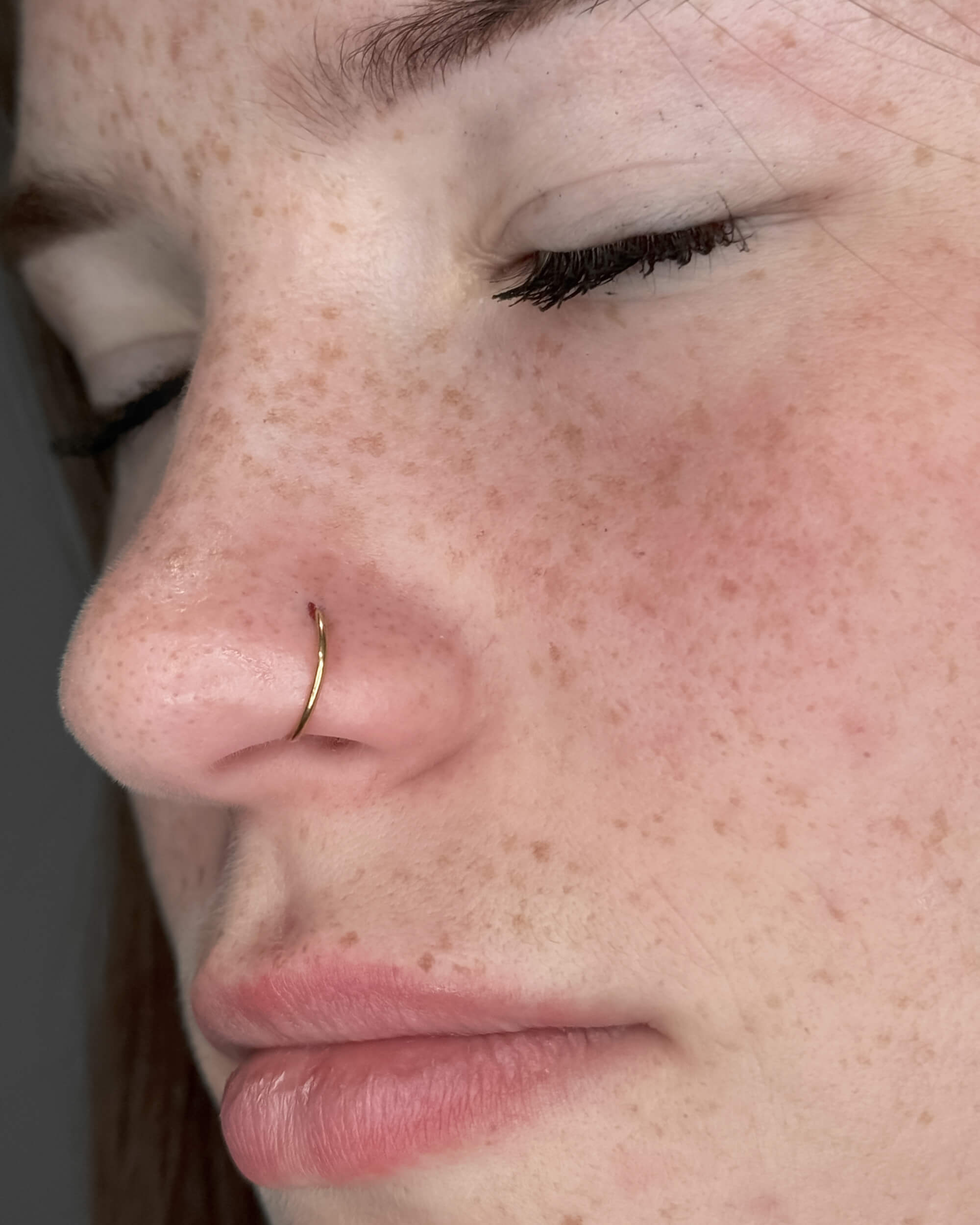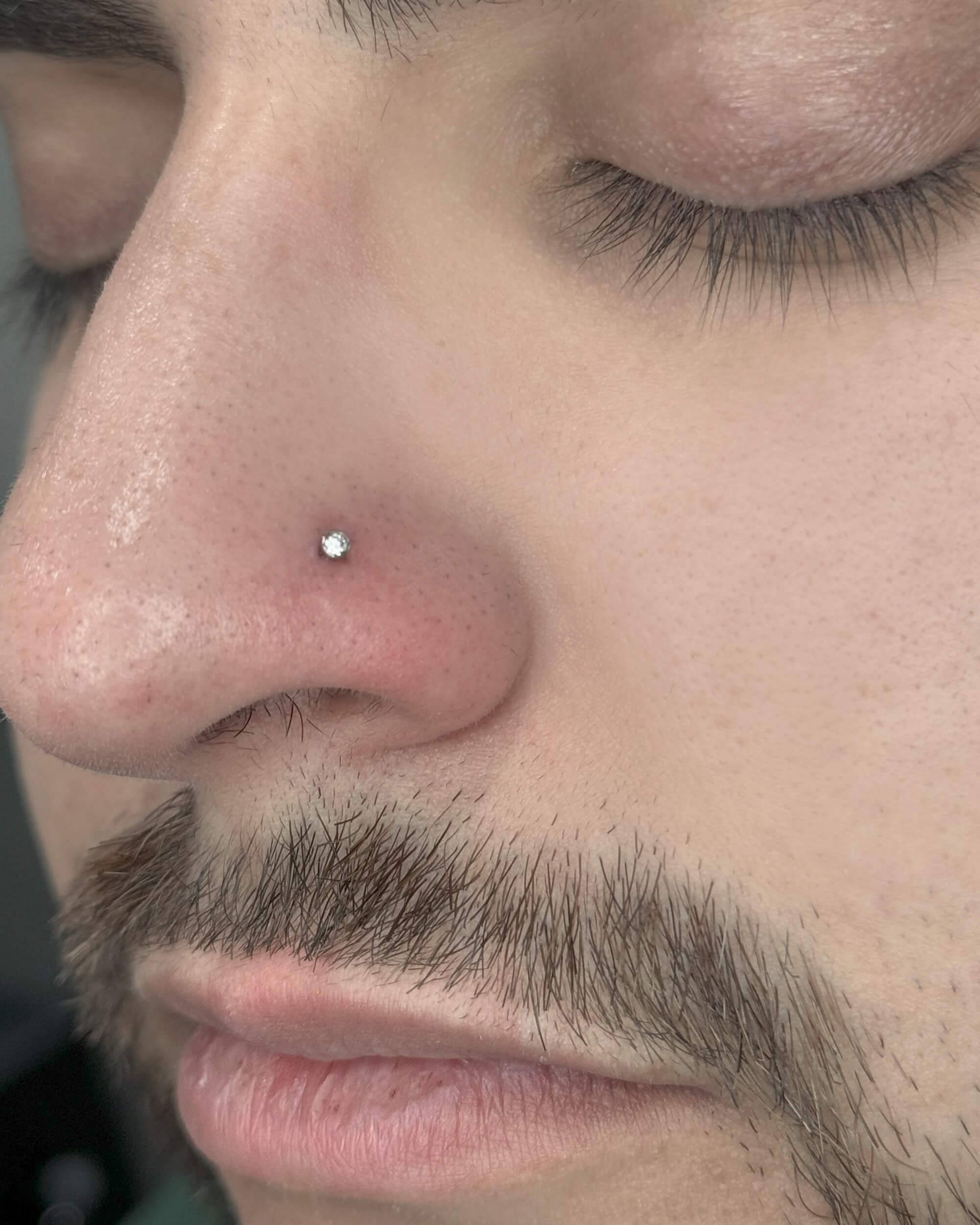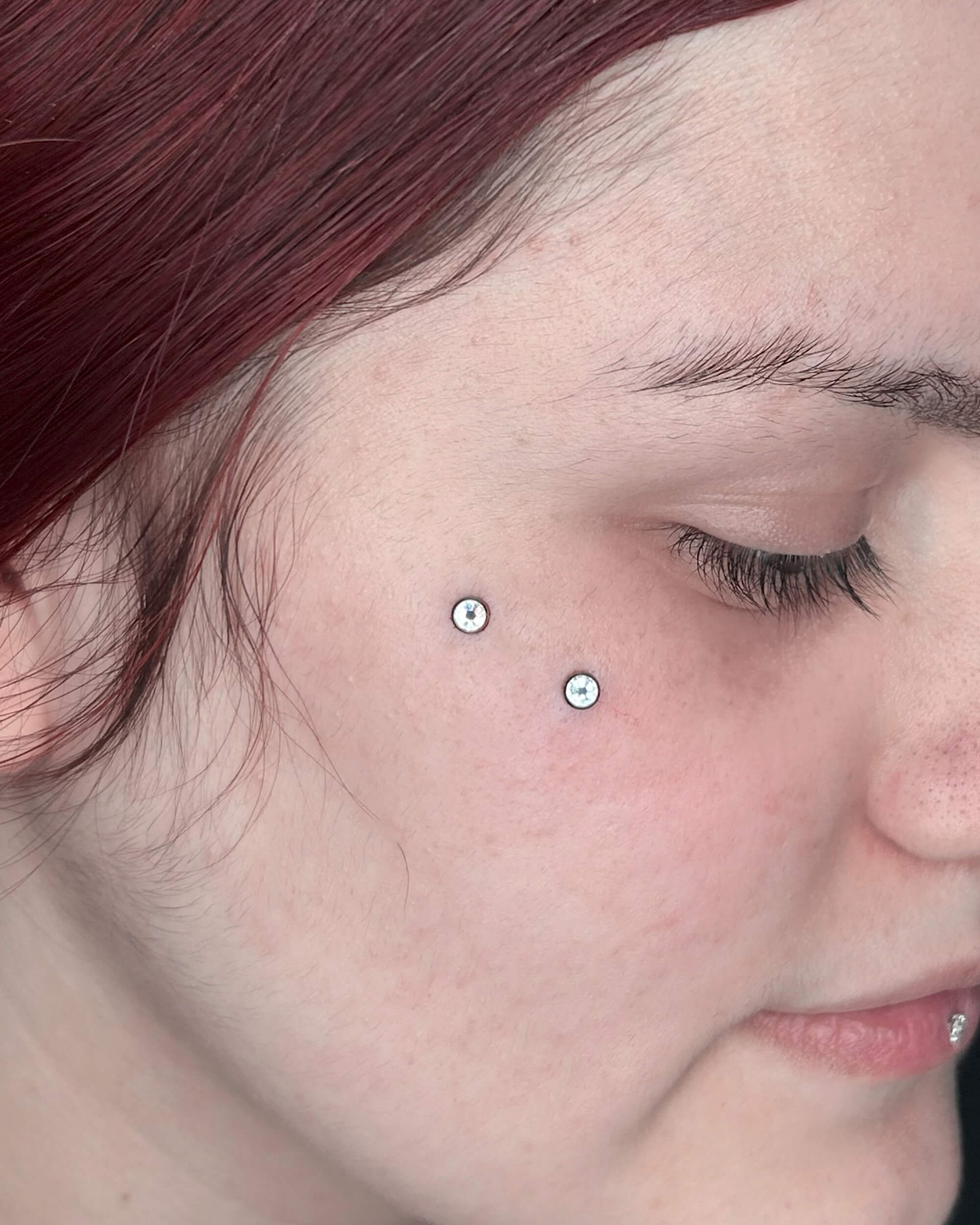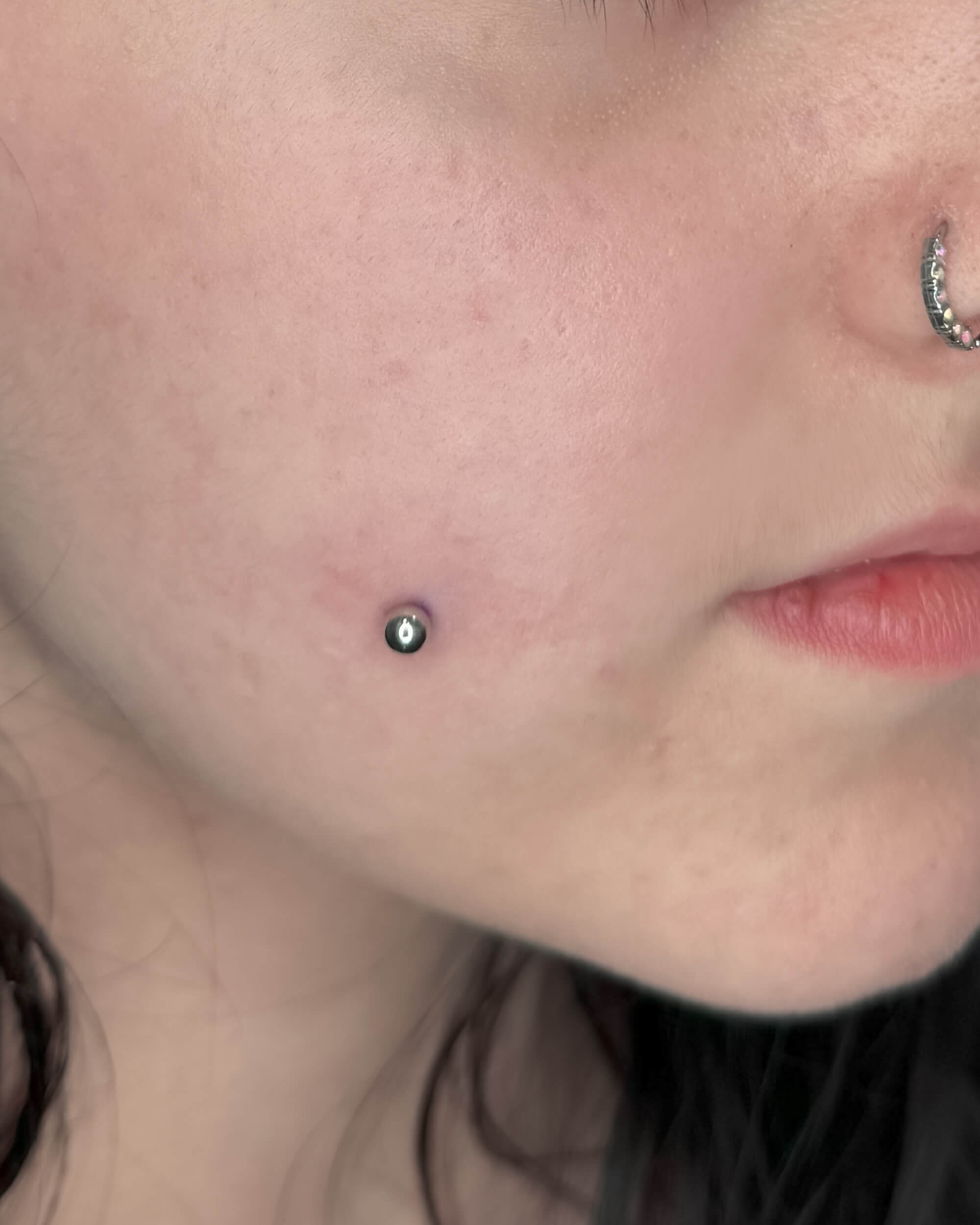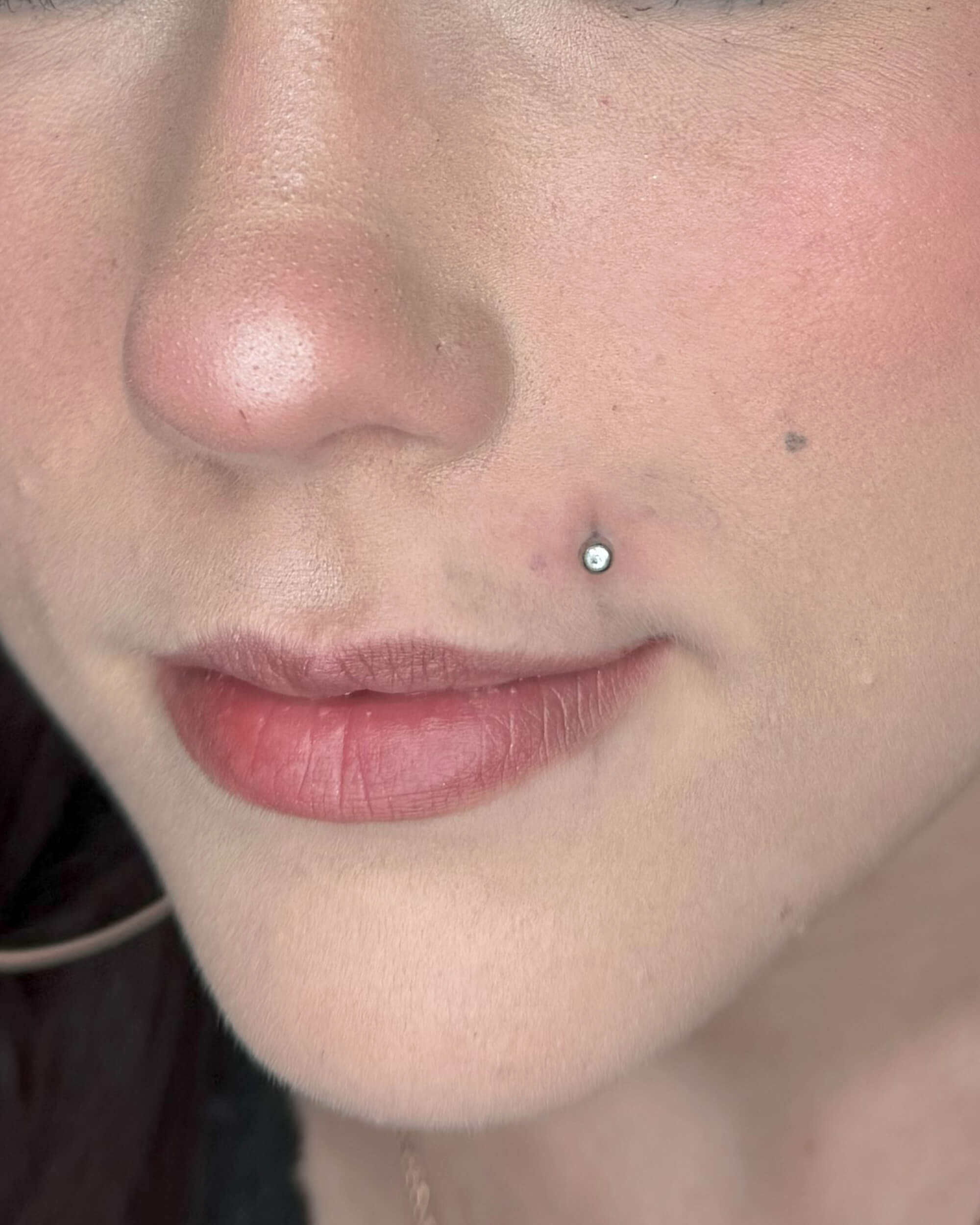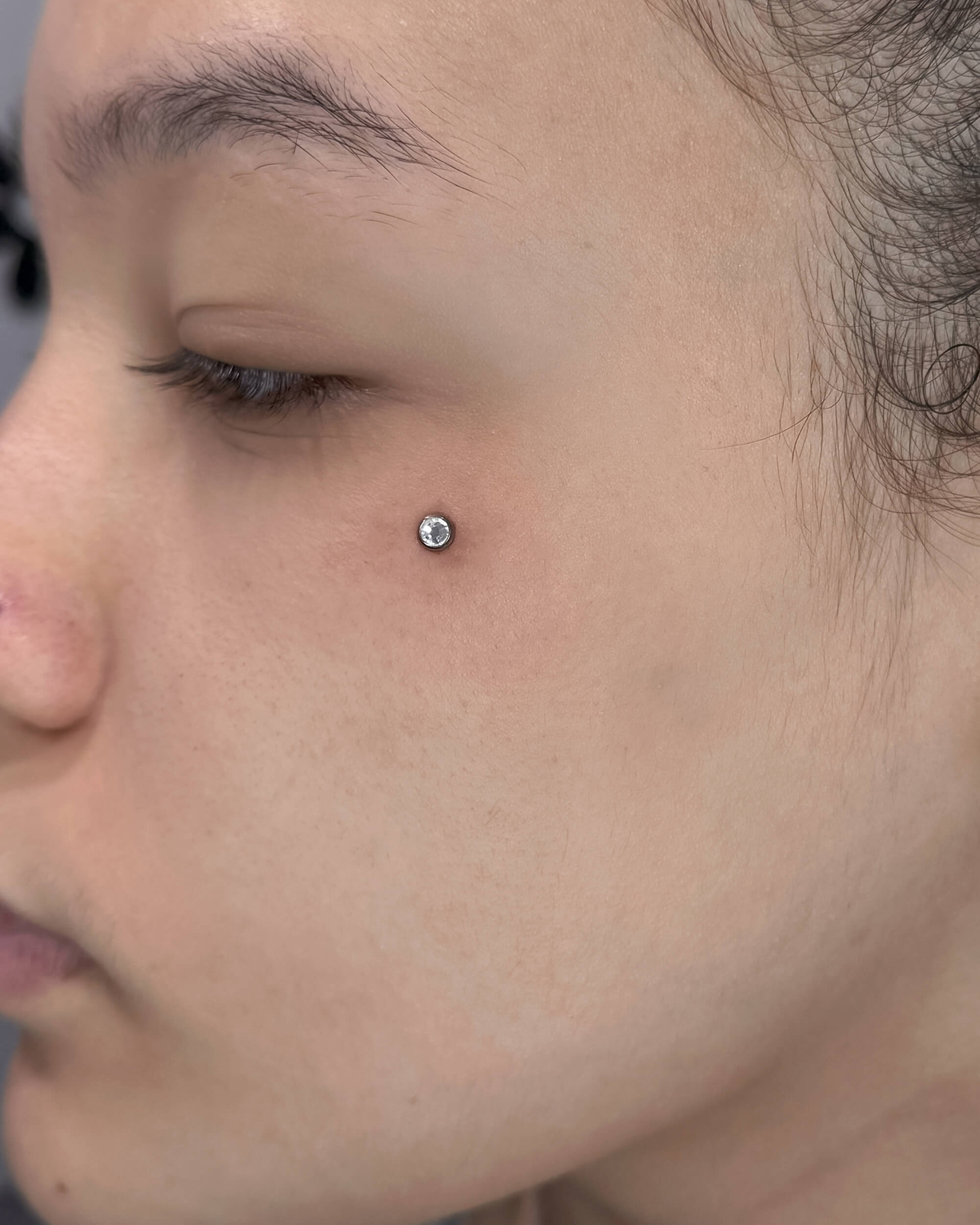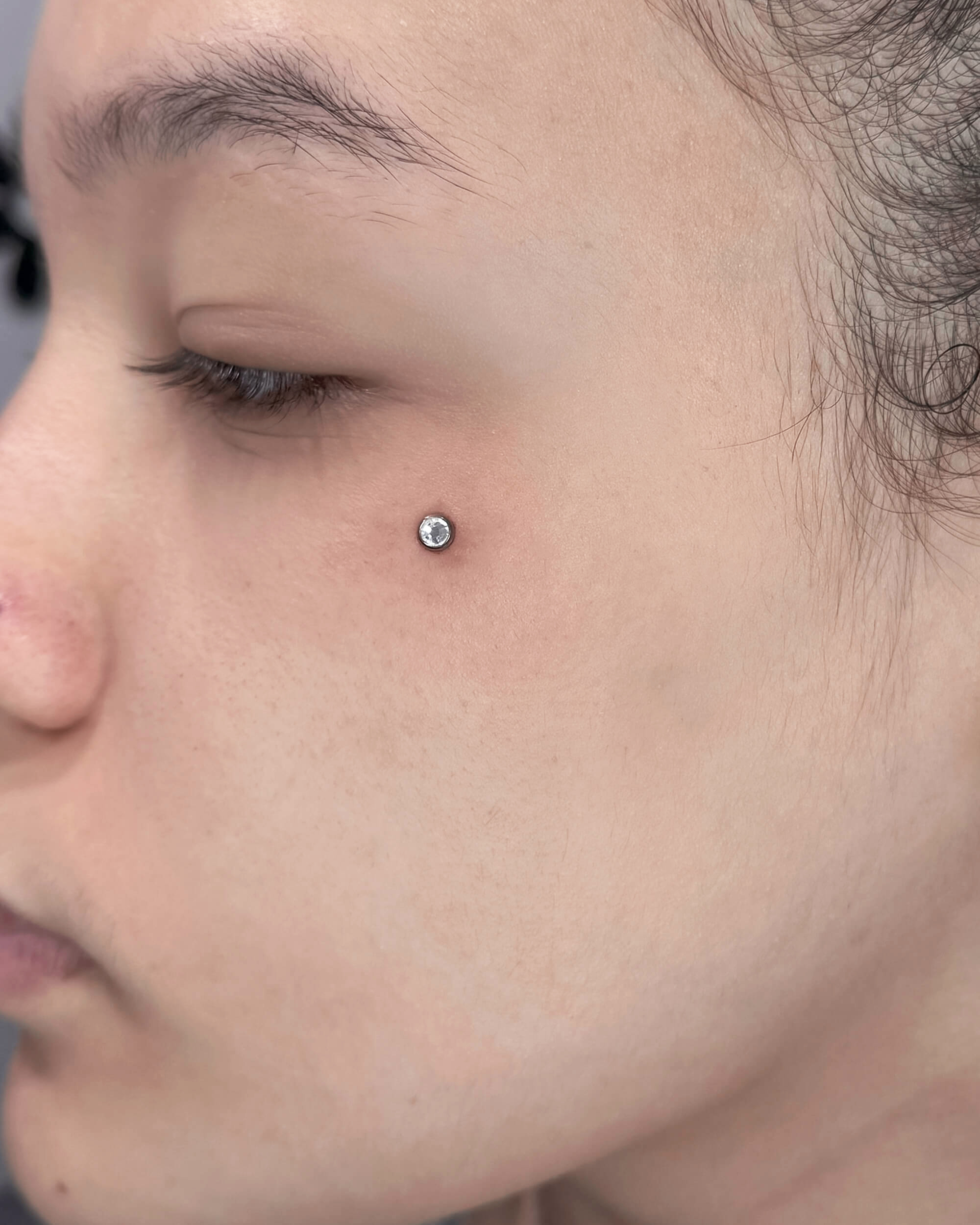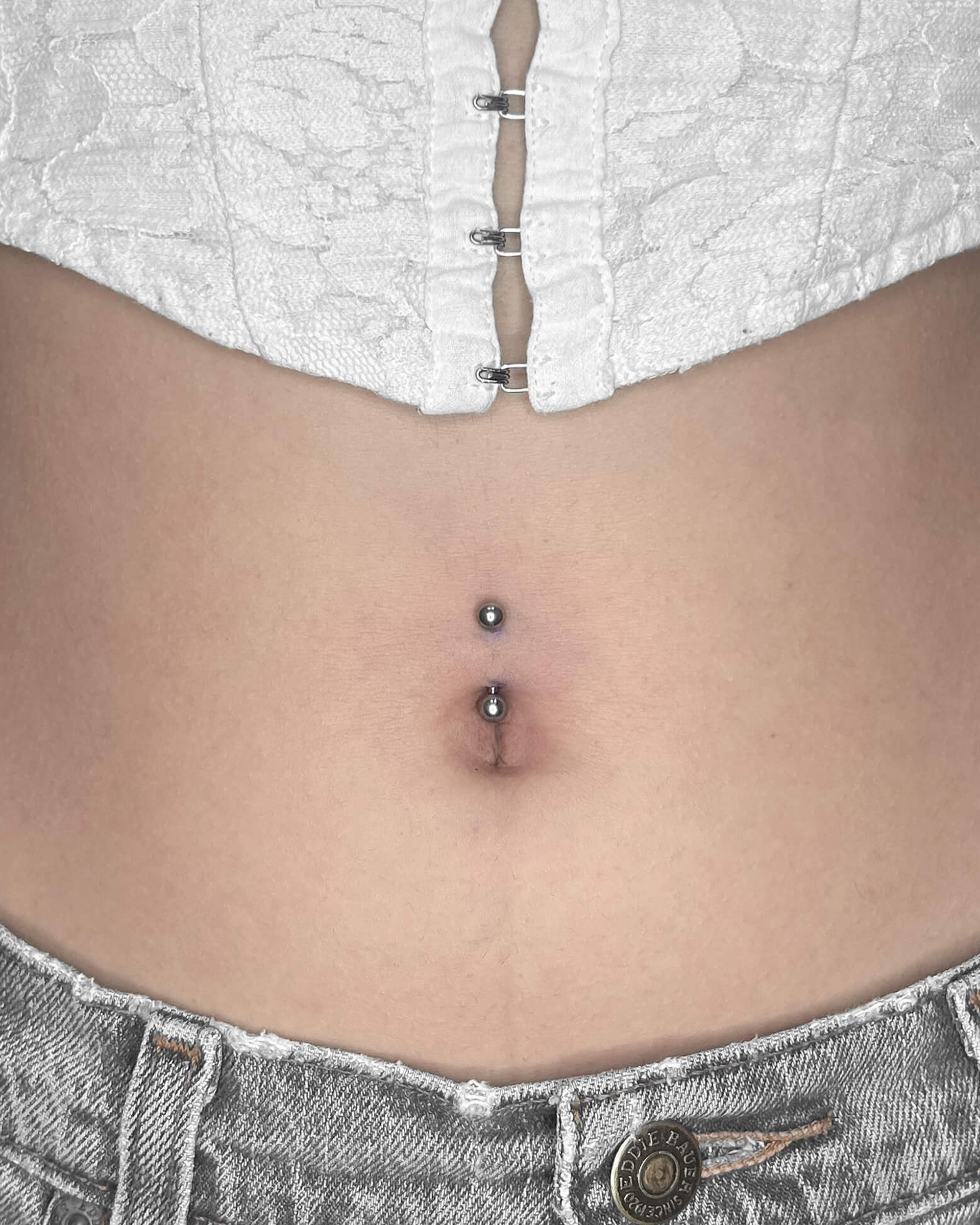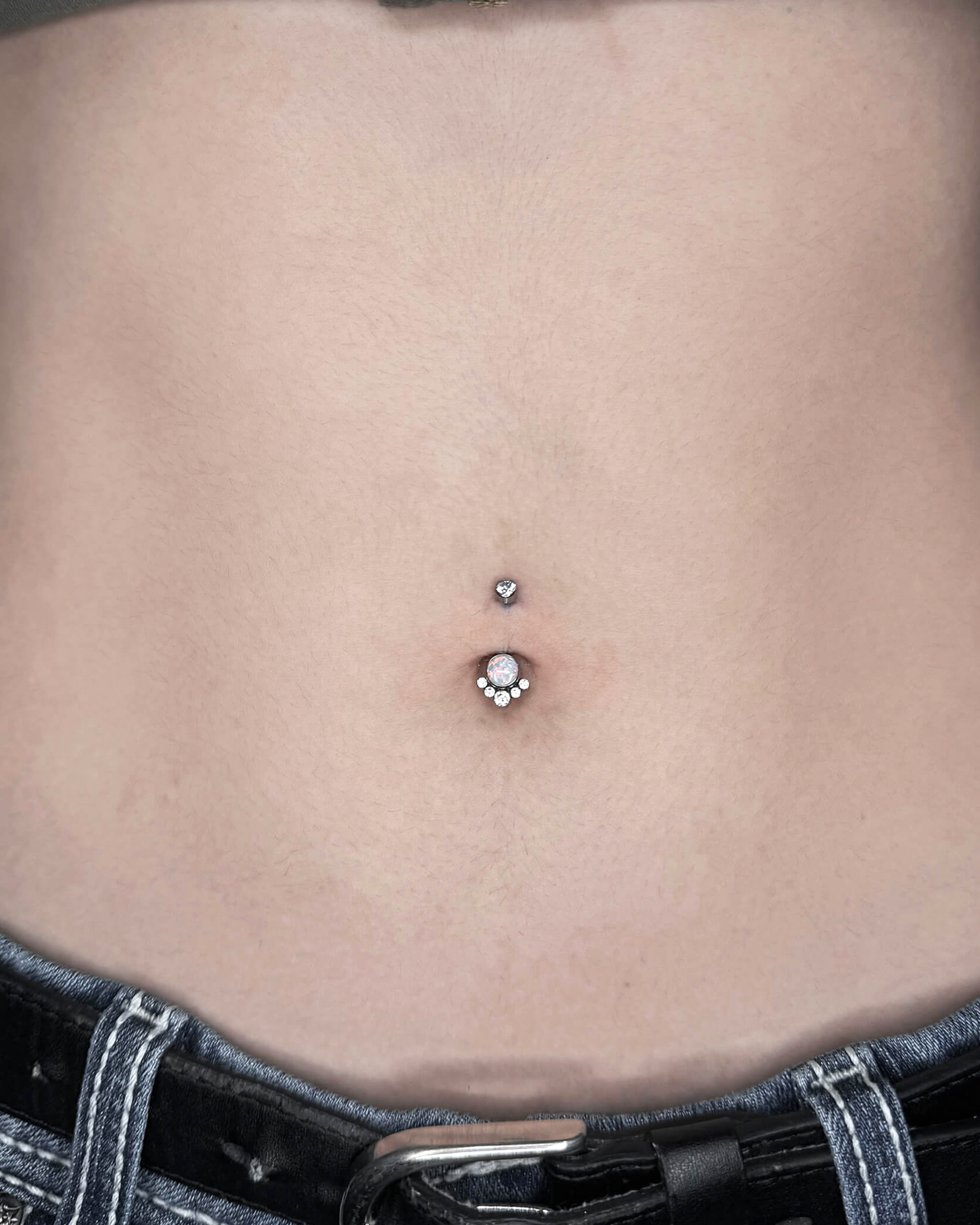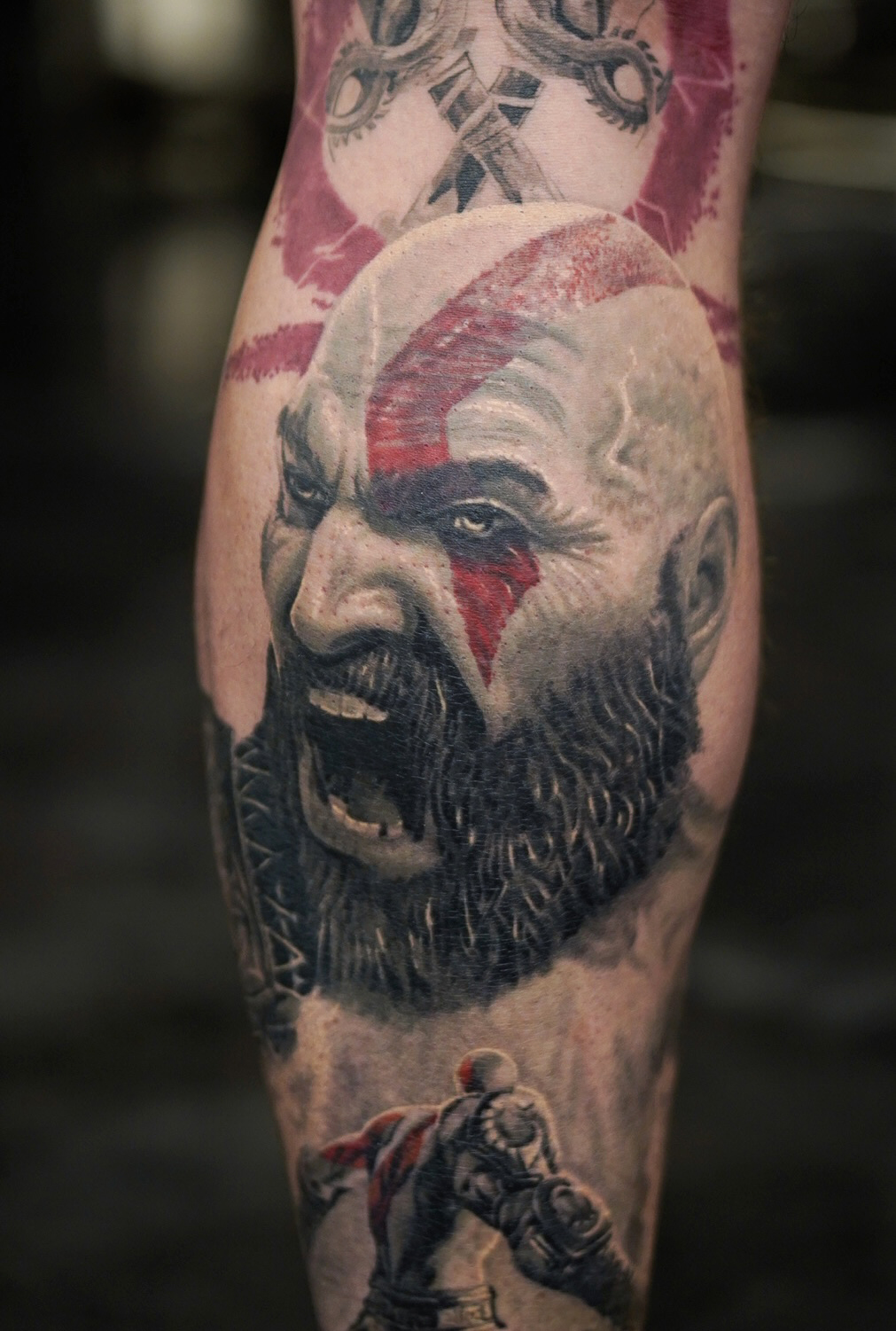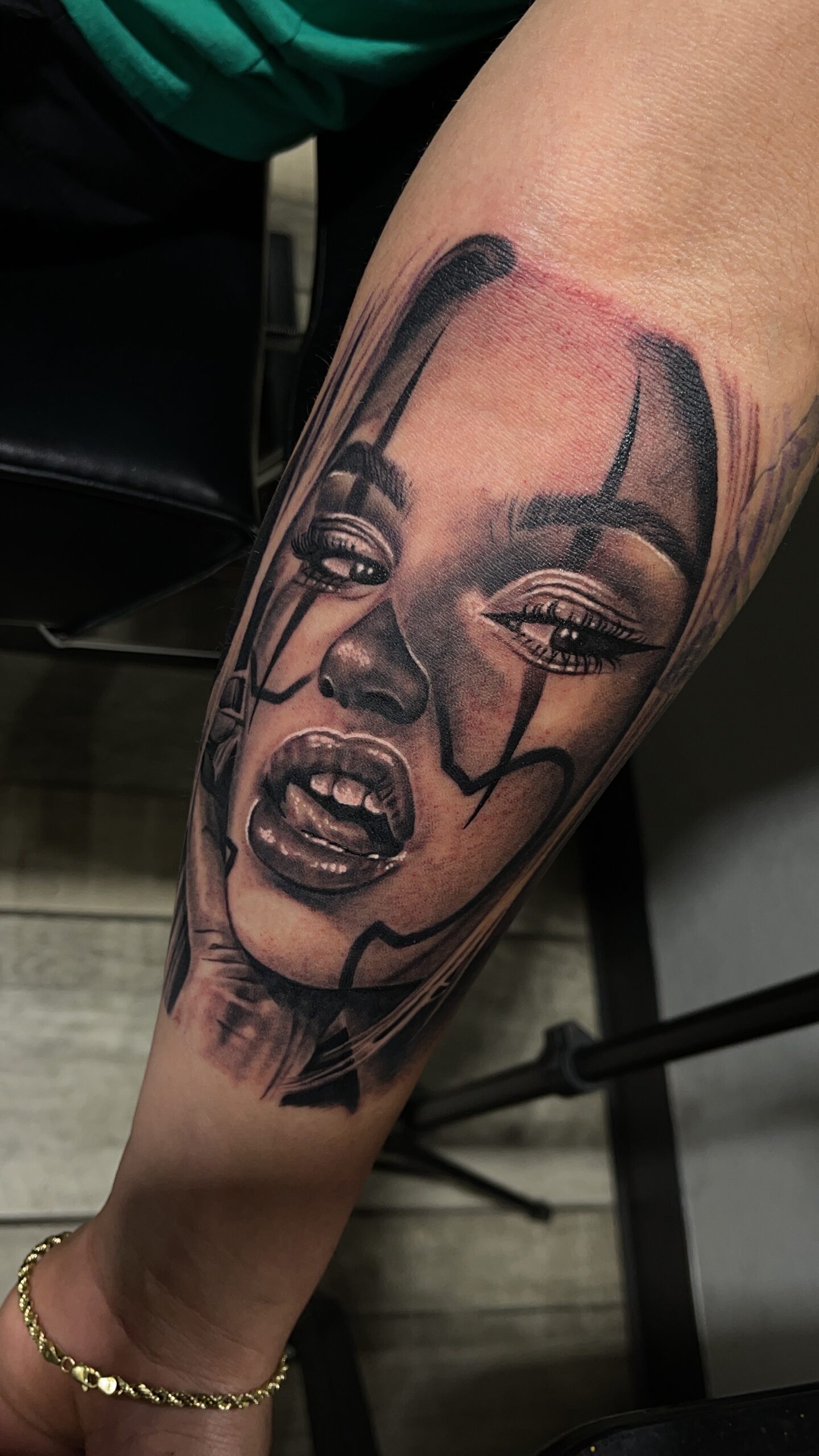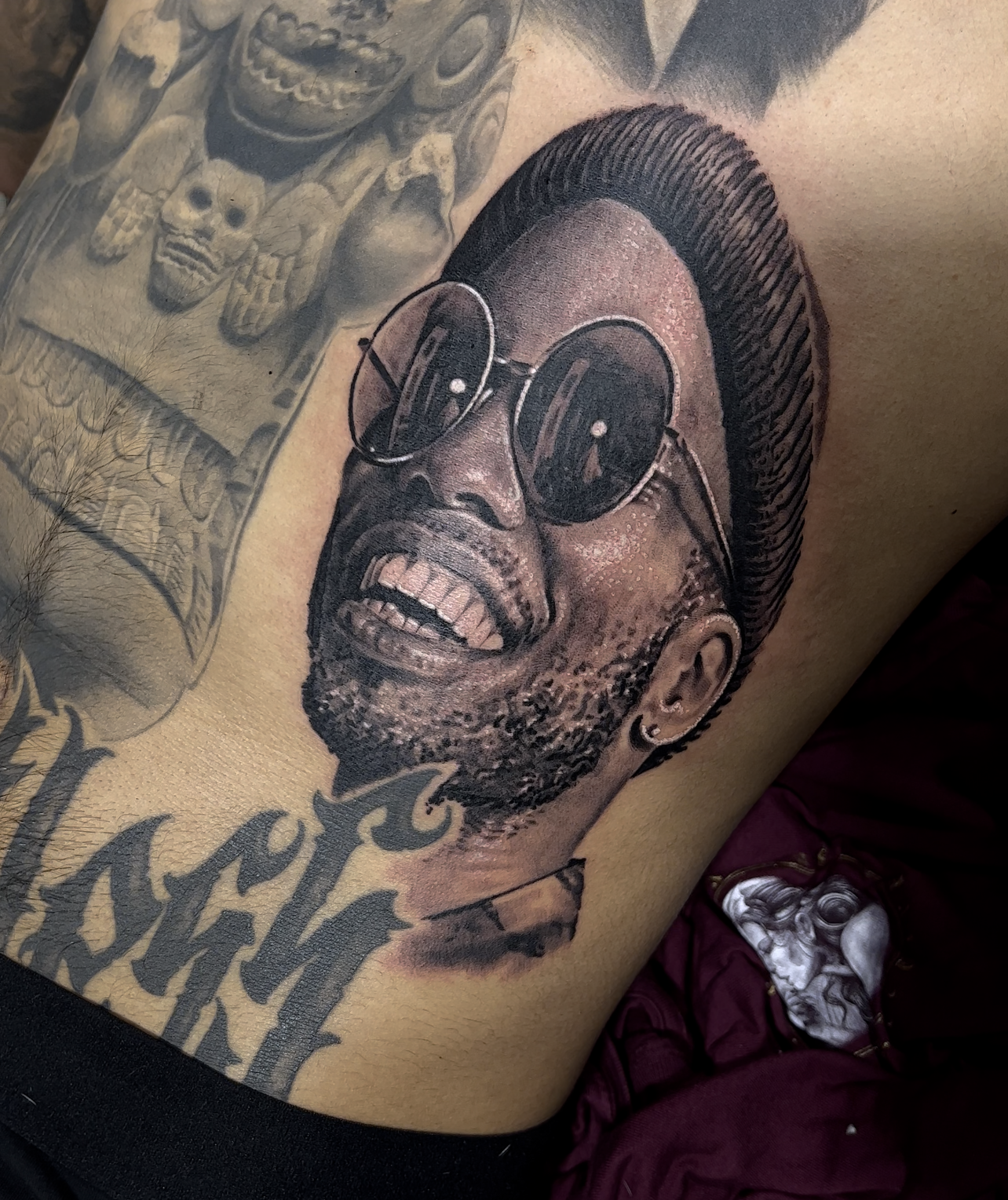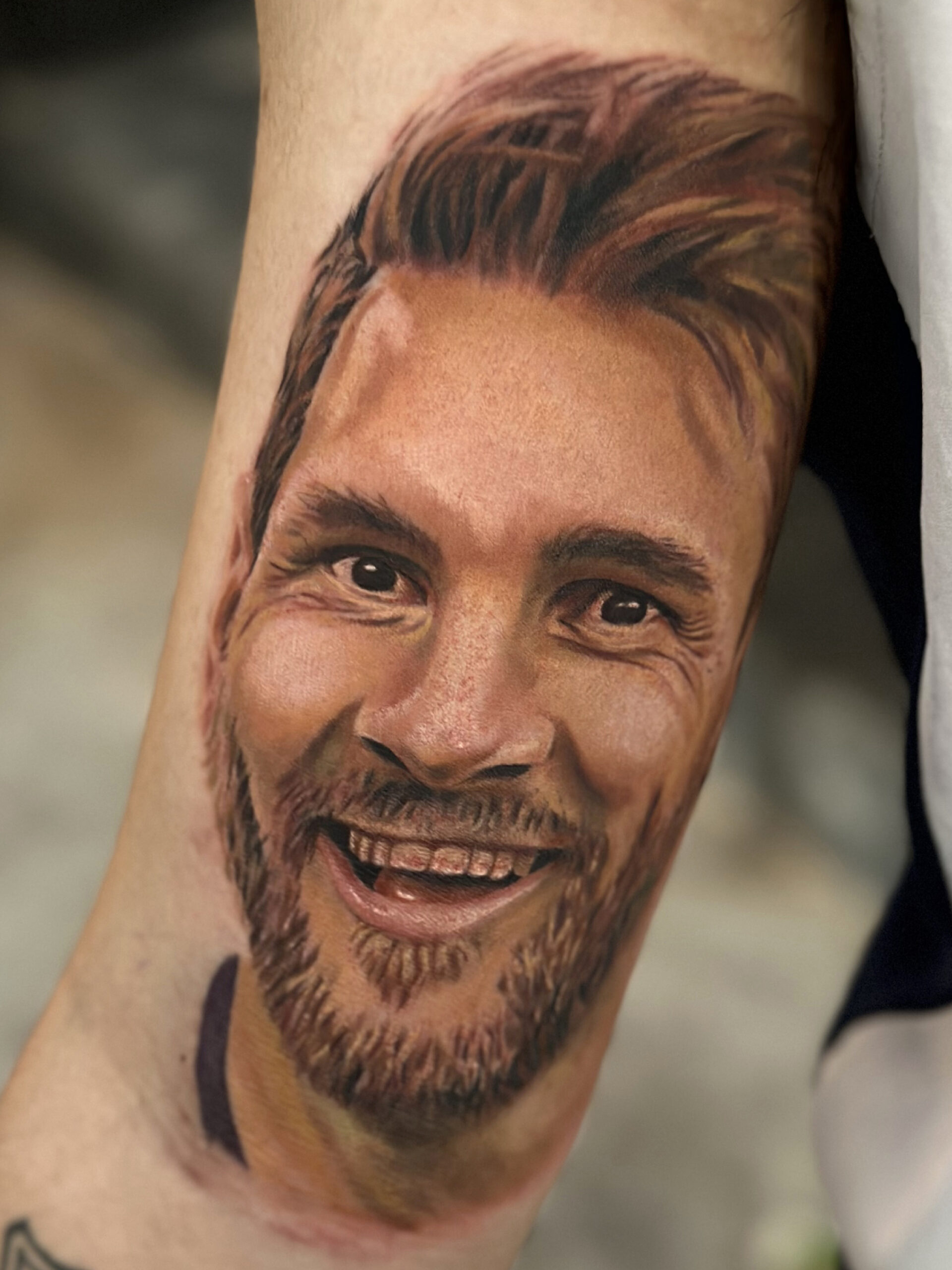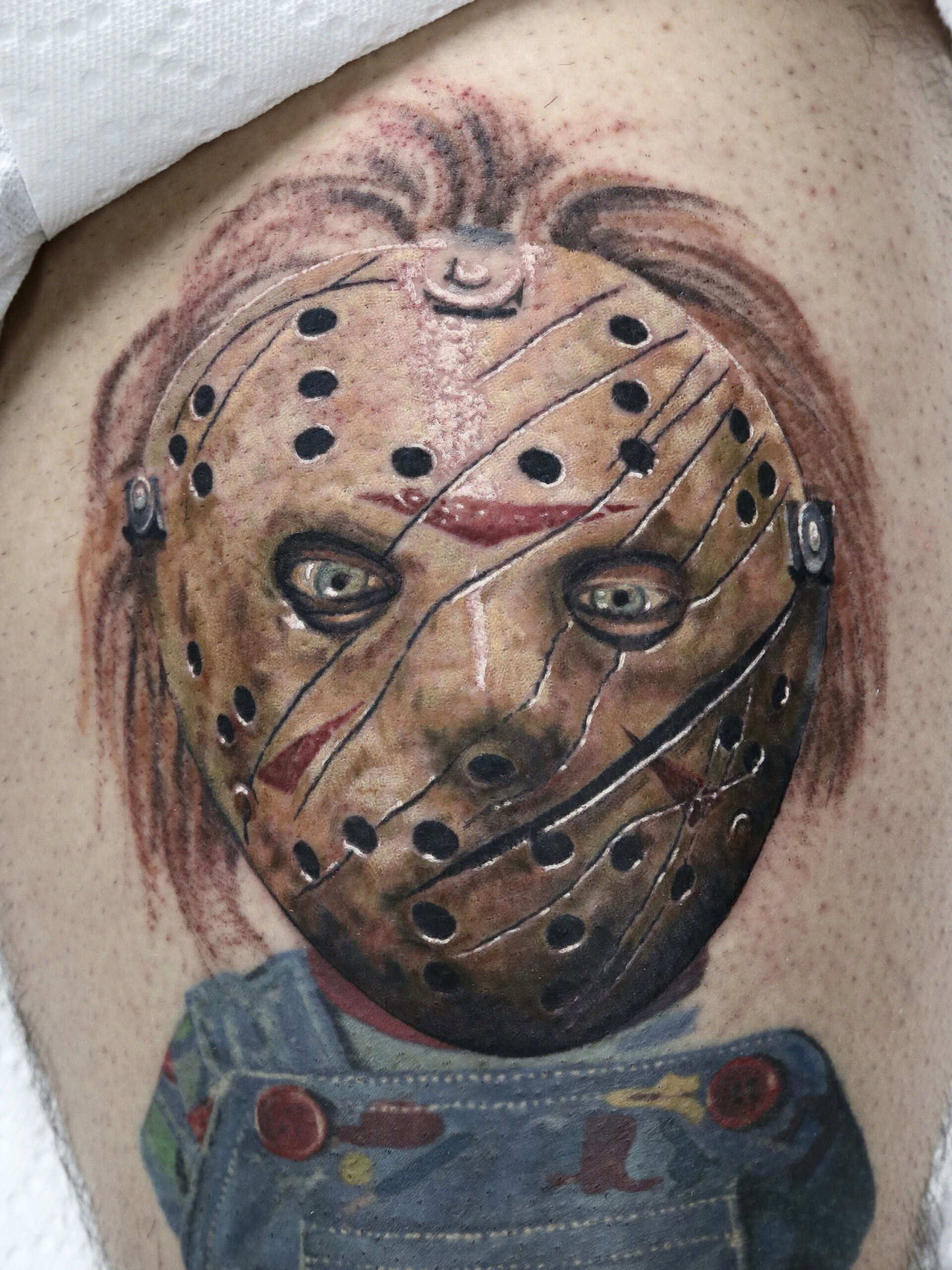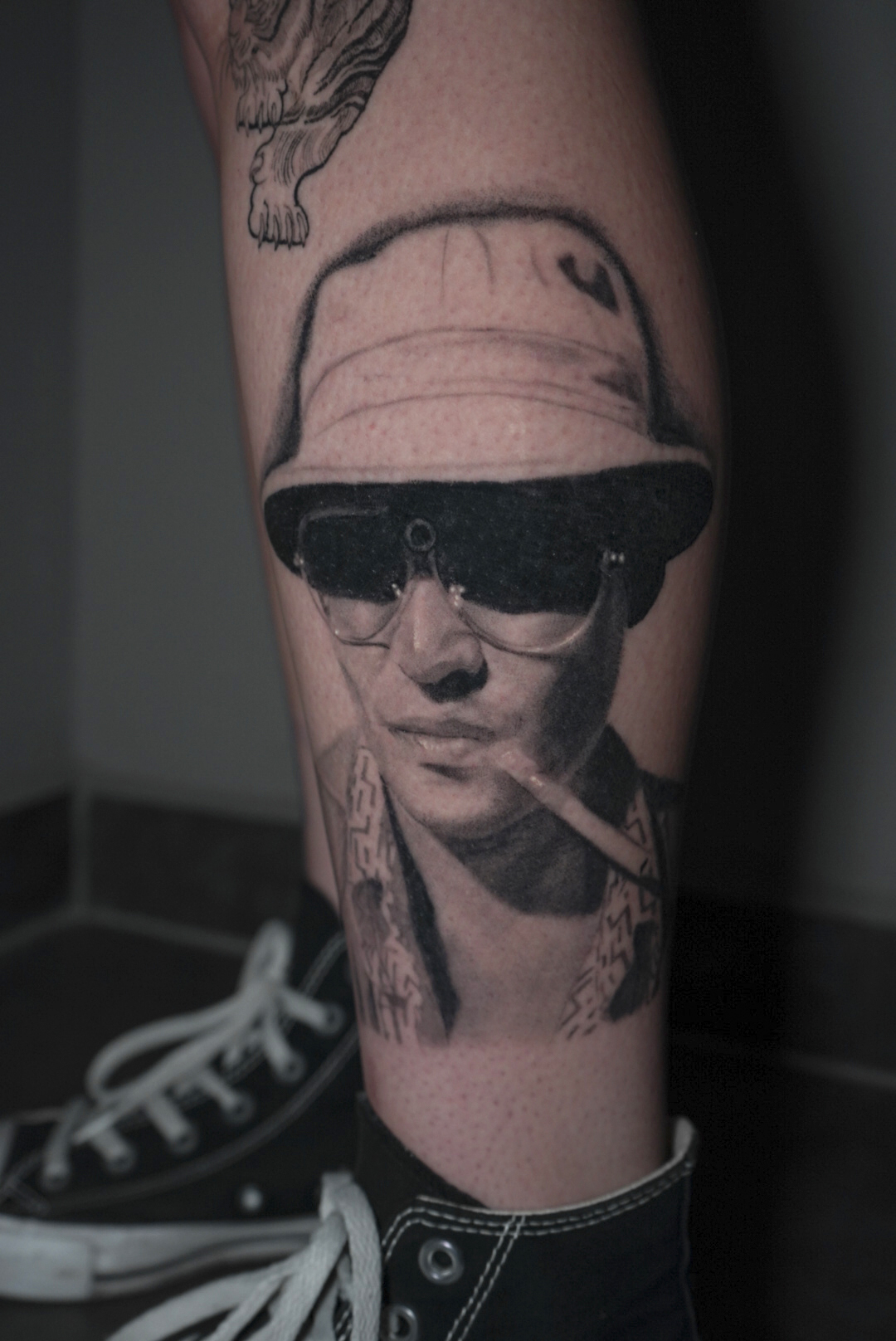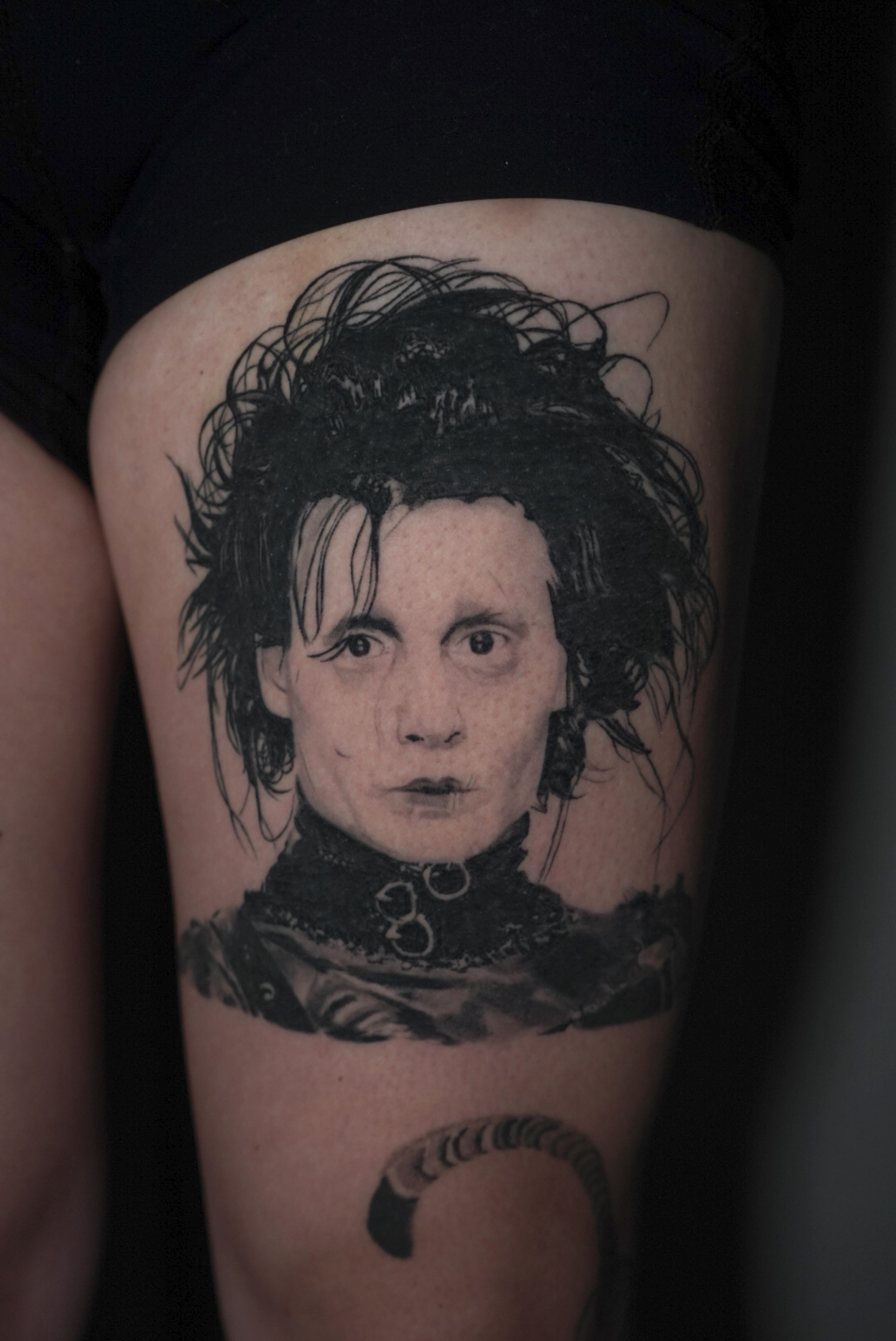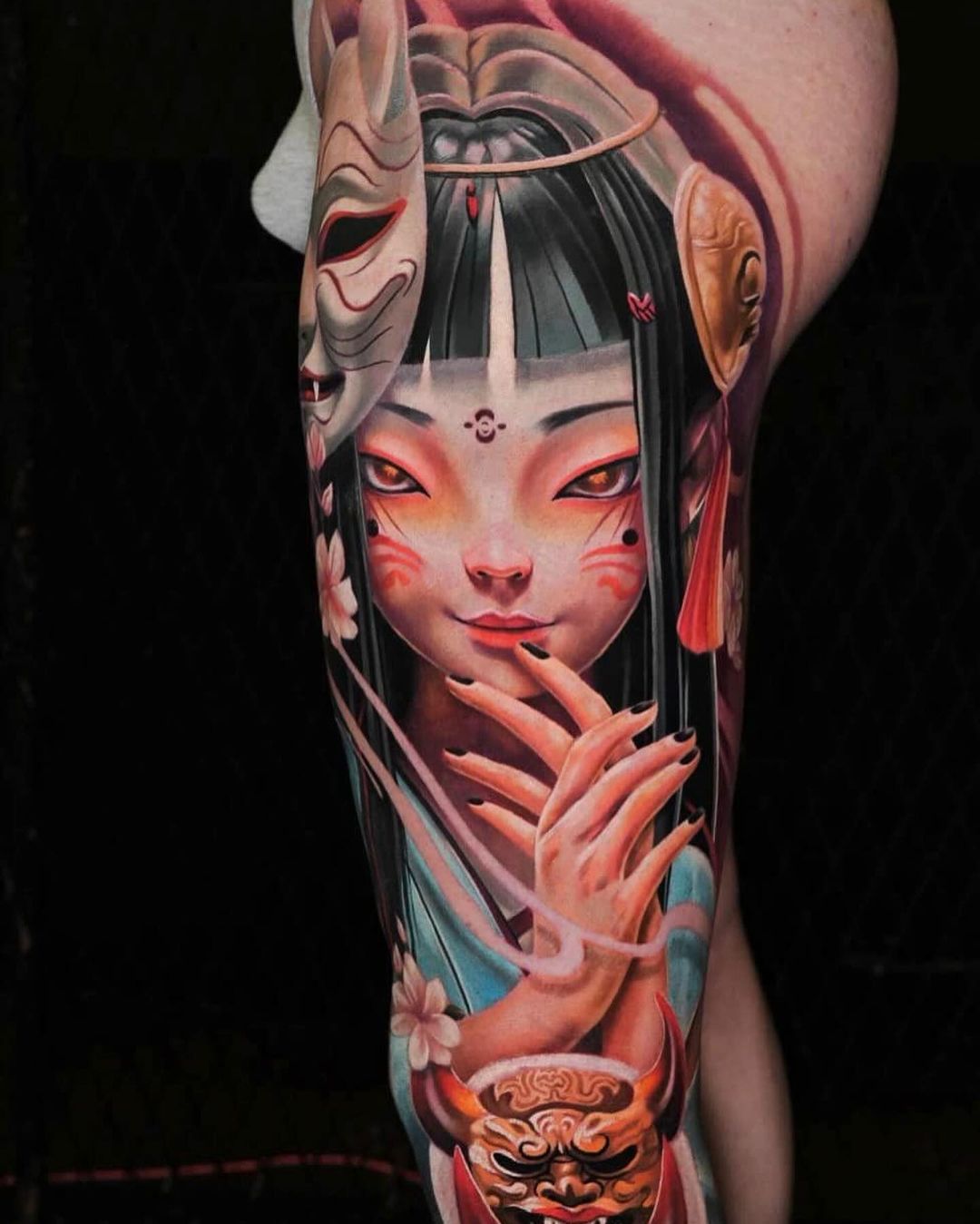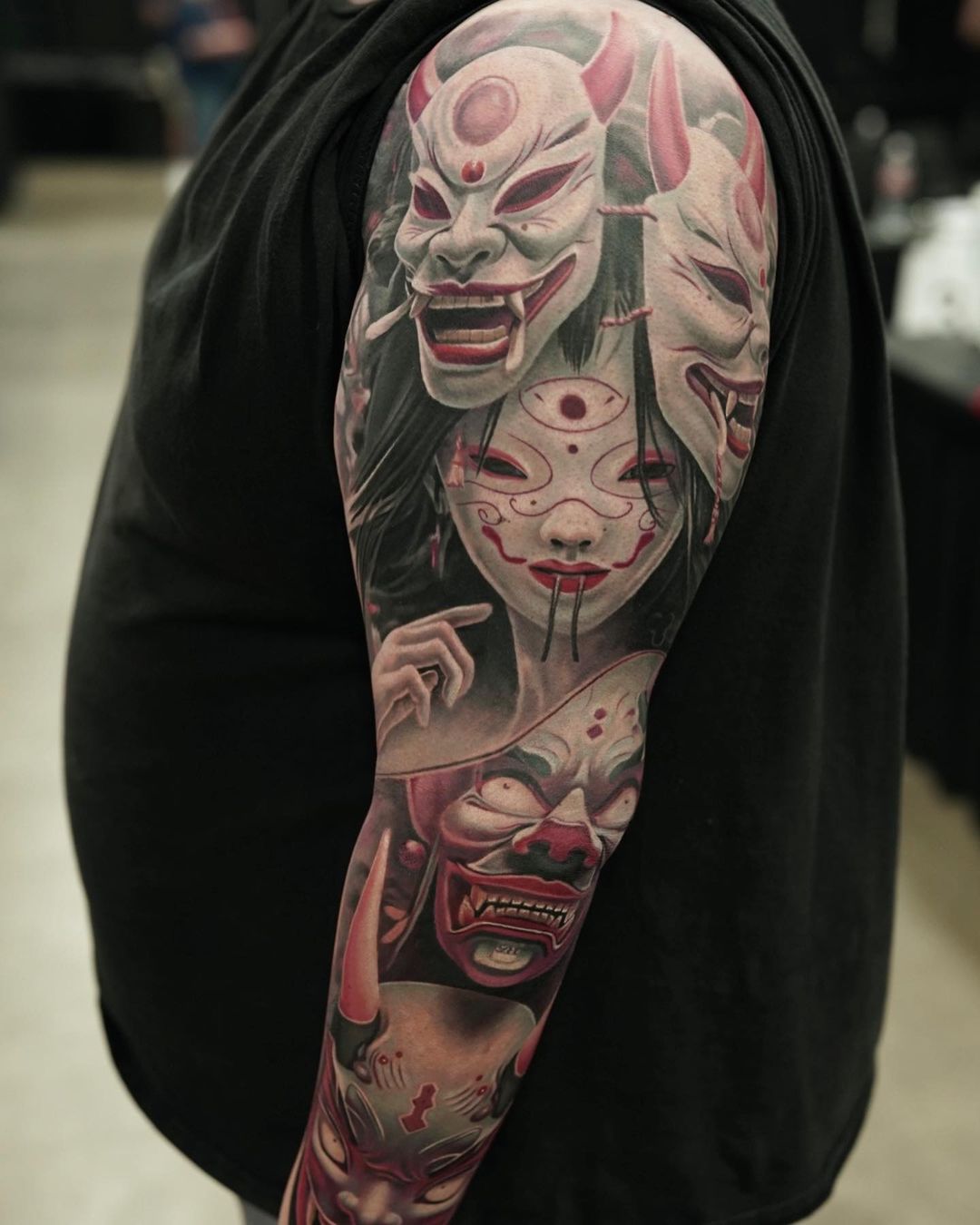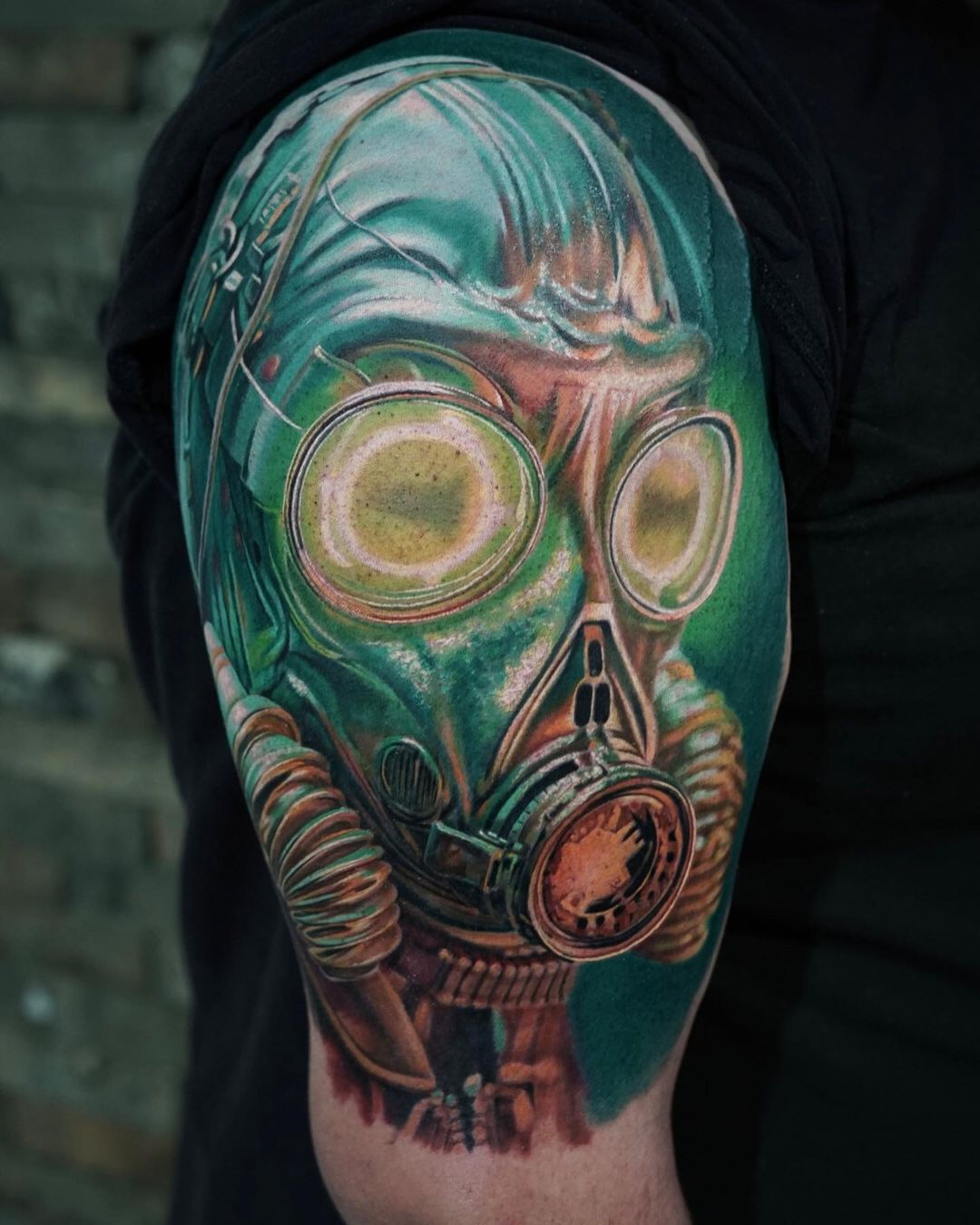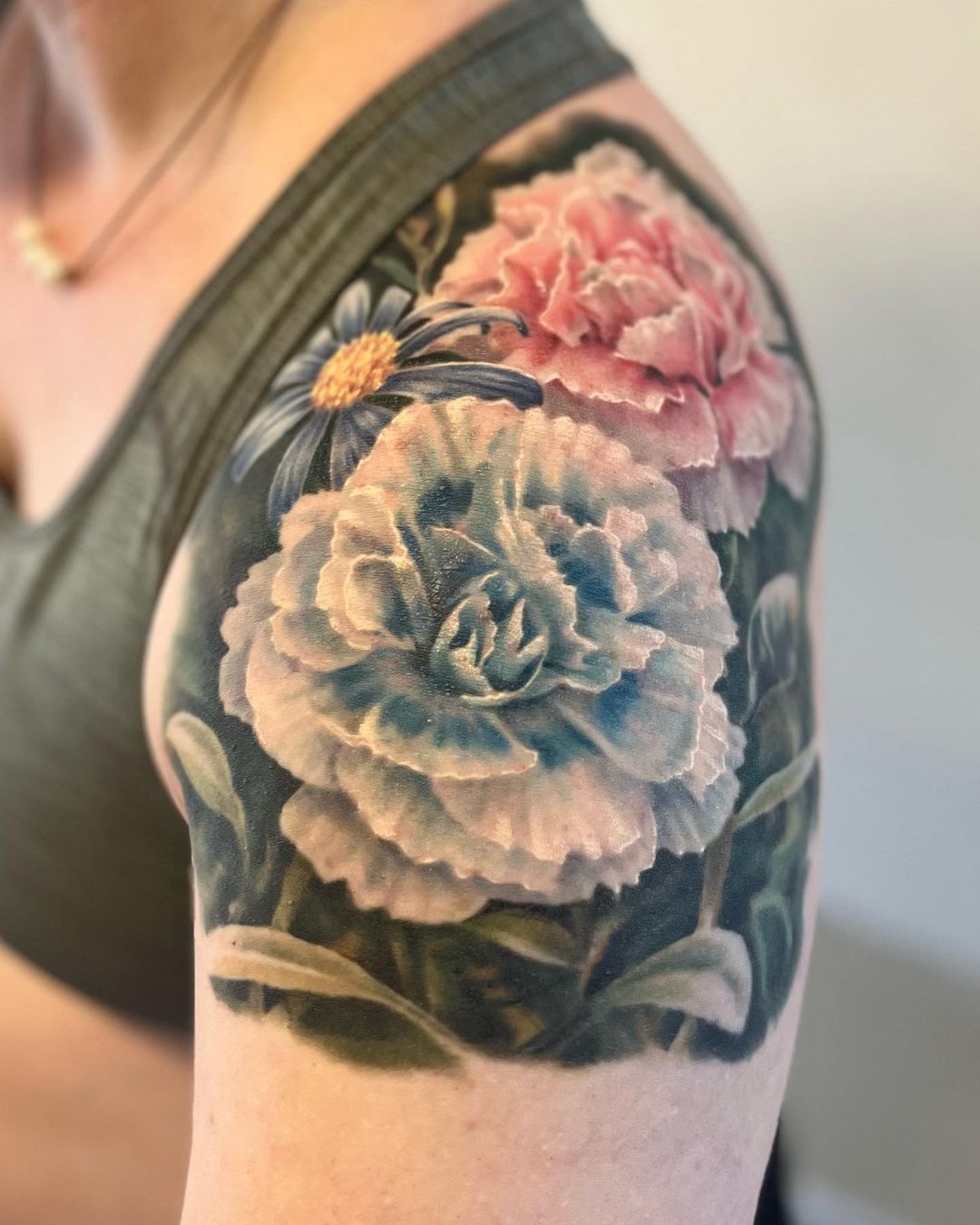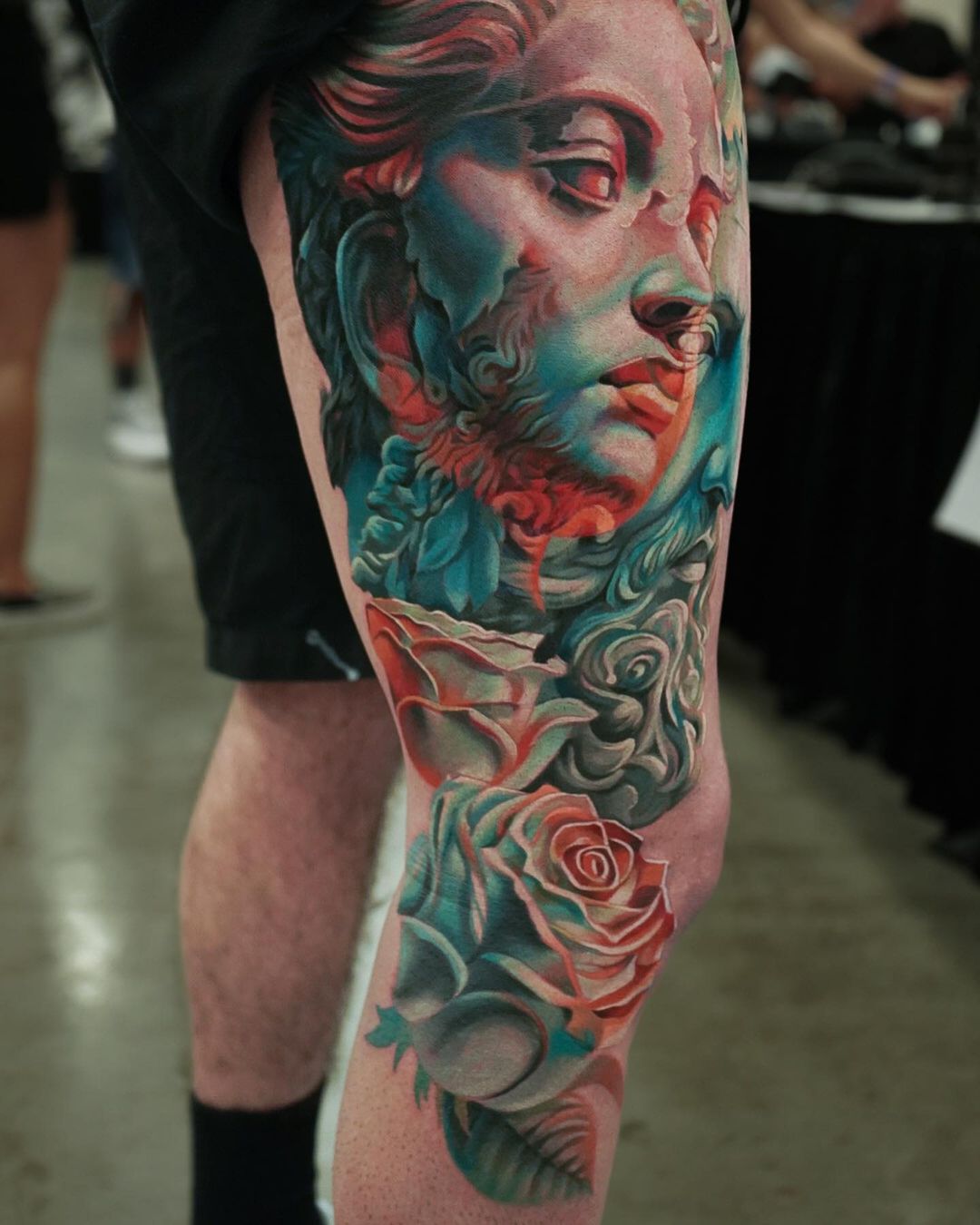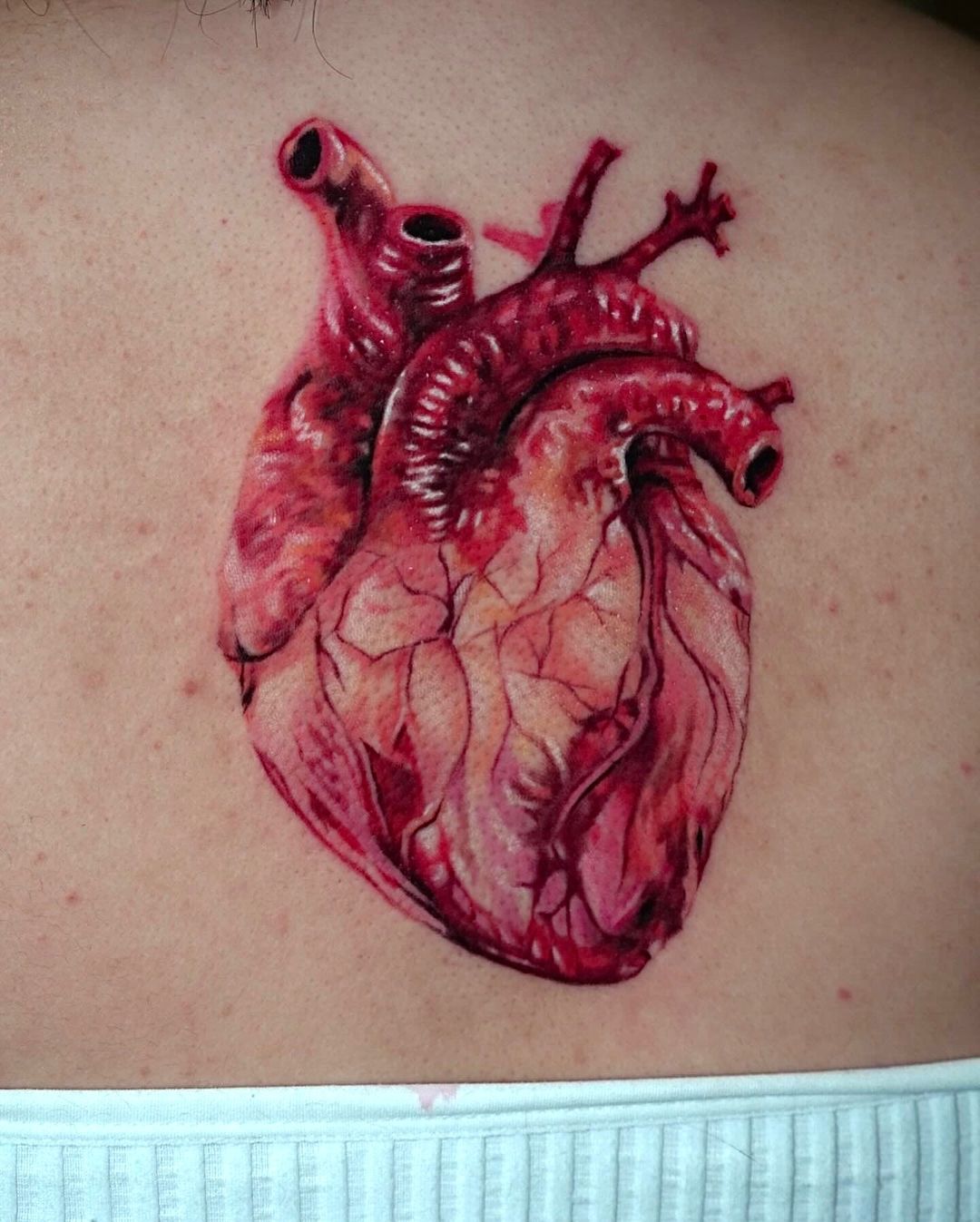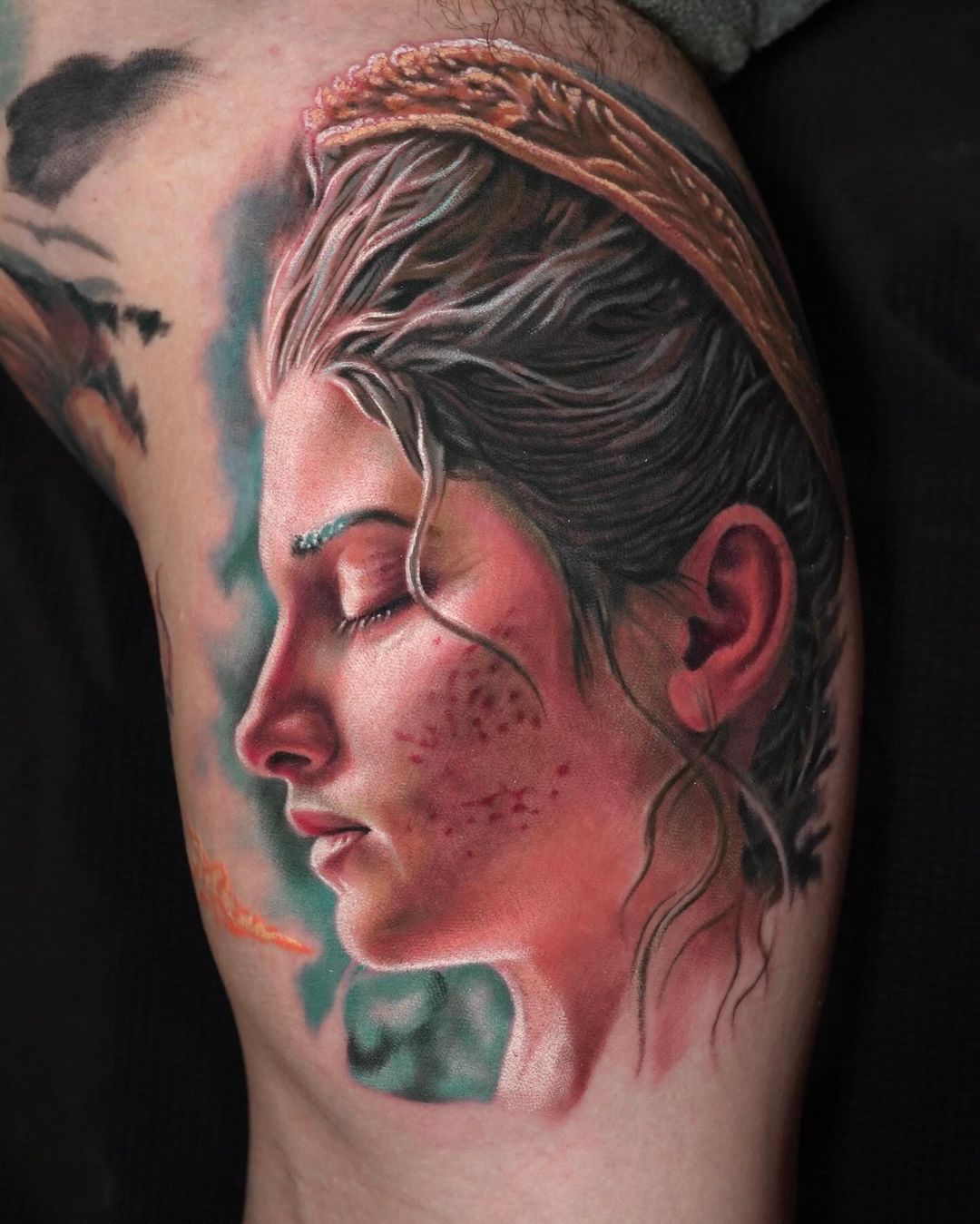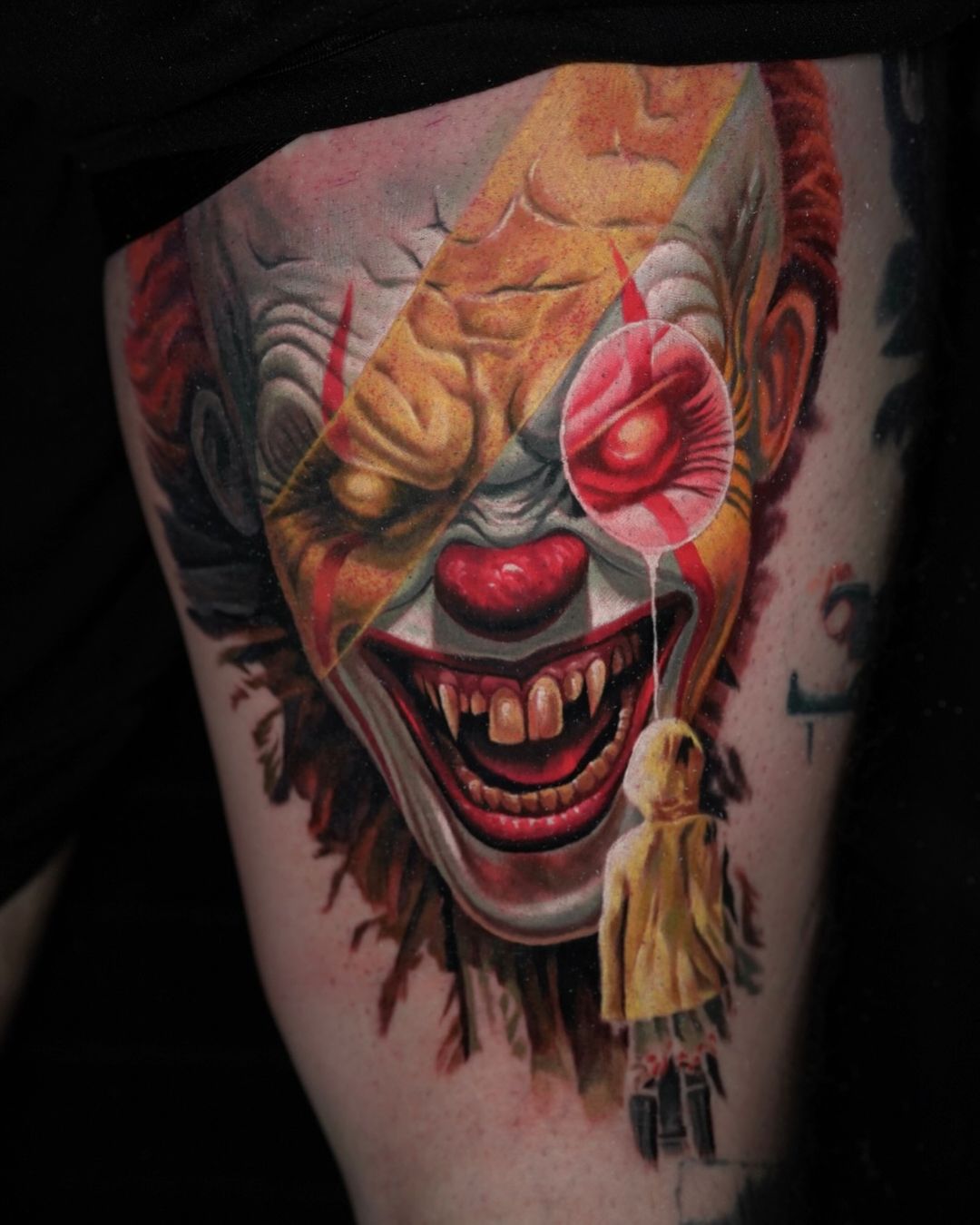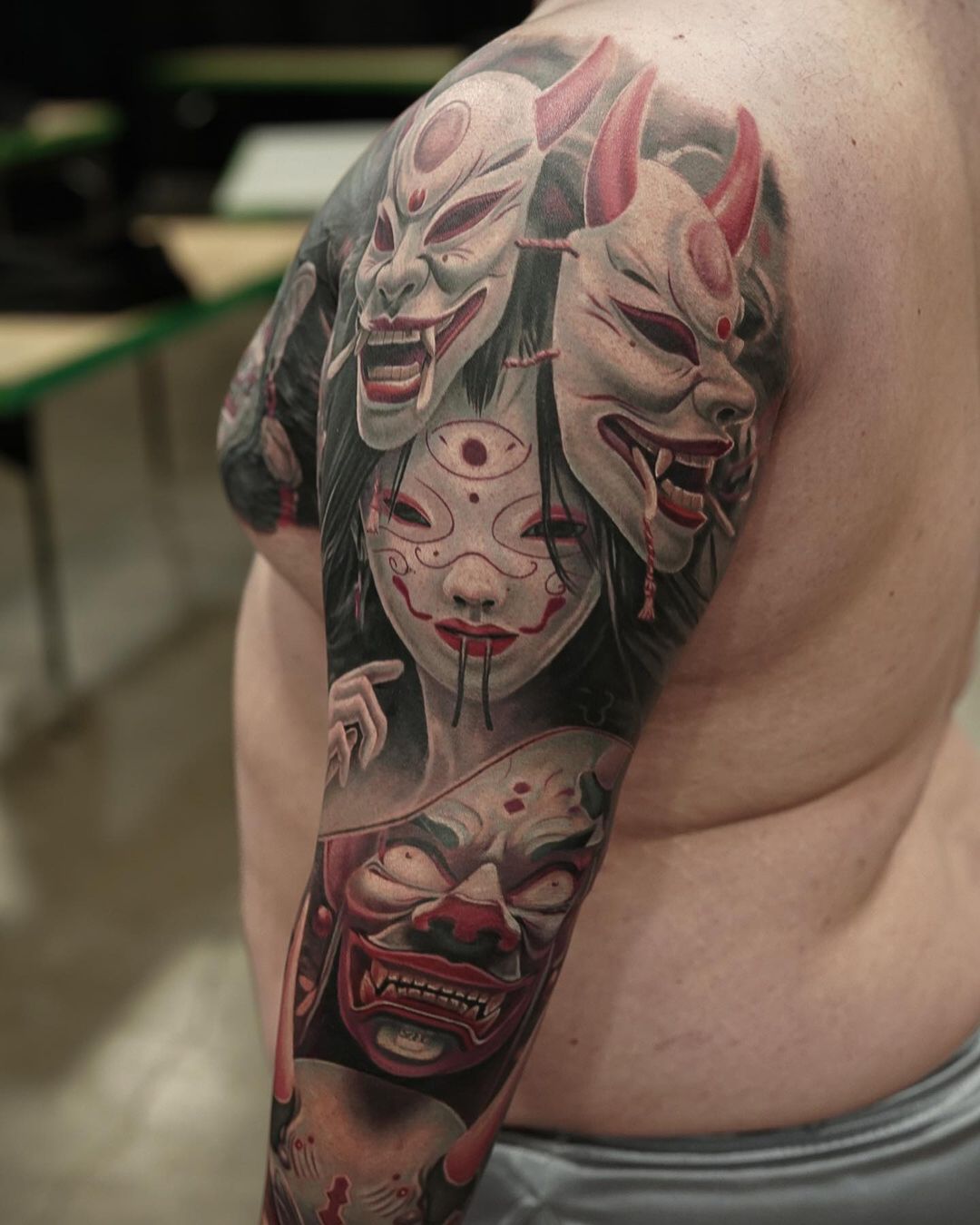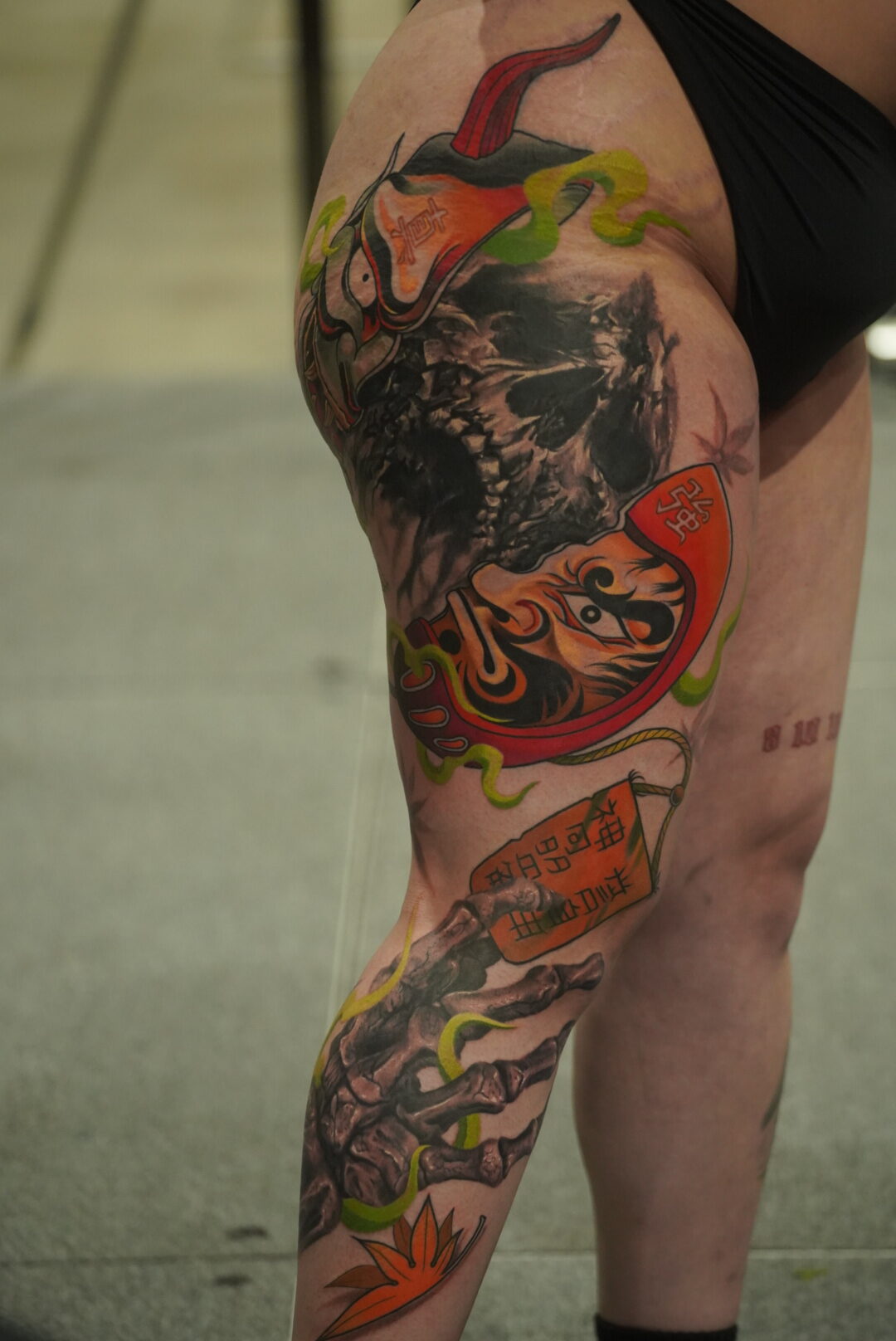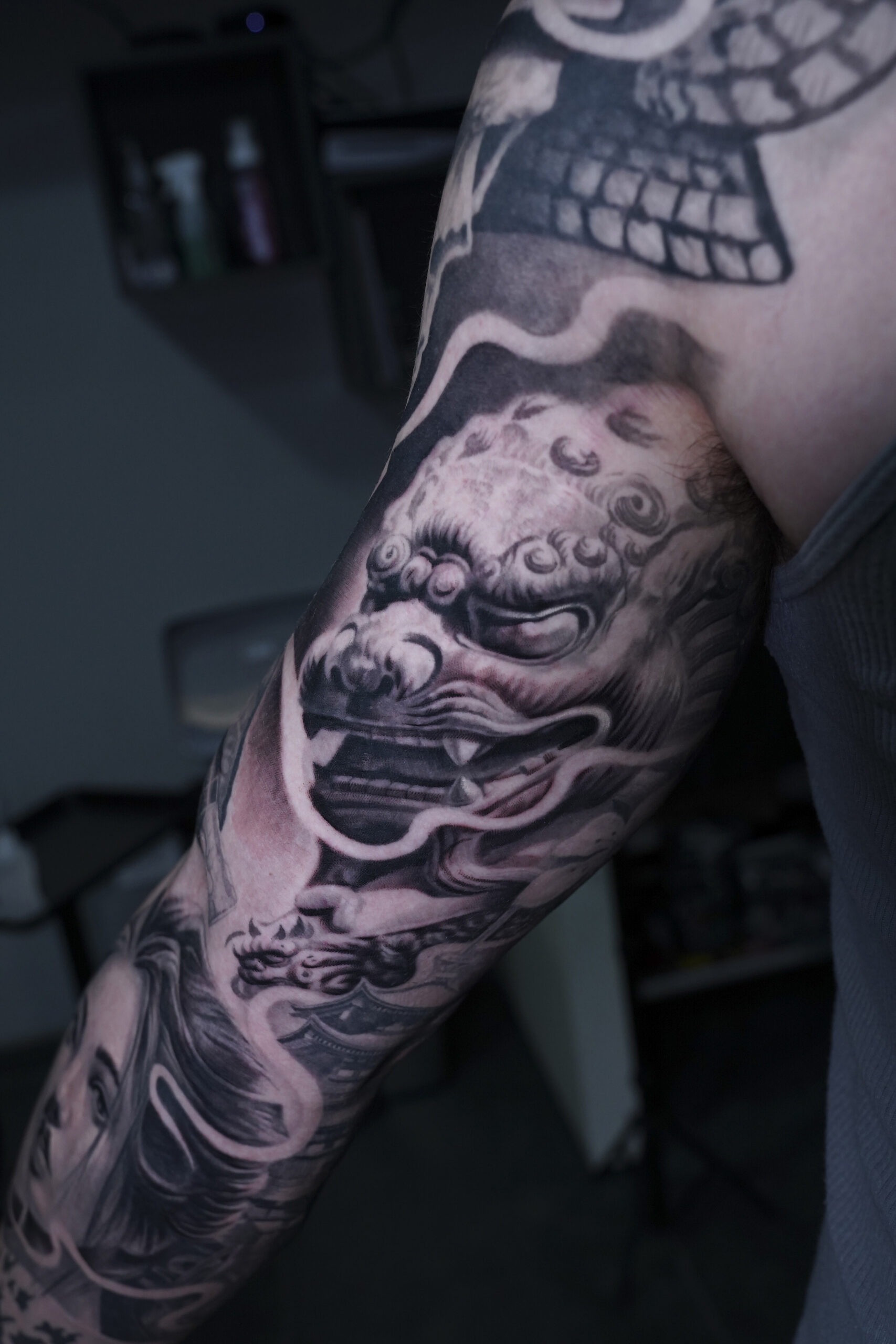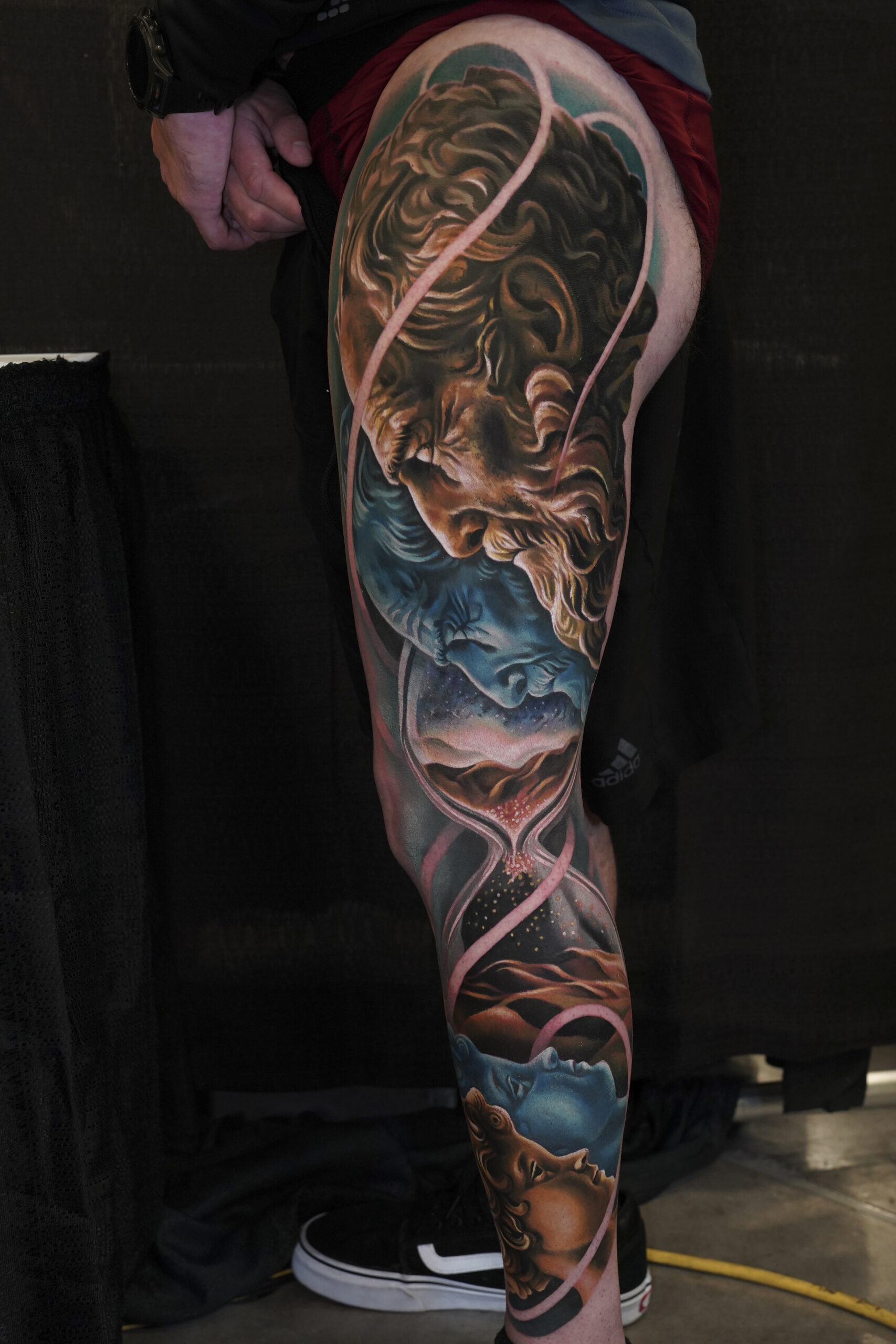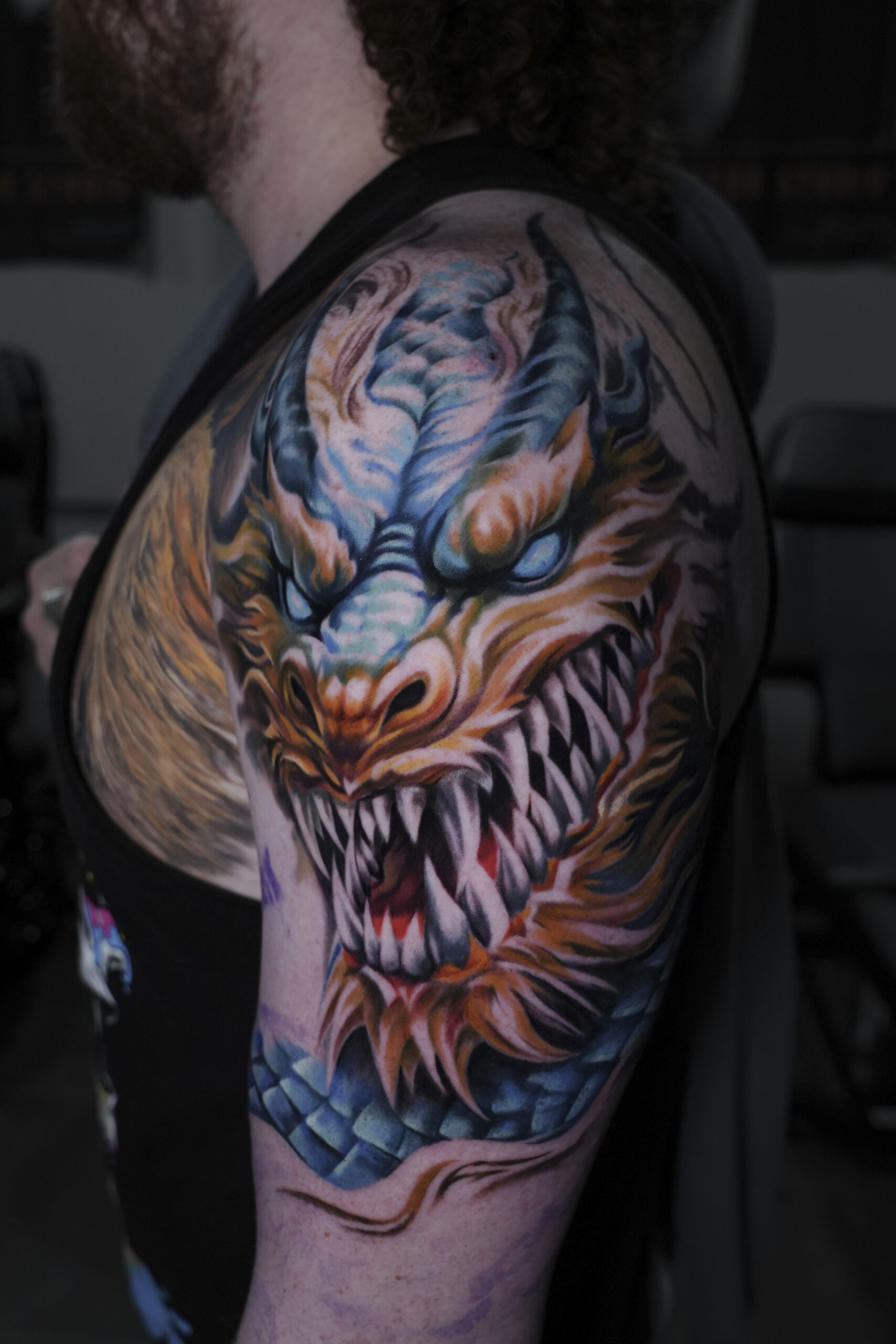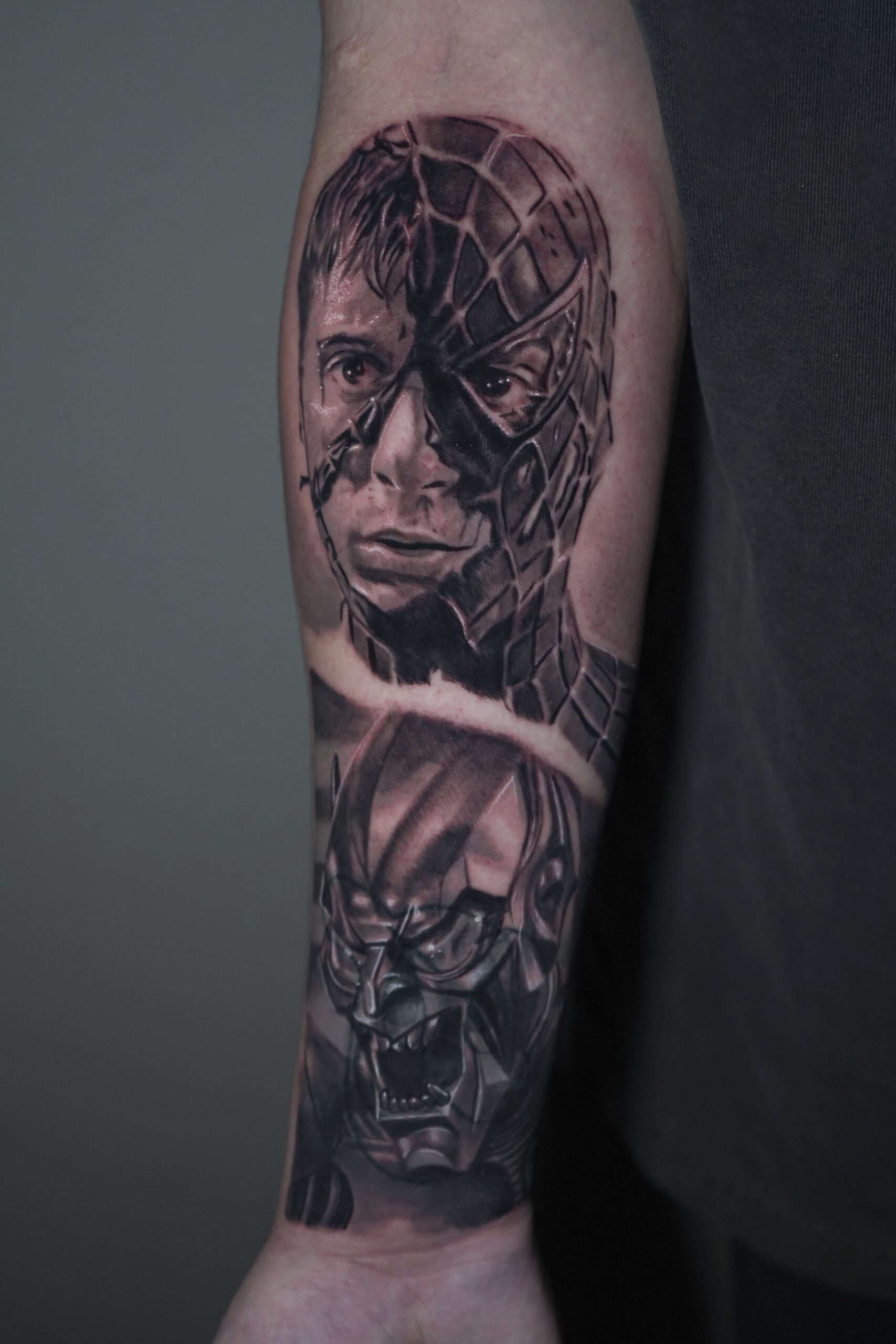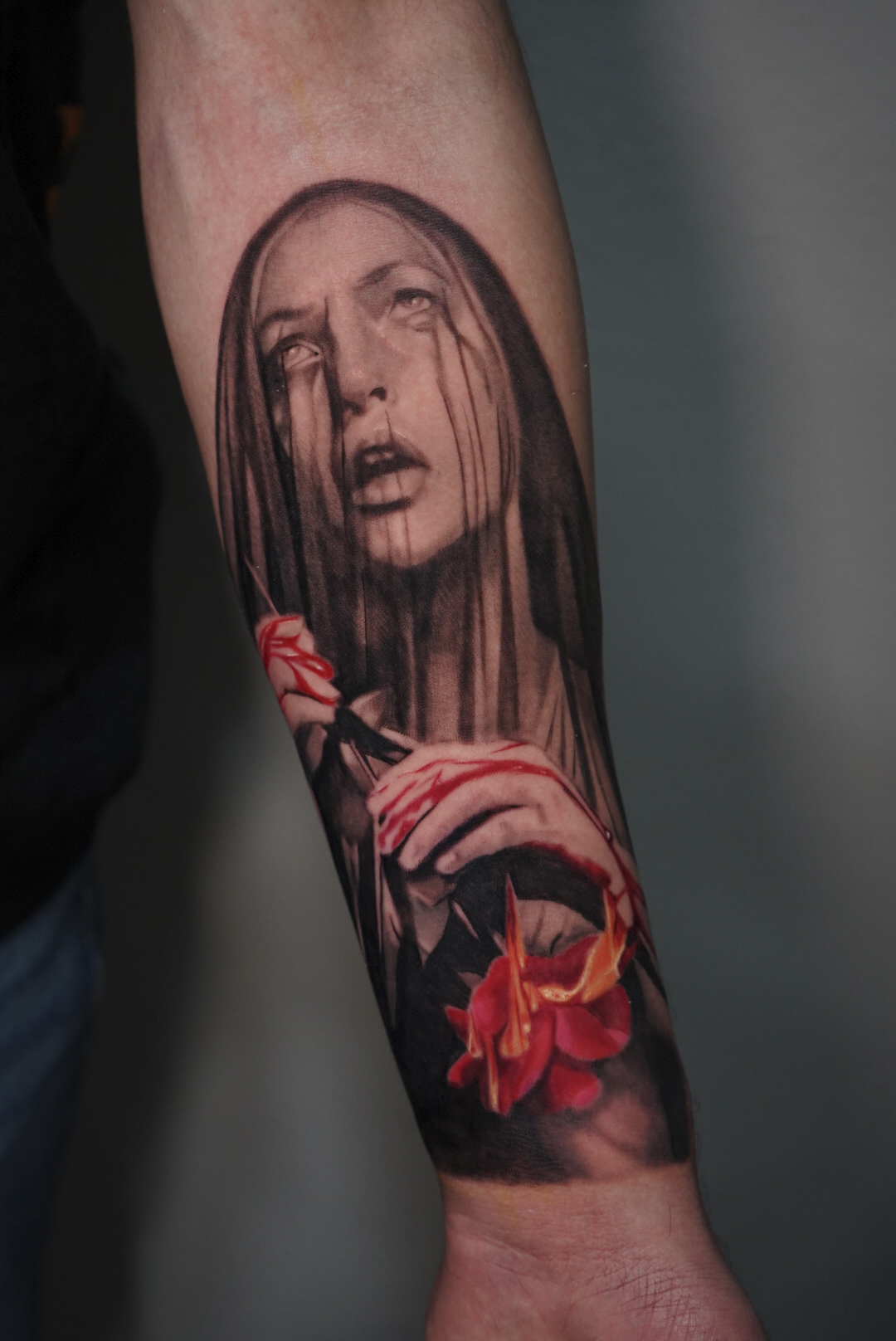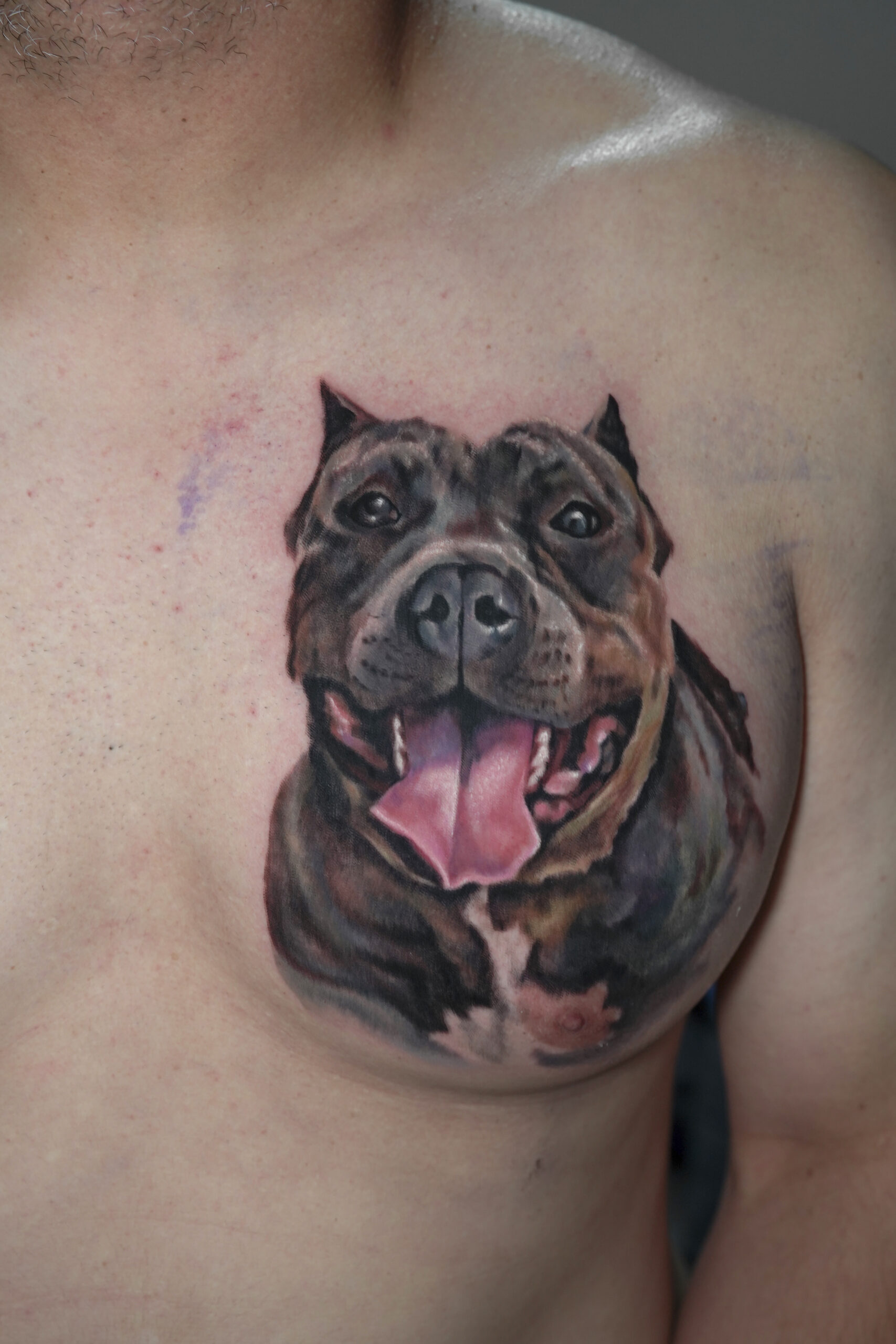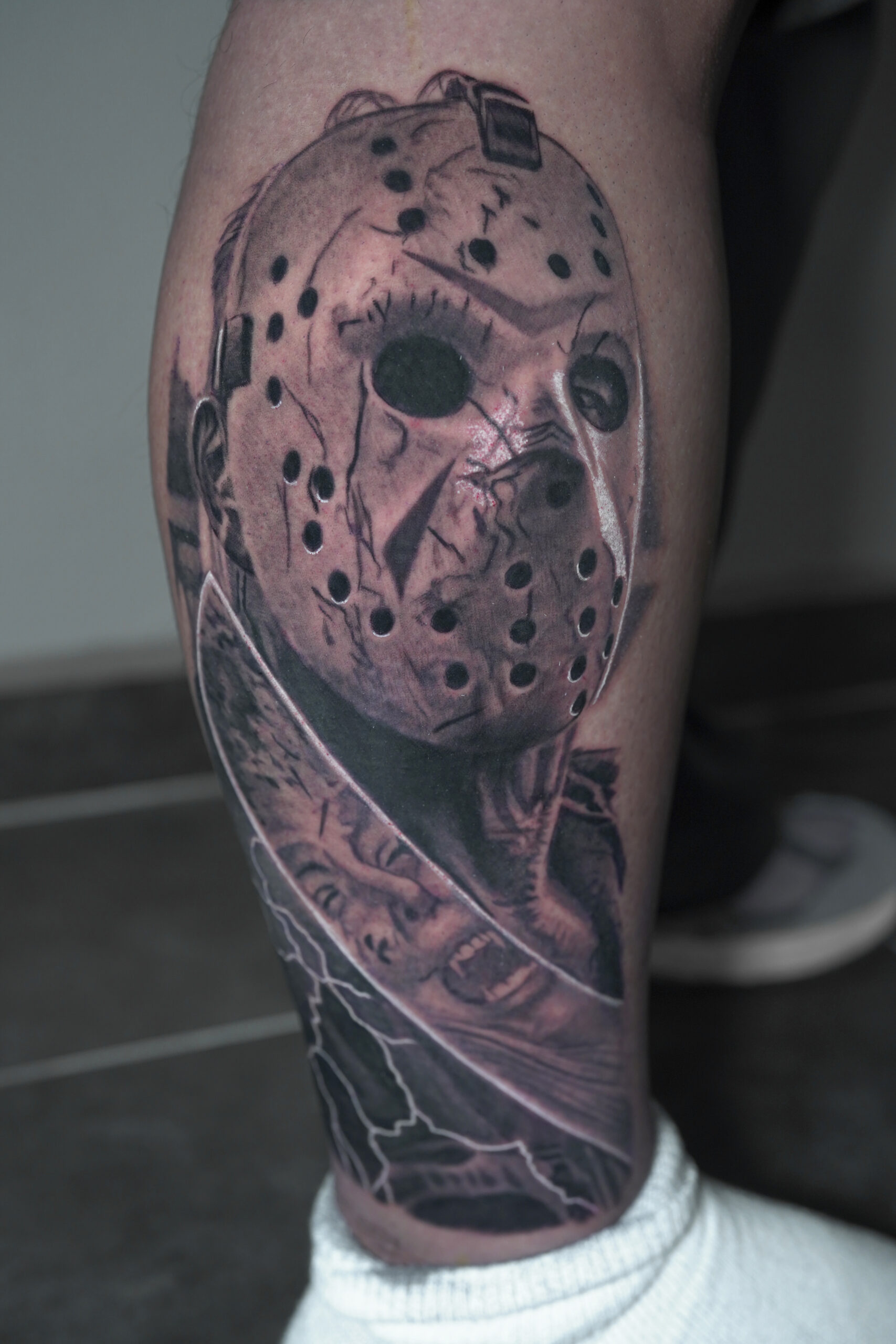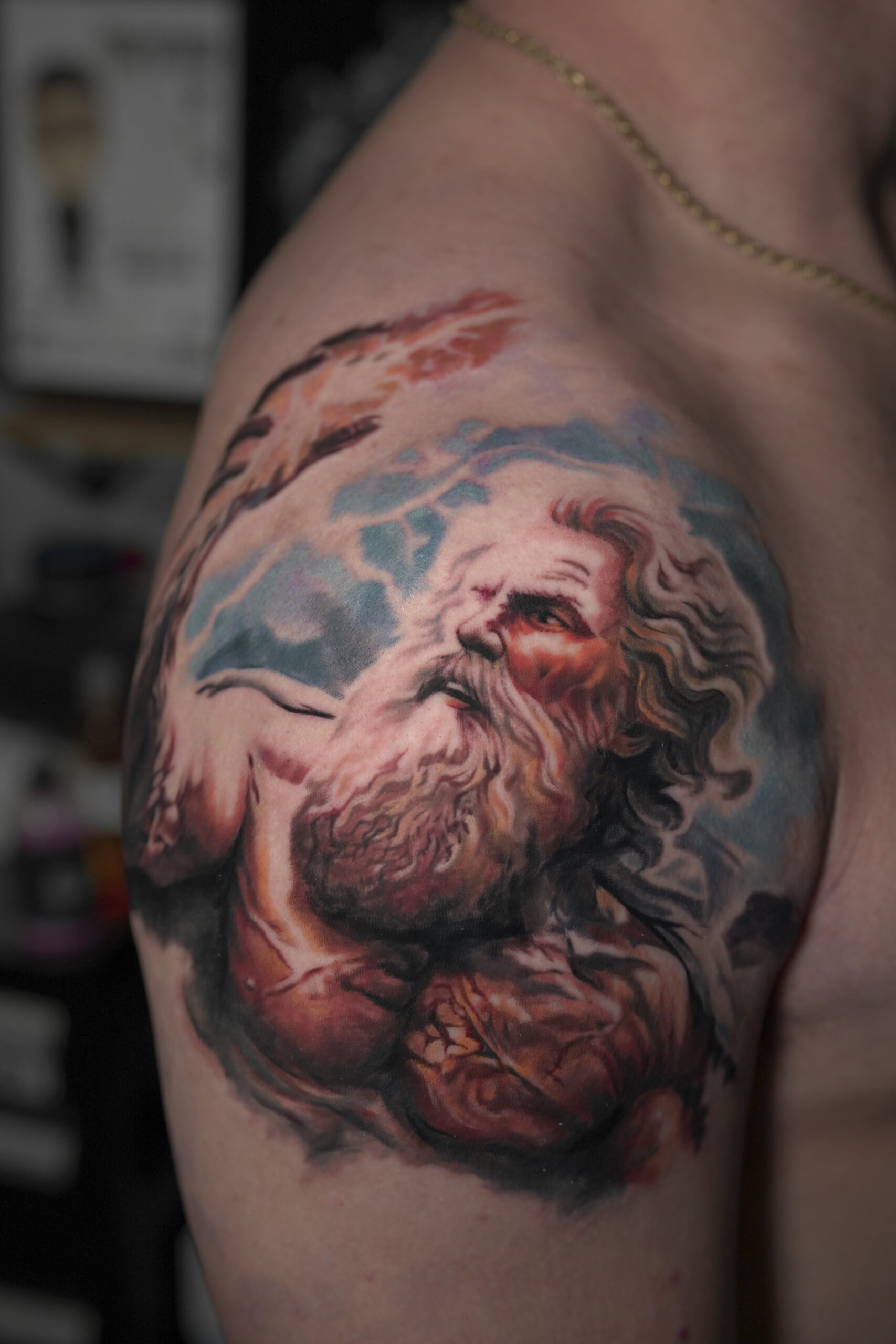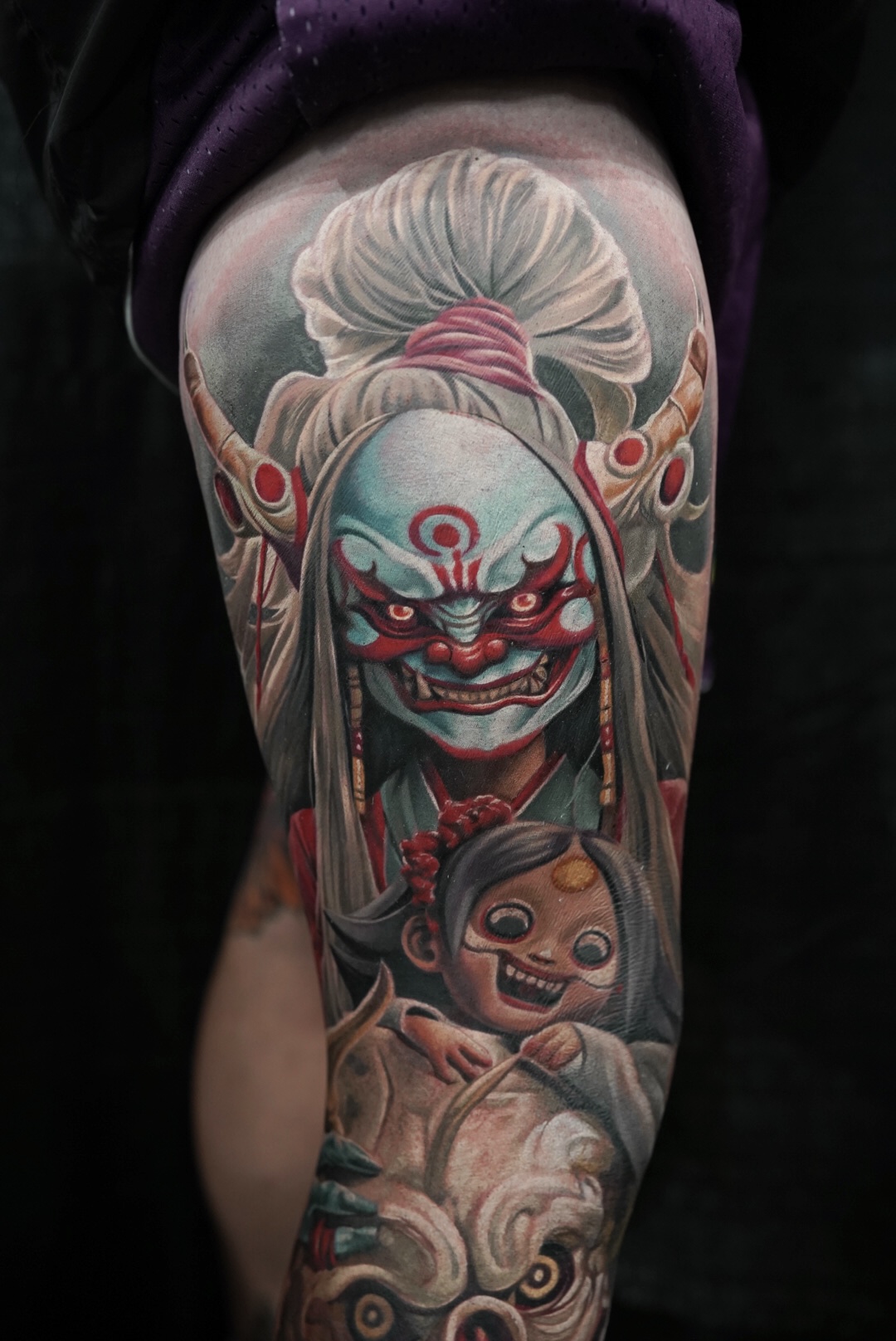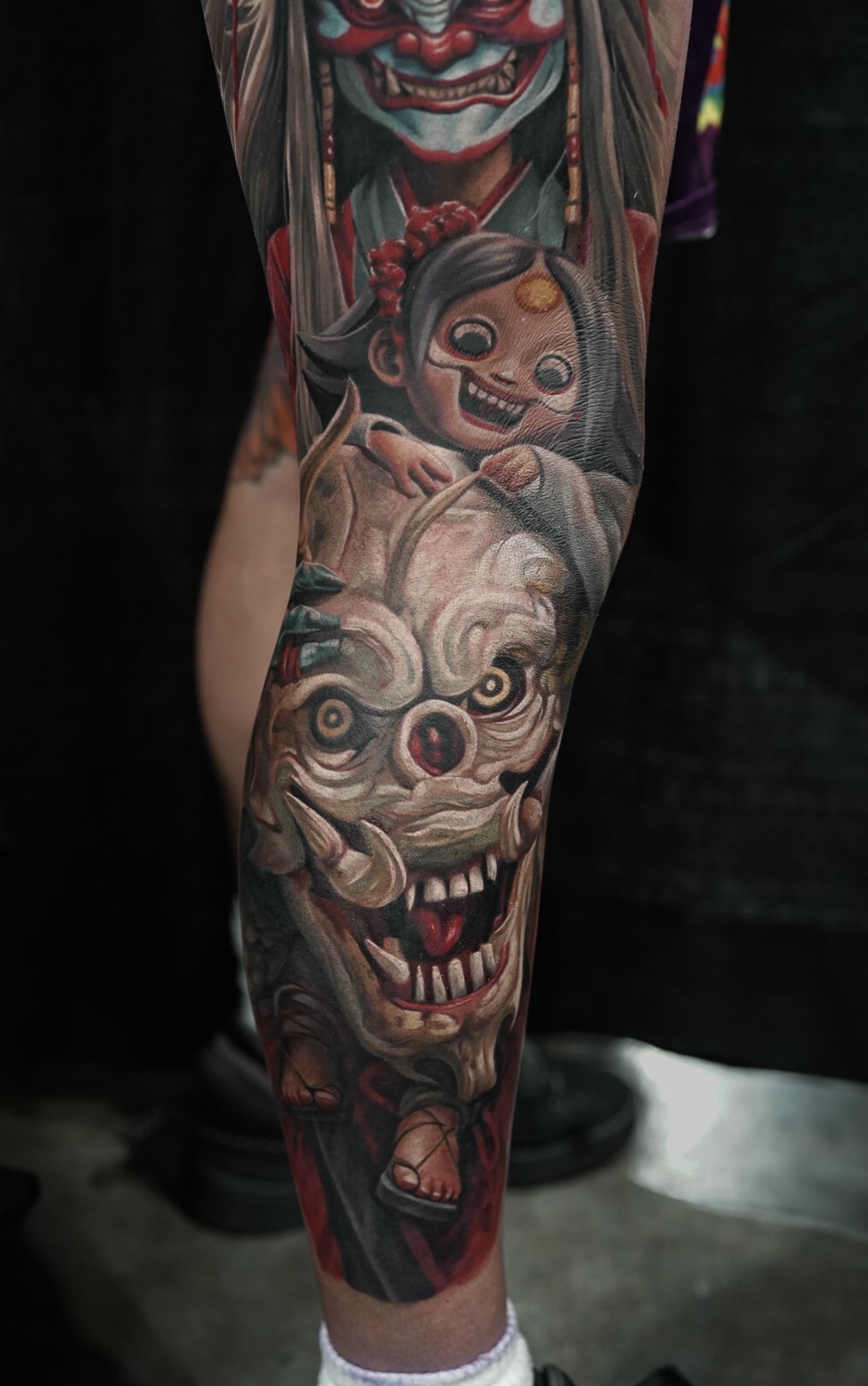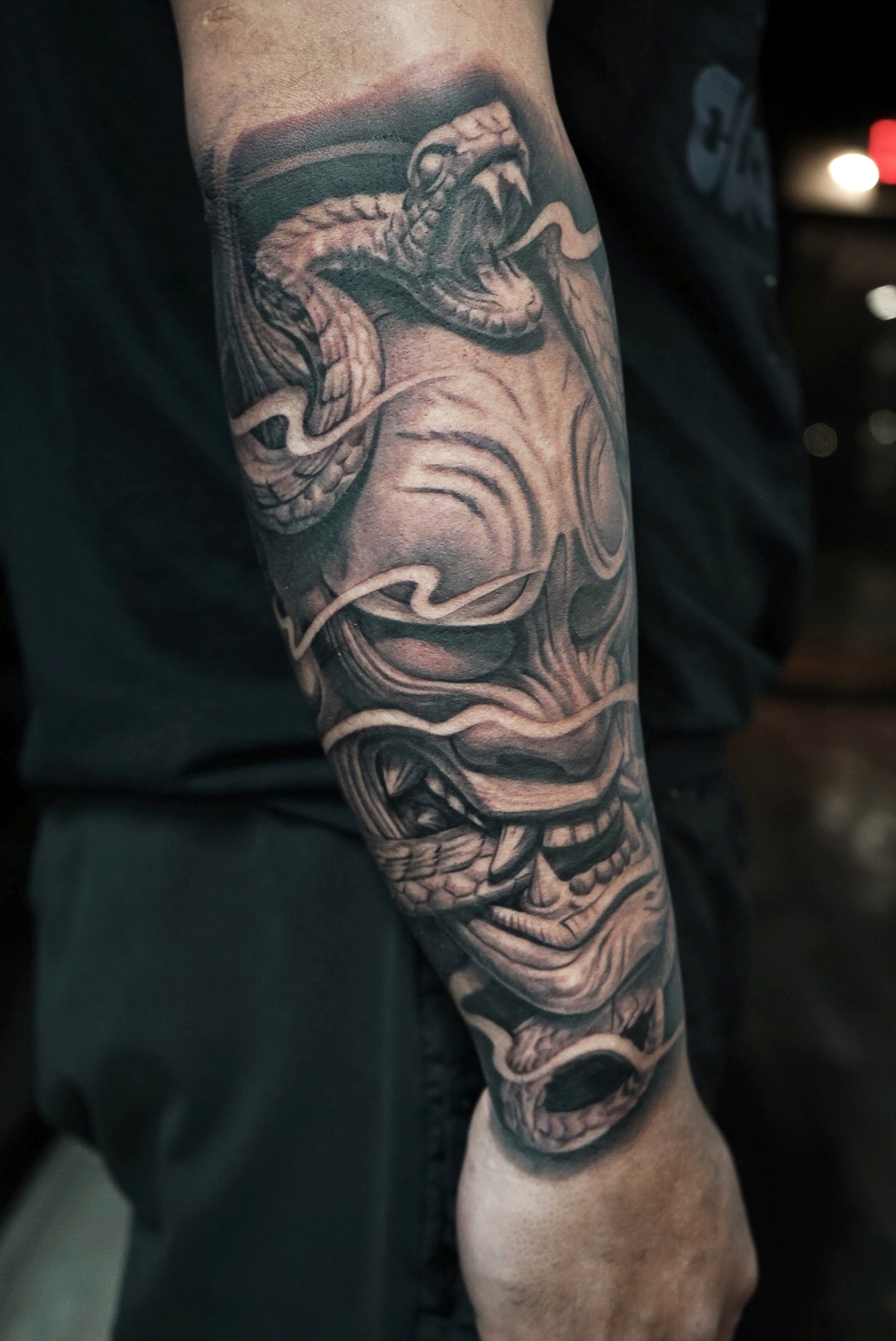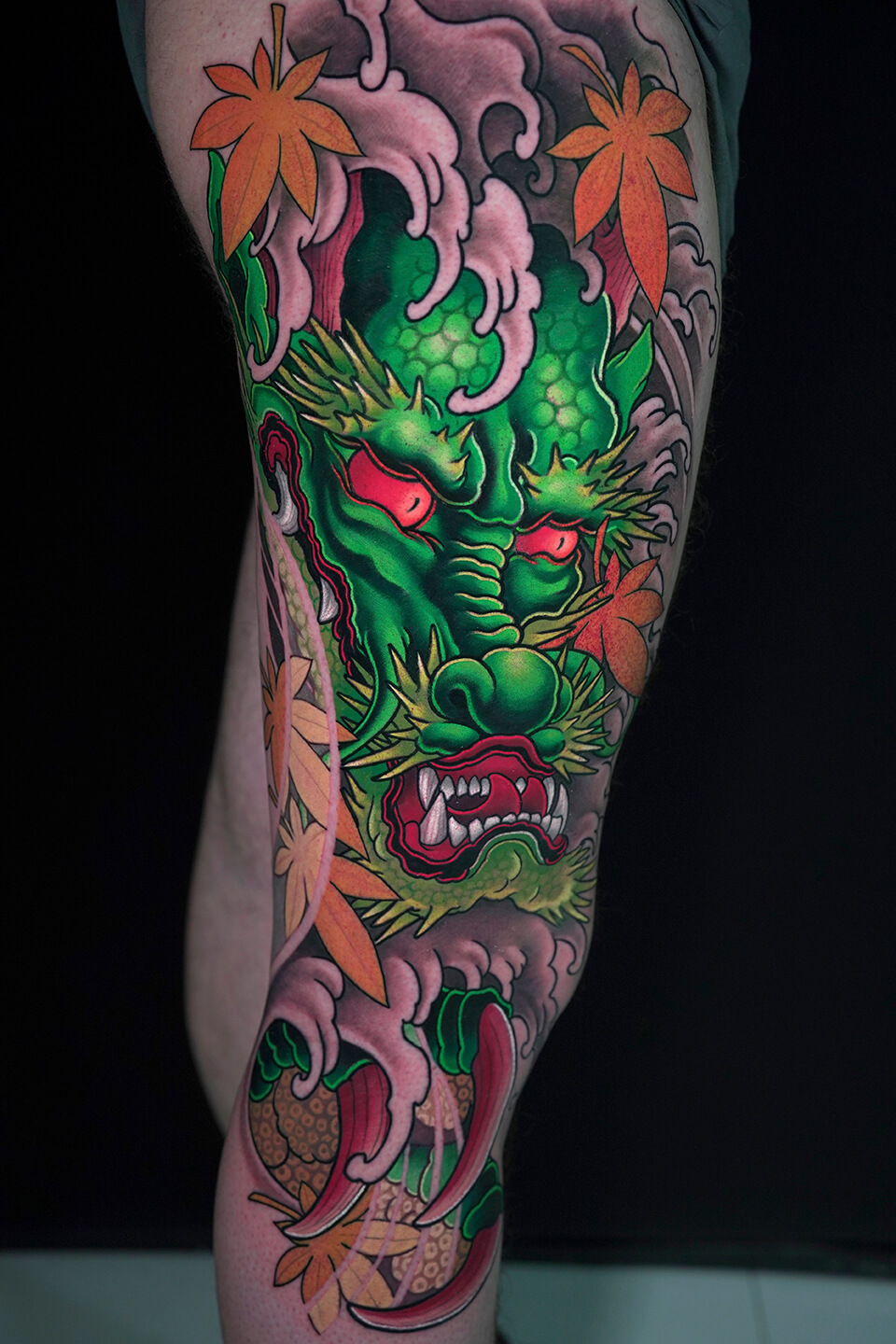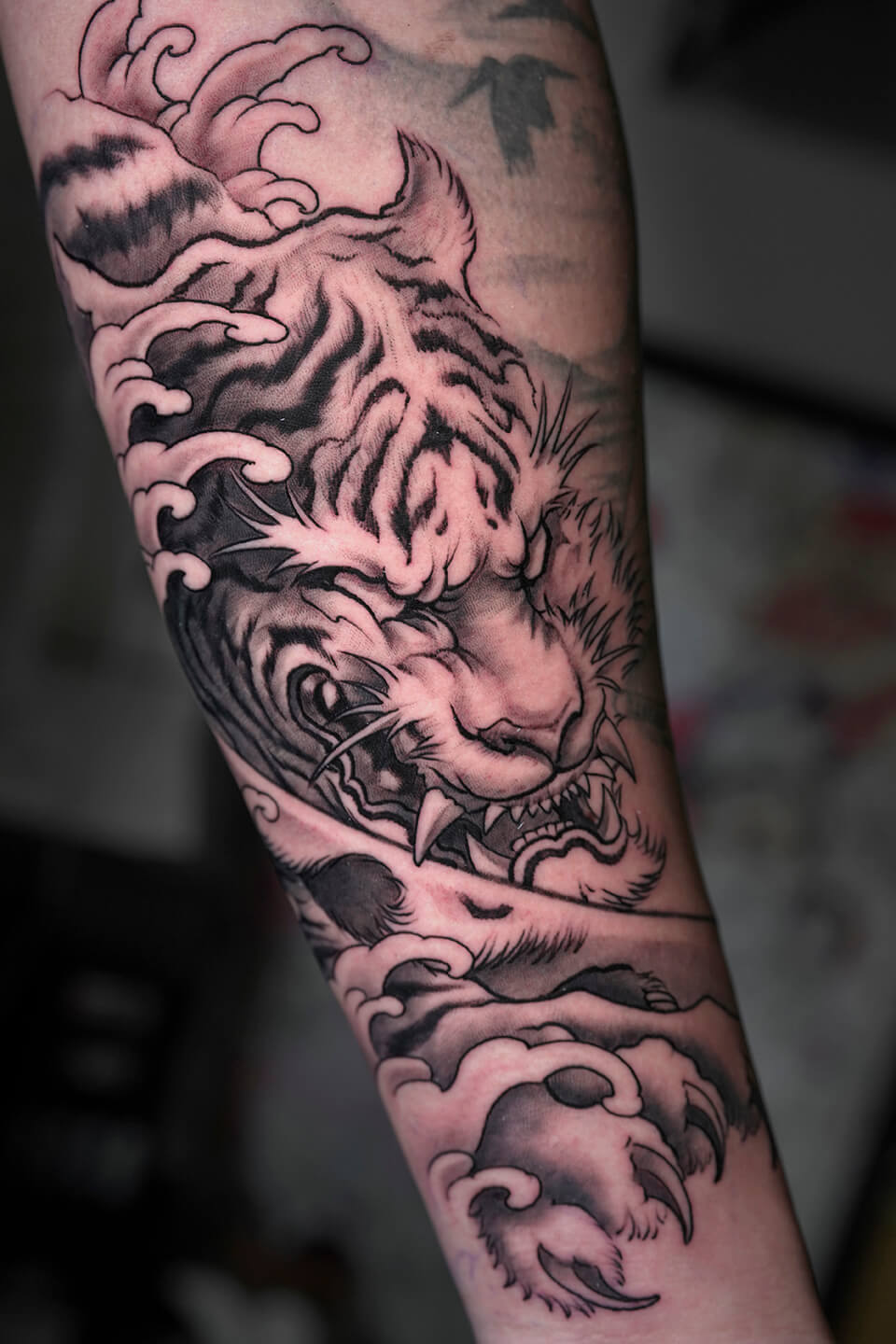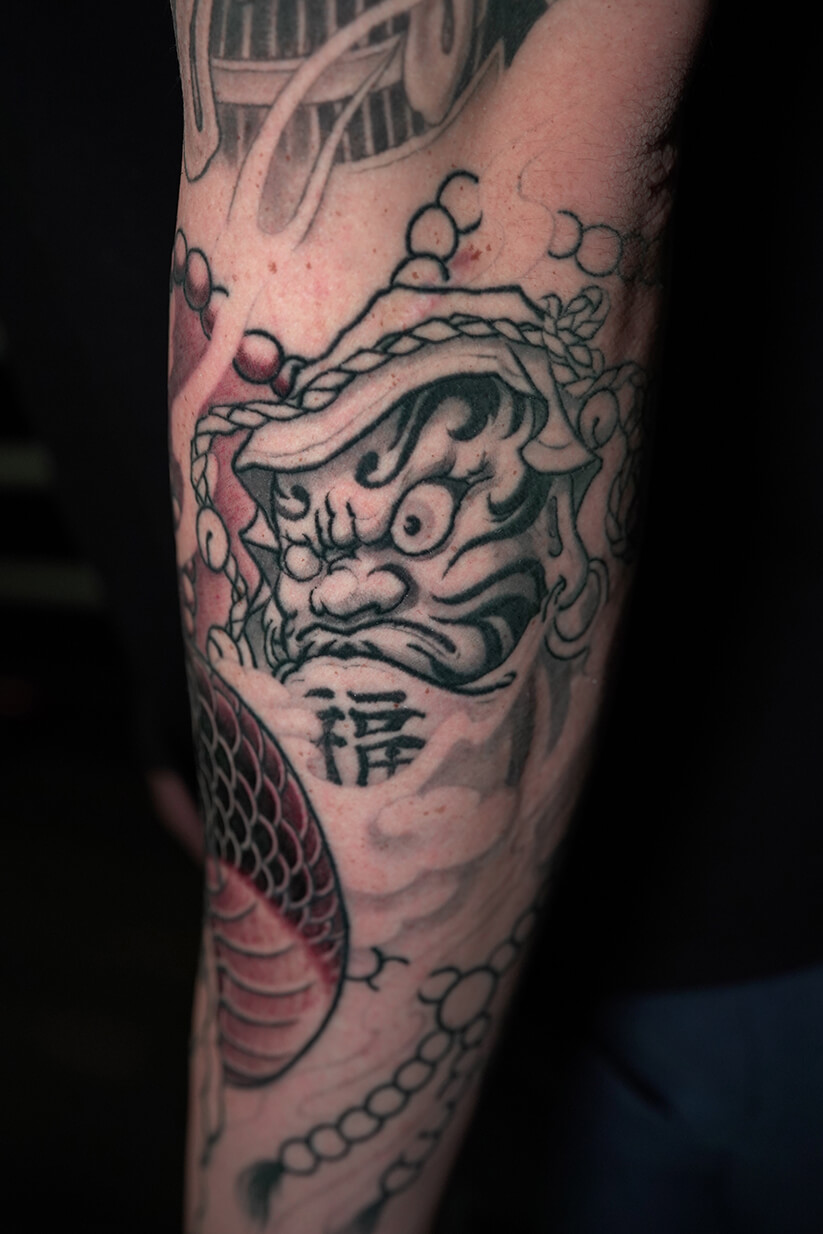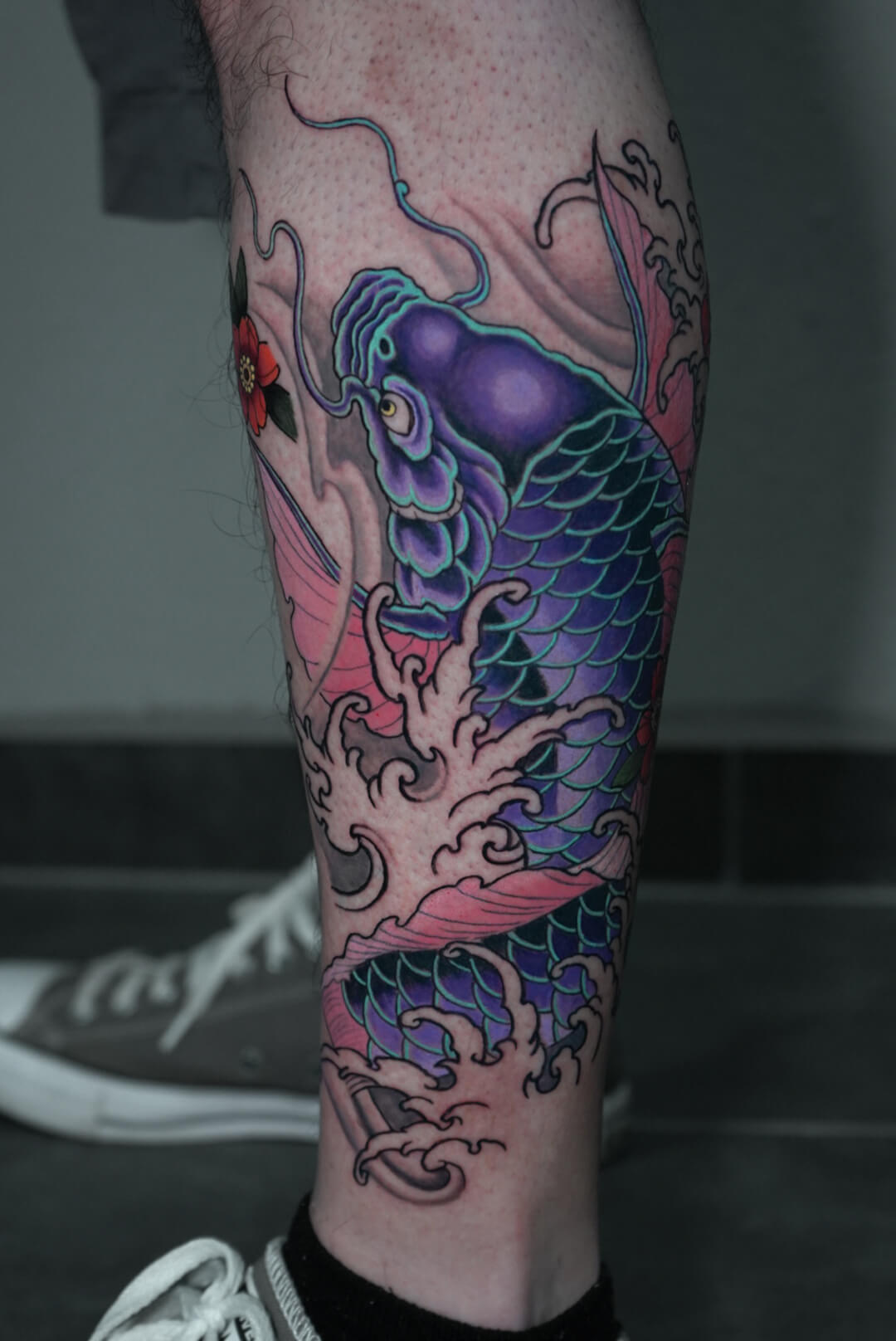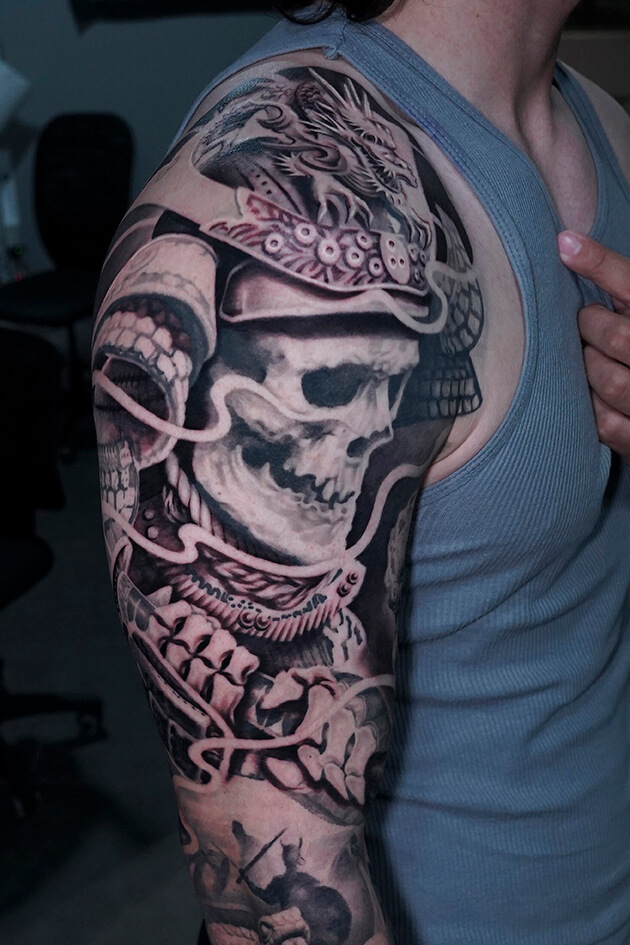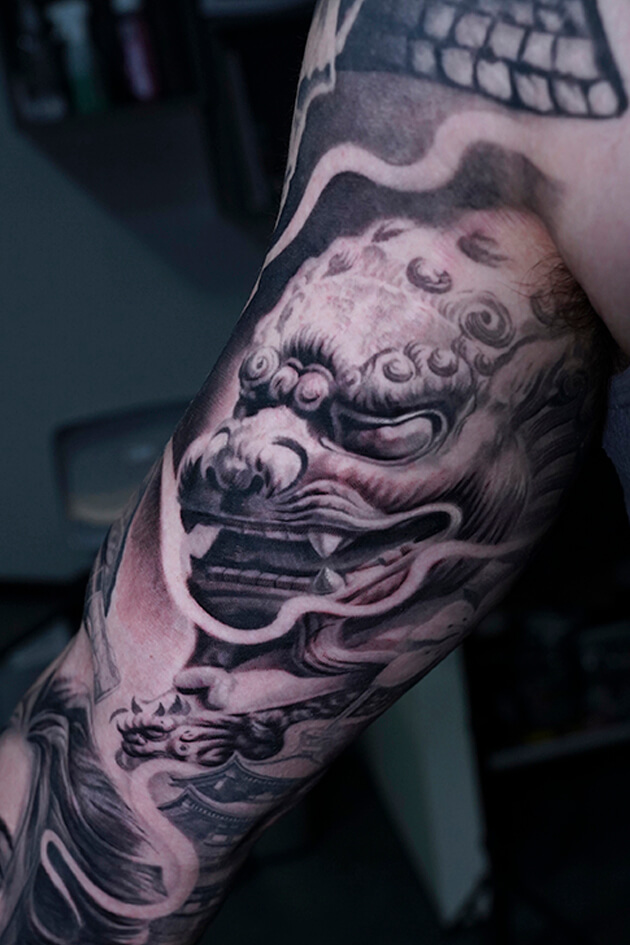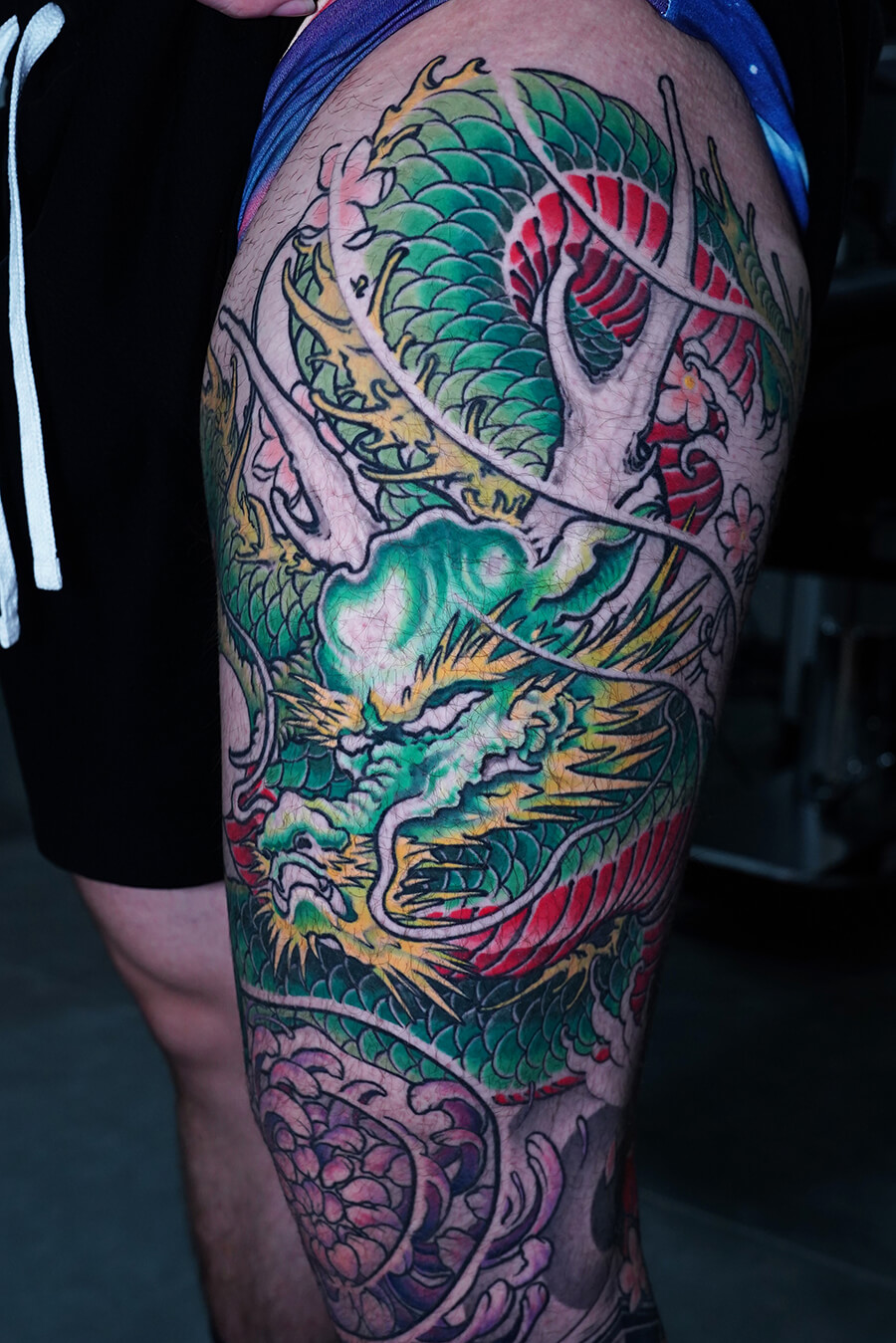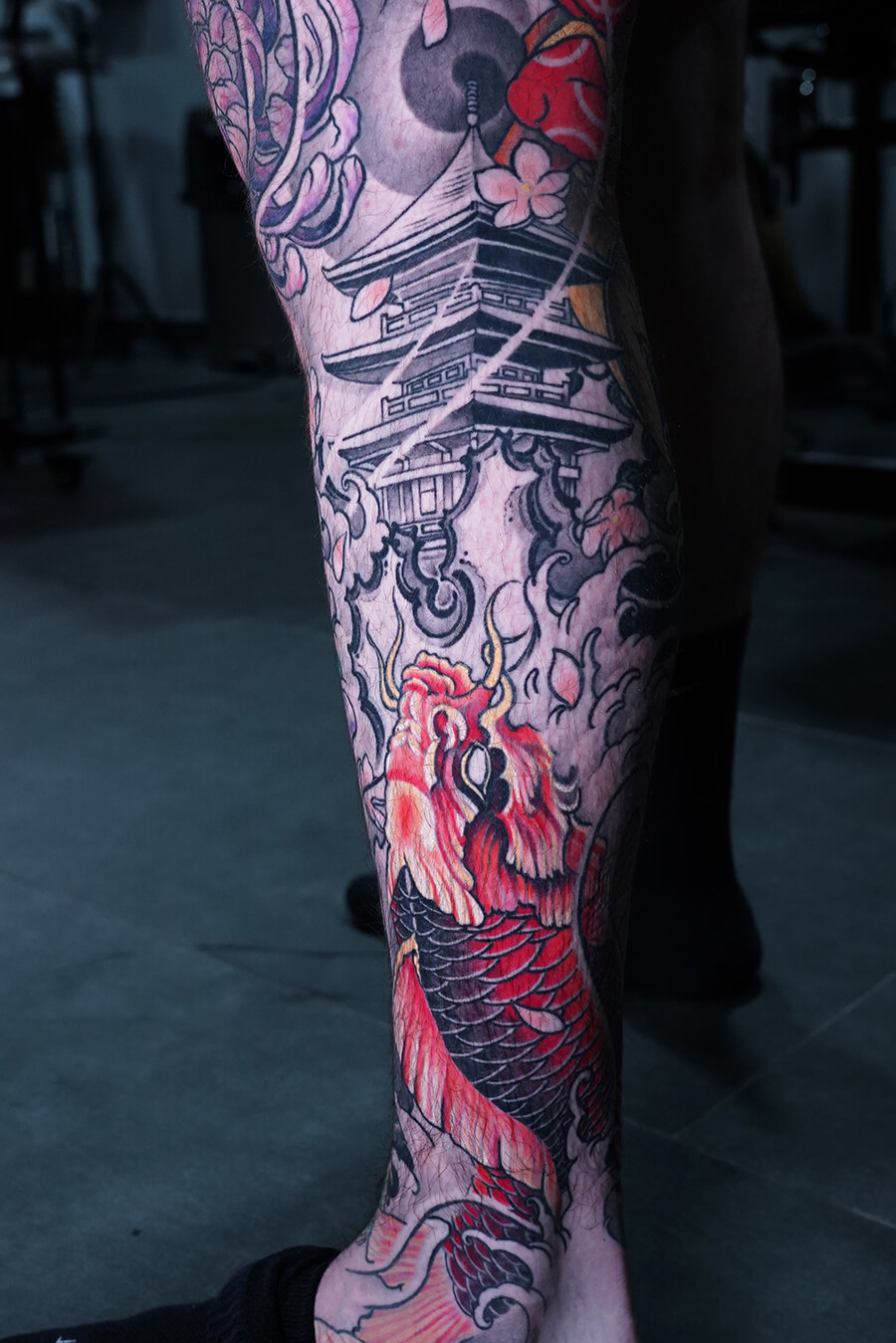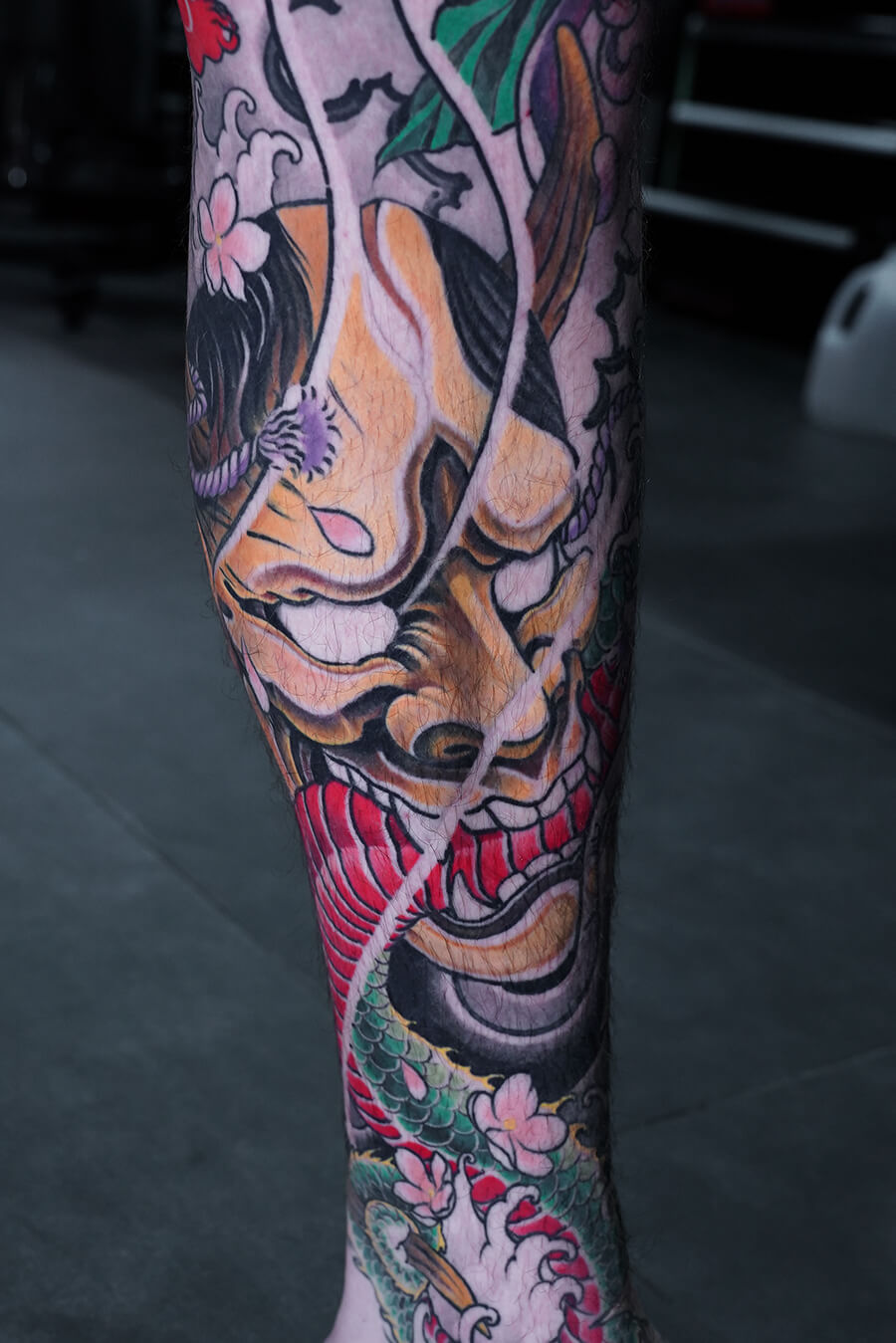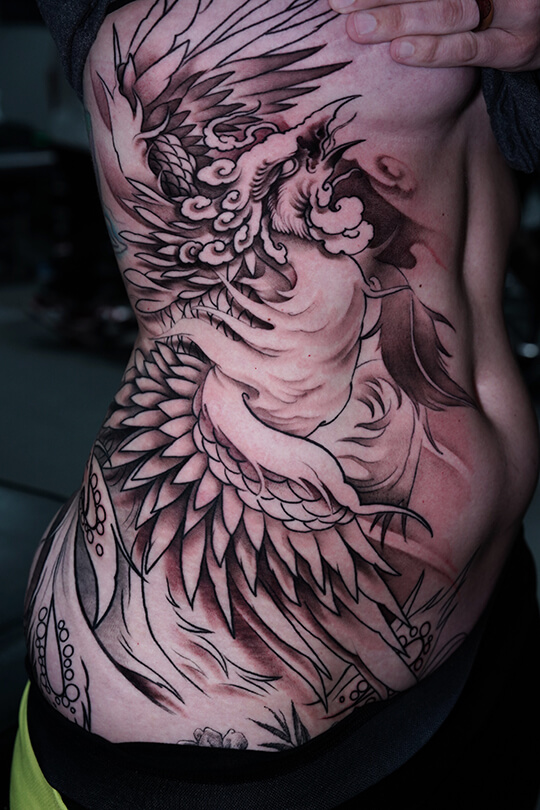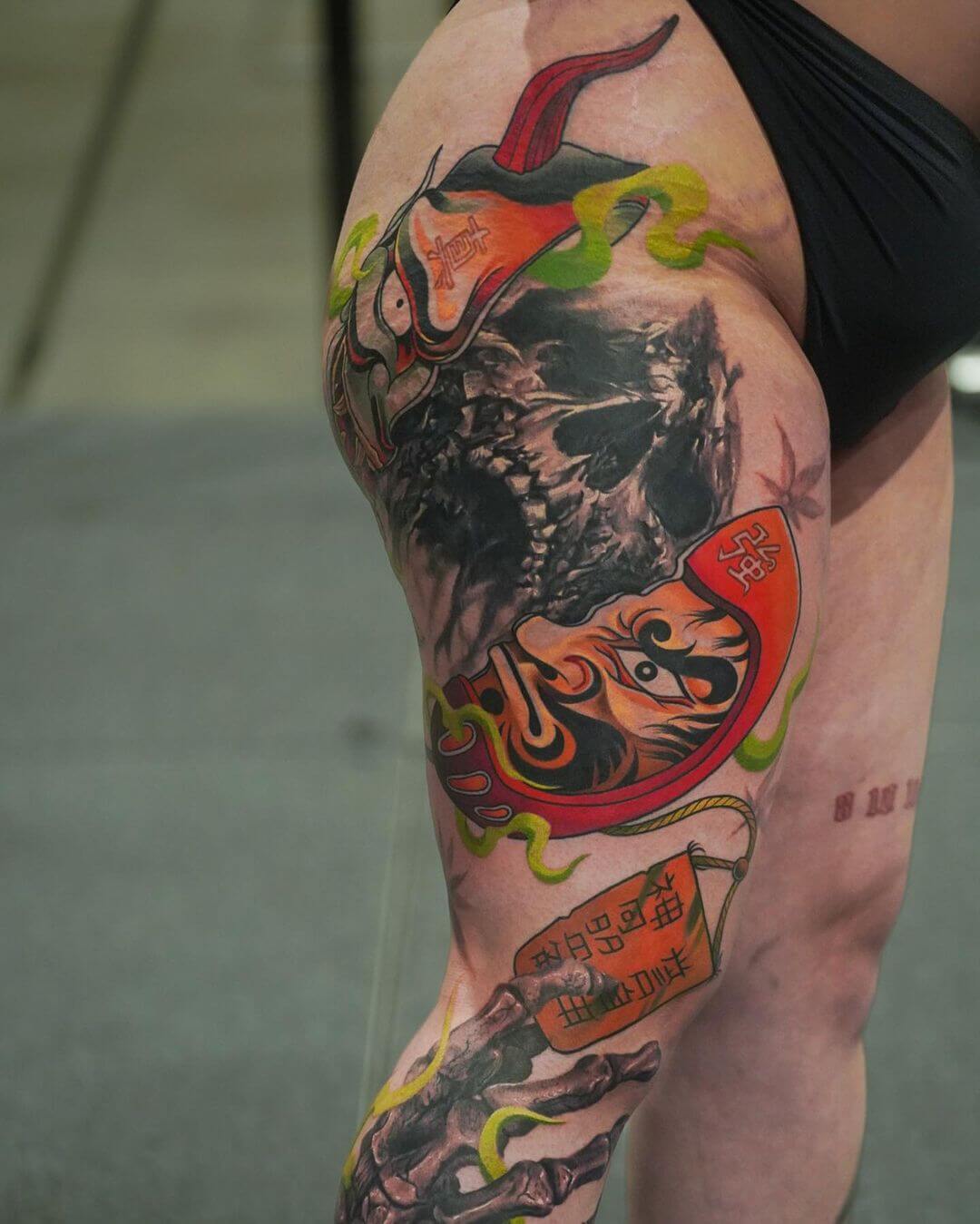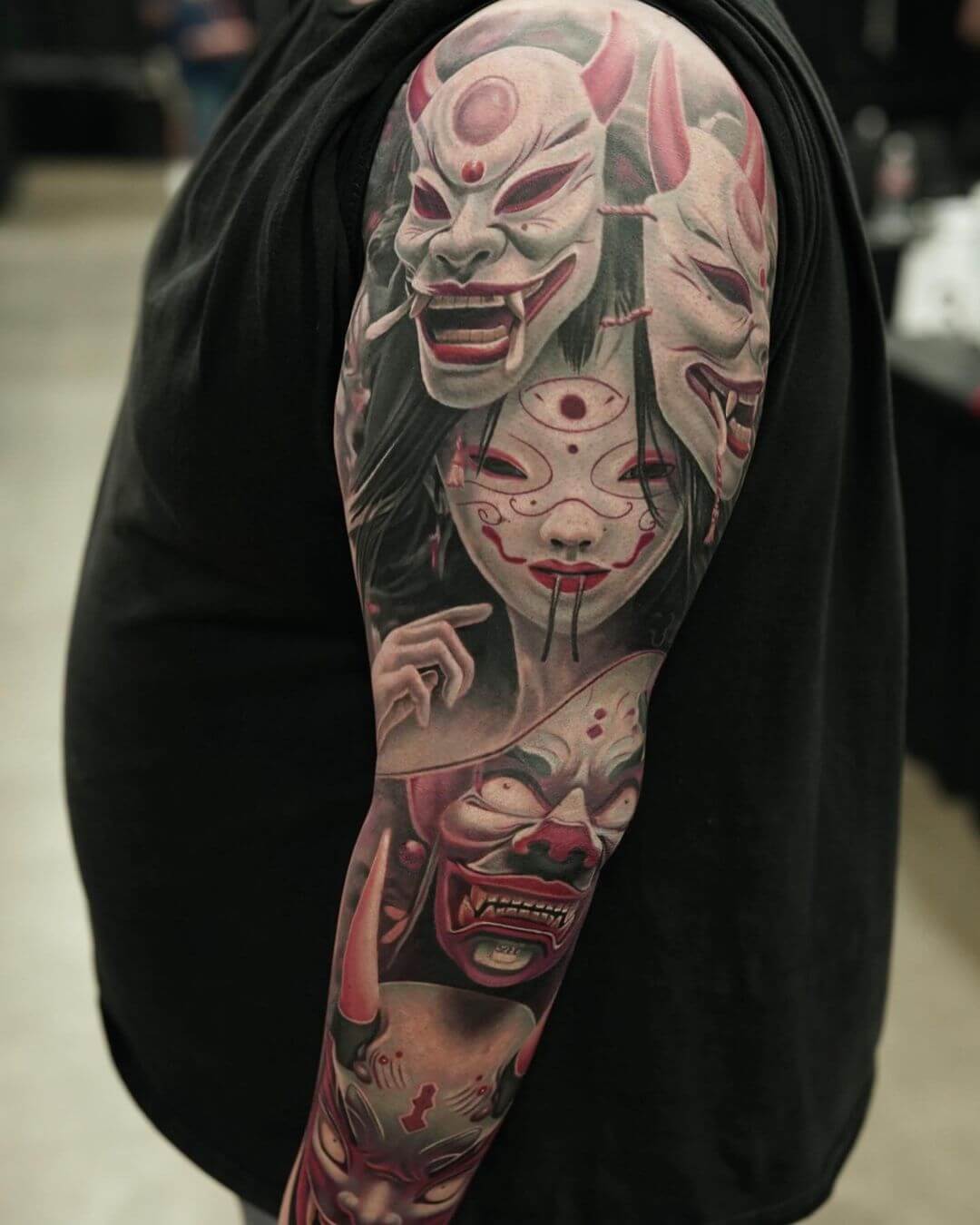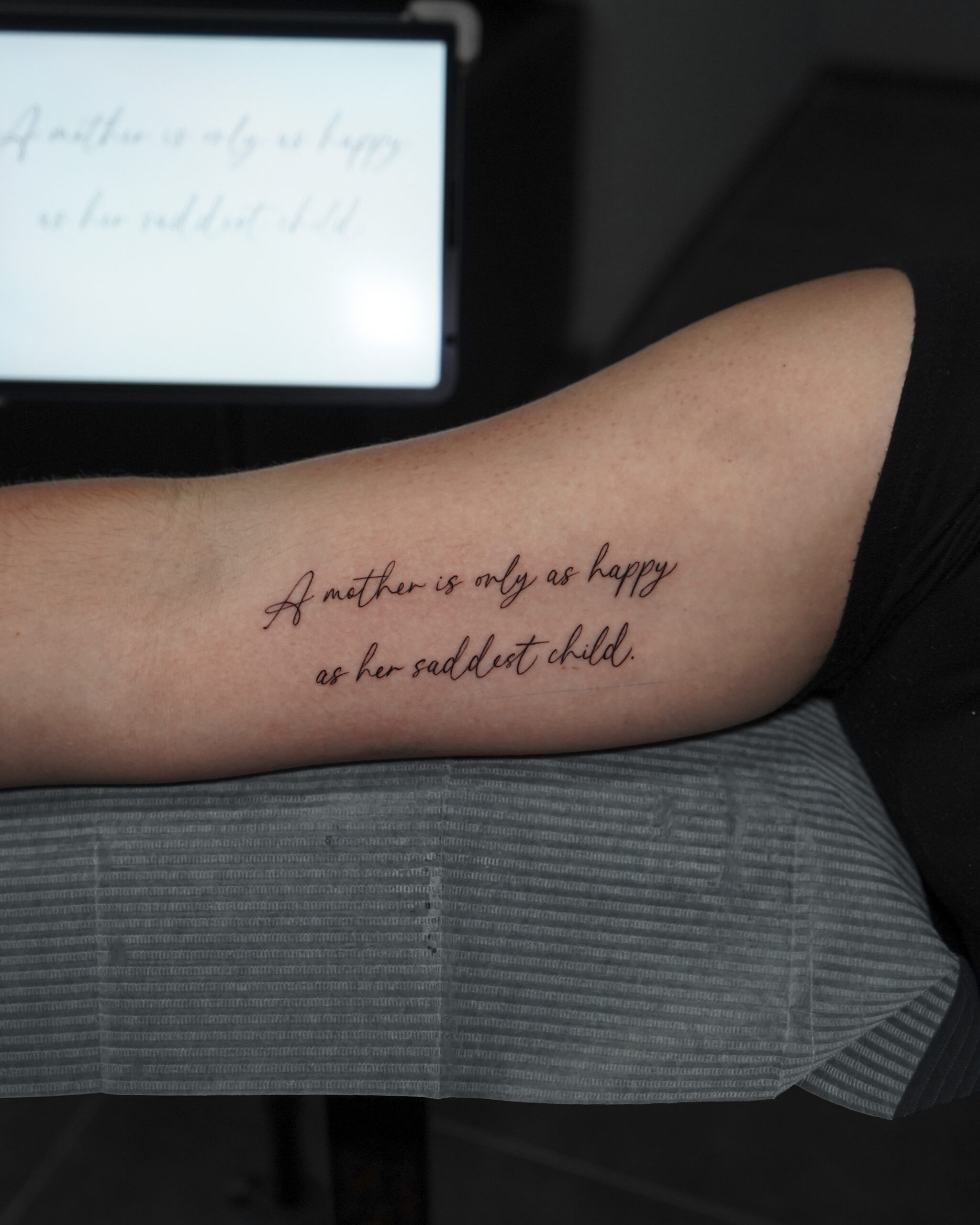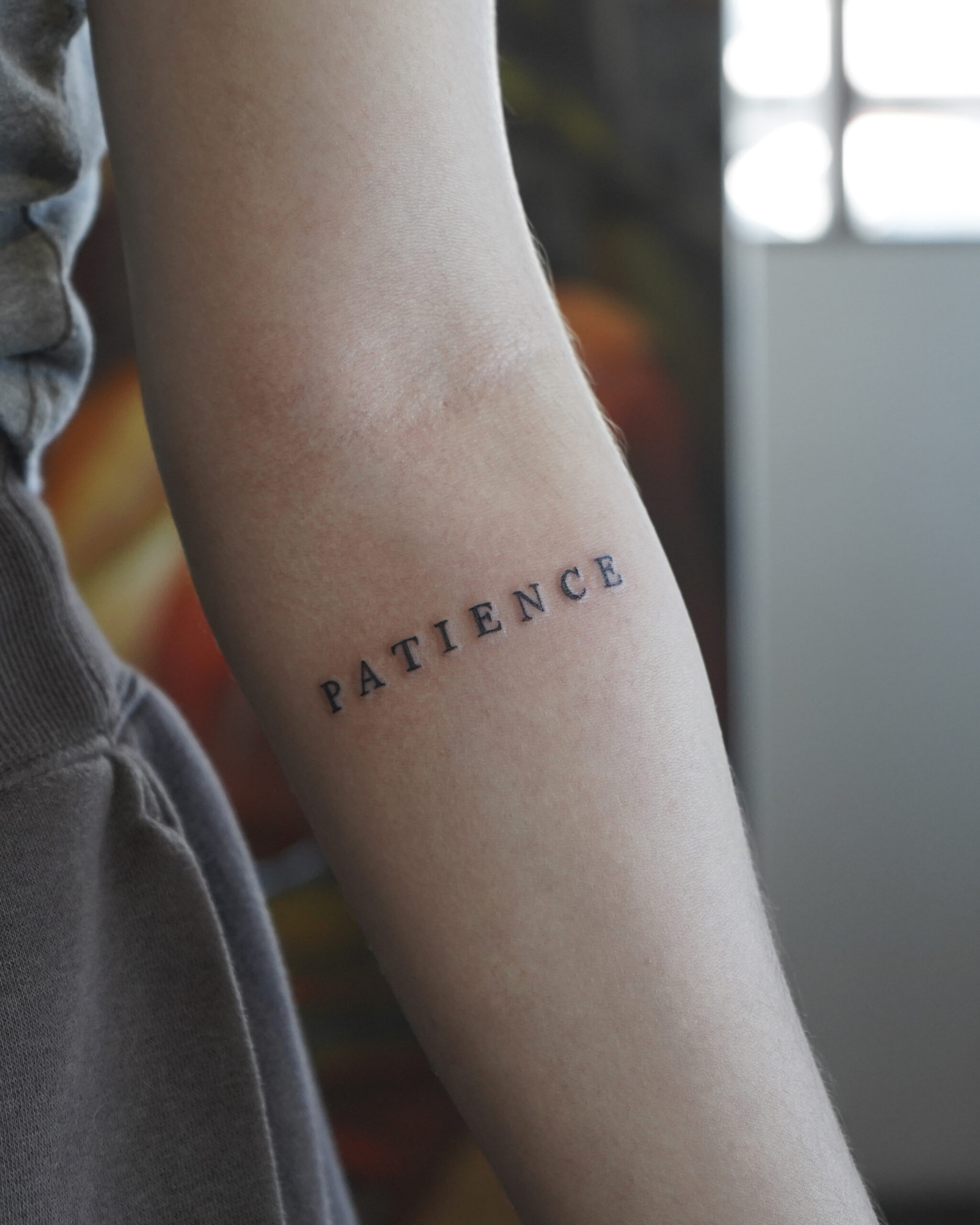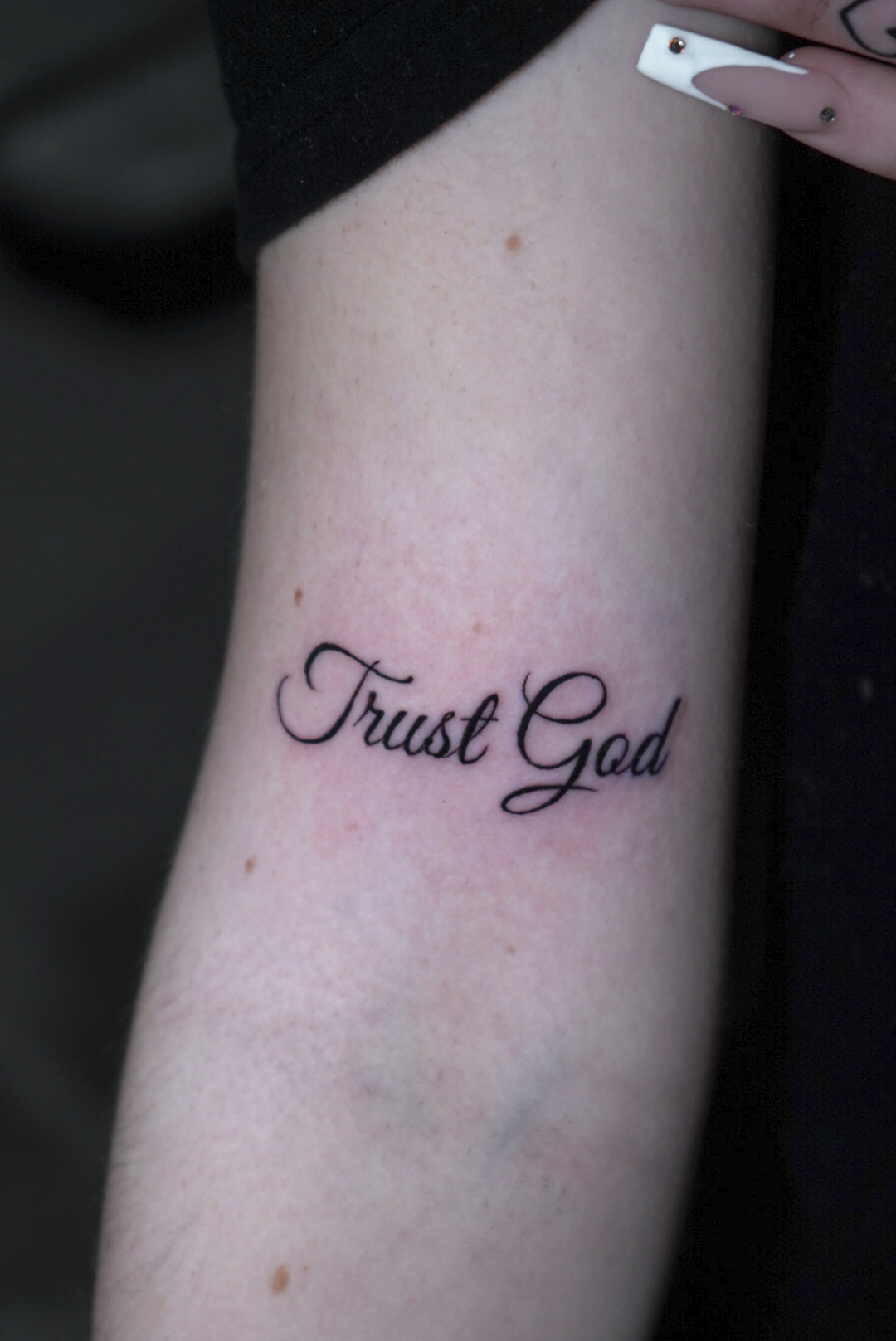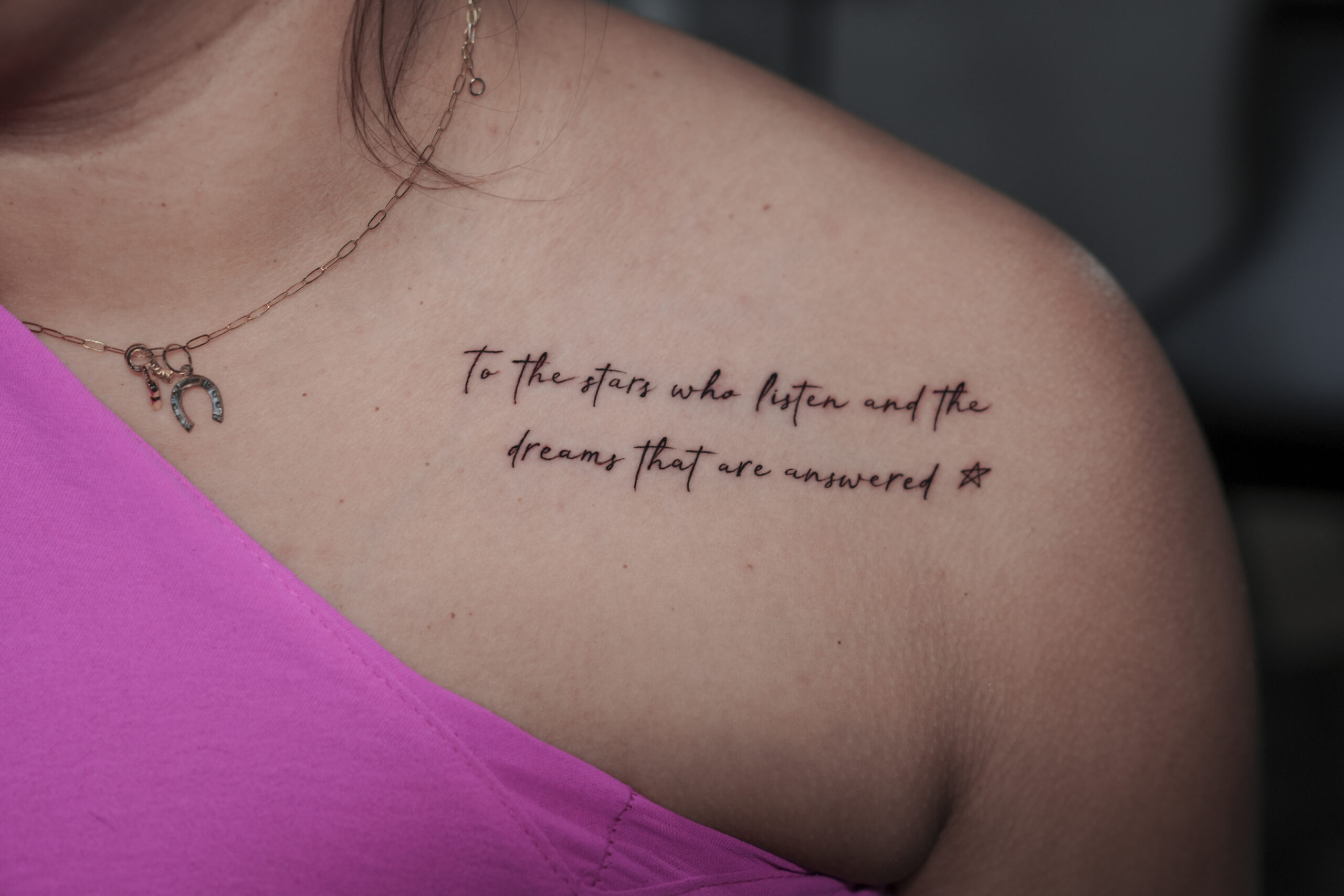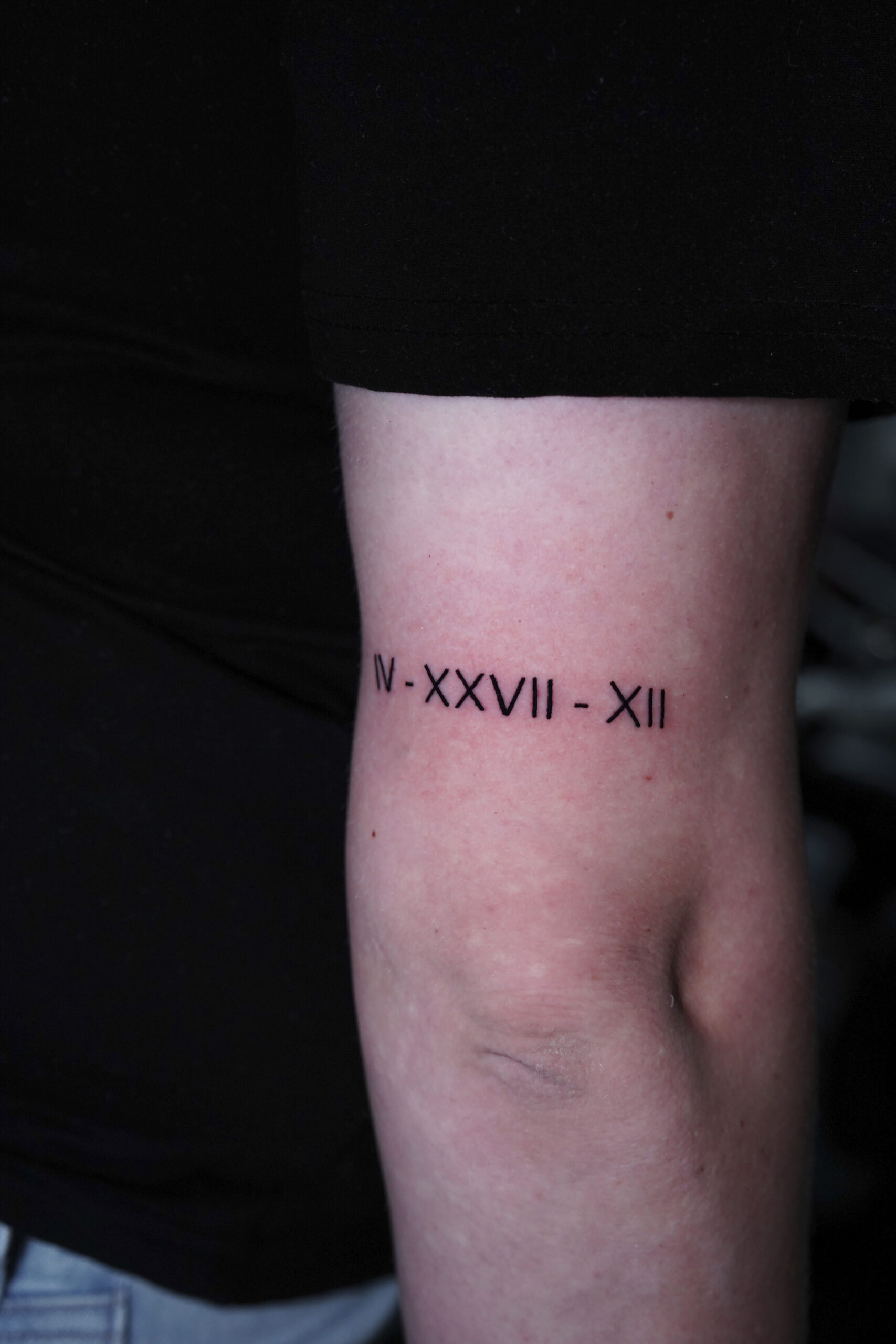Getting a tattoo requires a significant investment in time and money, making proper preparation critical for achieving optimal results. Your pre-tattoo habits directly impact your tattoo’s final appearance, healing process, and overall experience.
People often underestimate how pre-tattoo preparation affects outcomes. Your decisions about hydration, sun exposure, sleep patterns, and diet determine whether you receive a vibrant, well-healed tattoo or one requiring costly touch-ups due to healing complications.
Professional tattoo artists consistently emphasize that well-prepared clients receive better tattoos and experience less pain with faster healing times. Your skin condition, mental state, and physical preparation determine how effectively your body accepts ink and begins recovery.
This comprehensive checklist covers 10 preparation steps that experienced tattoo enthusiasts and first-timers must follow. Each recommendation optimizes your skin condition, minimizes discomfort, and helps your artist deliver their best work while setting you up for successful healing.
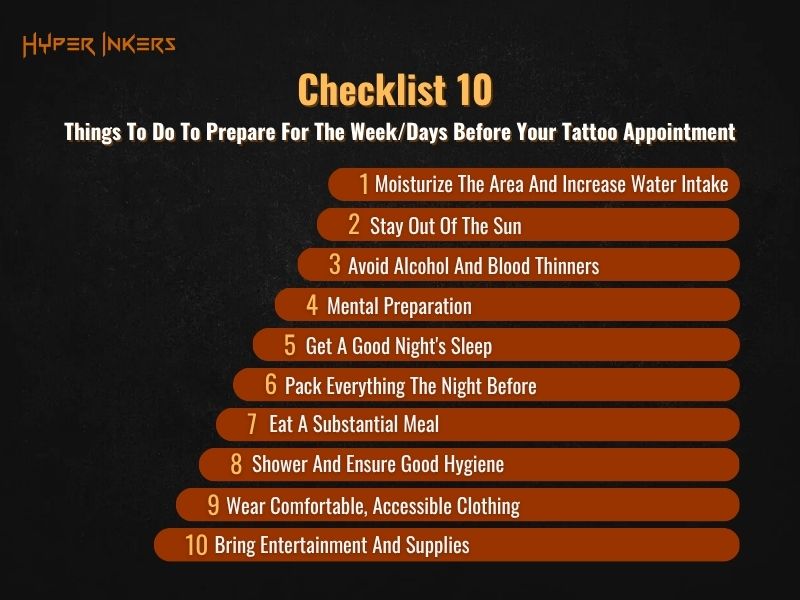
1. Moisturize The Area And Increase Water Intake
Begin skin preparation 10-14 days before your tattoo appointment. Your skin condition directly determines how well it accepts ink and how smoothly needles glide across the surface.
Properly hydrated skin creates optimal tattooing conditions. Well-moisturized skin allows needles to penetrate evenly, reducing trauma and inflammation. Hydrated skin holds ink better, preventing color from bleeding or spreading beyond intended lines.
Dry or flaky skin causes needles to catch and drag, creating uneven line work and requiring your artist to repeat areas multiple times.
Apply fragrance-free, gentle moisturizer twice daily to your tattoo area. Drink adequate water daily – aim for consistent hydration throughout the day rather than consuming large amounts at once.
Internal hydration plumps skin cells from within, making them more receptive to ink. Dehydrated skin appears thin and papery, bleeds more during tattooing, and heals poorly afterward.
Stop using new skincare products one week before your appointment to avoid unexpected reactions. Your skin should feel supple but not greasy on appointment day.
2. Stay Out Of The Sun
Avoid sun exposure on your tattoo area for 2-4 weeks before your appointment. UV radiation damages skin cells and alters the surface texture that your artist needs for optimal work.
Sunburned skin becomes hypersensitive, making the process extremely painful while increasing bleeding. Light tanning changes your natural skin pigmentation, affecting how colors appear once applied. Your artist relies on your skin’s natural tone to judge color mixing accurately.
UV damage breaks down collagen and elastin, making skin less elastic and prone to tearing during tattooing. Peeling from sunburn creates uneven surfaces that prevent smooth needle movement.
Protect your tattoo area with clothing when possible. Use broad-spectrum SPF 30+ sunscreen with zinc oxide when coverage isn’t feasible. Avoid tanning beds completely – they deliver concentrated UV radiation that’s more damaging than natural sunlight.
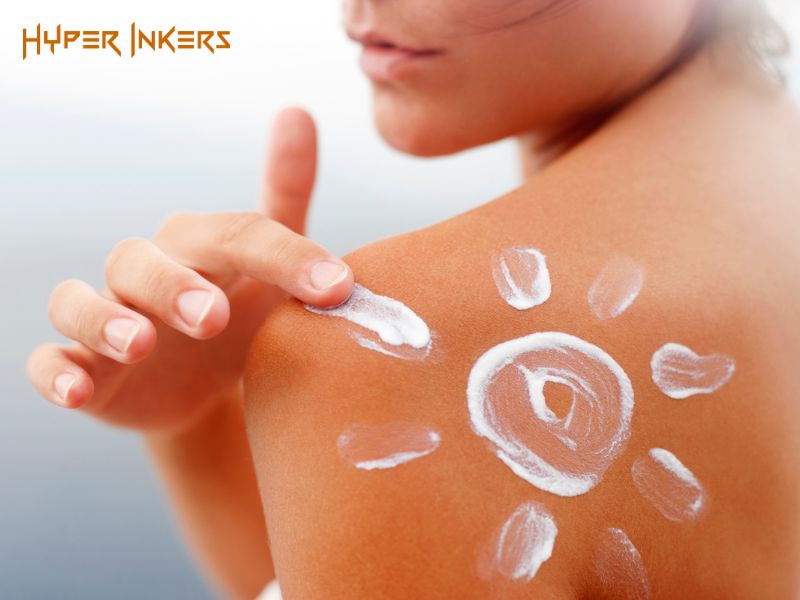
3. Avoid Alcohol And Blood Thinners
Stop consuming alcohol and blood-thinning substances 72 hours before your tattoo appointment. This timeframe allows your blood’s clotting ability to normalize, preventing excessive bleeding during the session.
Alcohol and blood thinners cause continuous bleeding that washes away fresh ink, resulting in patchy color saturation and blurred lines. Excessive bleeding obscures your artist’s view, making precise work impossible and extending session time significantly.
Preparation timeline:
- Discontinue fish oil, vitamin E, and ginkgo supplements 5-7 days prior
- Avoid aspirin and ibuprofen for 72 hours unless prescribed by your doctor
- Skip alcohol completely for 3 days before your session
Never stop prescribed medications without medical approval. Instead, discuss timing with your tattoo artist if you take blood-thinning prescriptions. Replace alcohol with water or herbal tea to support optimal healing and vibrant color retention.
4. Mental Preparation
Start mental preparation 1-2 weeks before your appointment. Your psychological state directly affects pain tolerance and muscle tension during the session.
Anxiety triggers stress responses that heighten pain sensitivity and cause involuntary muscle movements, disrupting your artist’s precision. Mental preparation prevents panic attacks or fainting that force incomplete sessions.
Research your artist’s portfolio and watch tattooing videos to familiarize yourself with the process. Practice deep breathing exercises daily – inhale for 4 counts, hold for 4, exhale for 6. This activates your parasympathetic nervous system, reducing pain perception.
Schedule appointments when you’re naturally calm and well-rested. Avoid booking after stressful events. Consider bringing headphones for music, podcasts, or audiobooks to distract your mind during the session.
5. Get A Good Night’s Sleep
Prioritize quality sleep for 2-3 nights before your tattoo appointment, aiming for 7-9 hours each night. Sleep deprivation significantly lowers your pain threshold and reduces your body’s ability to handle stress.
Well-rested bodies produce less cortisol and maintain stable blood sugar levels which are both factors that affect pain perception during tattooing. Sleep strengthens your immune system, which helps your body handle the controlled trauma of tattooing and begin healing immediately.
Exhaustion makes you irritable and unable to sit still for extended periods. Tired clients often need frequent breaks, extending session time and disrupting your artist’s workflow. Poor sleep affects blood circulation, potentially increasing bleeding during the process.
Establish a consistent bedtime routine starting three days before your appointment.
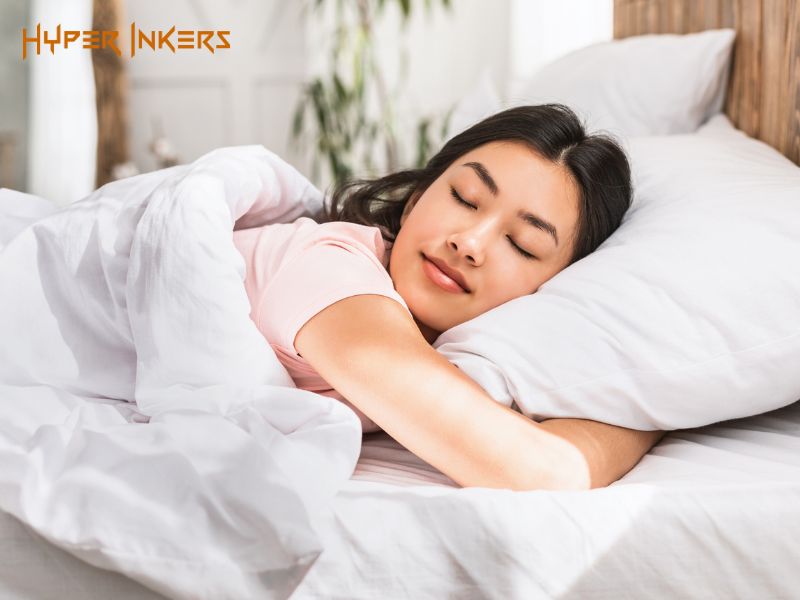
6. Pack Everything The Night Before
Prepare your tattoo day supplies the evening before your appointment. Morning rush and pre-appointment nerves cause you to forget important items that affect your comfort and session success.
Organized preparation reduces appointment day stress and helps you arrive calm and focused. Forgetting payment, identification, or comfort items delays your session start time or forces rescheduling, potentially losing your preferred appointment slot.
Create a checklist including:
- Valid photo ID
- Exact payment amount (cash or card as required)
- Snacks and water
- Phone charger and headphones
- Any prescribed medications you take regularly
- Jacket for temperature control
Pack these items in a small bag you easily carry.
7. Eat A Substantial Meal
Eat a protein-rich meal 1-2 hours before your tattoo appointment. Your body needs steady blood sugar levels to handle the physical stress of tattooing without fainting or feeling nauseated.
Proper nutrition stabilizes your energy levels and prevents blood sugar crashes that cause dizziness, weakness, or passing out during your session. Low blood sugar increases pain sensitivity and makes the tattooing experience more uncomfortable than necessary.
Choose foods with complex carbohydrates and lean protein: oatmeal with almonds and walnuts, whole grain toast with scrambled eggs, chicken and vegetable wrap with quinoa, Greek yogurt with granola and berries, or salmon with sweet potato and broccoli.
Never tattoo on an empty stomach – this commonly leads to fainting, especially during longer sessions. Bring light snacks like granola bars, mixed nuts, or fresh fruit for energy maintenance during extended appointments.

8. Shower And Ensure Good Hygiene
Take a thorough shower on the morning of your appointment, paying special attention to the area being tattooed. Clean skin reduces bacterial load and infection risk while showing respect for your artist, who works in close contact with your body.
Proper hygiene creates optimal conditions for tattooing and healing. Bacteria, oils, and dead skin cells interfere with ink placement and increase contamination risk. Clean skin allows better adhesion of protective films and bandages applied after your session.
Use antibacterial soap on your tattoo area without over-scrubbing, which causes irritation. Wash your hair if it might interfere with the tattoo location. Skip lotions, perfumes, or deodorants on the tattoo area – these products clog pores and interfere with the tattooing process.
Wear freshly laundered clothes and bring clean undergarments if your tattoo location requires clothing removal. This preparation shows professionalism and helps maintain the sterile environment your artist works to create.
9. Wear Comfortable, Accessible Clothing
Choose clothing that provides easy access to your tattoo area while keeping you comfortable during potentially long sessions. Restrictive or inappropriate clothing complicates the tattooing process and affects your comfort level.
Accessible clothing prevents unnecessary undressing and helps maintain modesty during your session. Comfortable fabrics and loose fits allow you to relax and remain still, while tight clothing restricts blood flow and increases discomfort.
For arm tattoos: wear tank tops or easily removable shirts. For leg tattoos: wear shorts or pants with flexible waistbands
For back pieces: wear front-opening shirts or sports bras for women
Choose older clothing you don’t mind getting ink stains on, as minor splatter occurs during tattooing.

10. Bring Entertainment And Supplies
Pack entertainment and comfort supplies the night before your appointment to help pass time during longer tattoo sessions. Mental distraction significantly reduces pain perception and helps you remain relaxed throughout the process.
Entertainment keeps your mind occupied, making time pass faster and reducing anxiety-induced muscle tension. Supplies like snacks and water maintain your energy and hydration levels, preventing fatigue or blood sugar drops that complicate your session.
Bring fully charged headphones and download music, podcasts, or audiobooks in advance. Pack portable phone chargers, especially for sessions lasting several hours. Include light snacks like granola bars, crackers, mixed nuts, or fresh fruit, plus a water bottle to stay hydrated.
Avoid bringing books or items requiring focus, as lying in tattoo positions makes reading difficult. Avoid electronics with small screens that can strain your eyes,
Other Tips
Beyond these ten preparation steps, three additional considerations improve your tattoo experience and results.
Understand Aftercare Basics
Research your artist’s specific aftercare instructions before your appointment. Different artists recommend varying approaches – some prefer traditional petroleum-based products while others suggest specialized tattoo aftercare creams. Understanding the healing process helps you prepare mentally and ensures you have necessary supplies ready at home. Proper aftercare directly impacts your tattoo’s final appearance and longevity.
Wait Before Reacting To The Design
Your fresh tattoo looks different immediately after completion compared to how it appears once healed. Swelling, redness, and excess ink on the skin surface make colors appear darker or lines seem thicker than they actually are. Avoid making immediate judgments about your tattoo’s appearance. Most tattoos look their best after 2-4 weeks of healing when swelling subsides and colors settle into the skin properly.
Know Payment Methods & Tipping Etiquette
Confirm accepted payment methods with your studio beforehand. Many shops operate cash-only, while others accept cards with minimum purchase amounts required. Consider bringing exact change to avoid complications during checkout.
Many clients choose to show appreciation for exceptional artistry and professional service through gratuity. Tips typically range from 15-20% of the total cost when clients are satisfied with their experience. While tipping practices vary by region and personal preference, it’s helpful to understand local customs and prepare accordingly if you wish to express gratitude for the permanent artwork you’re receiving.
What To Avoid Before A Tattoo Appointment?
Several common mistakes sabotage your tattoo session and compromise your final results. Understanding what to avoid protects your investment and prevents costly complications:
- Making impulsive design decisions – Avoid getting a tattoo on a whim or when emotionally charged, as these moments often lead to regret
- Excessive caffeine consumption – Too much caffeine increases anxiety and makes it difficult to sit still during detailed work
- Scheduling during illness – Your immune system needs full strength to handle tattooing and begin proper healing
- Wearing jewelry near the tattoo area – Metal objects interfere with positioning and sterilization procedures
- Bringing unprepared guests – Distracting companions disrupt your artist’s concentration and compromise session quality
- Drinking excessive water immediately before – This causes frequent bathroom trips that disrupt your session flow and prolong the process
FAQ
Should I Get A Tattoo If I’m Sick Or Have A Cold?
No, you should avoid getting tattooed when sick or fighting a cold. Your immune system is already compromised and needs full strength to handle the tattooing process and begin proper healing. Being sick increases infection risk, slows healing time, and makes the experience more painful. Reschedule your appointment until you’re completely healthy.
What Can I Do To Make A Tattoo Less Painful?
Stay well-hydrated, get adequate sleep, eat a proper meal beforehand, and practice deep breathing techniques. Choose appointment times when you’re naturally alert and calm. Avoid alcohol, blood thinners, and excessive caffeine. Bring entertainment like music or podcasts to distract your mind during the session.
How Early Should I Arrive For My Appointment?
Arrive 10-15 minutes early for your tattoo appointment. This allows time to complete paperwork, discuss final details with your artist, and settle your nerves without feeling rushed. Arriving too early creates scheduling conflicts, while being late may results in reduced session time or rescheduling.
Is It Okay To Swim Or Go To The Beach Before Getting A Tattoo?
Avoid swimming pools, beaches, hot tubs, or any bodies of water for 24-48 hours before your appointment. Chlorine, salt water, and bacteria can irritate your skin and affect how it accepts ink. Water exposure softens skin excessively, making it harder for your artist to work with and potentially affecting tattoo quality.
Conclusion
Proper preparation transforms your tattoo experience from potentially problematic to professionally executed. These ten steps optimize your skin condition, minimize discomfort, and help your artist deliver exceptional results.
Well-prepared clients consistently receive better tattoos with faster healing times and fewer complications. At Hyper Inkers, we’ve seen how preparation makes the difference between mediocre and outstanding tattoo results.
Getting a tattoo is a collaborative process between you and your artist. Your preparation efforts allow them to focus entirely on crafting the high-quality artwork you deserve. Follow these recommendations seriously, and you’ll join satisfied clients who love their tattoos for years to come.
Start preparing today for your upcoming appointment. You’ll thank yourself for achieving the perfect tattoo experience.











